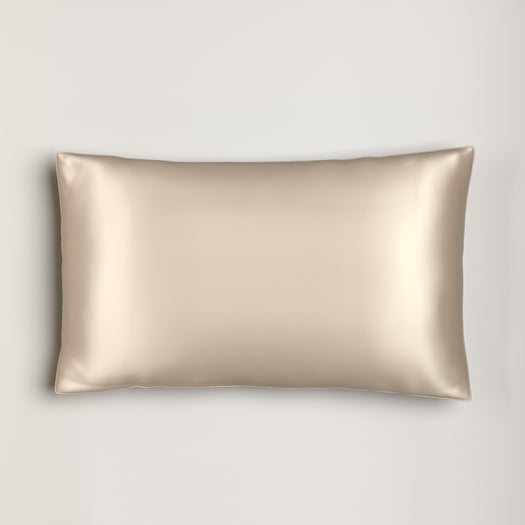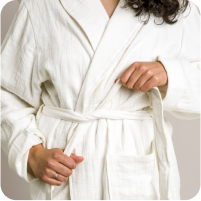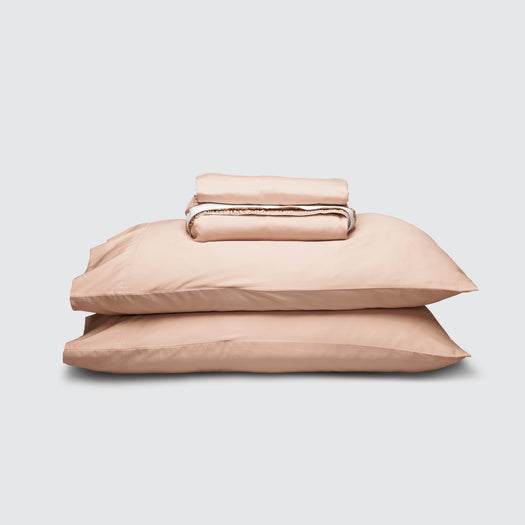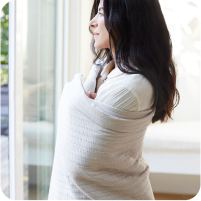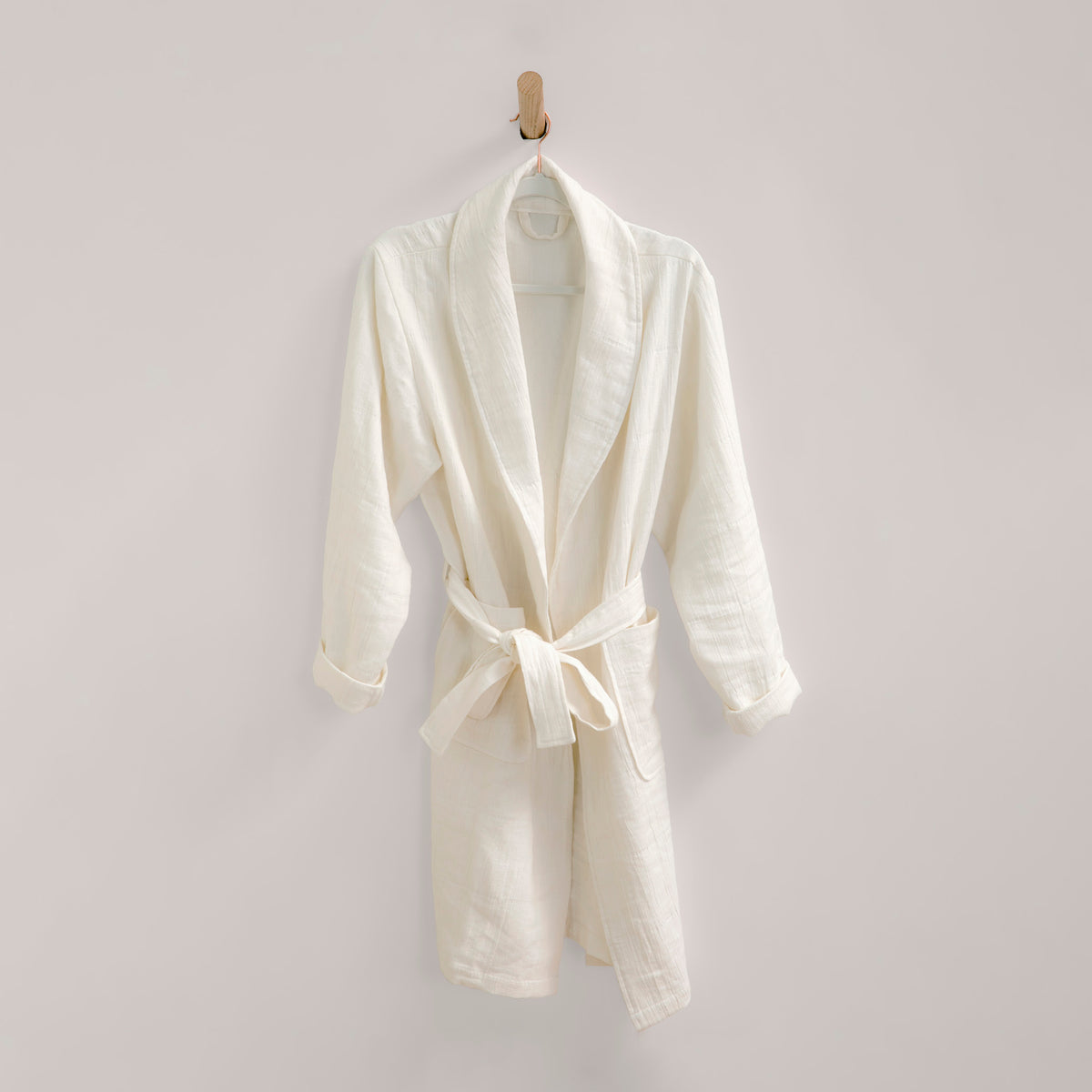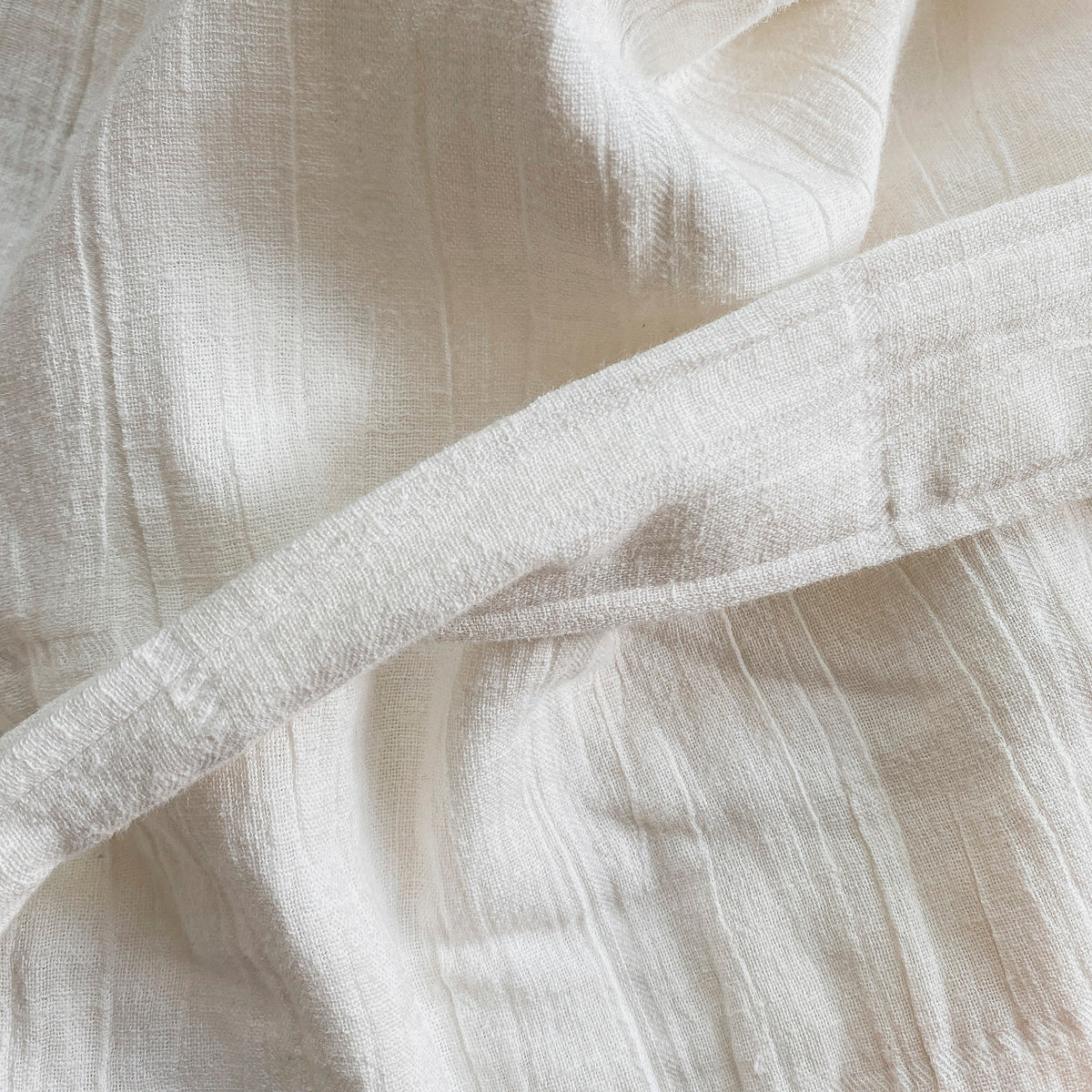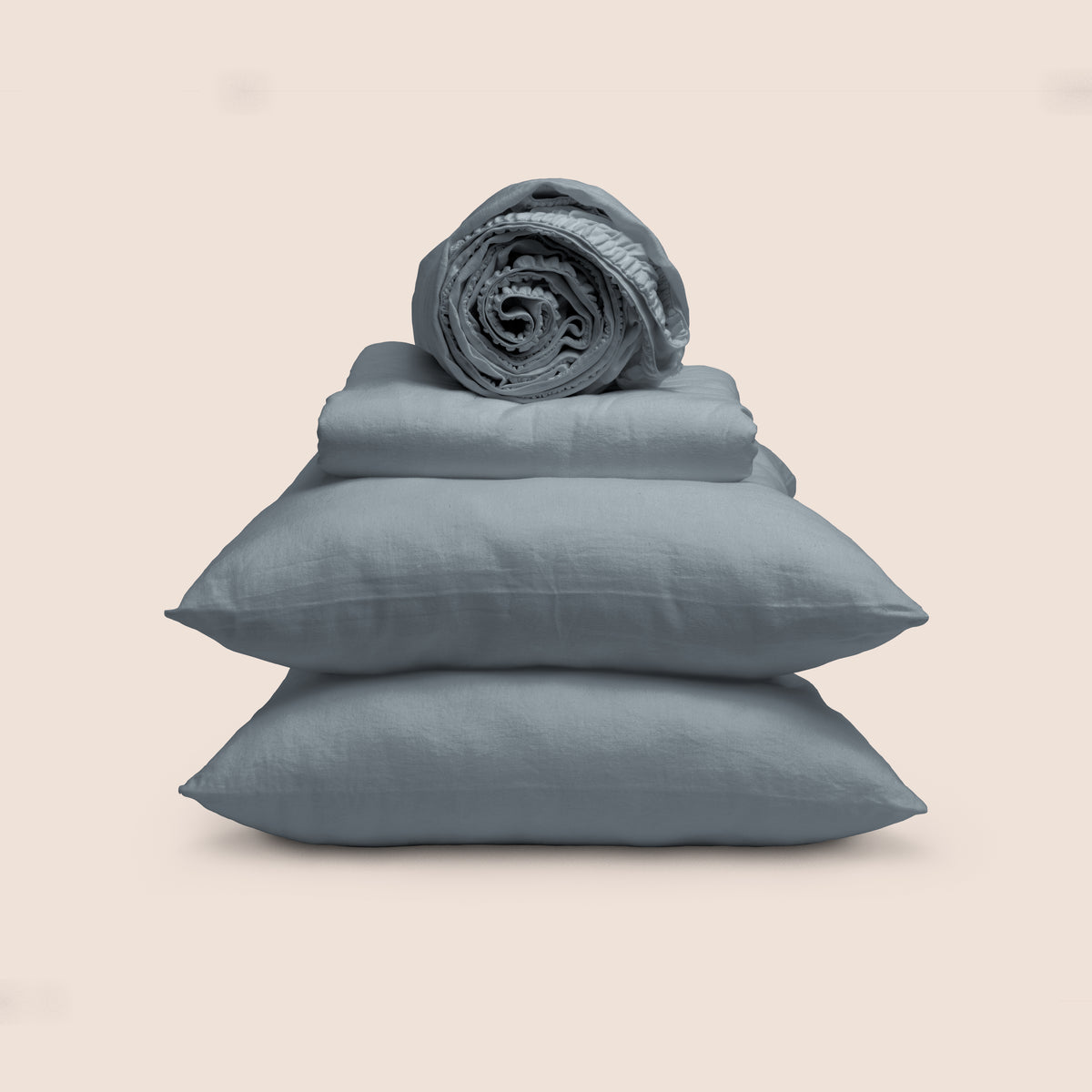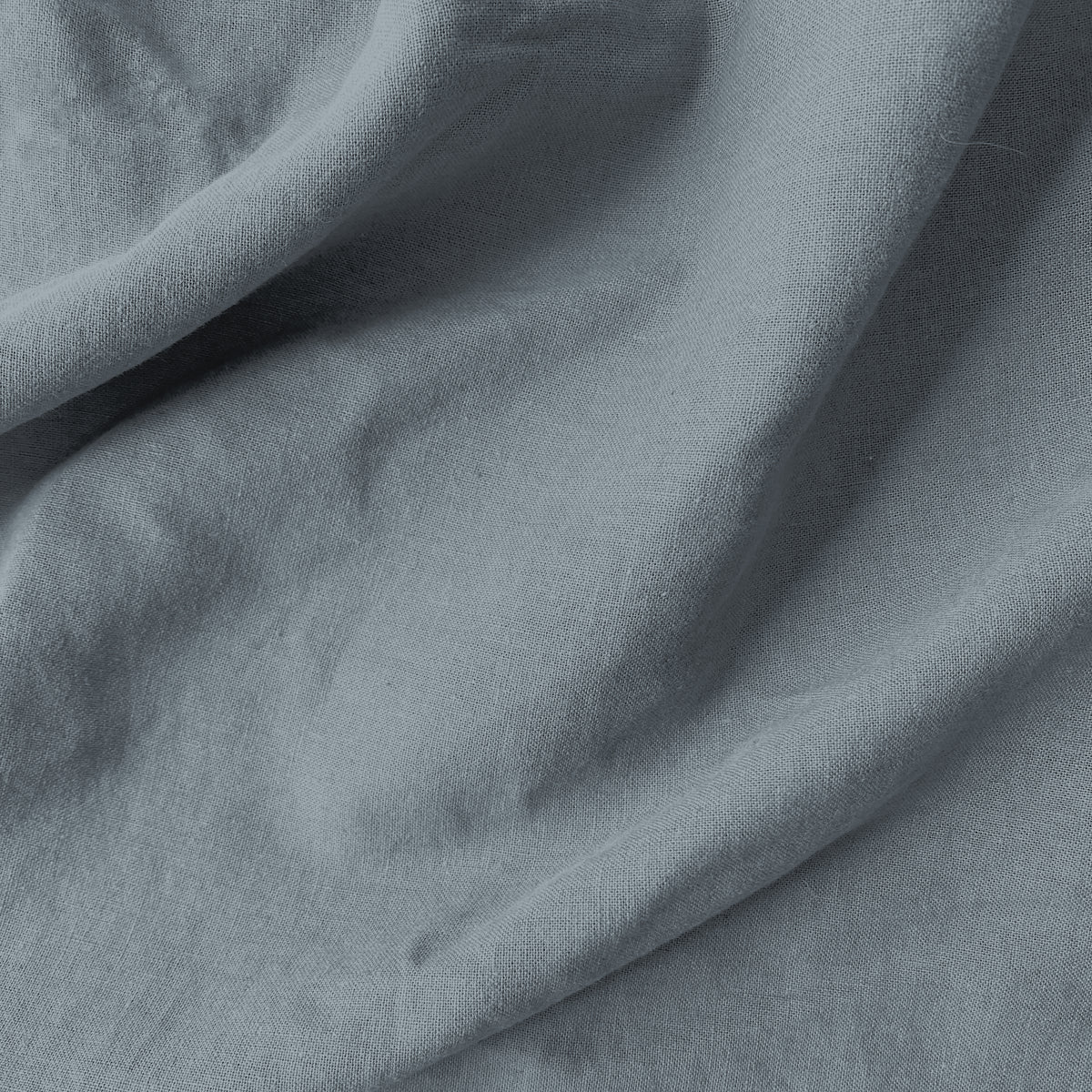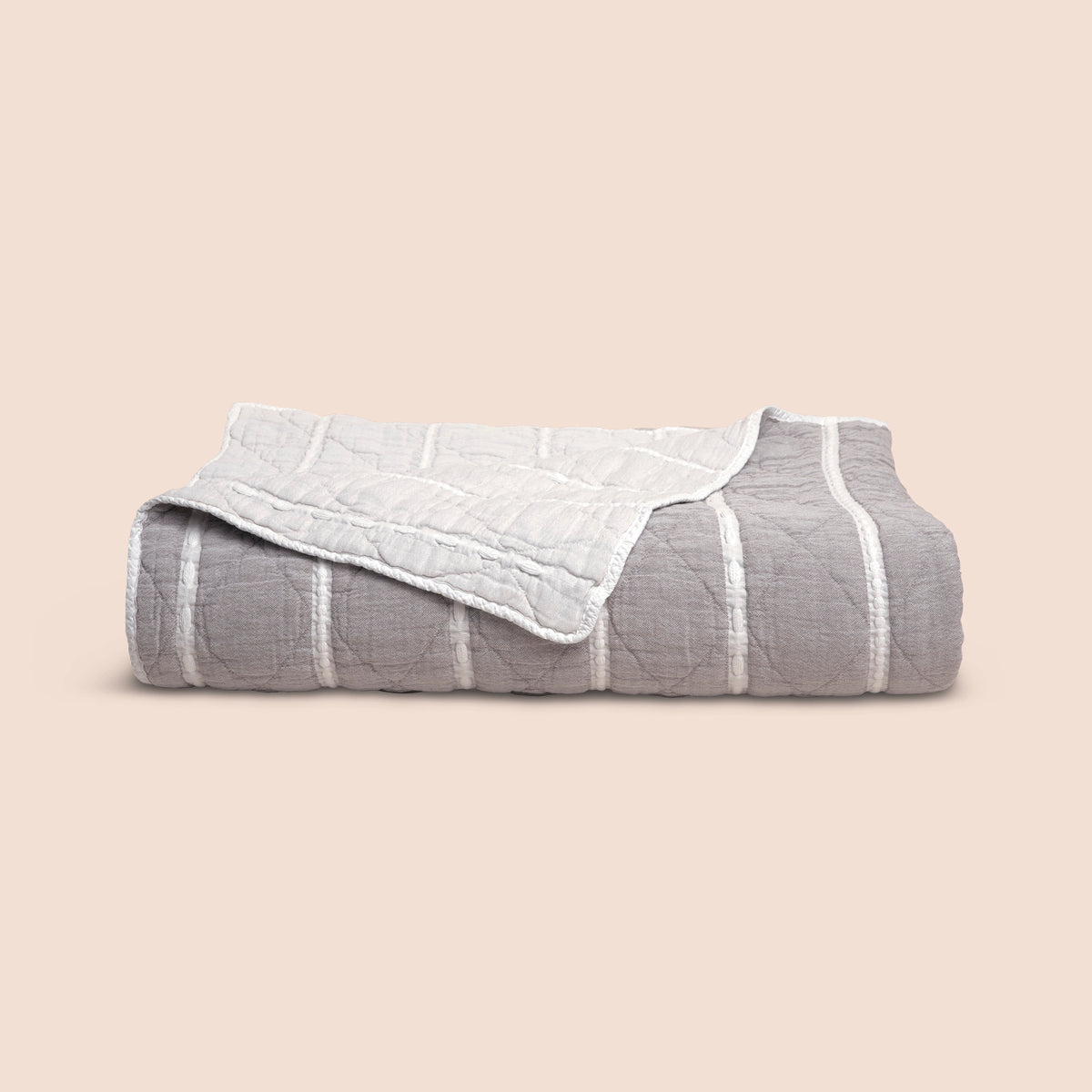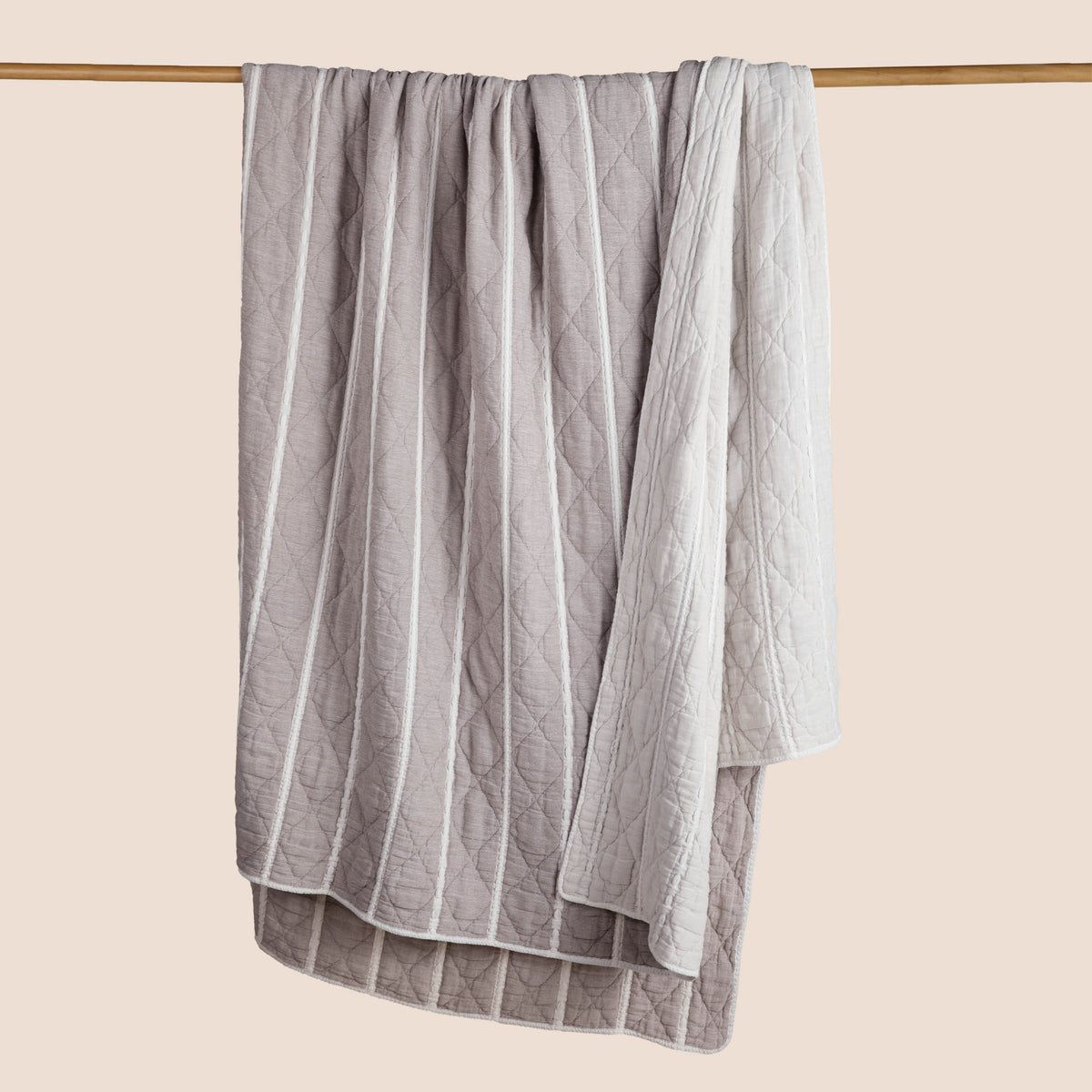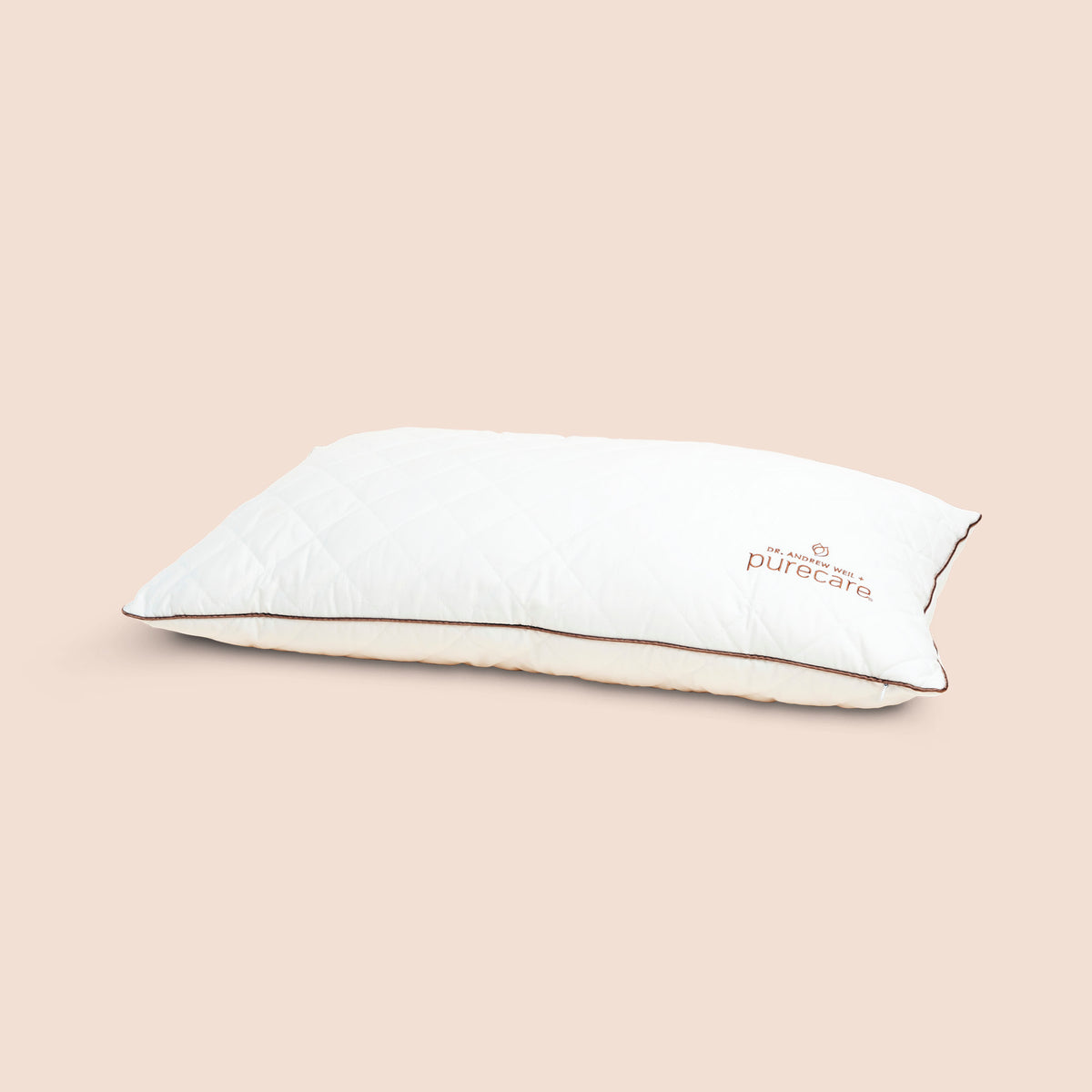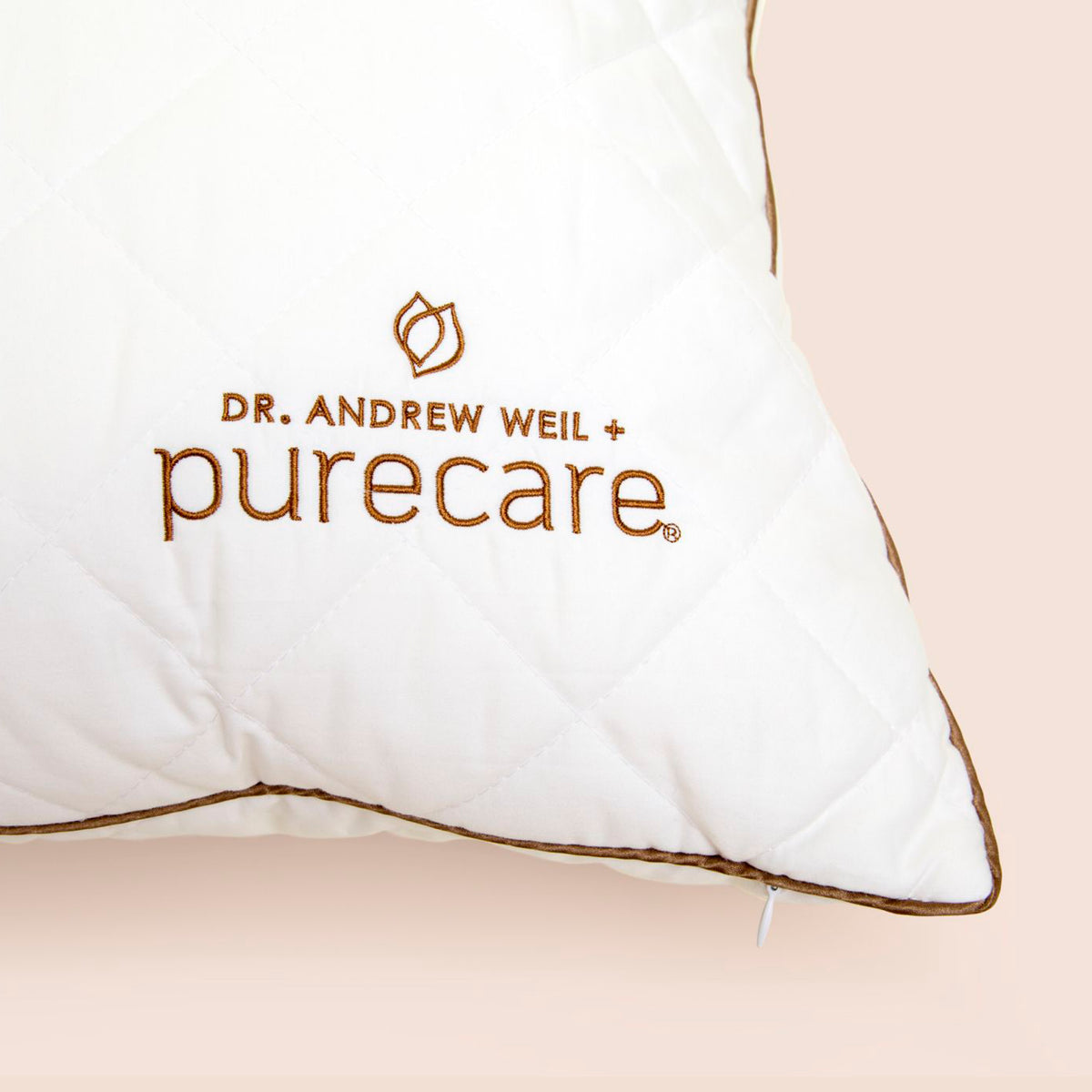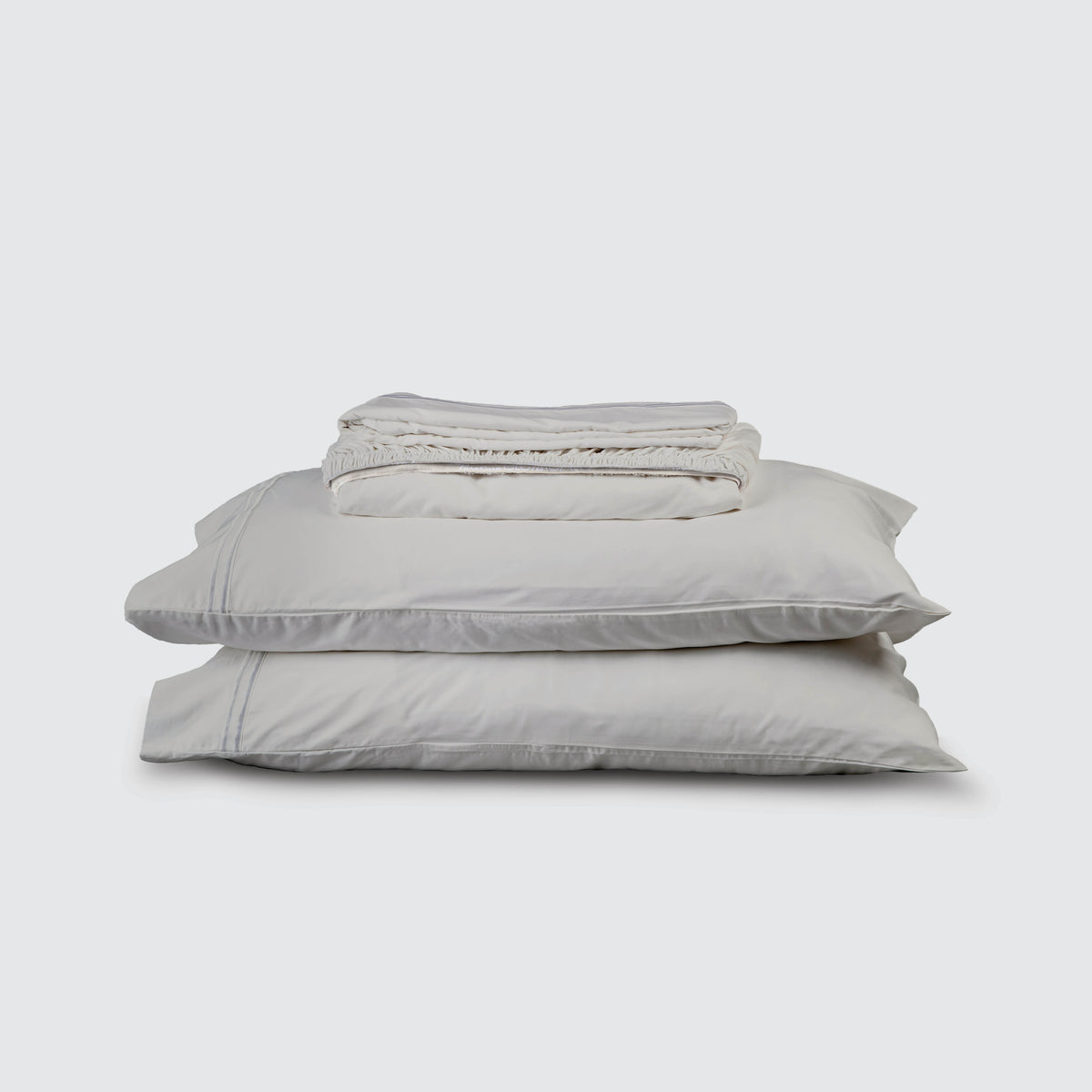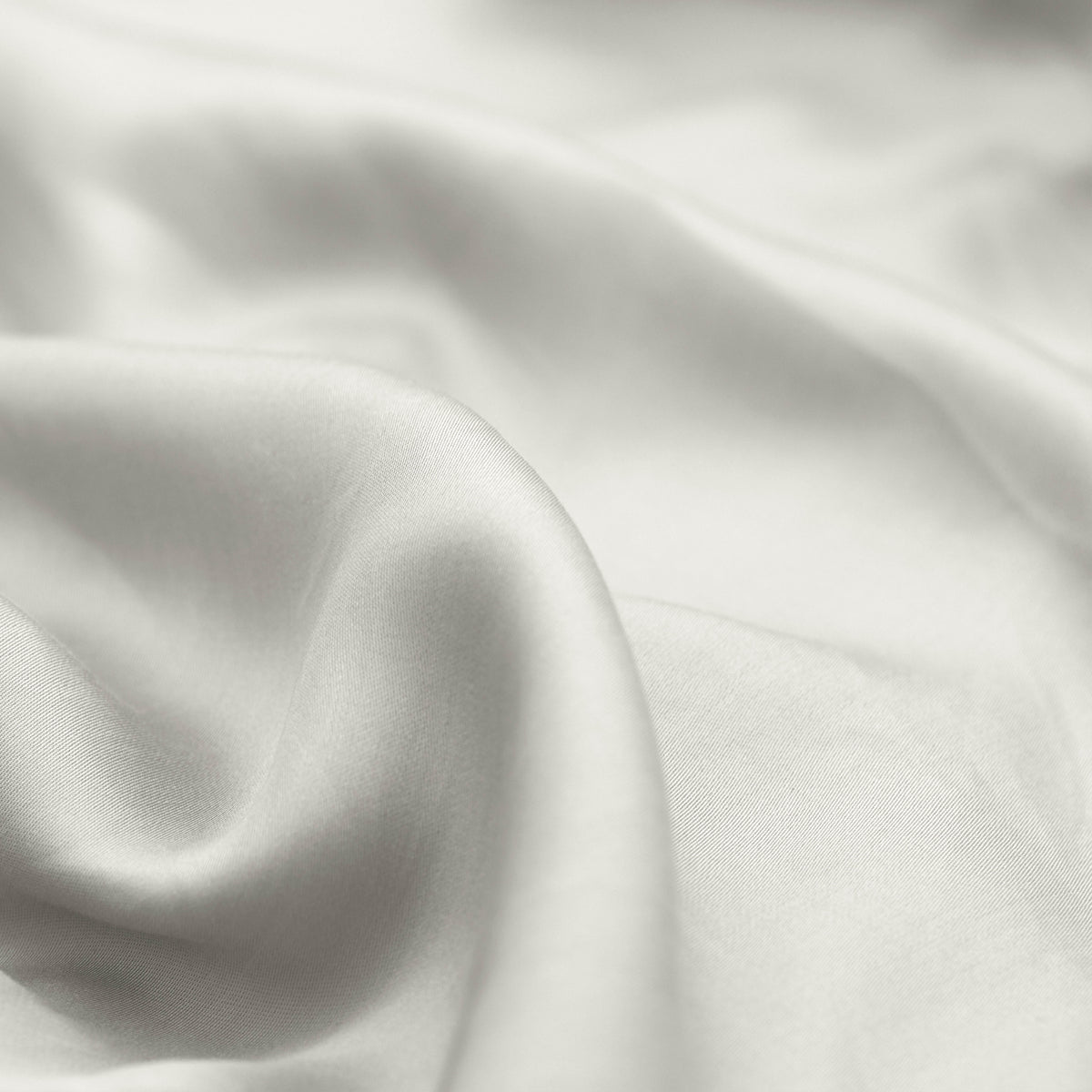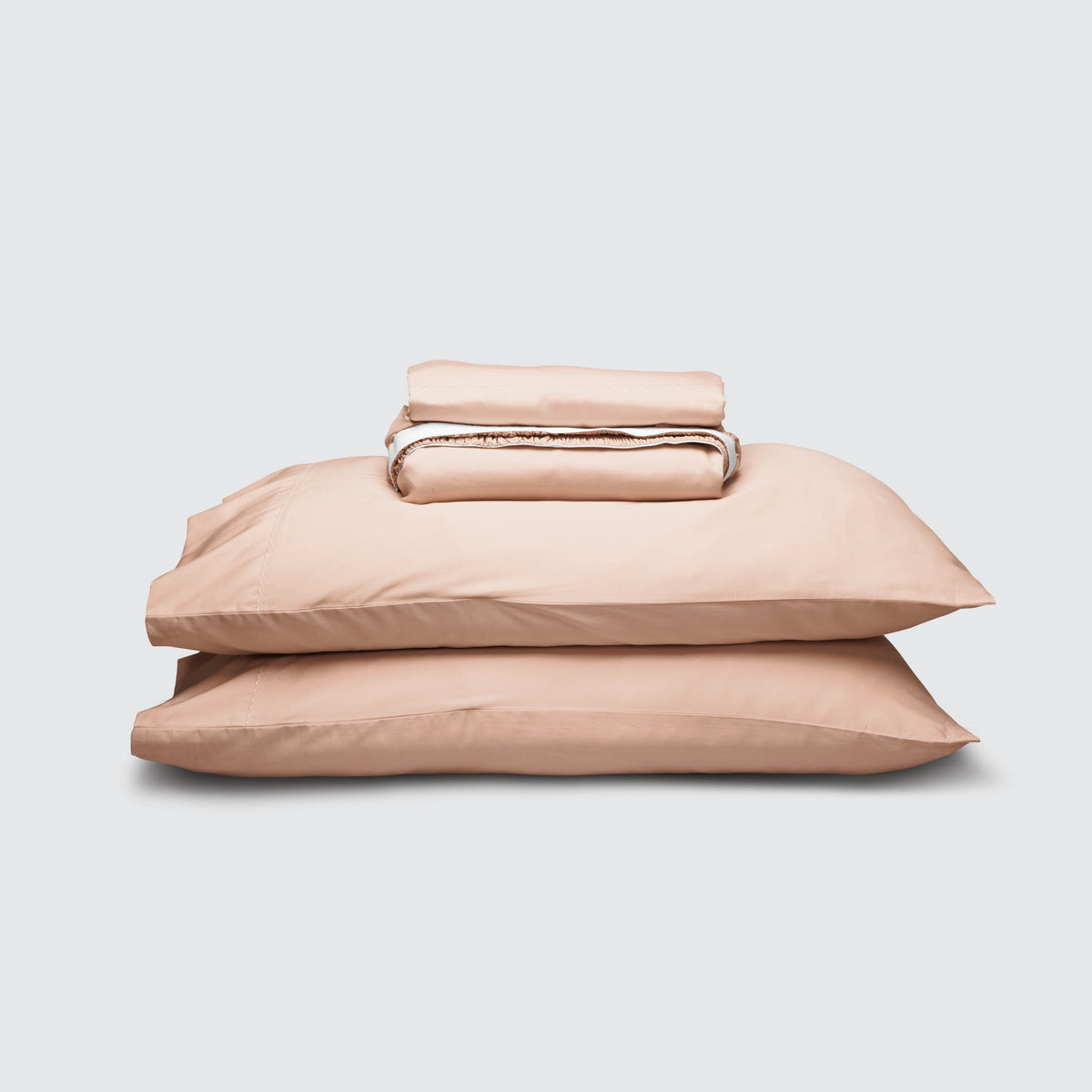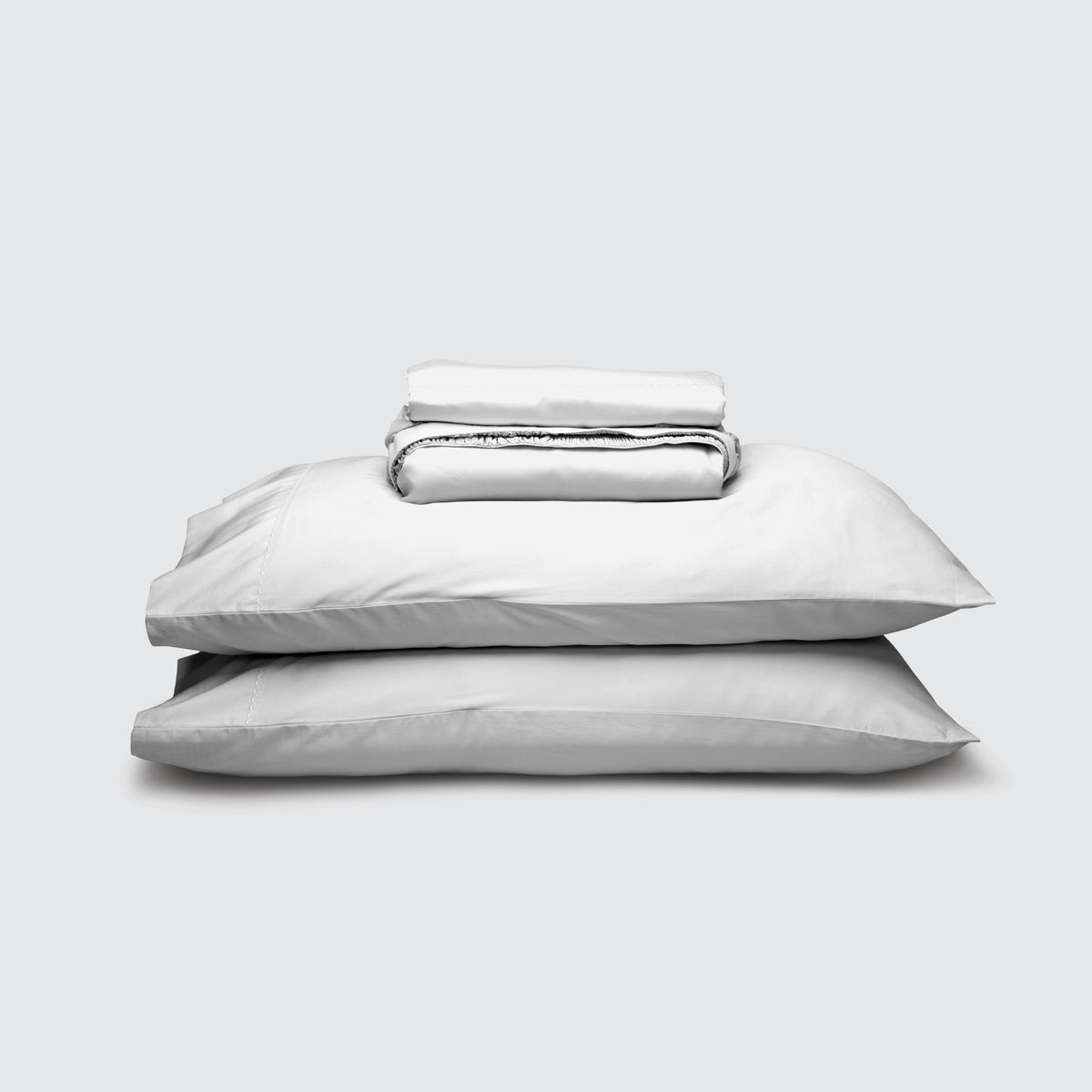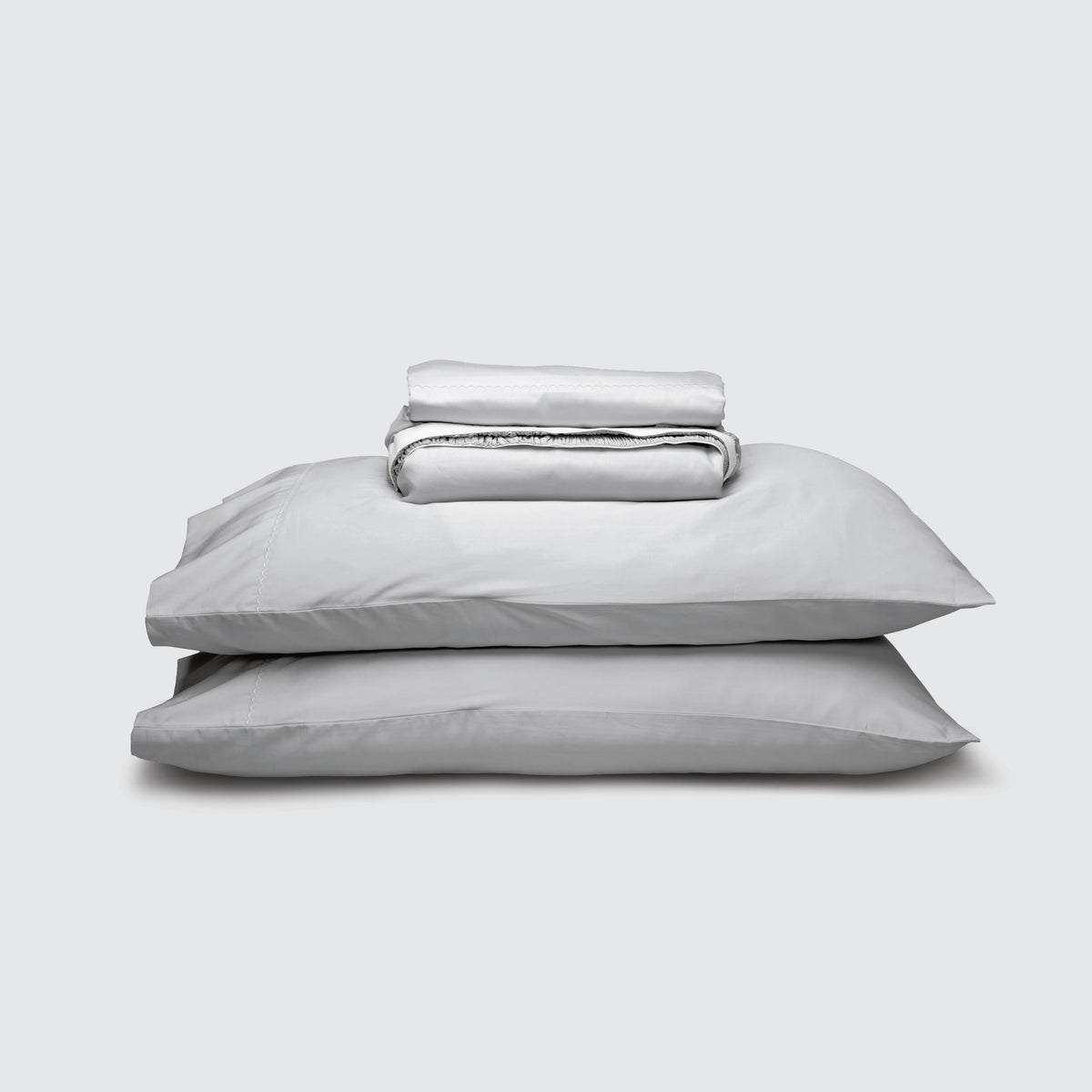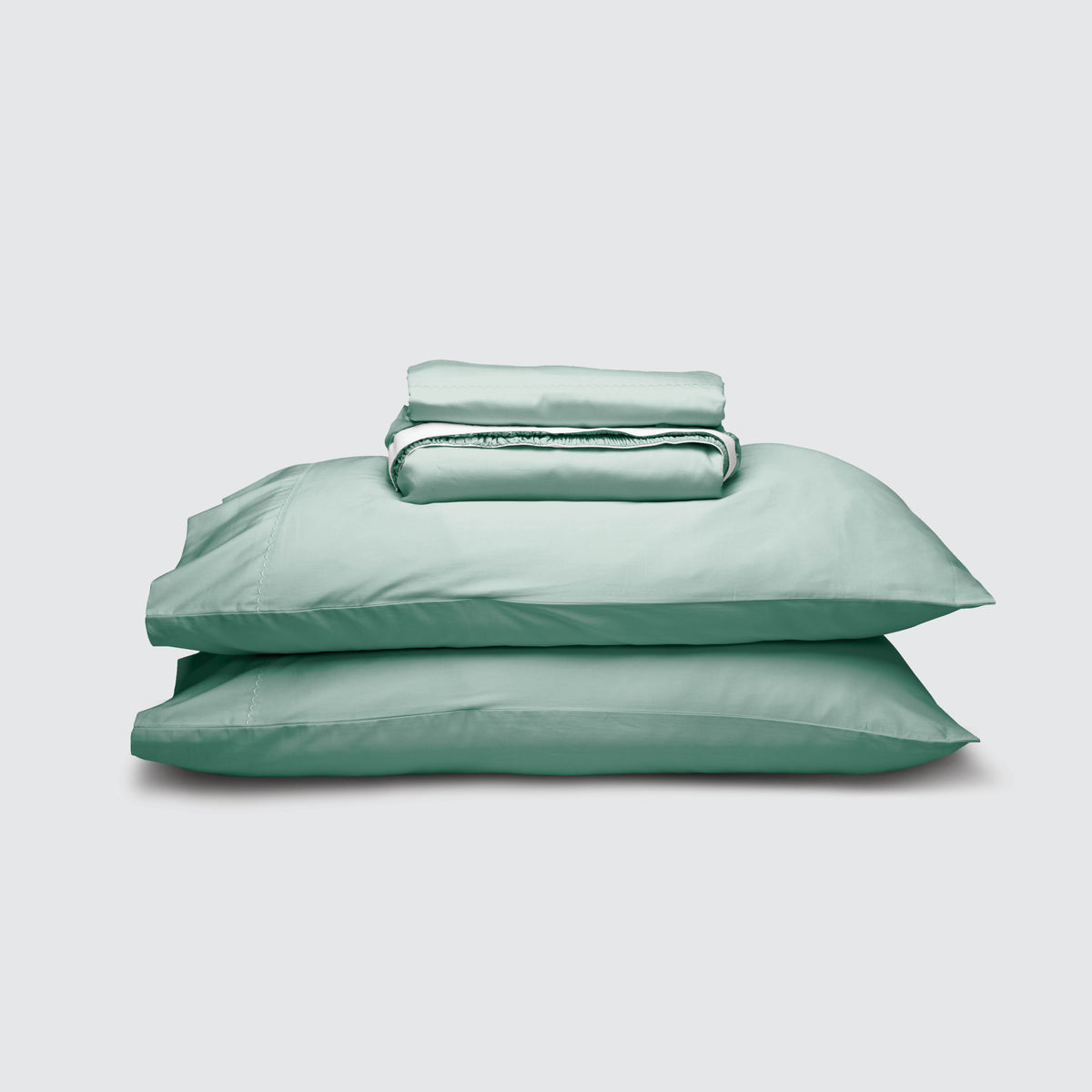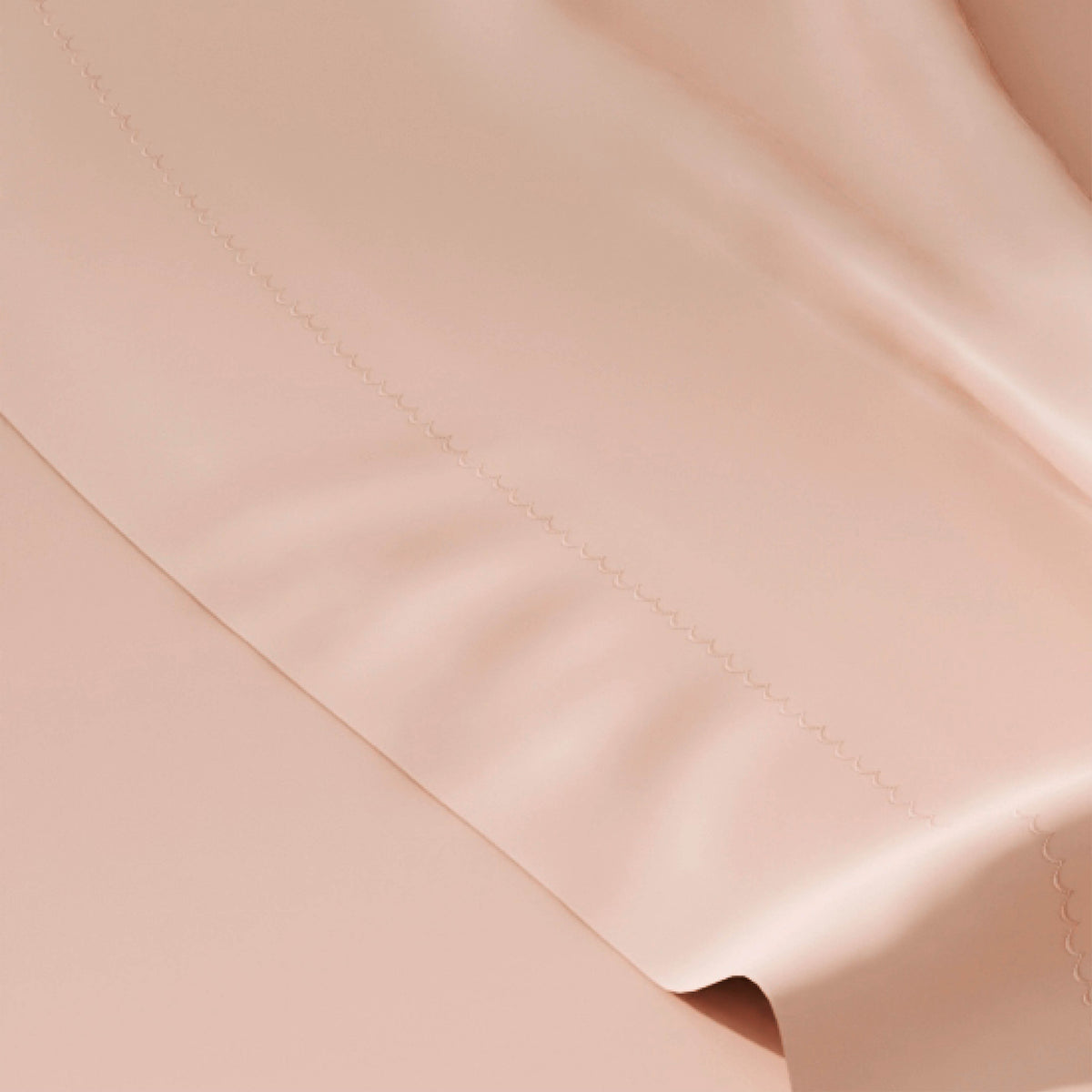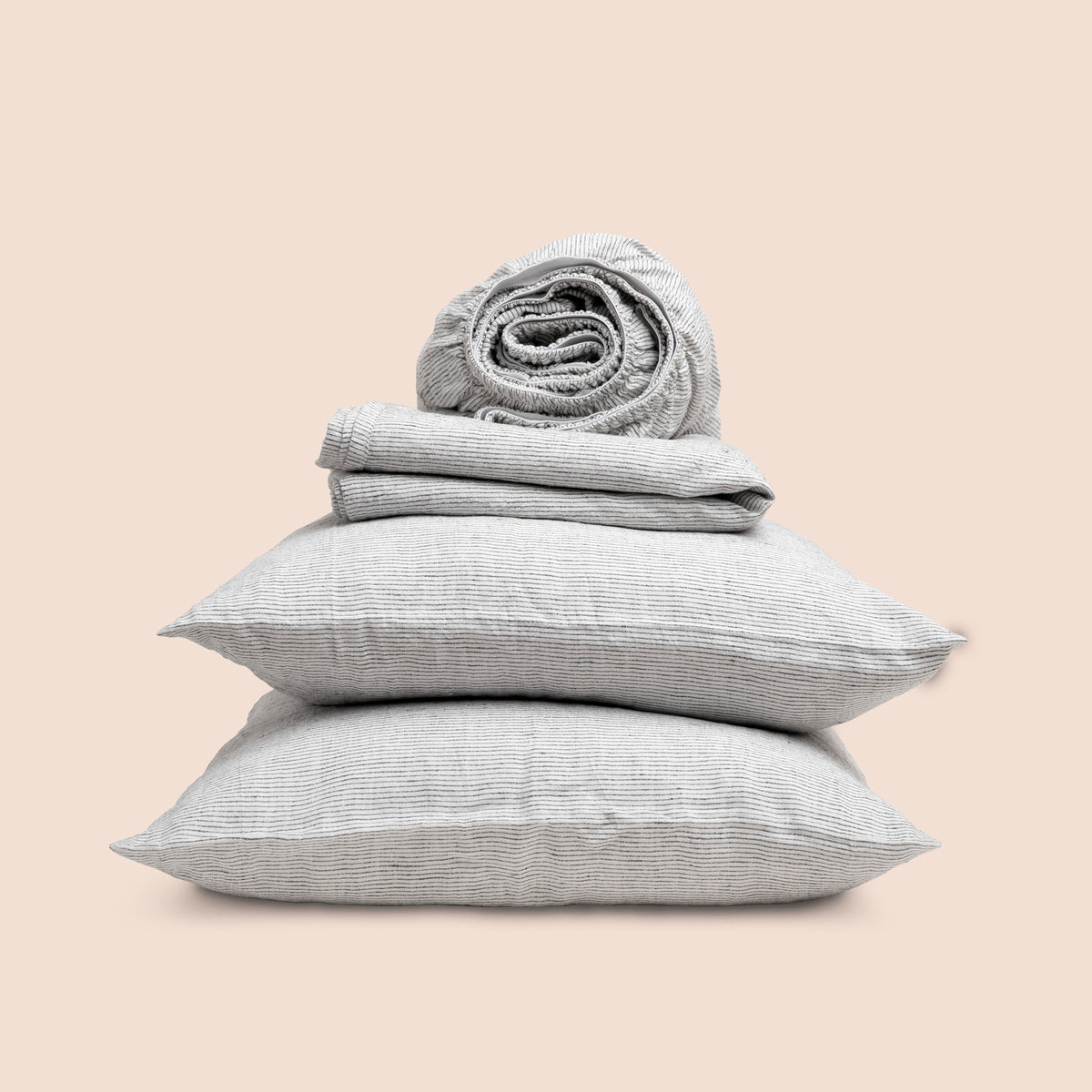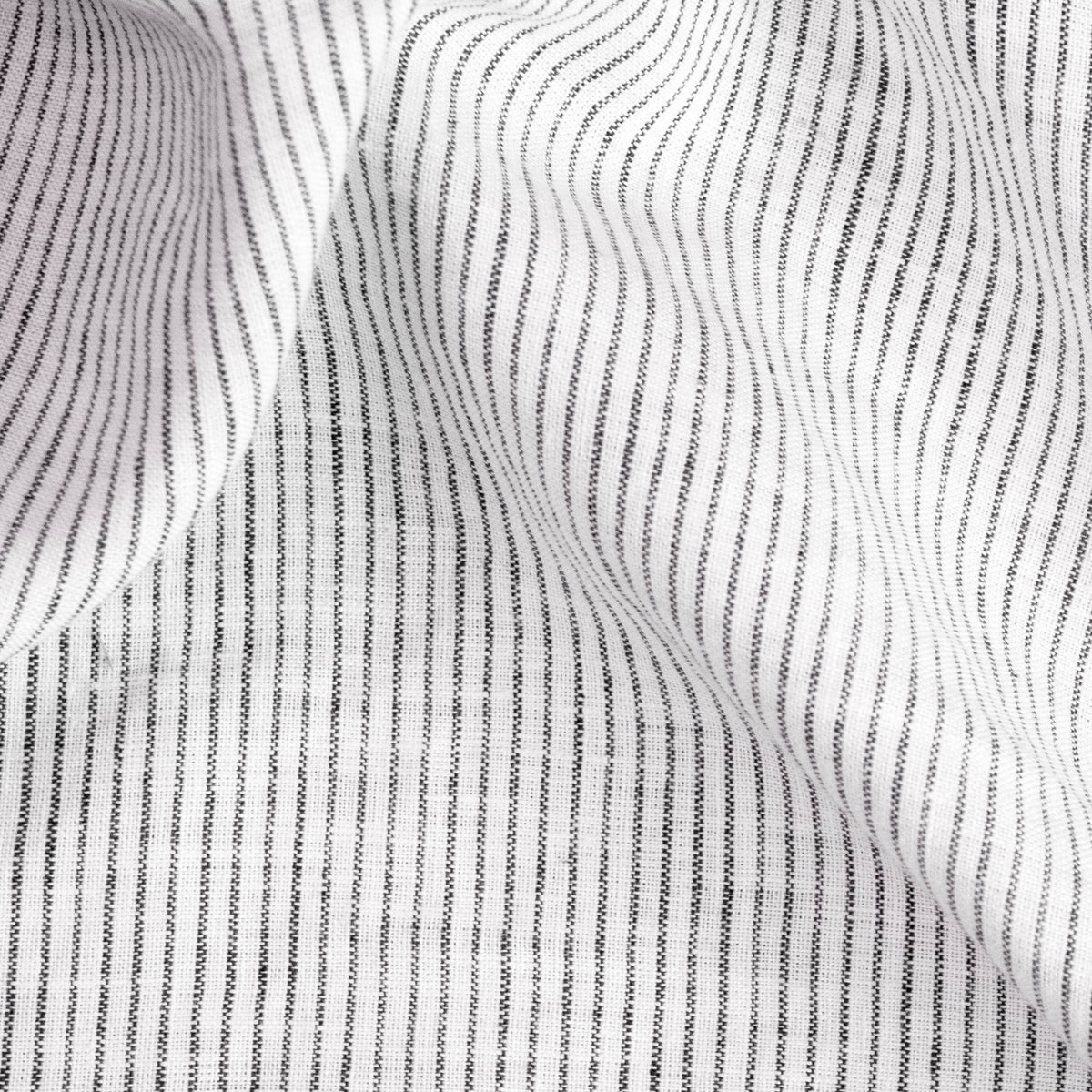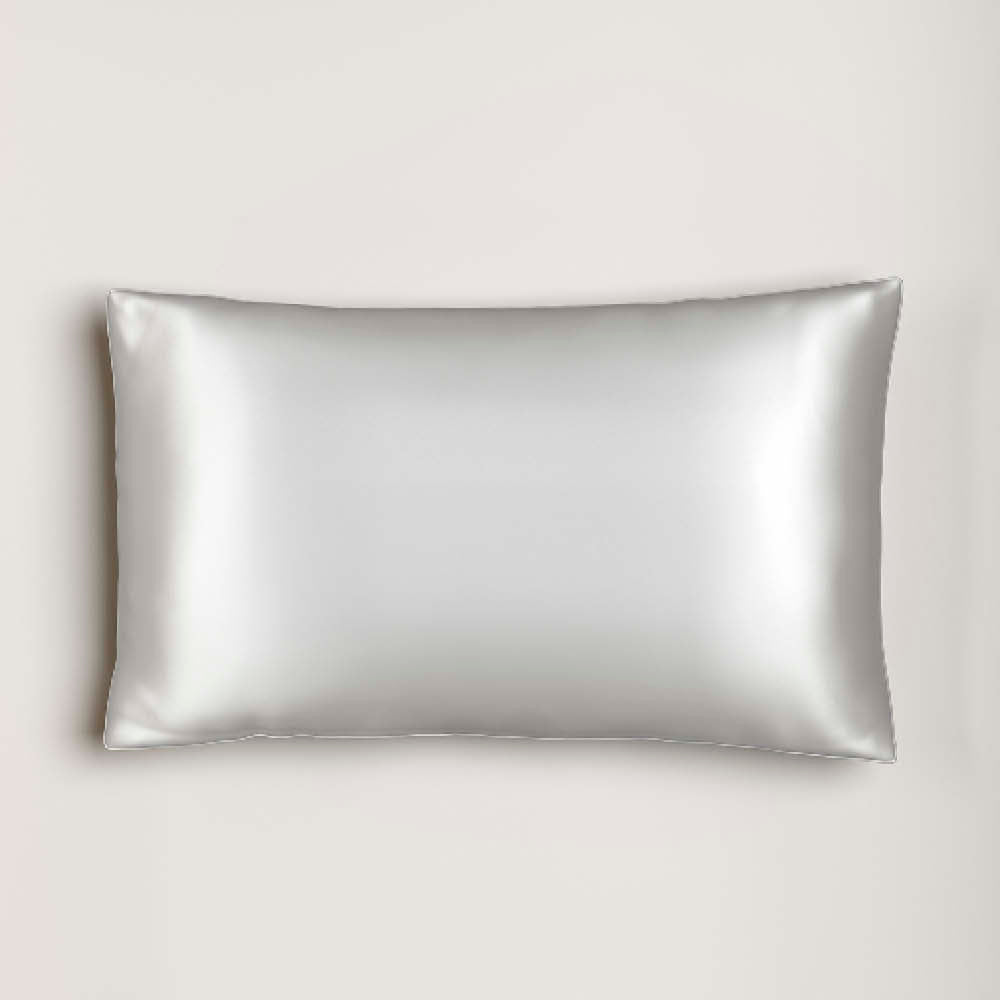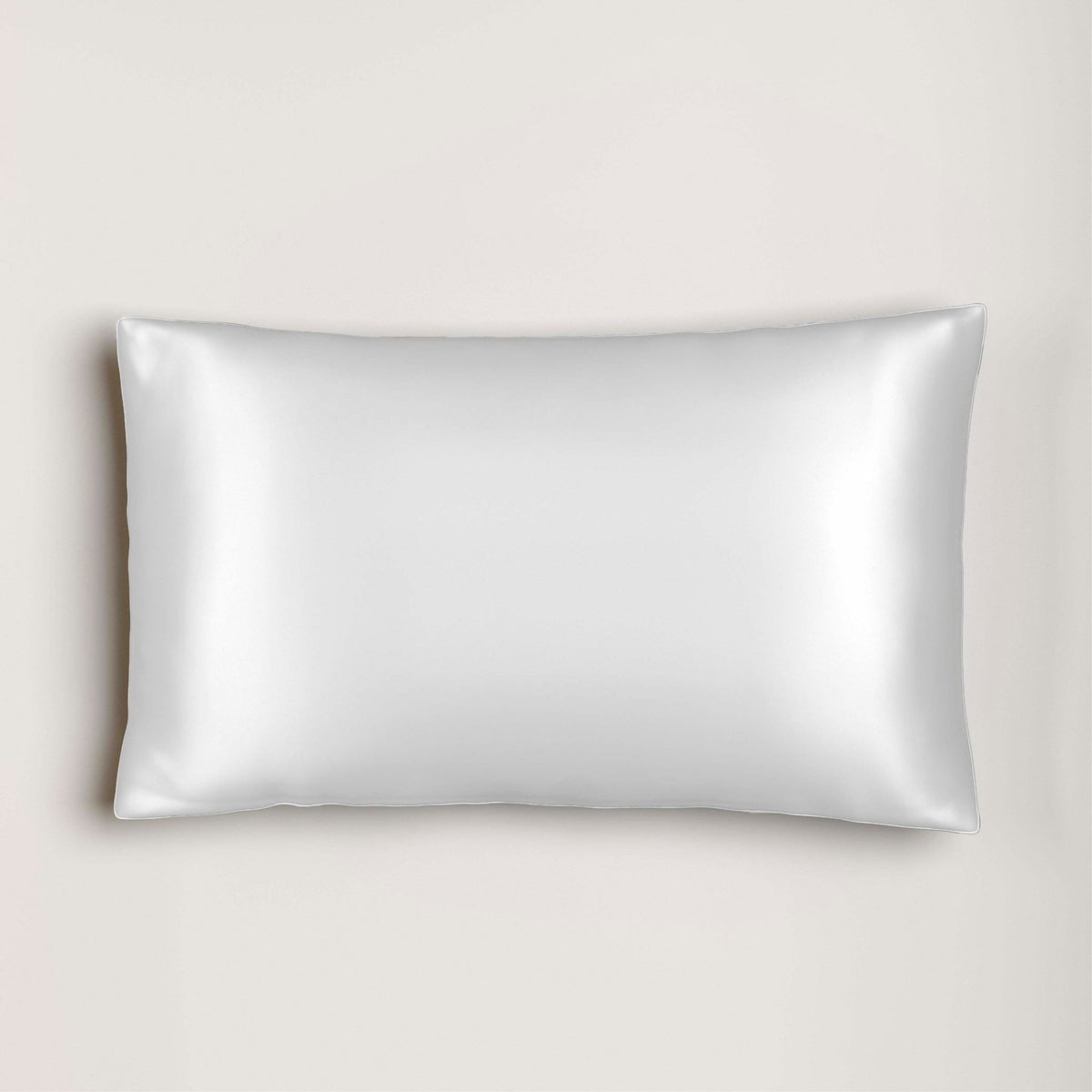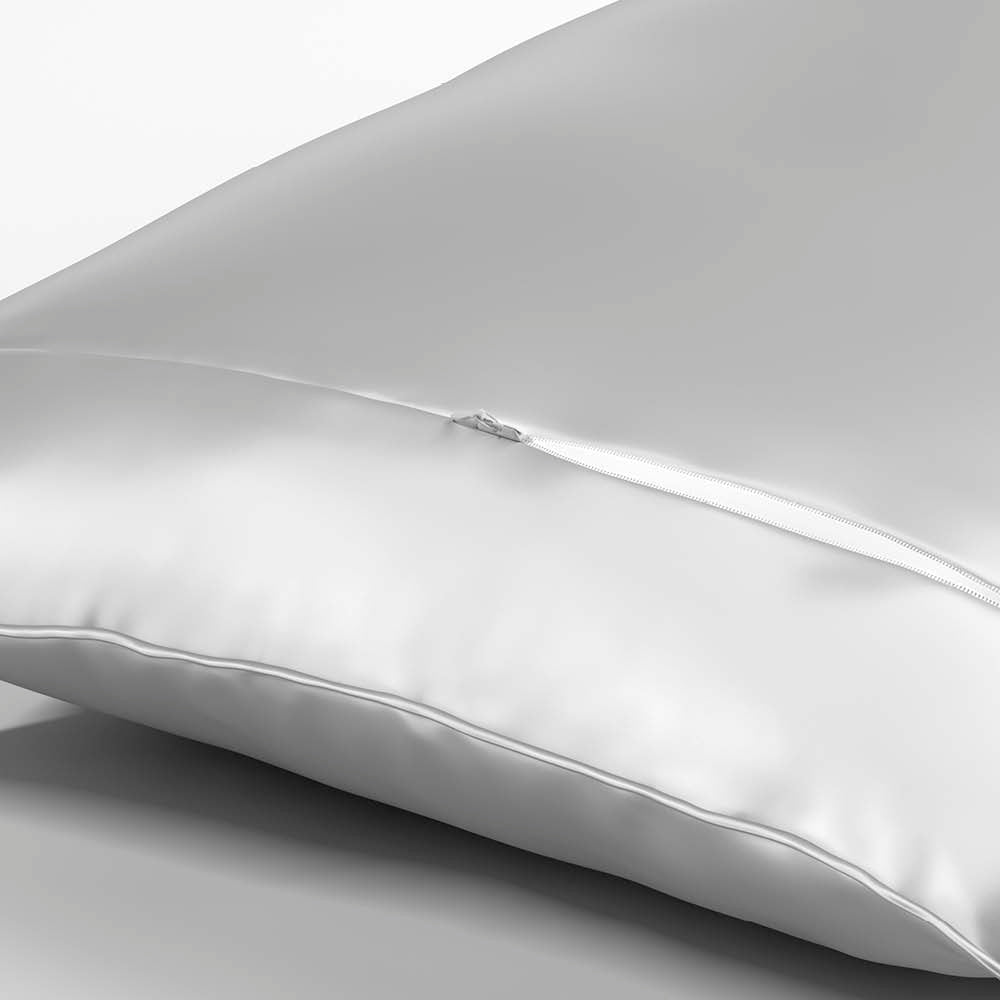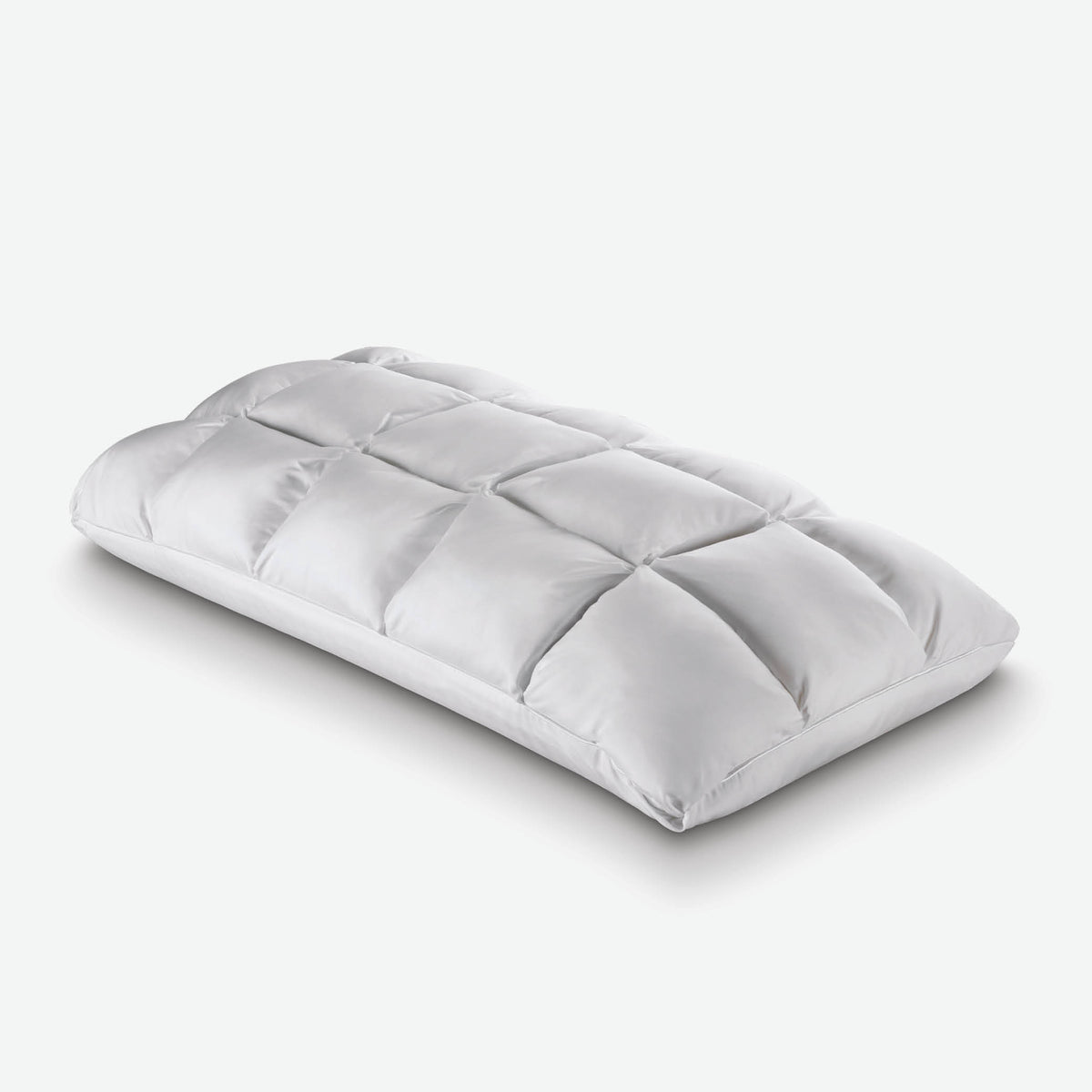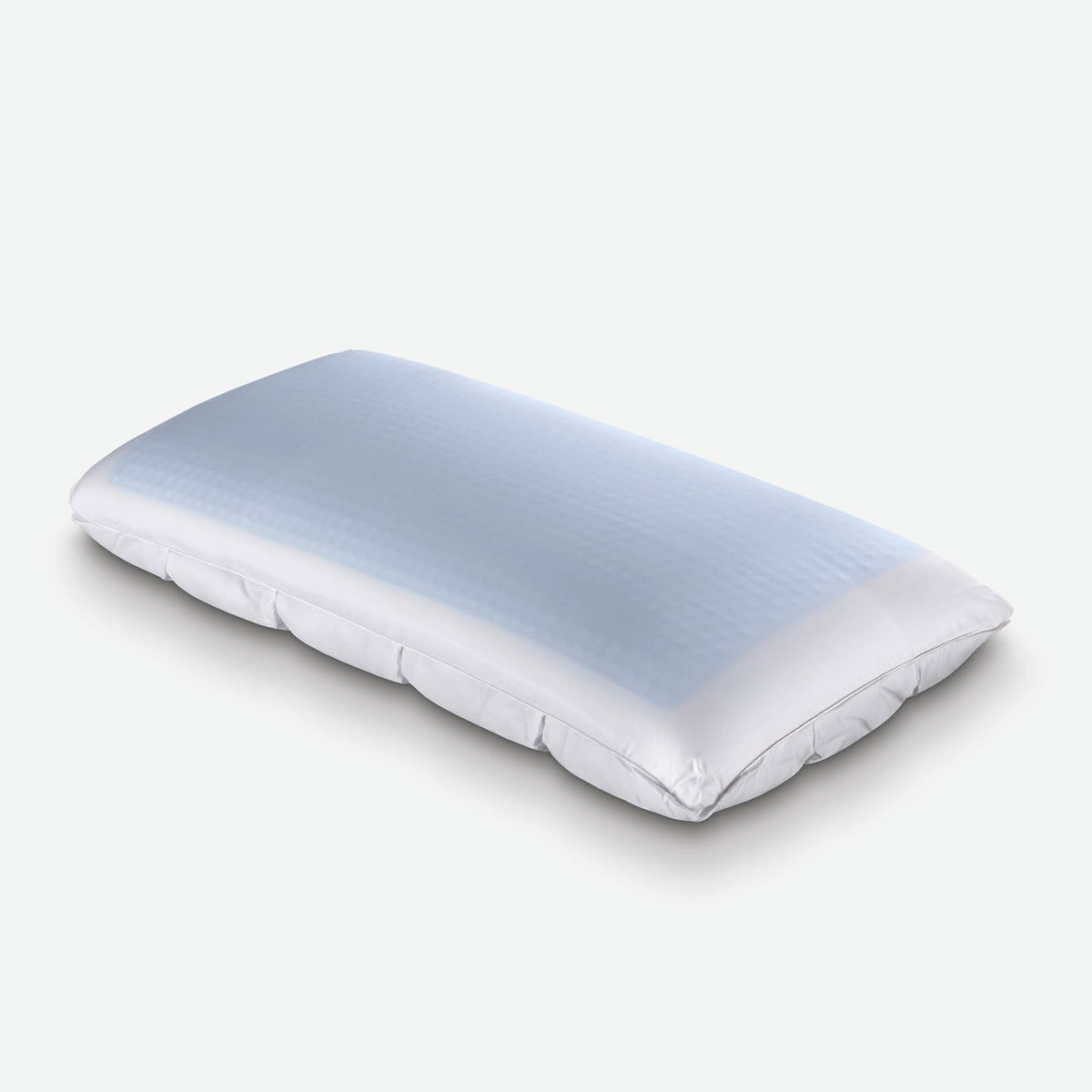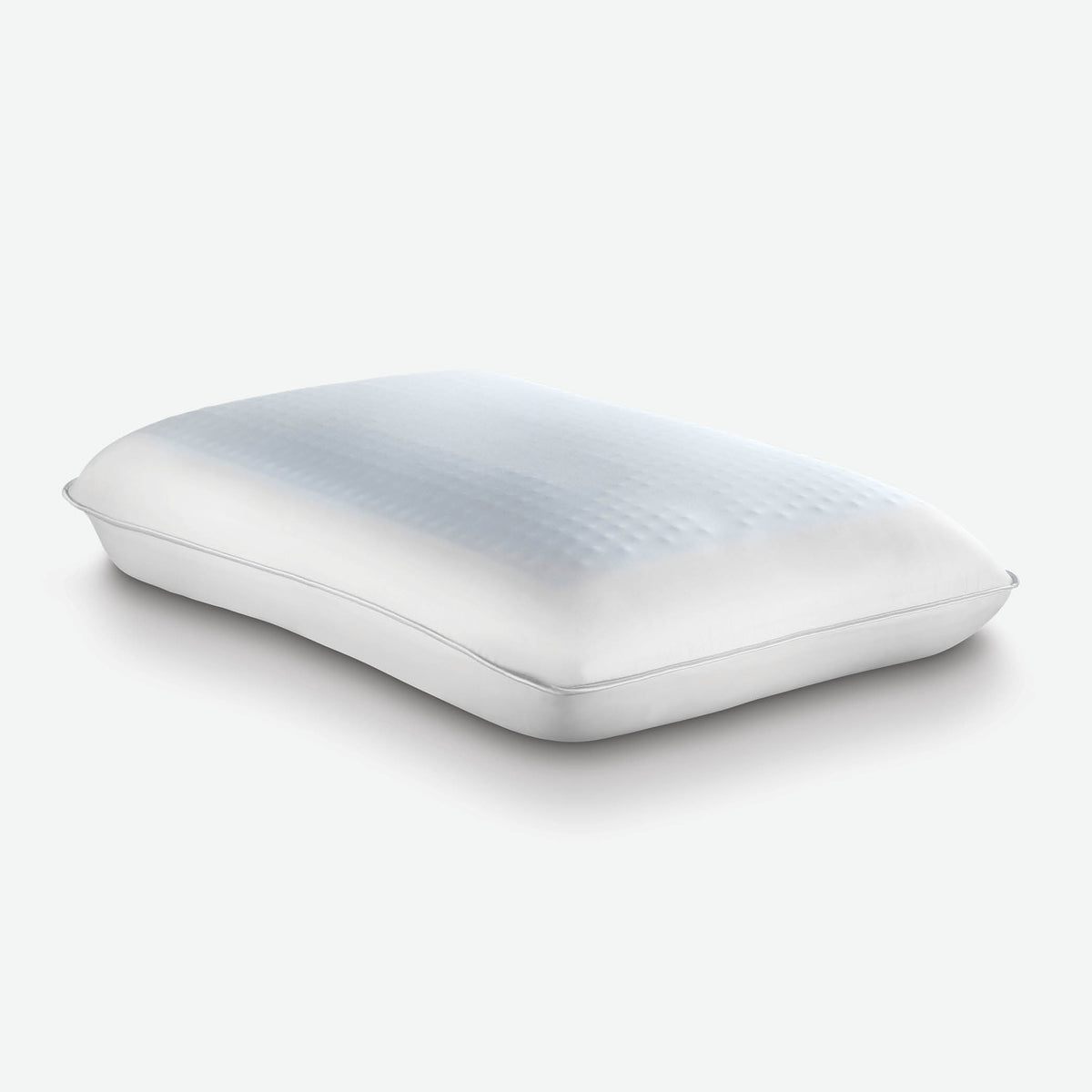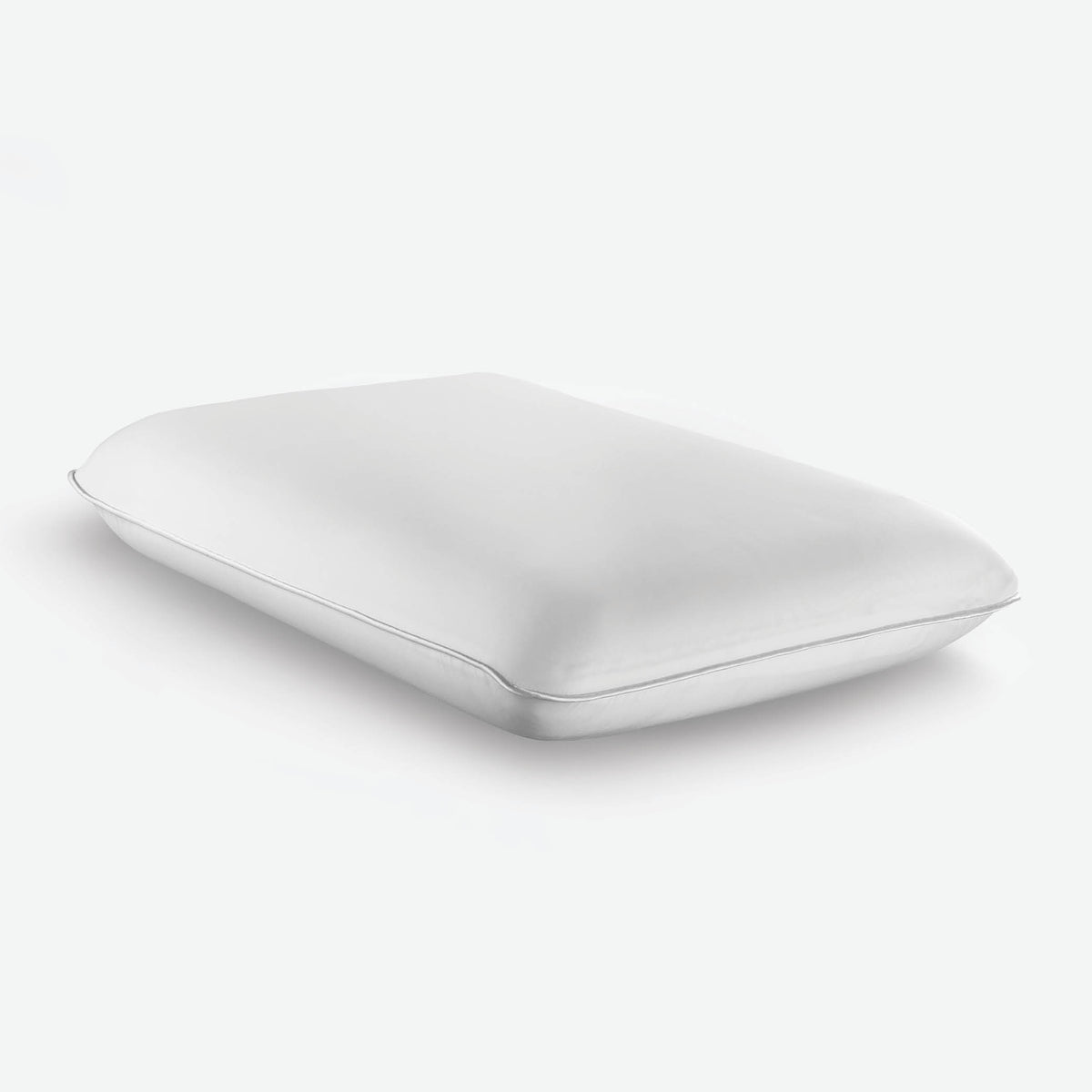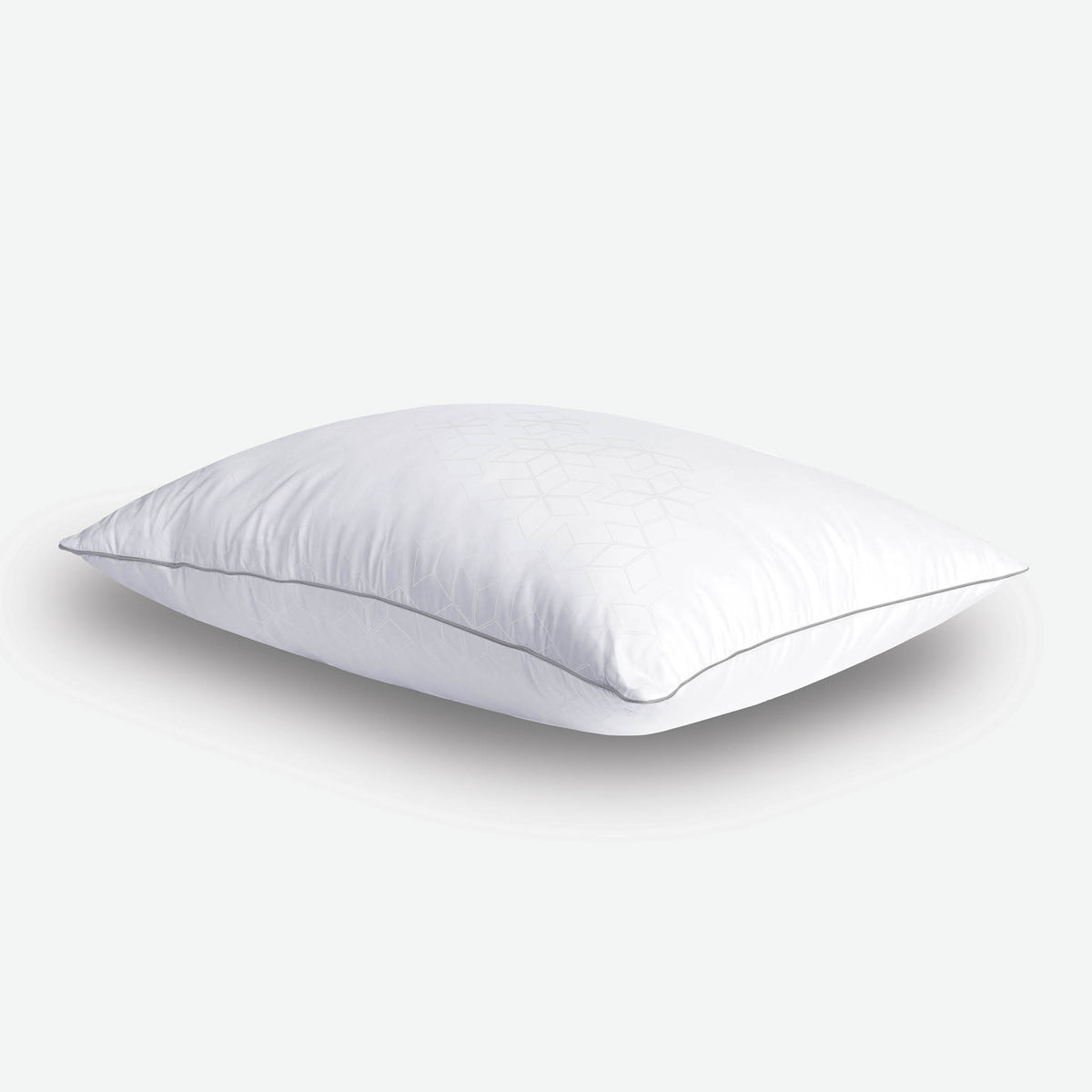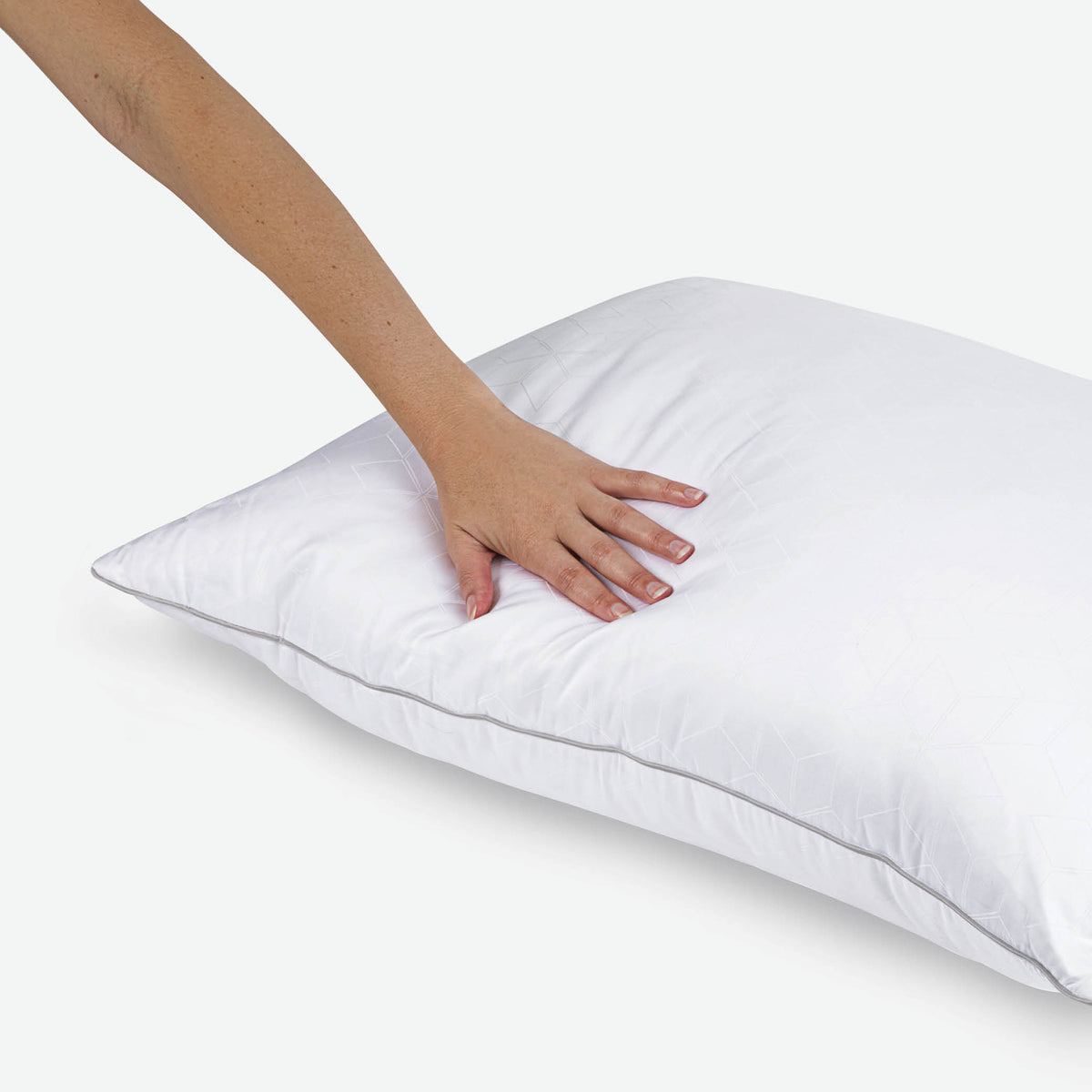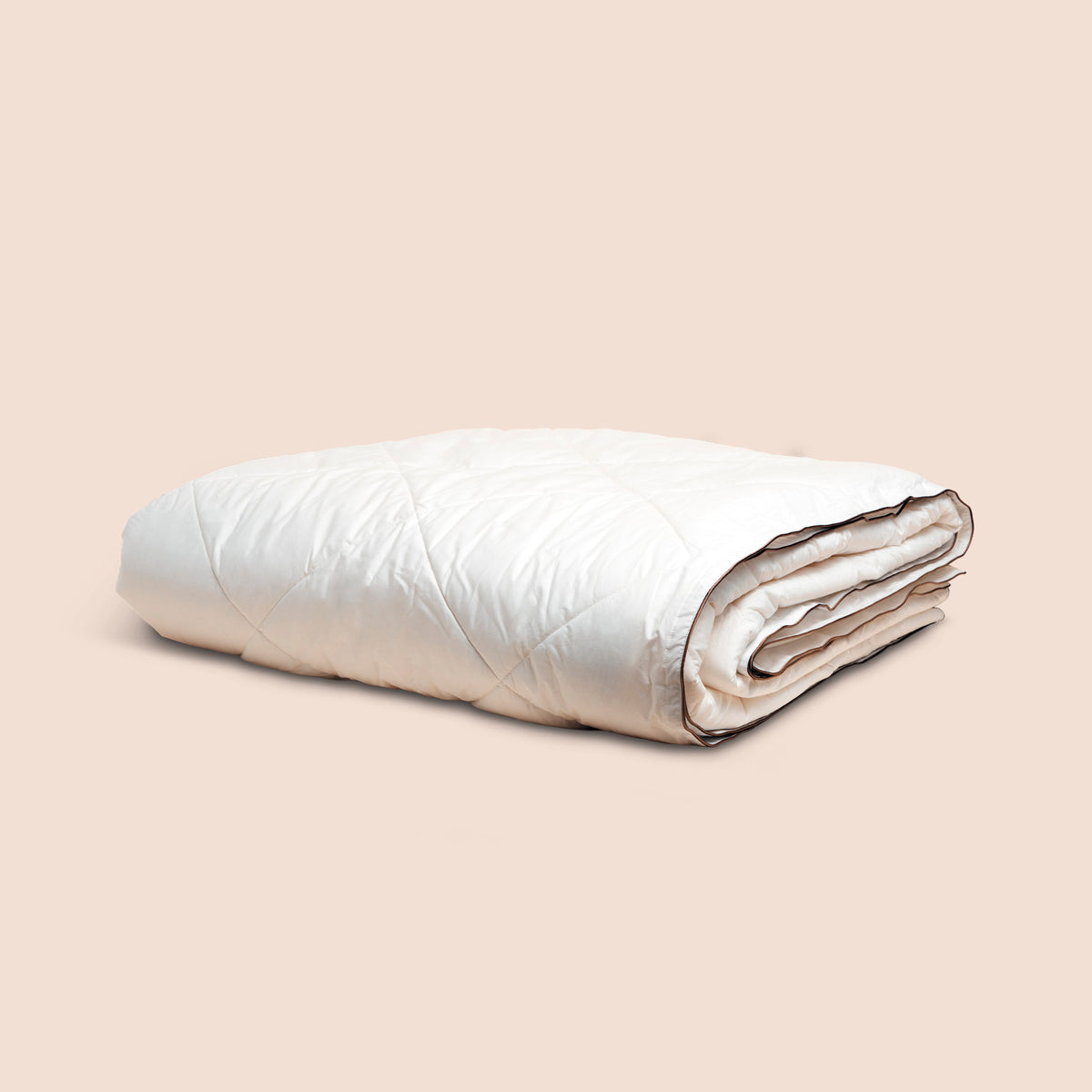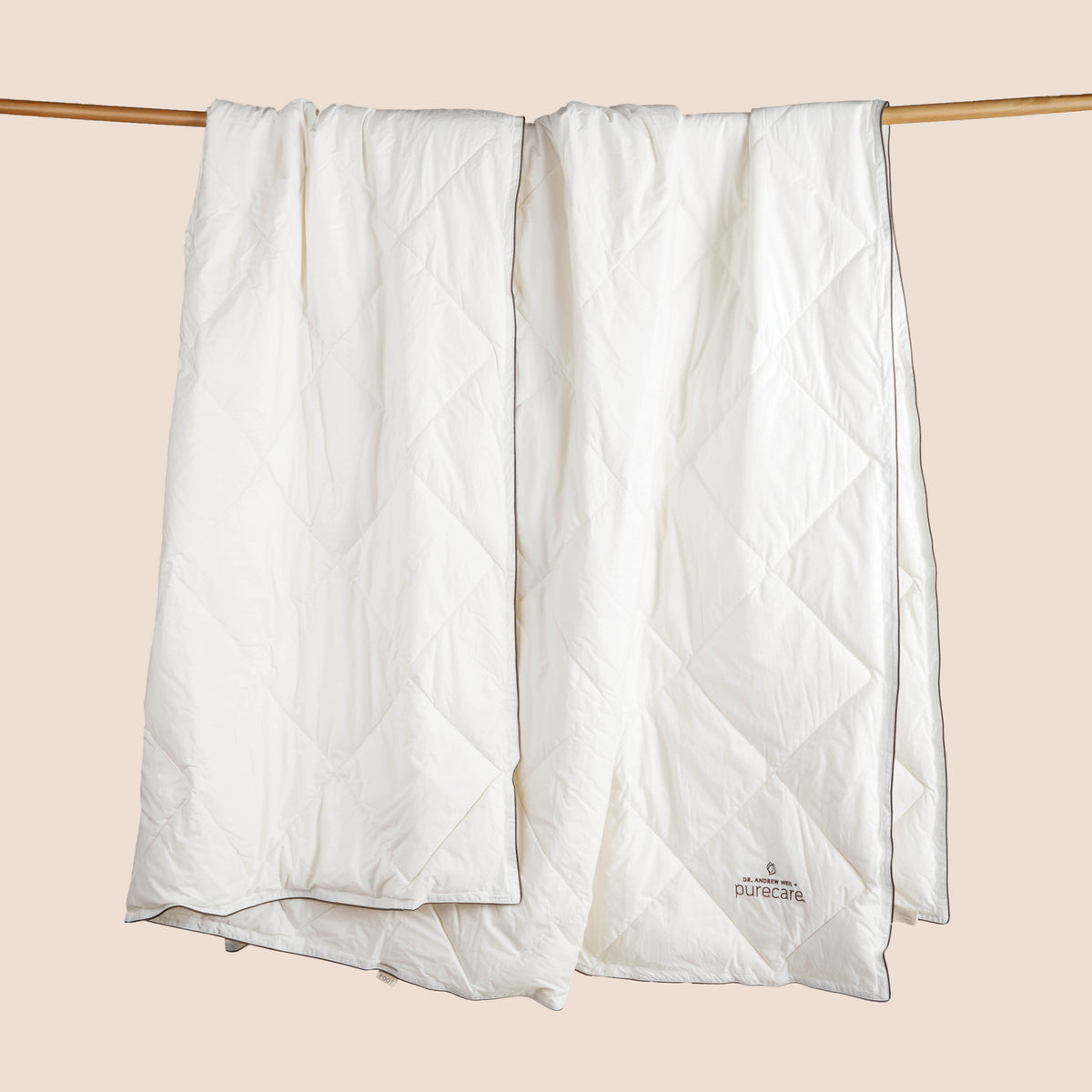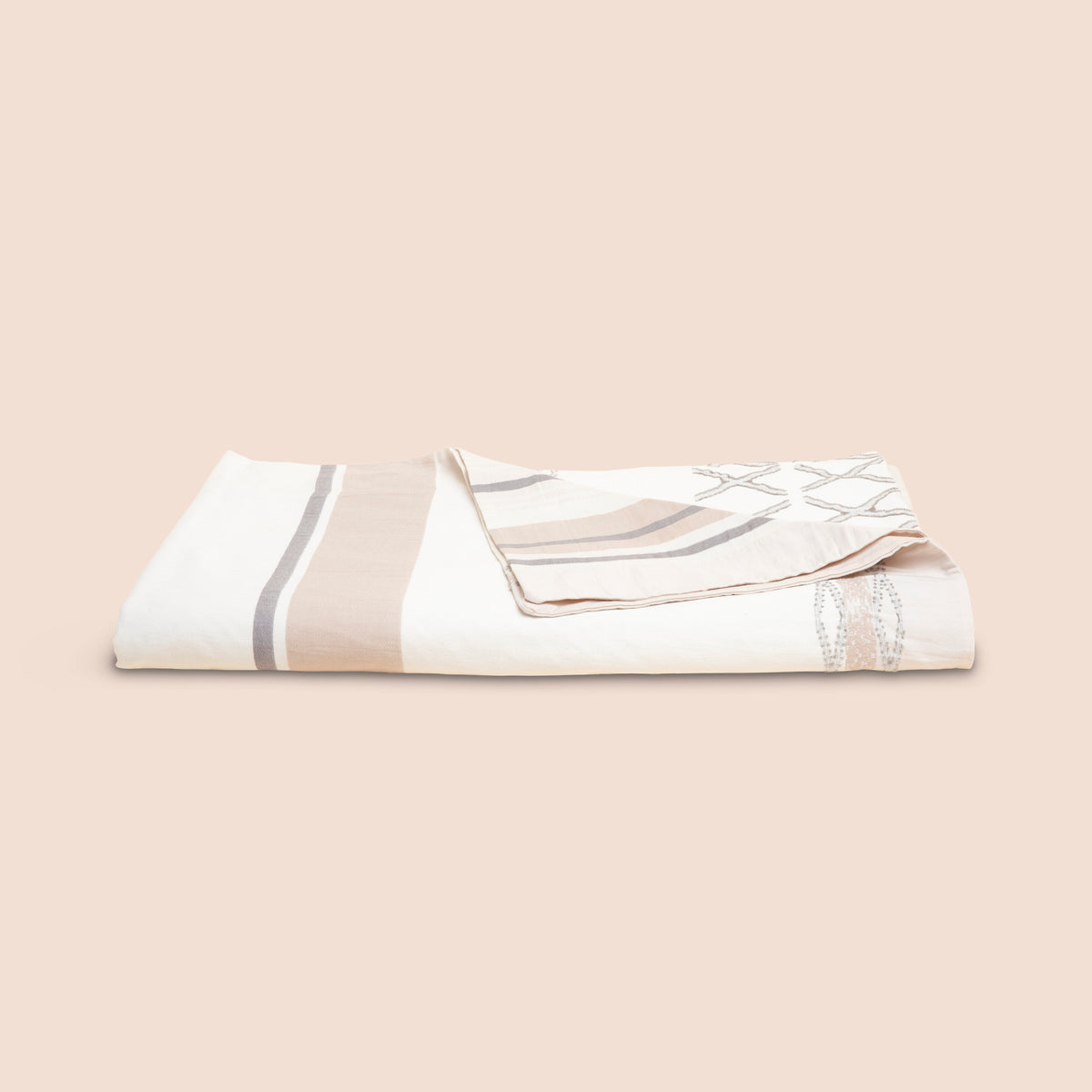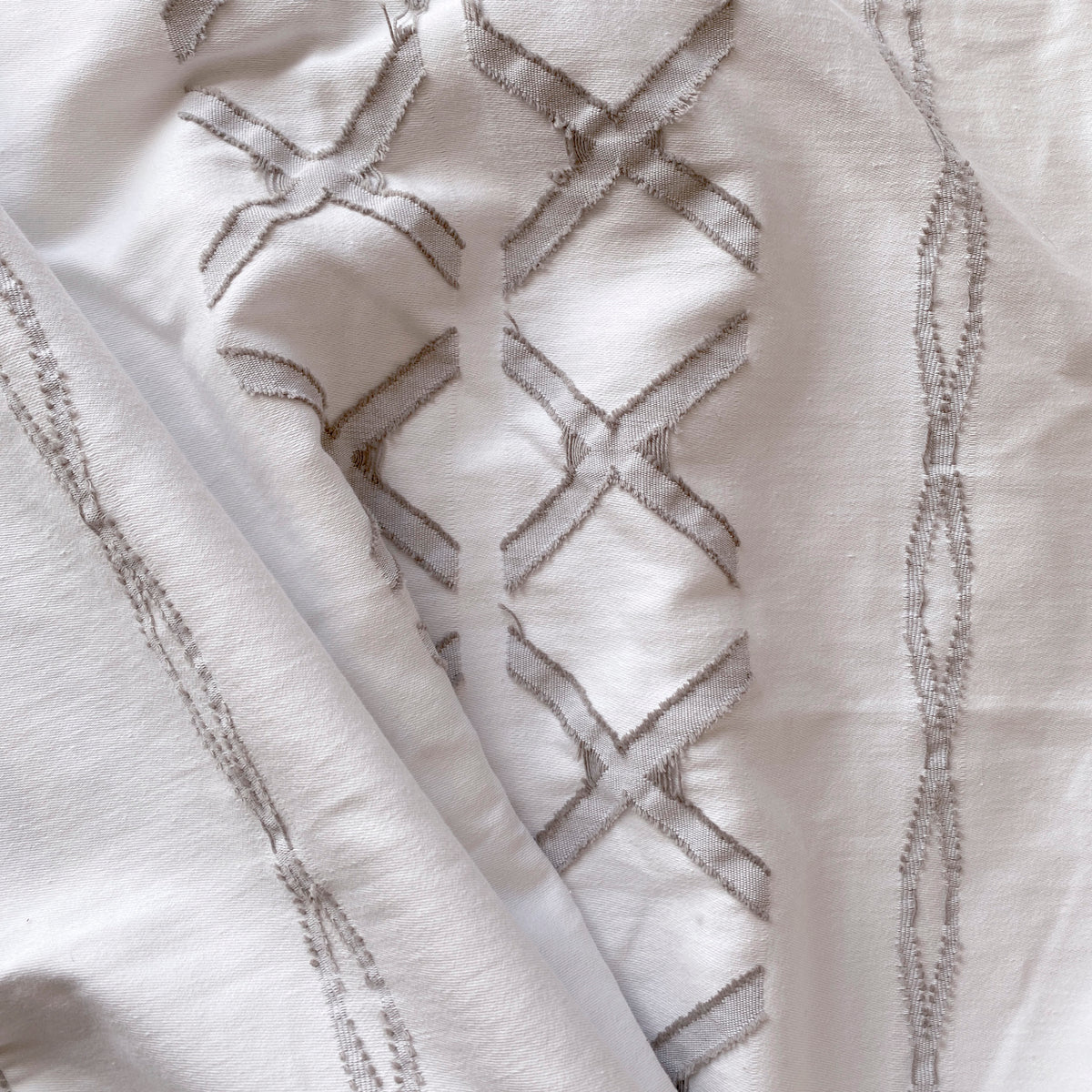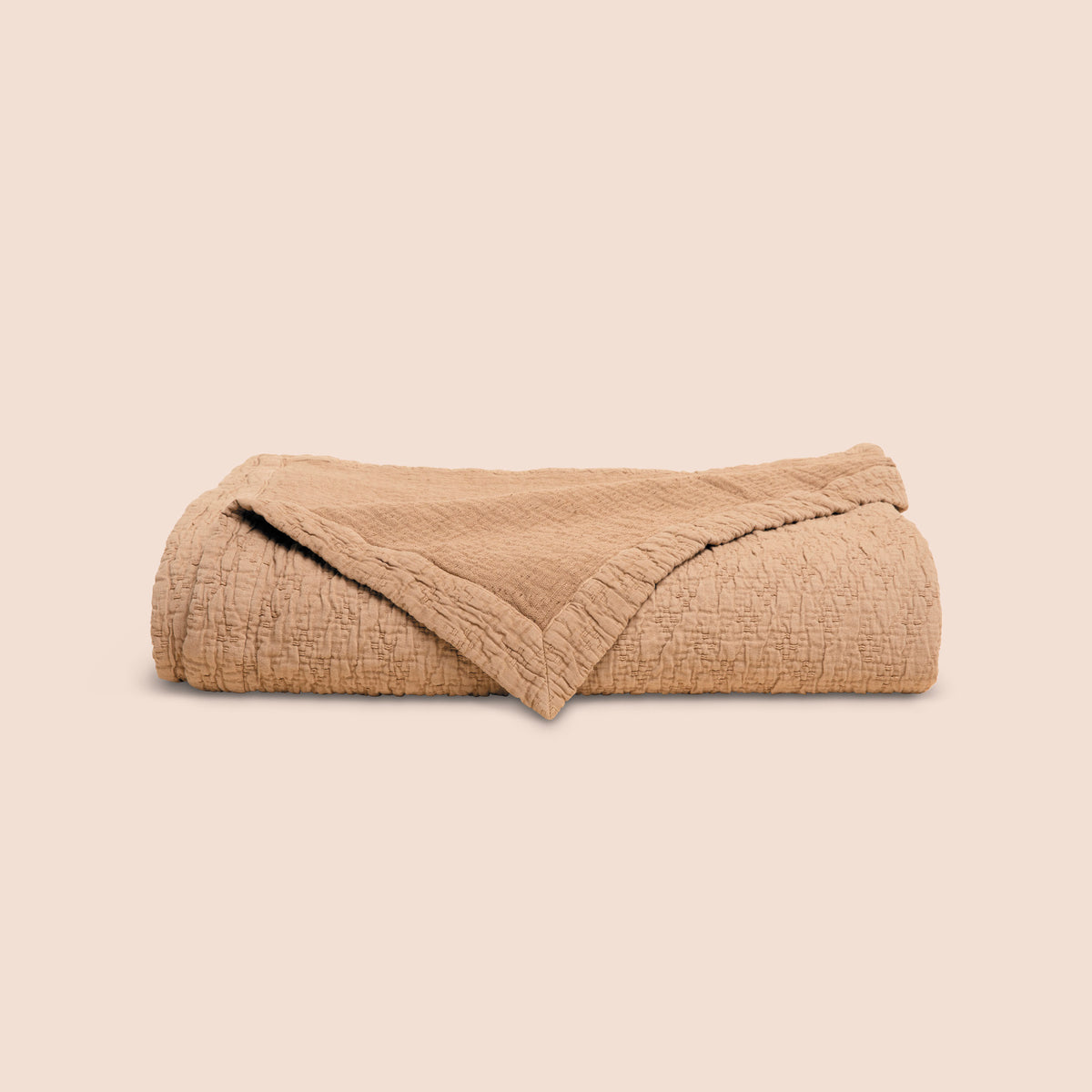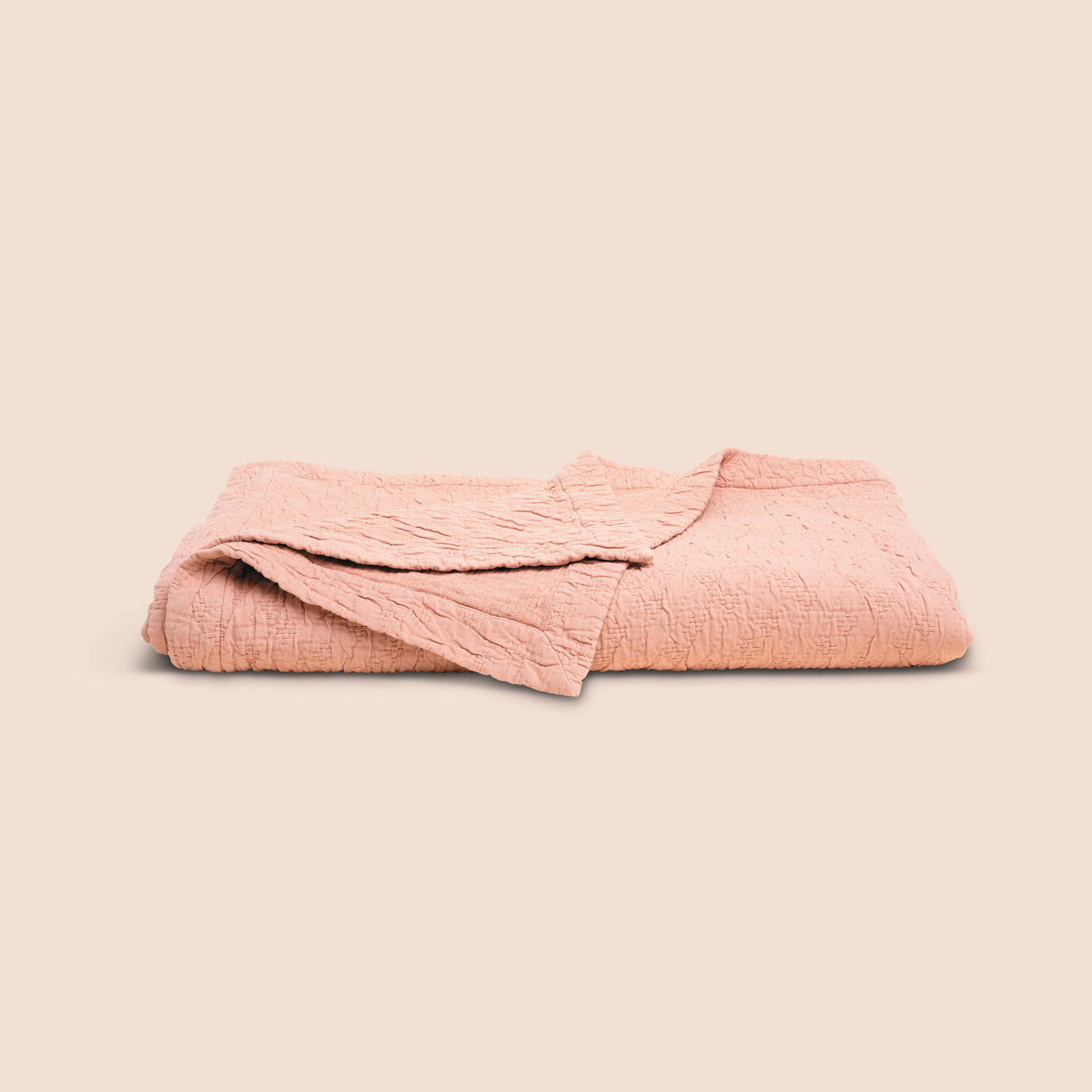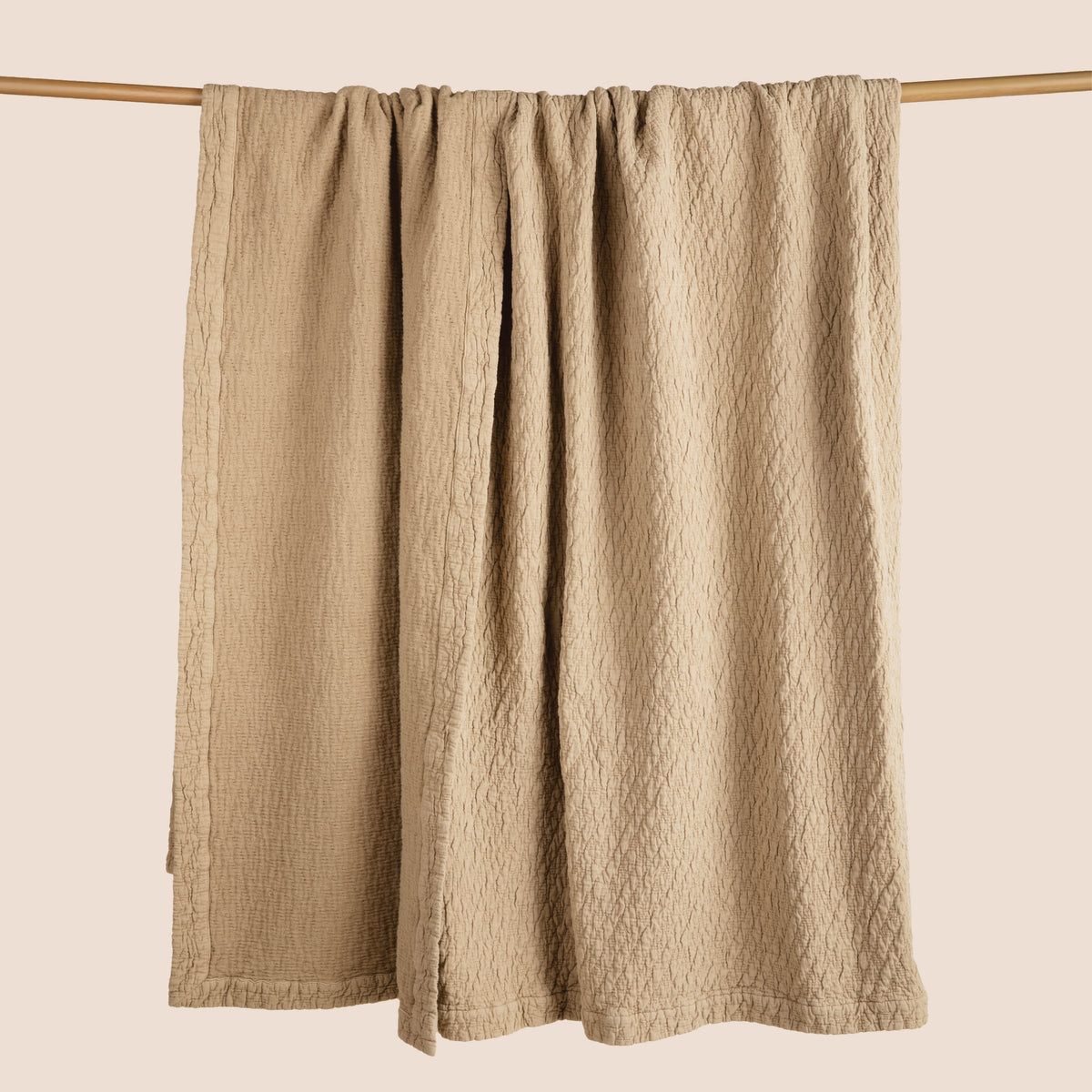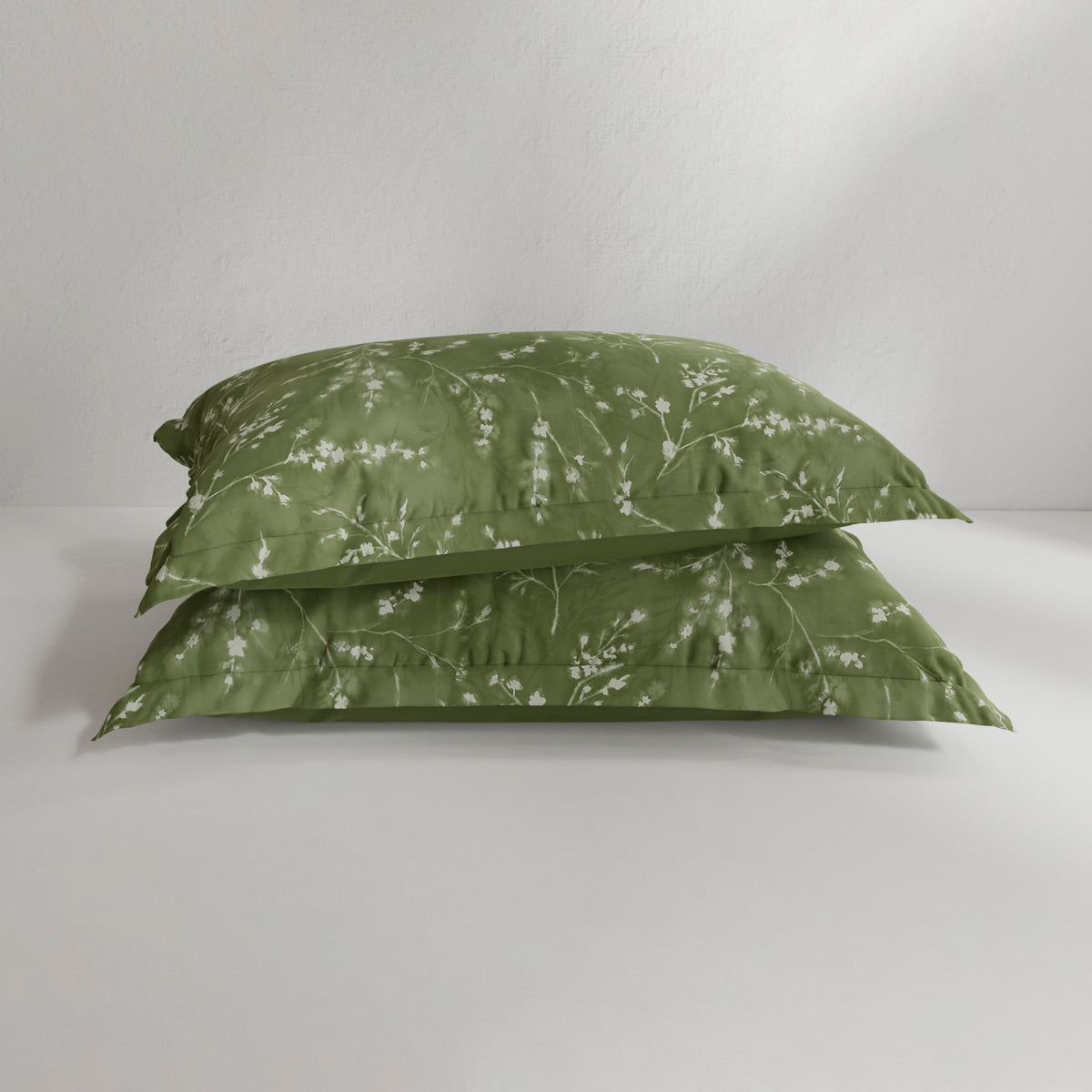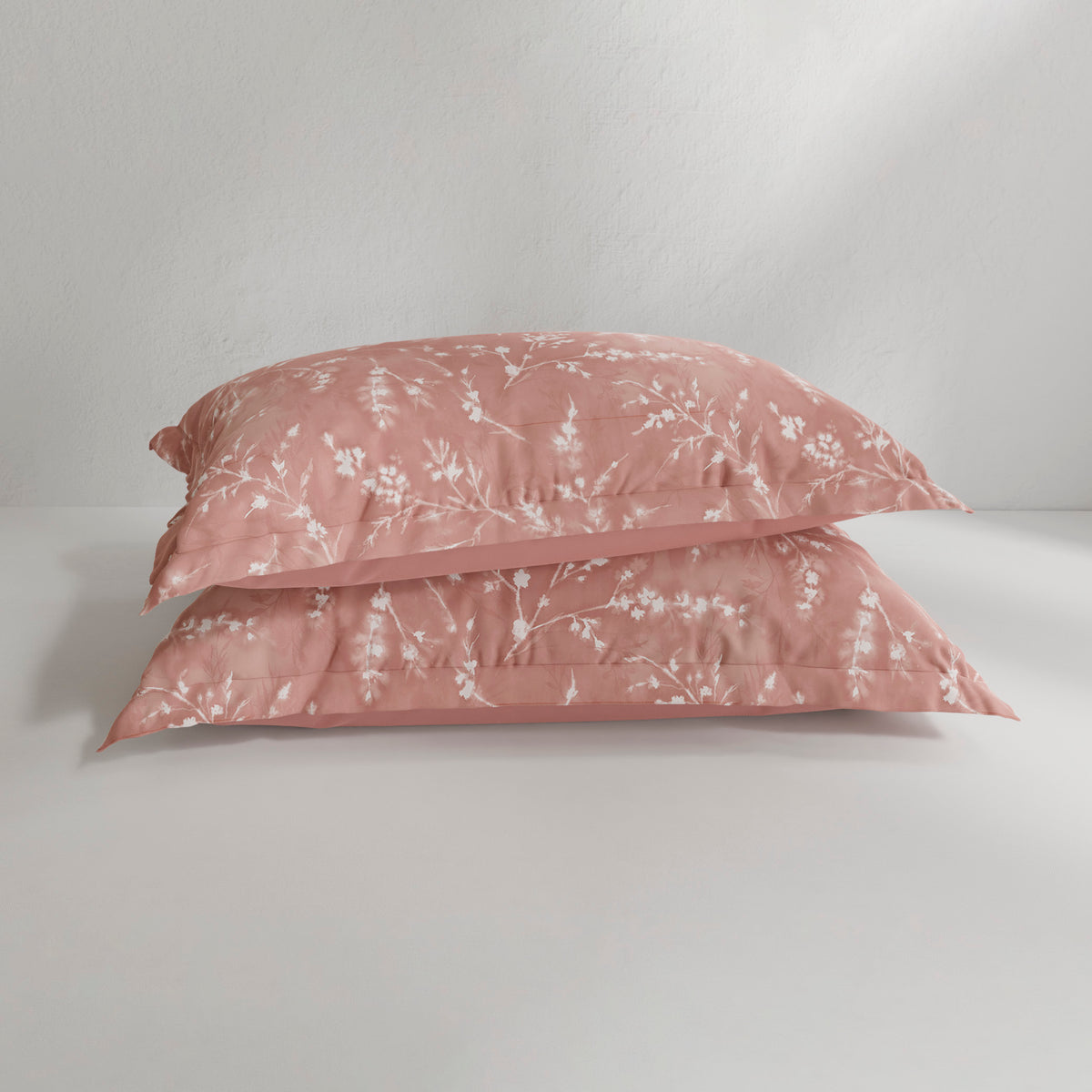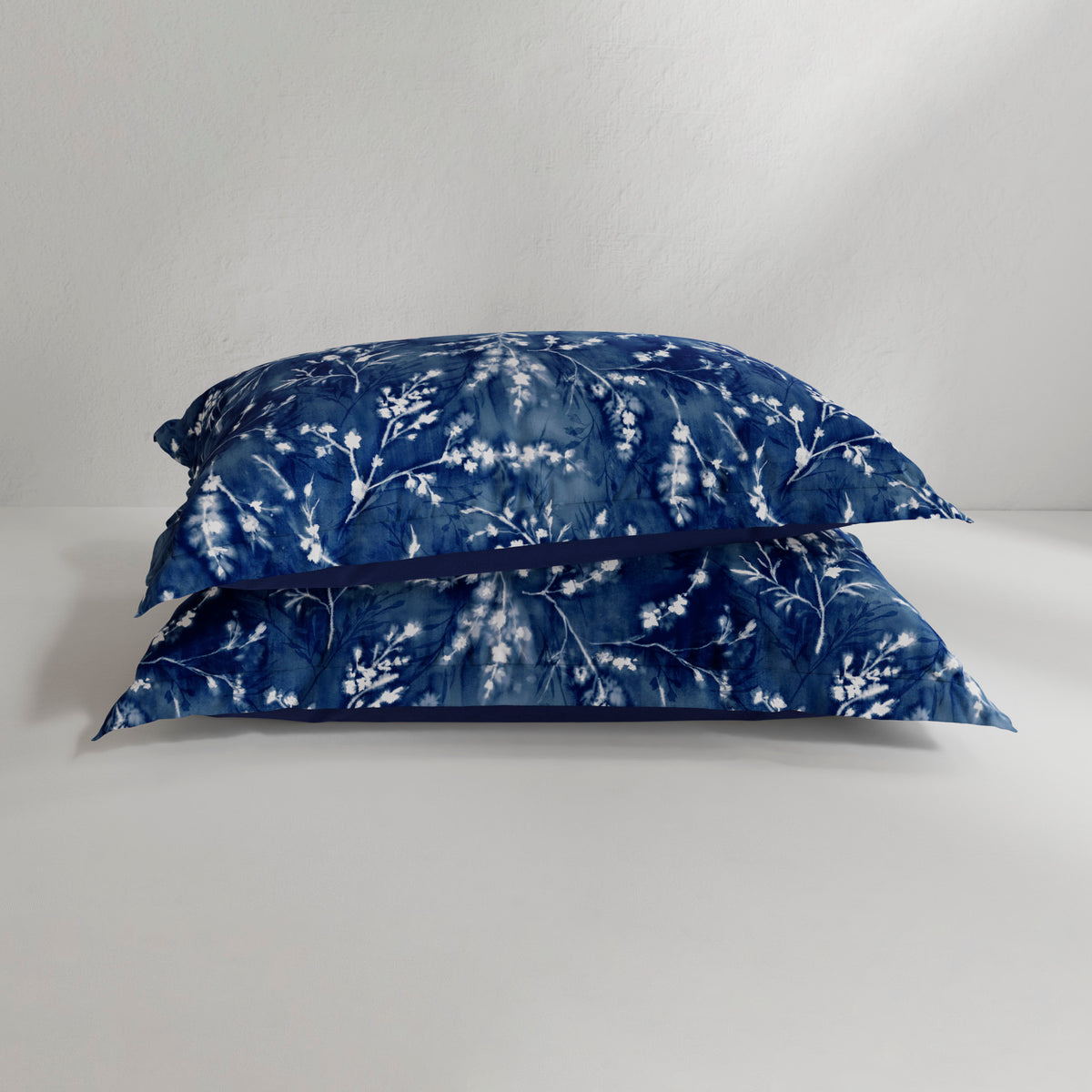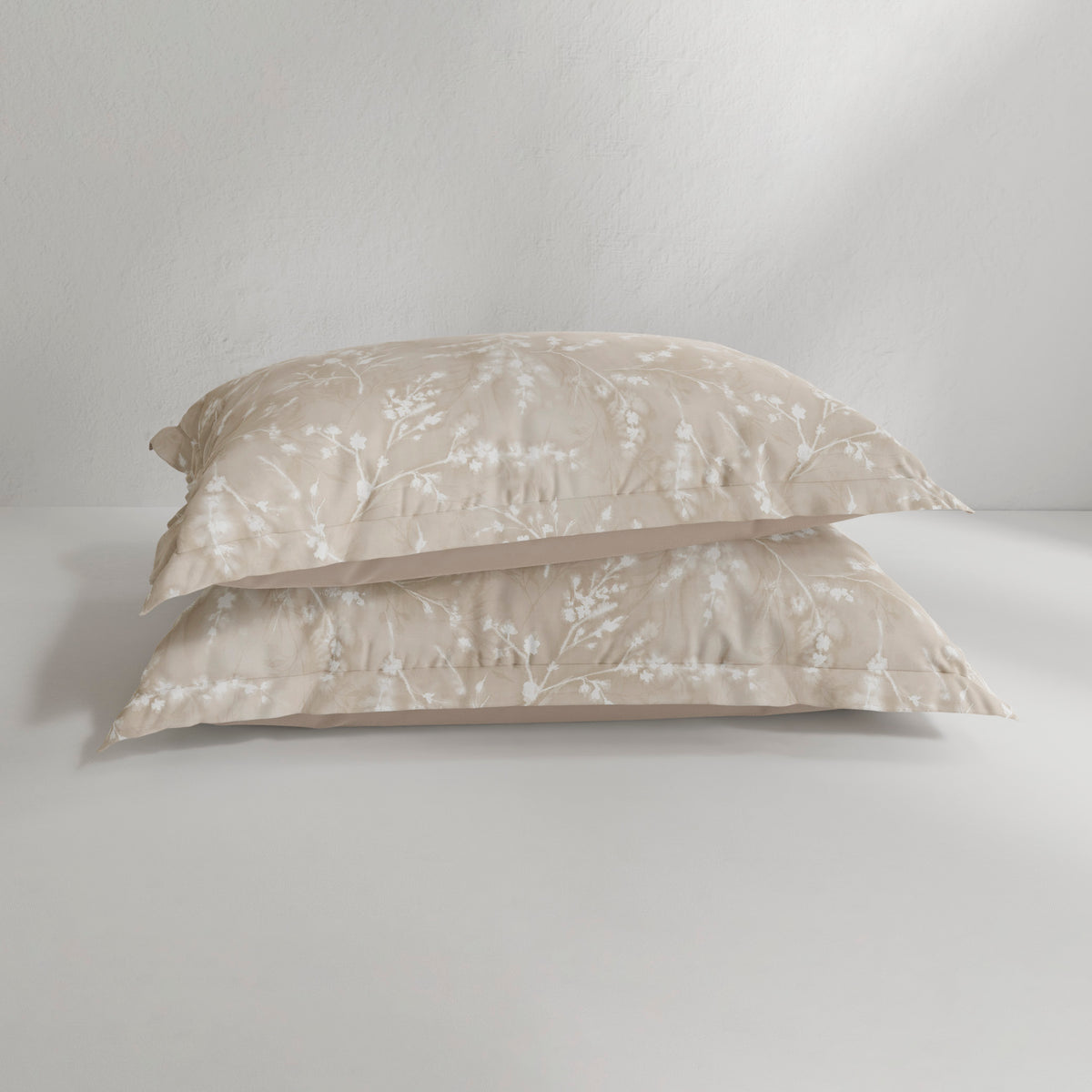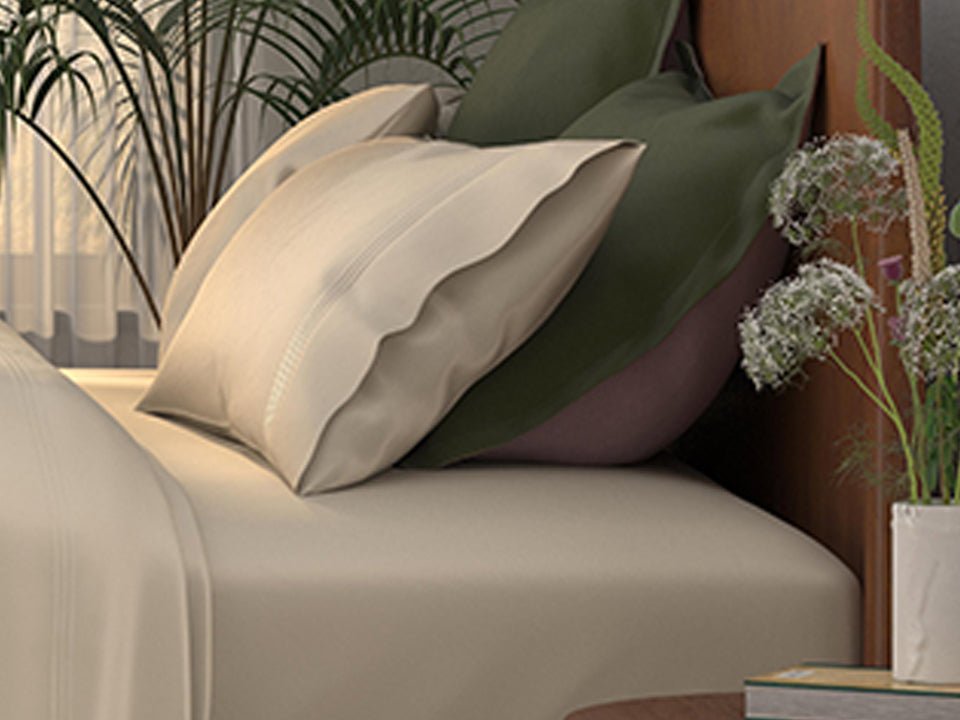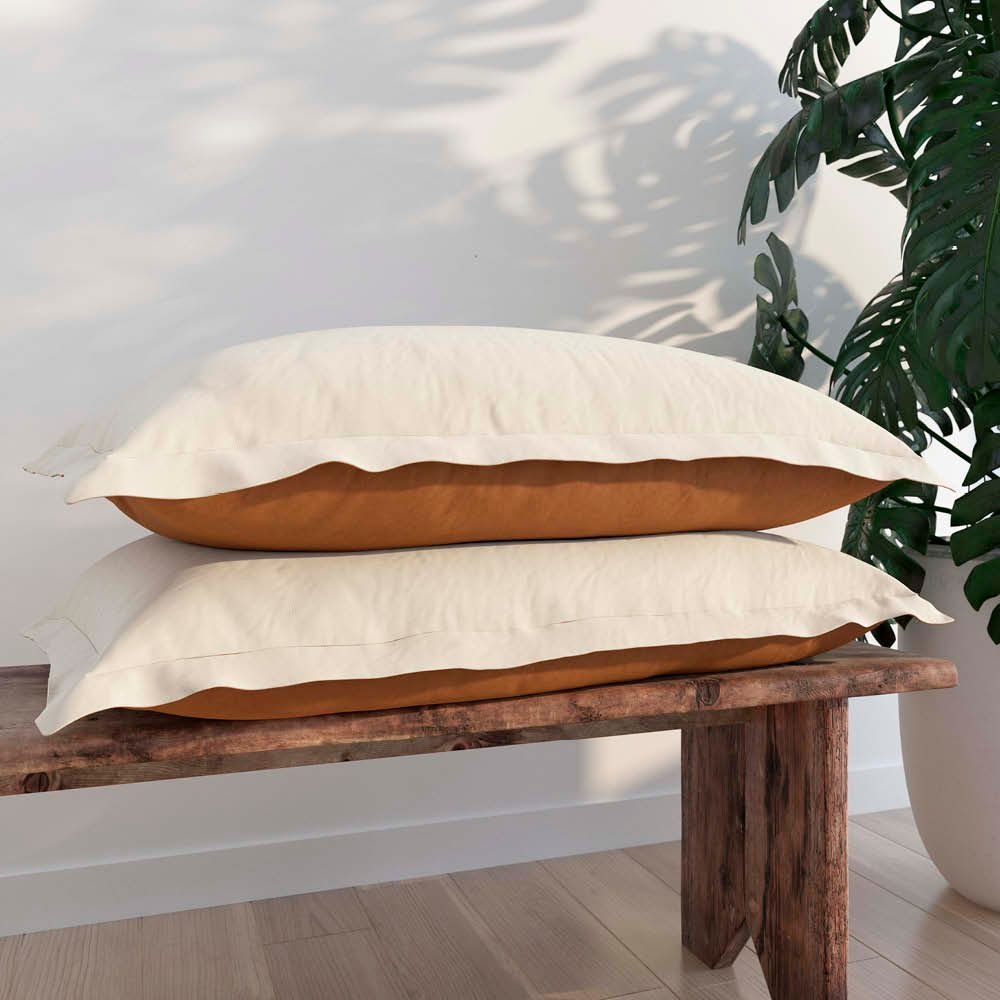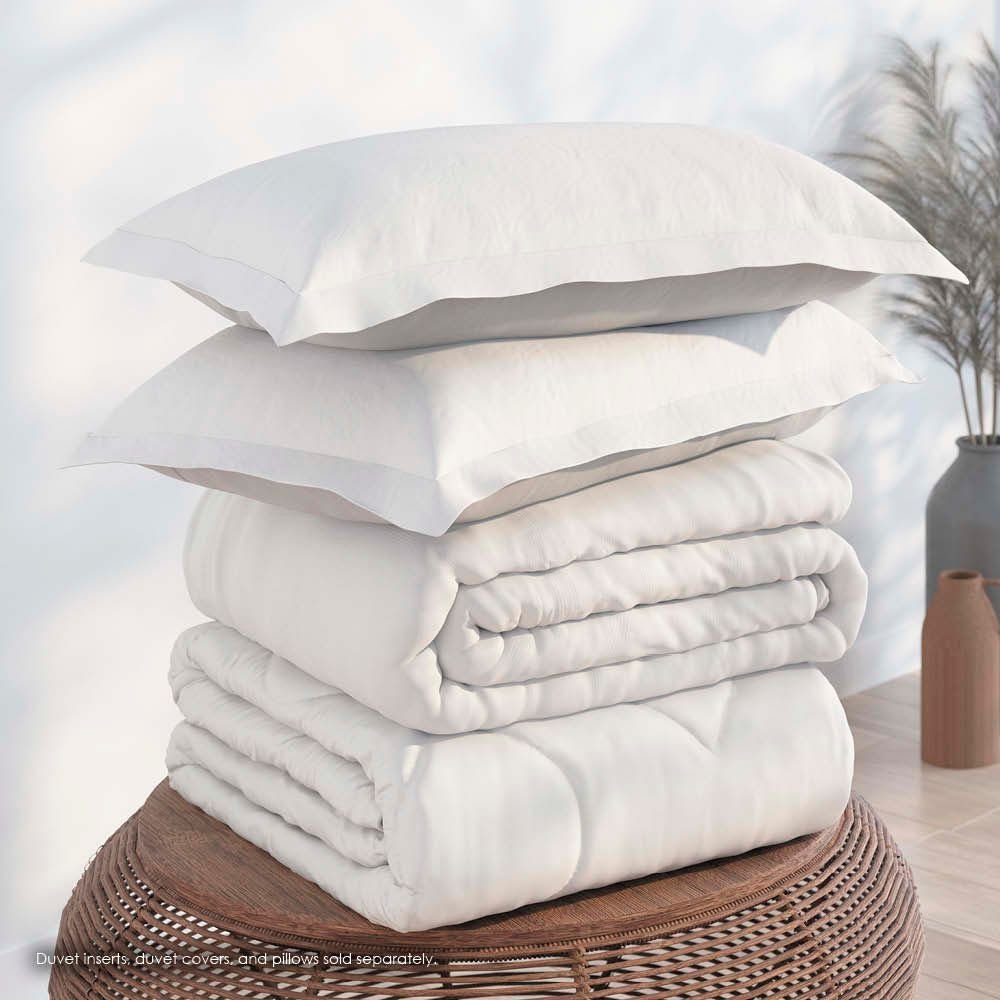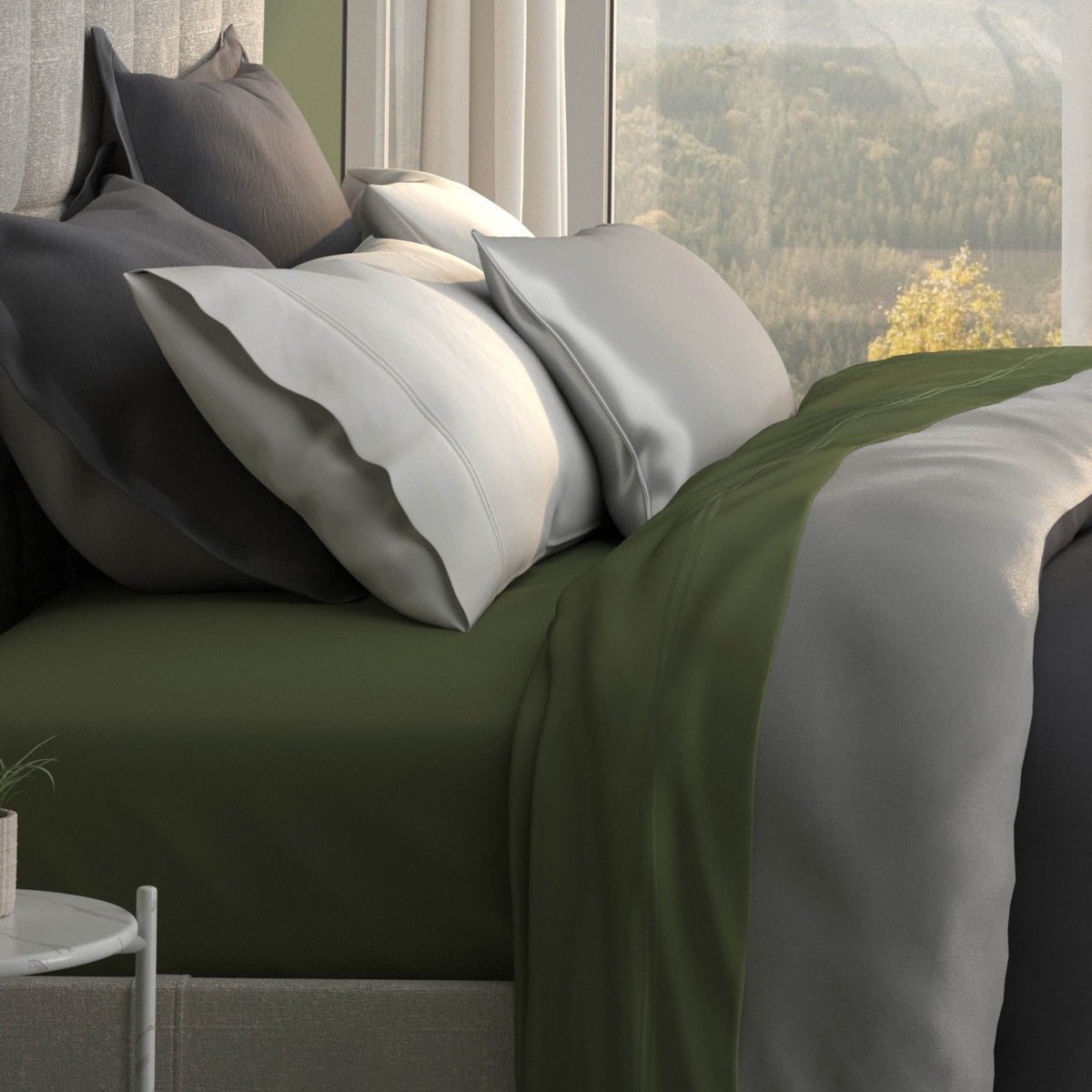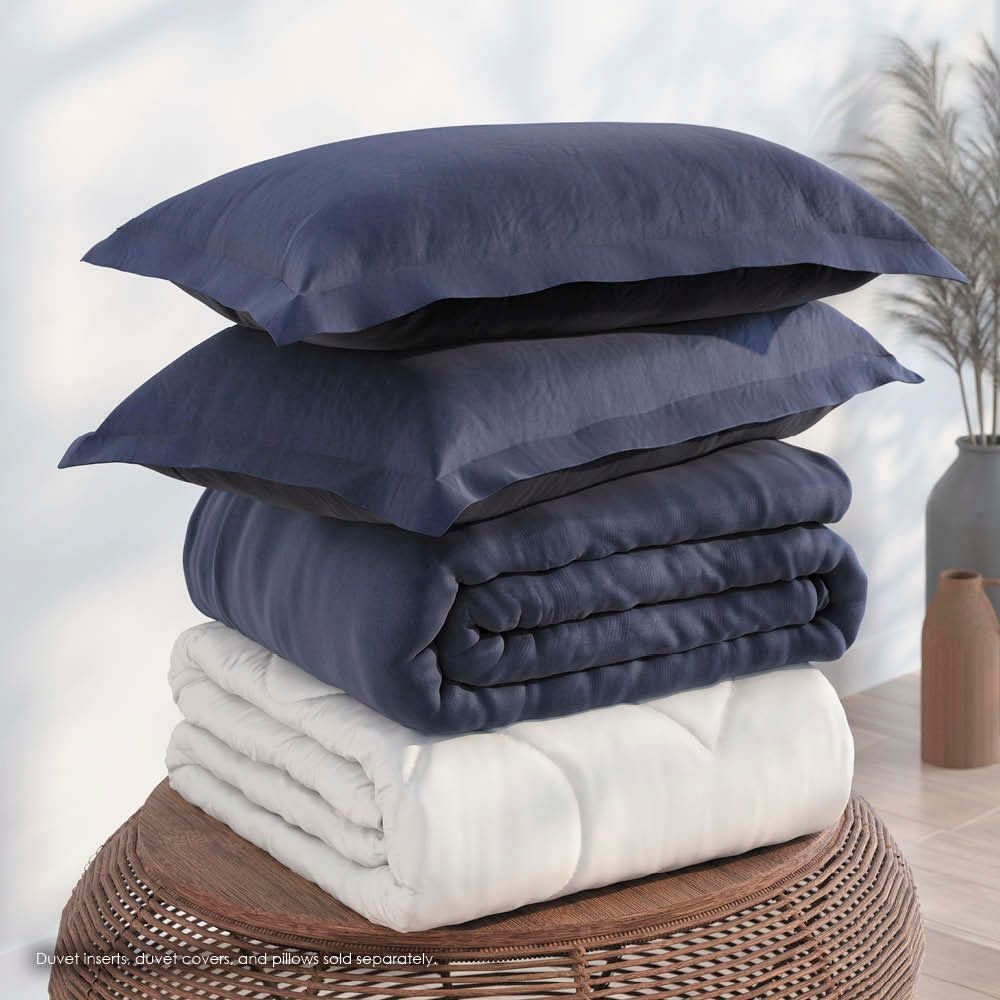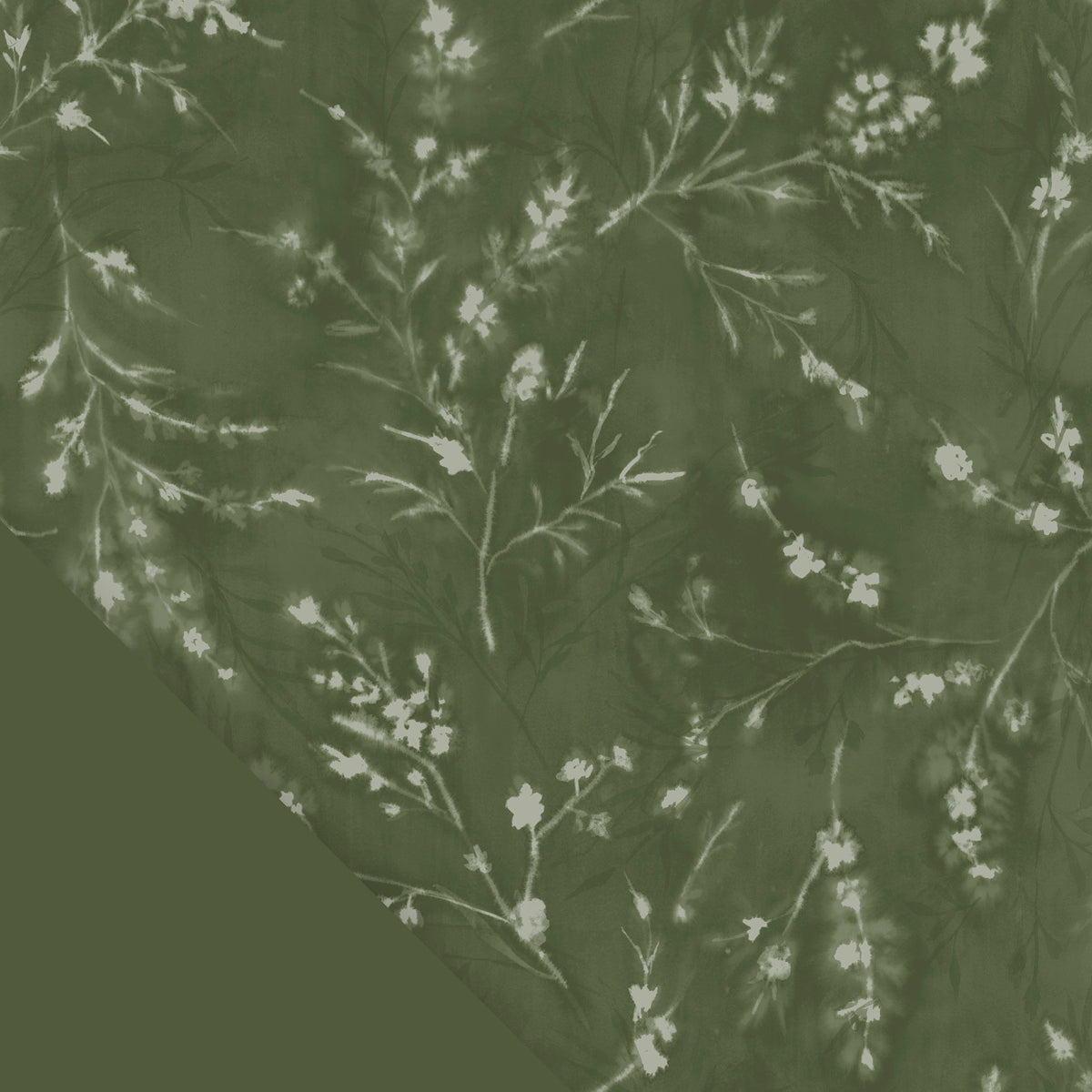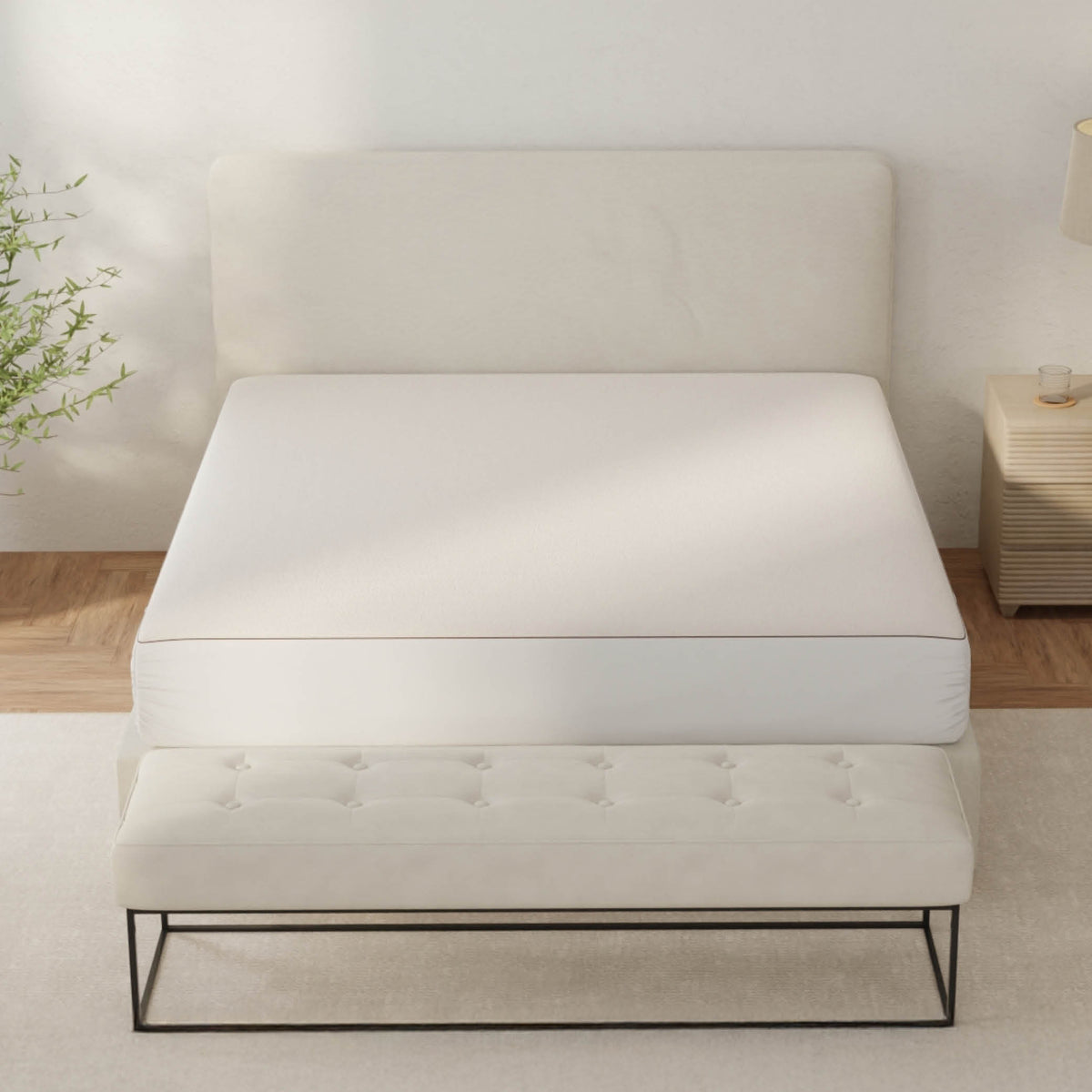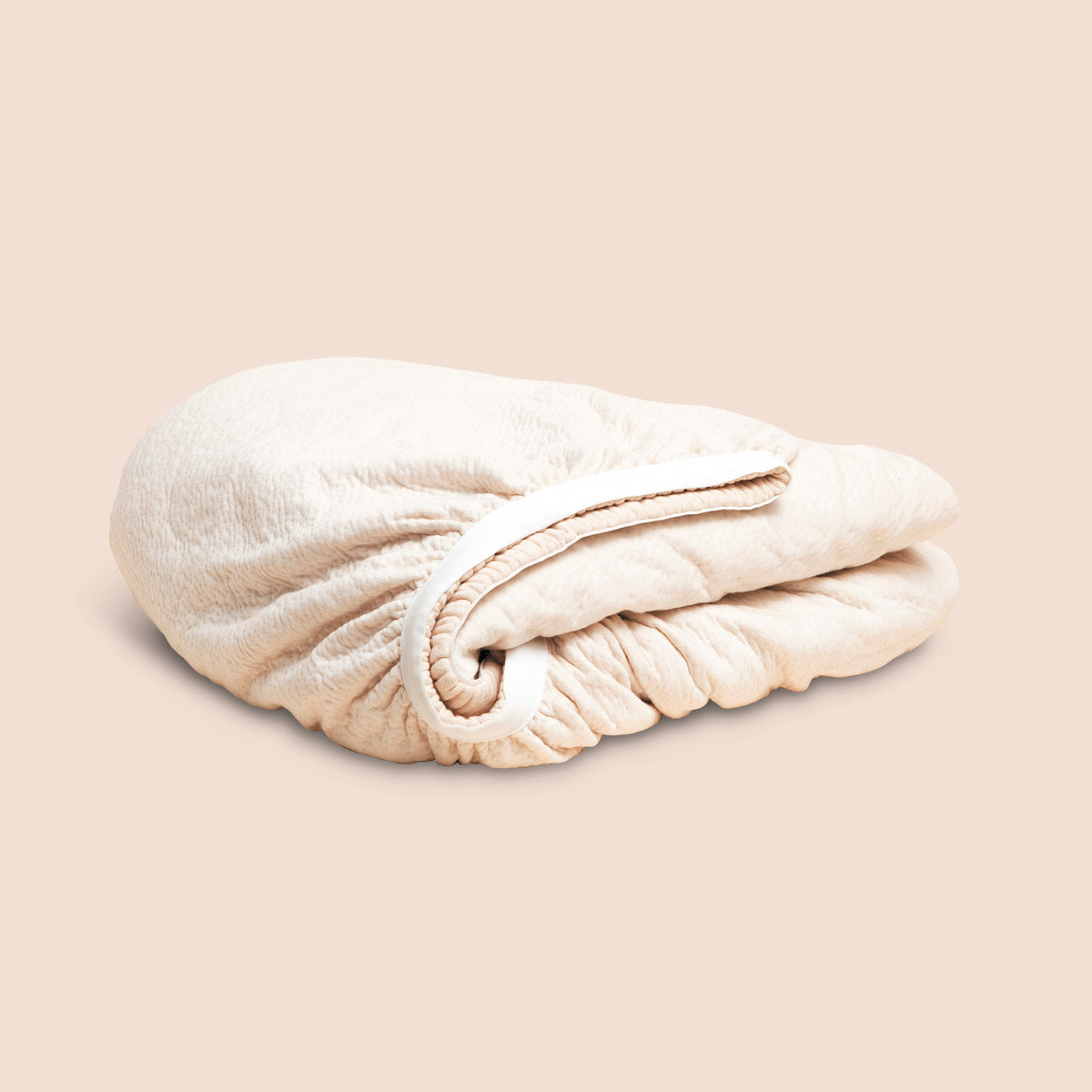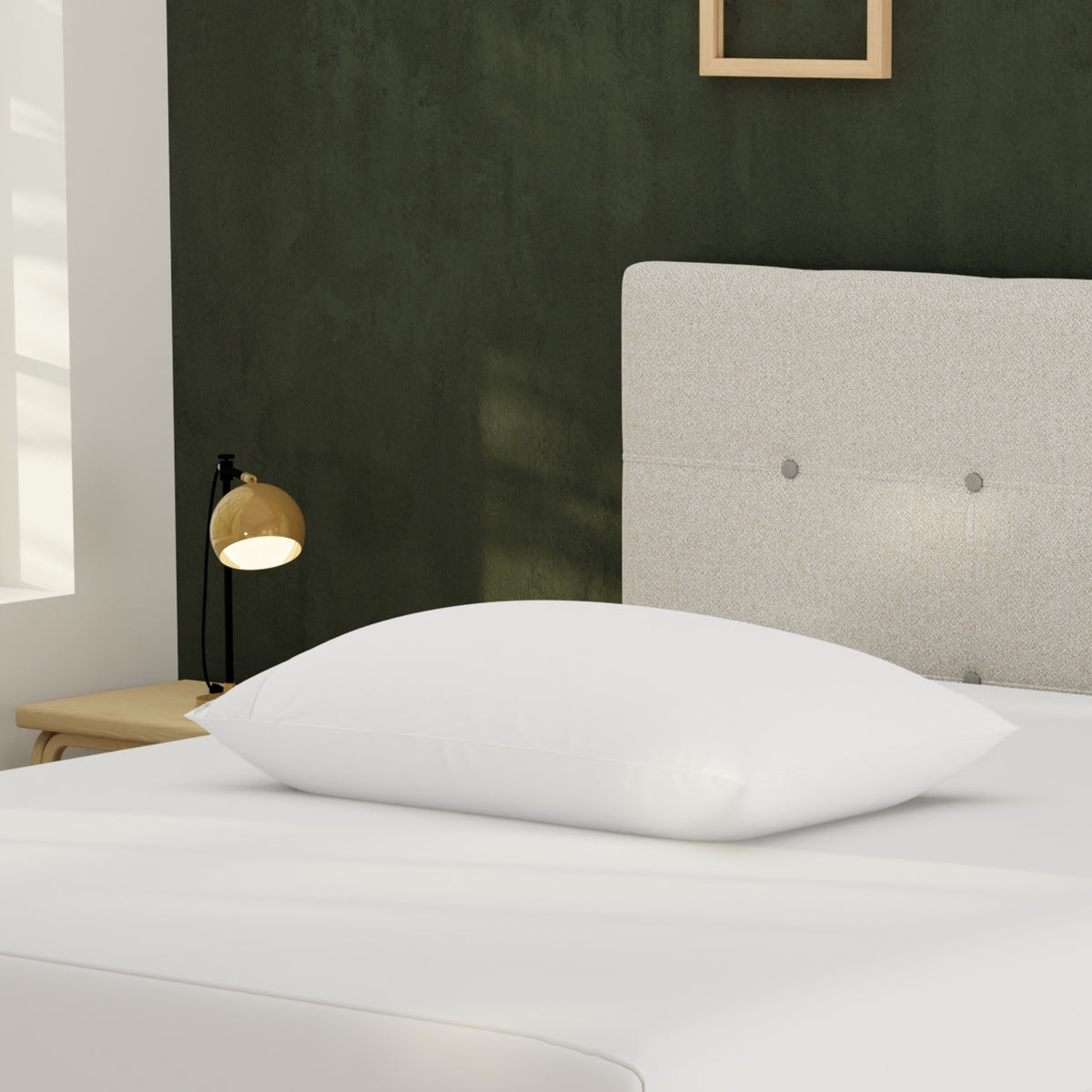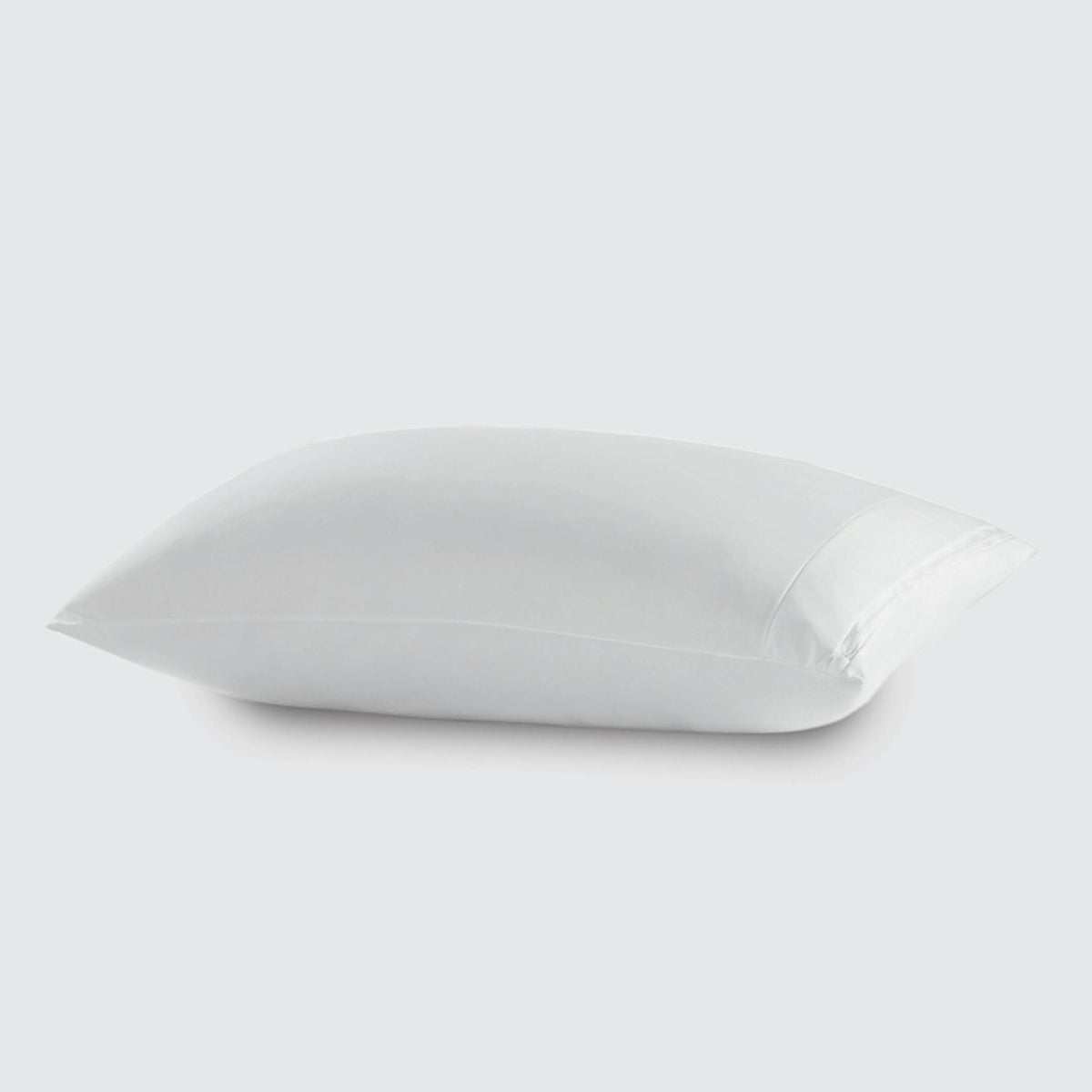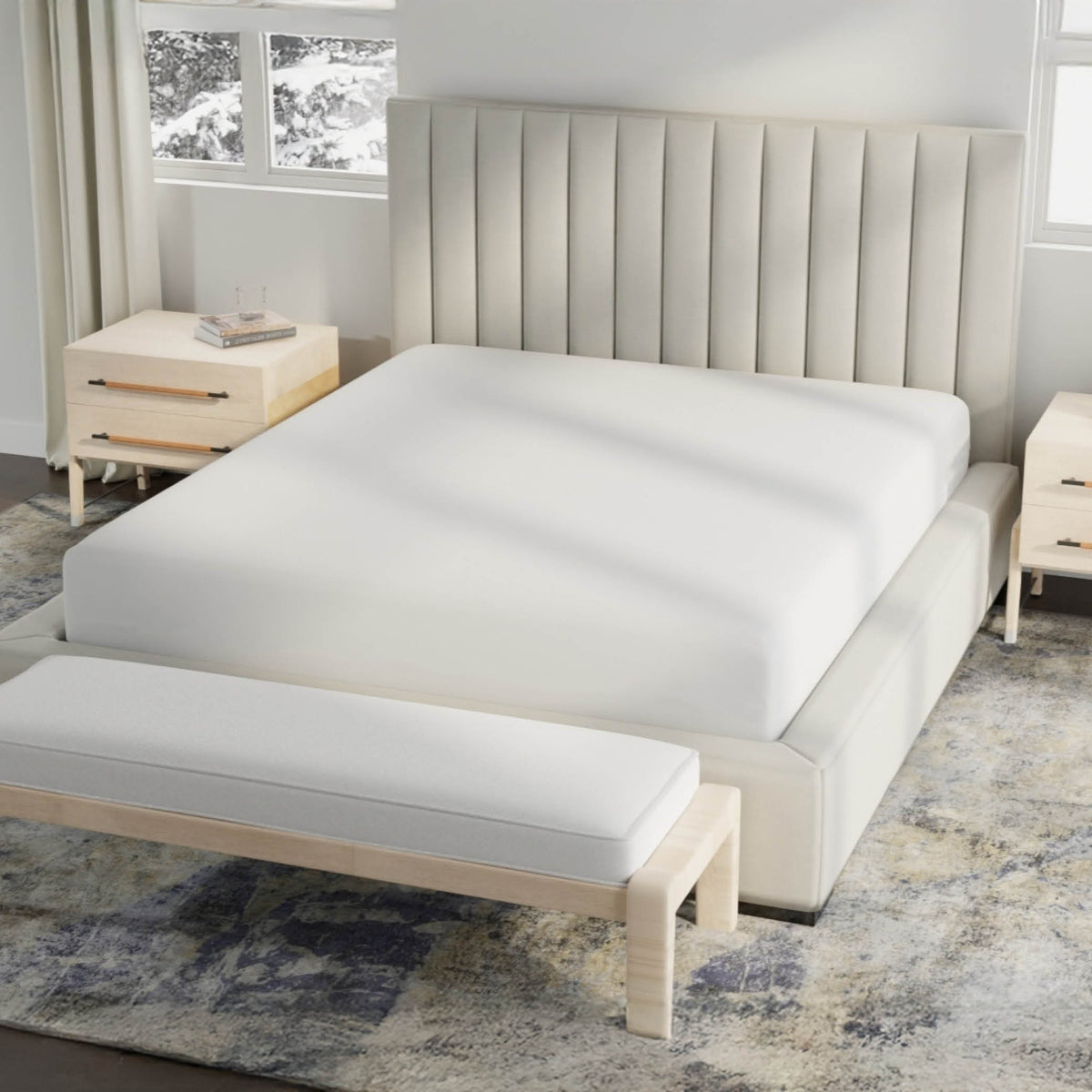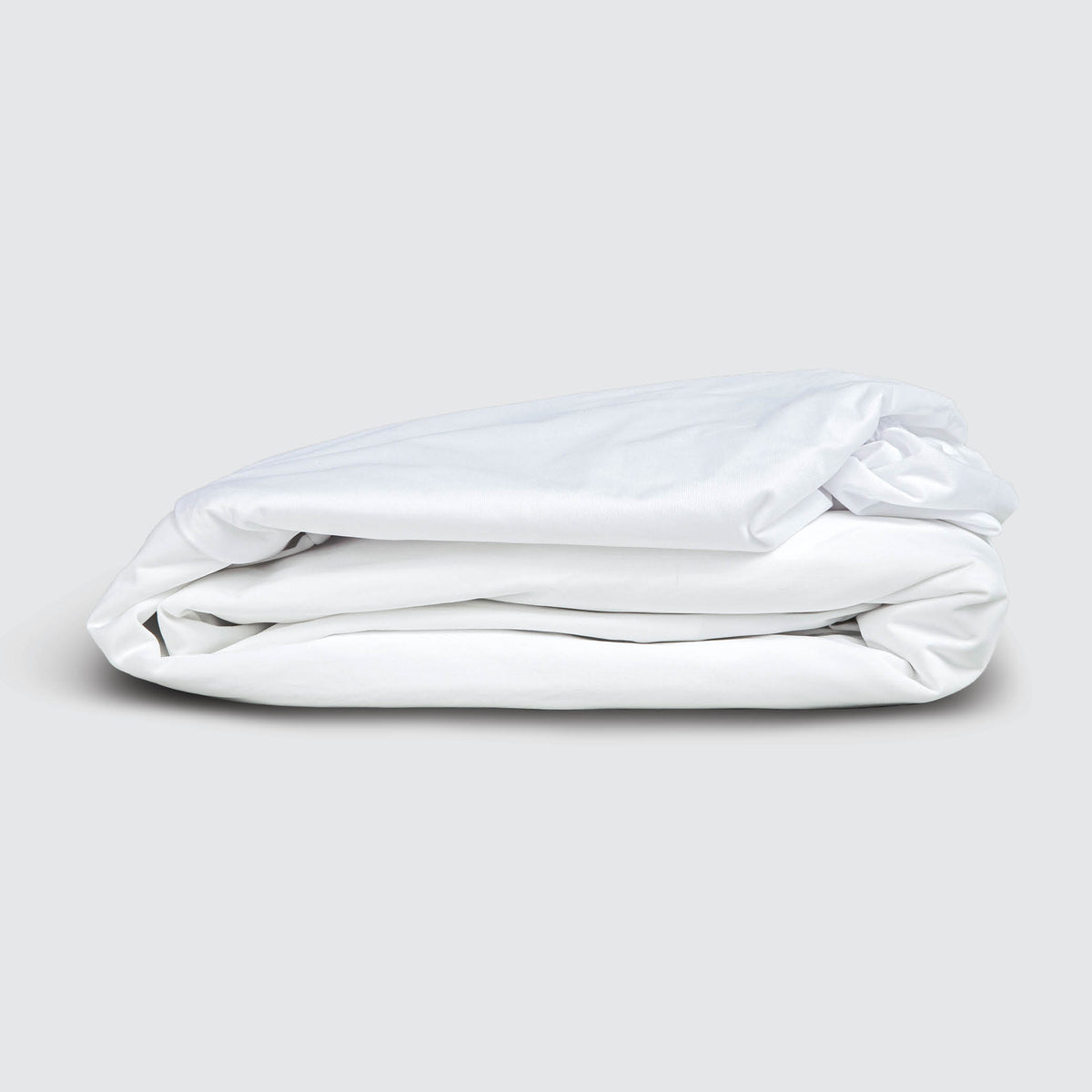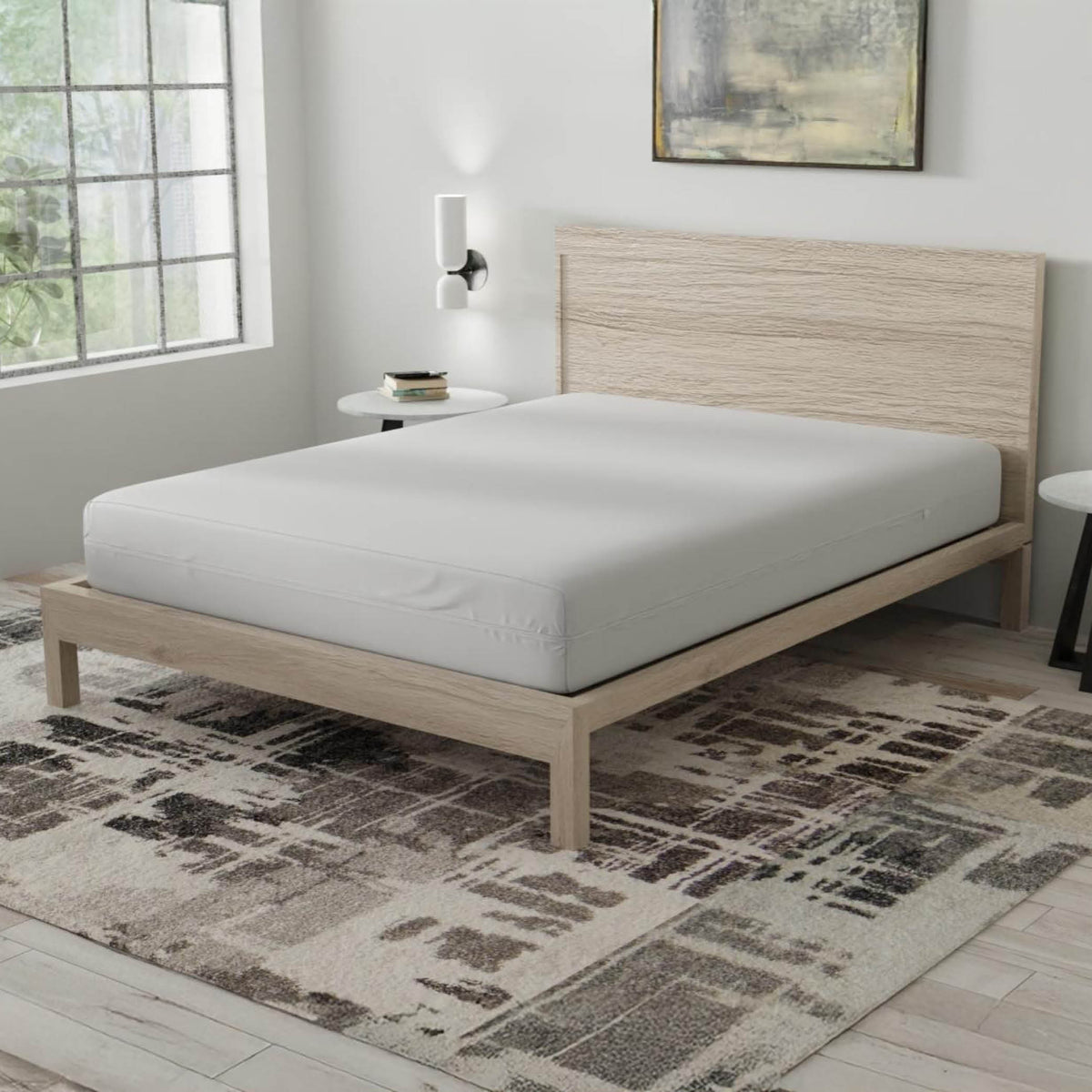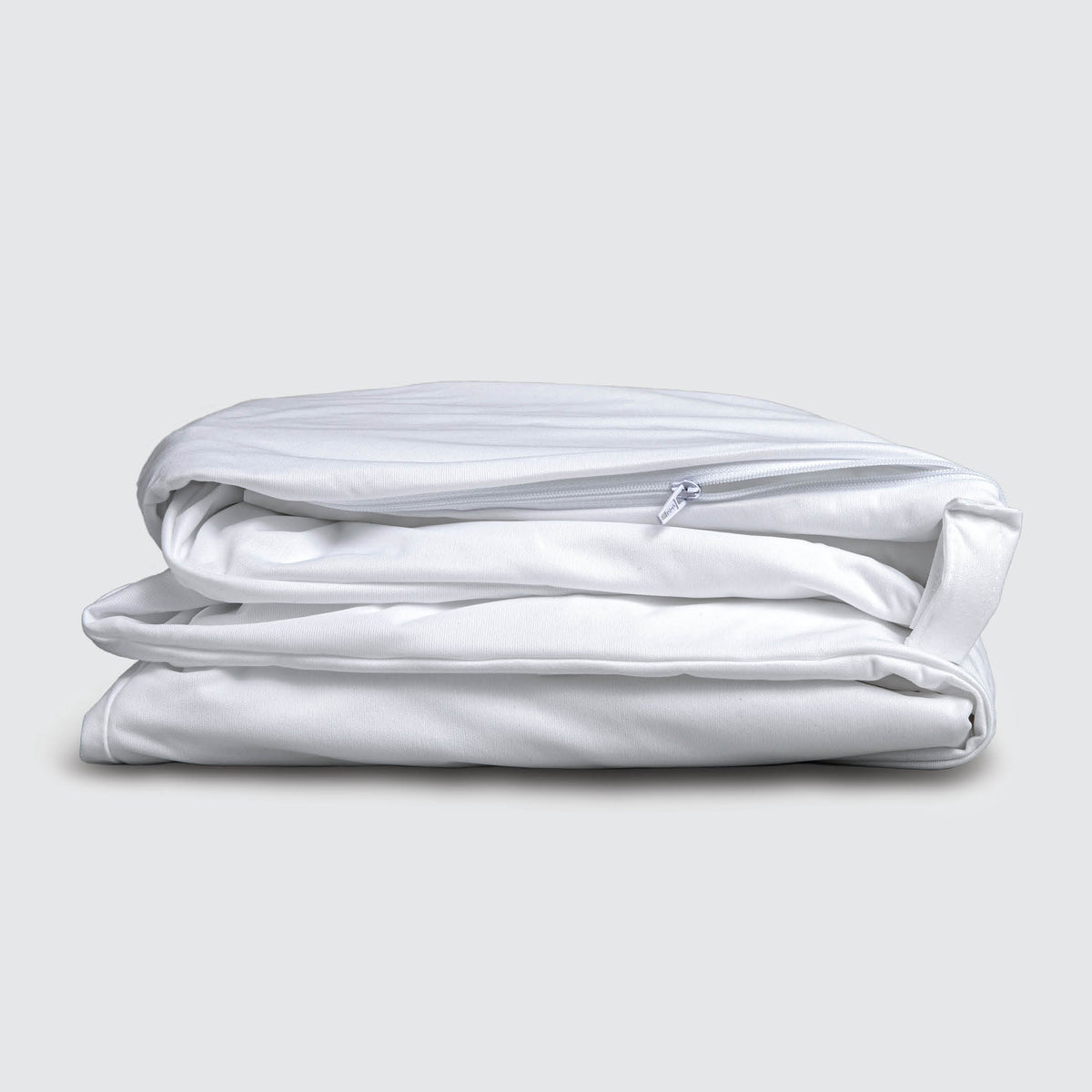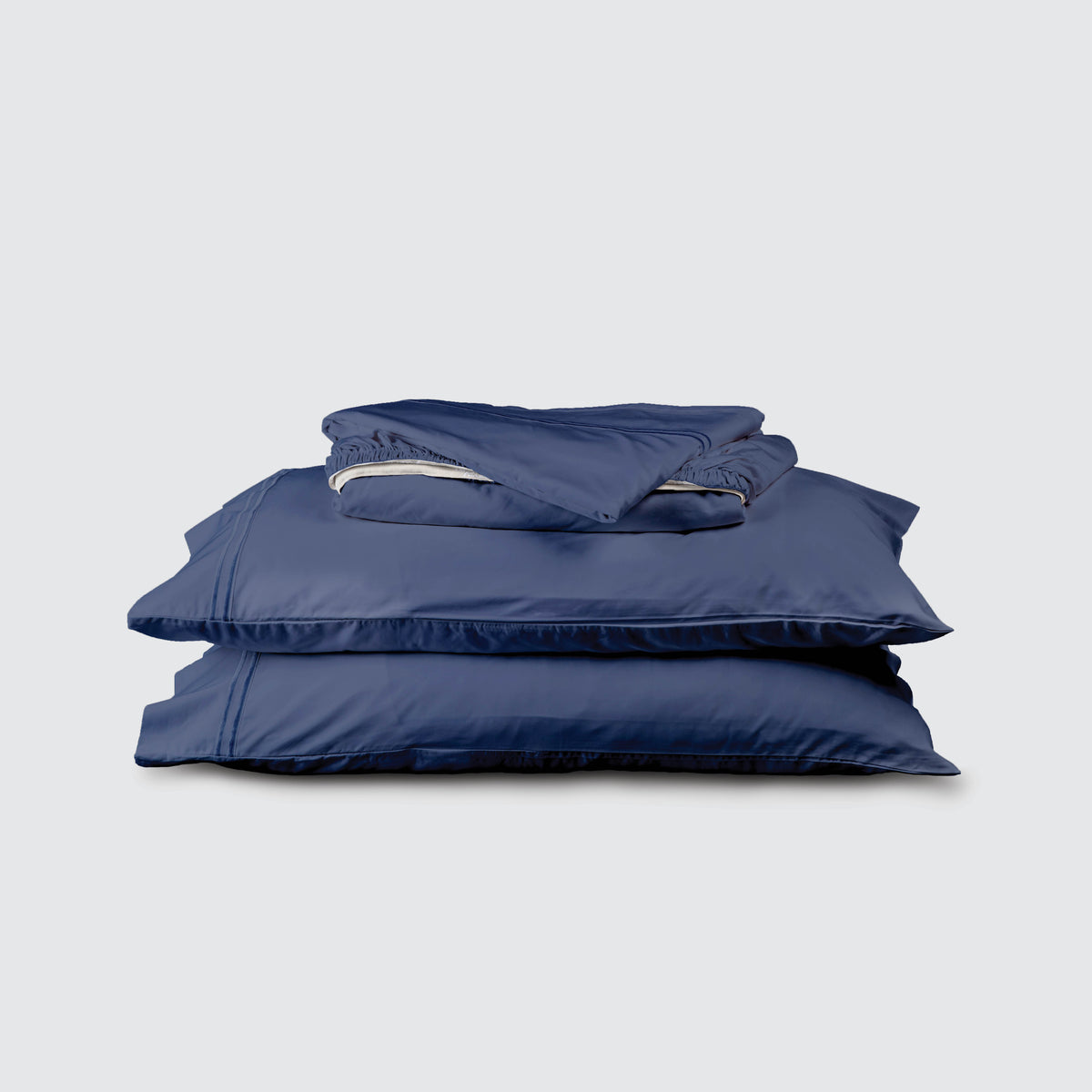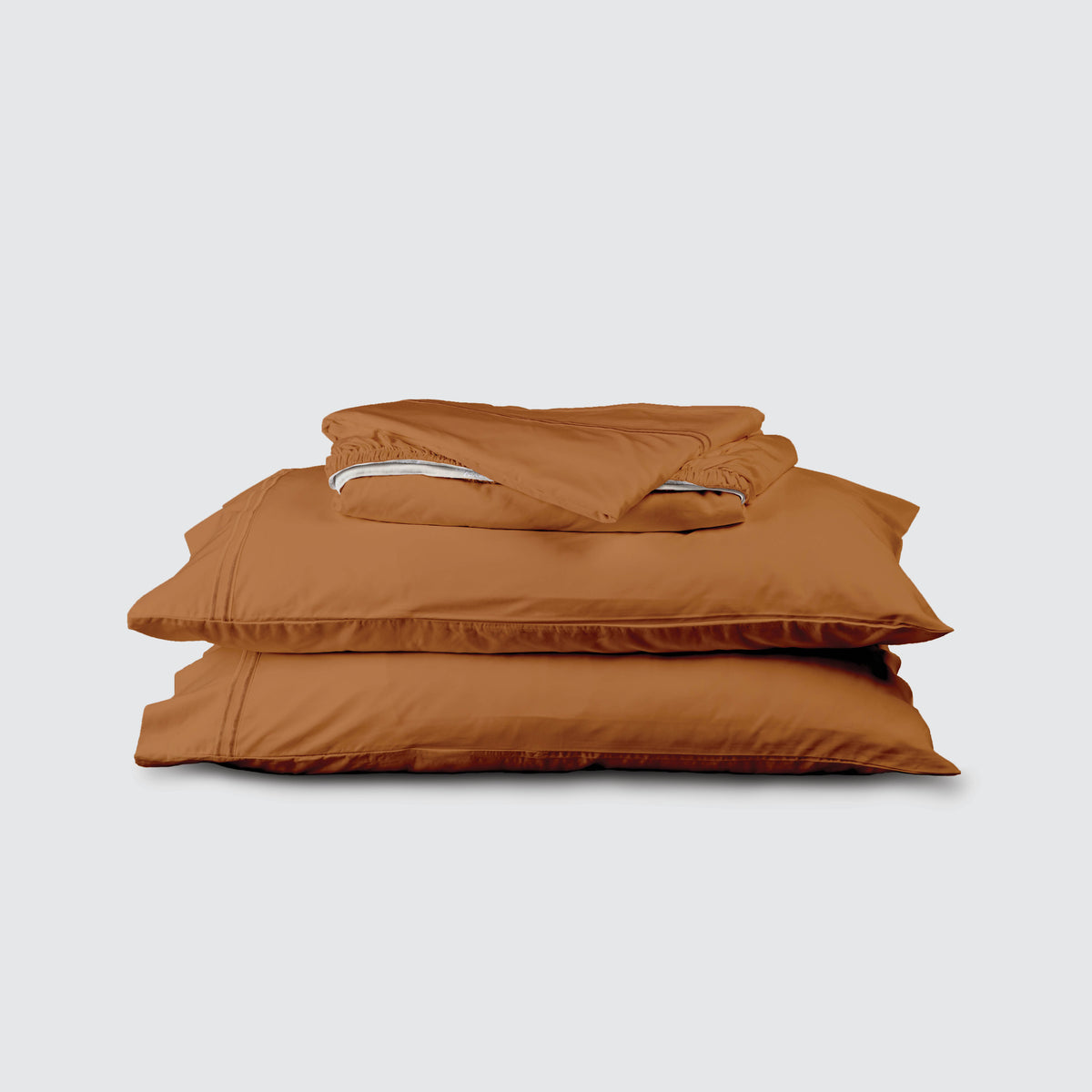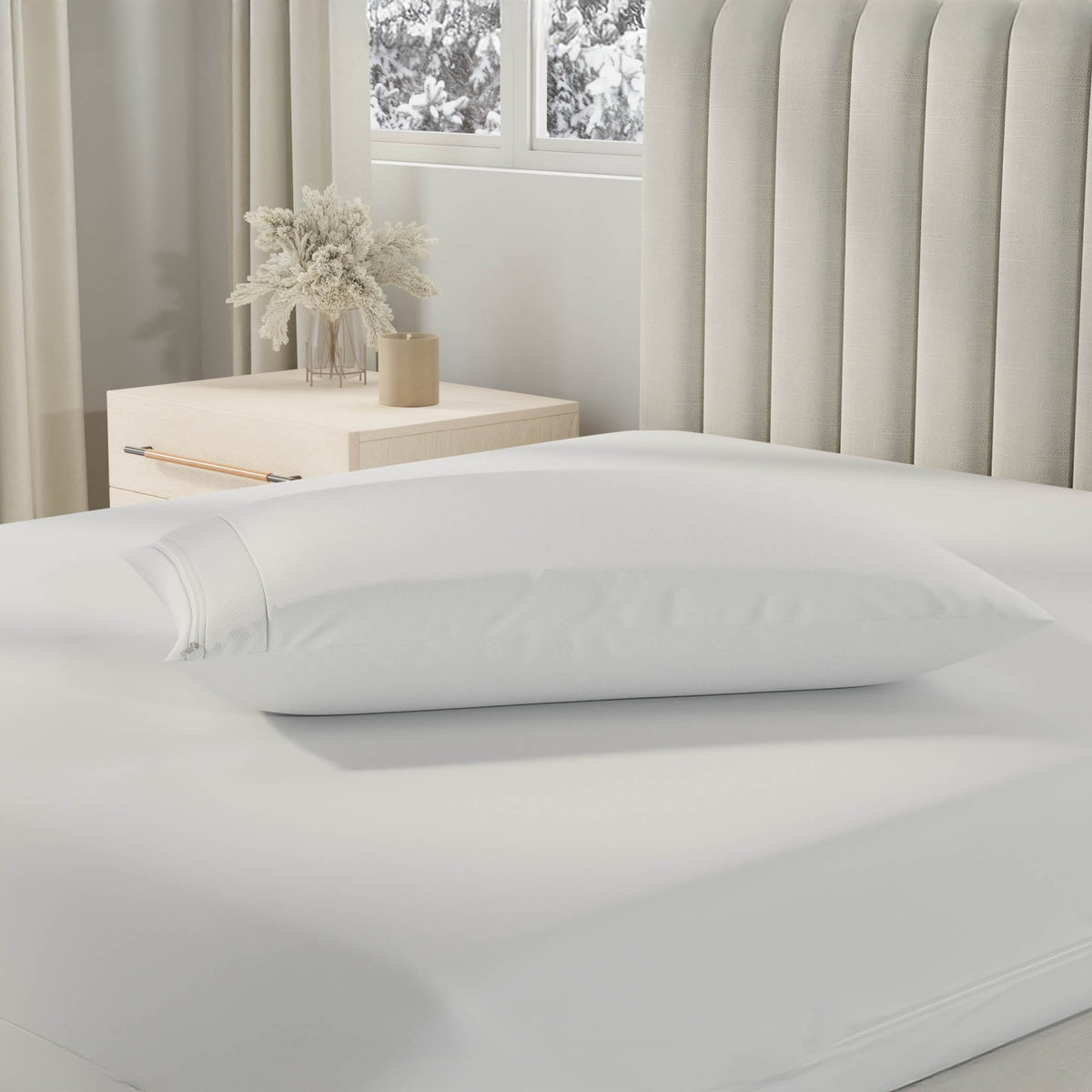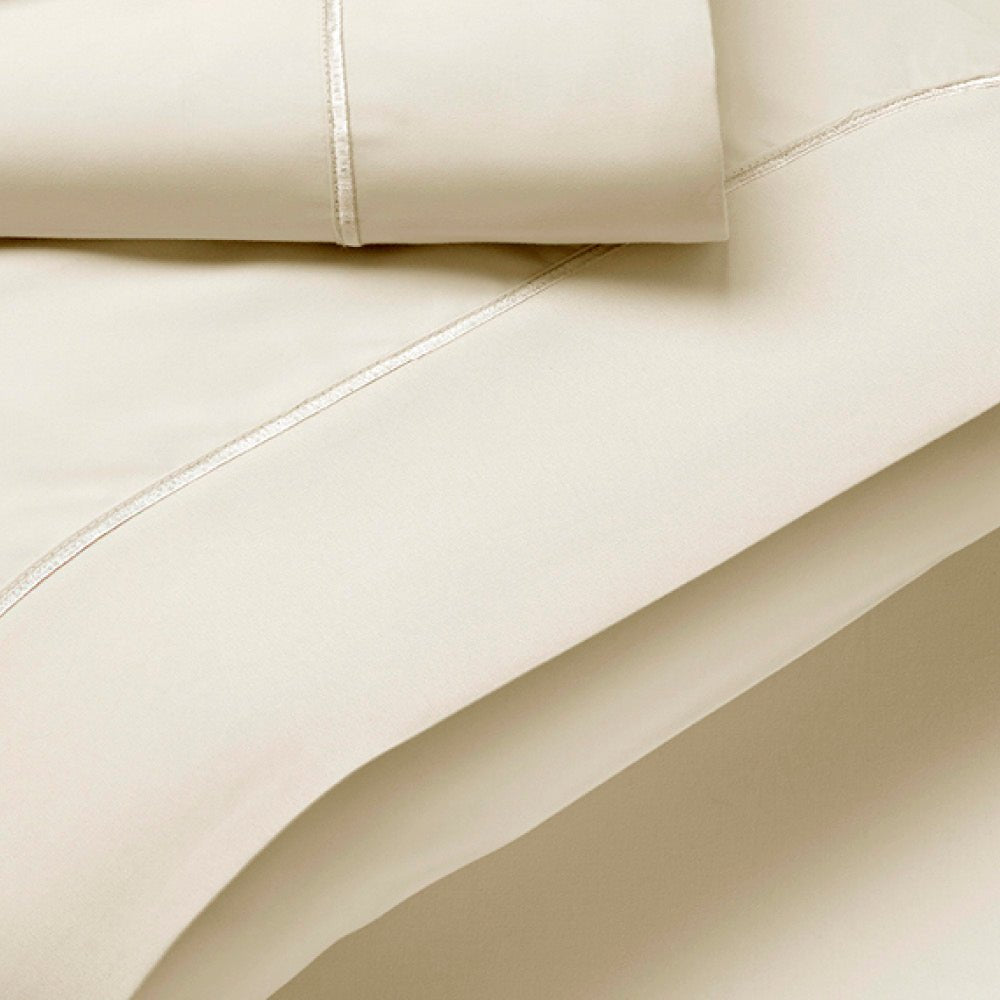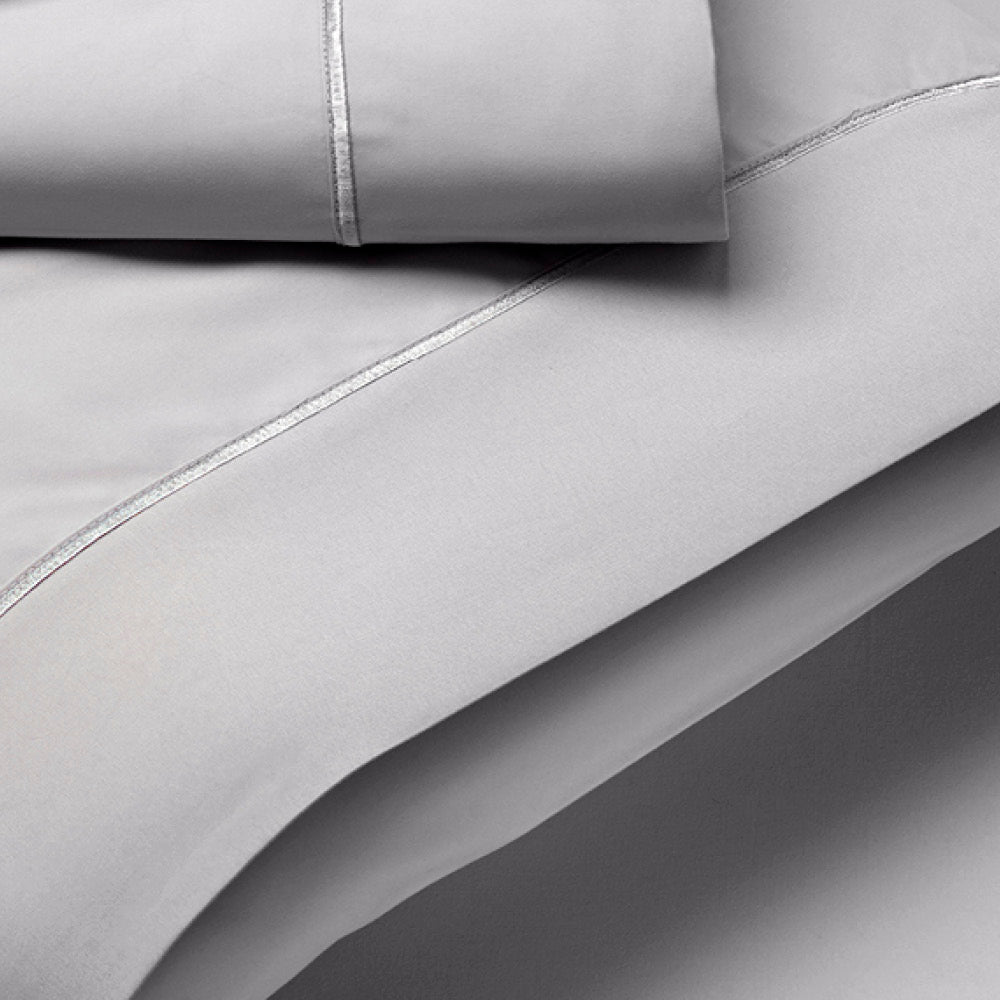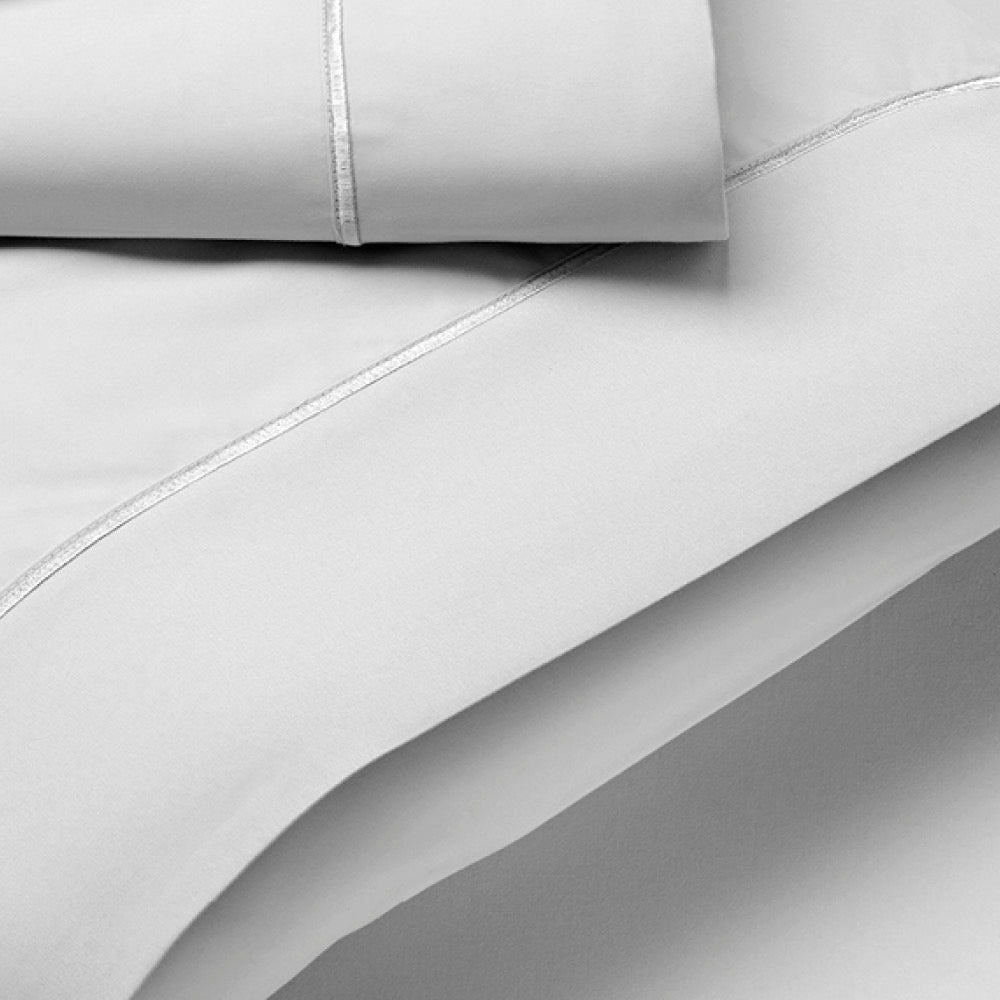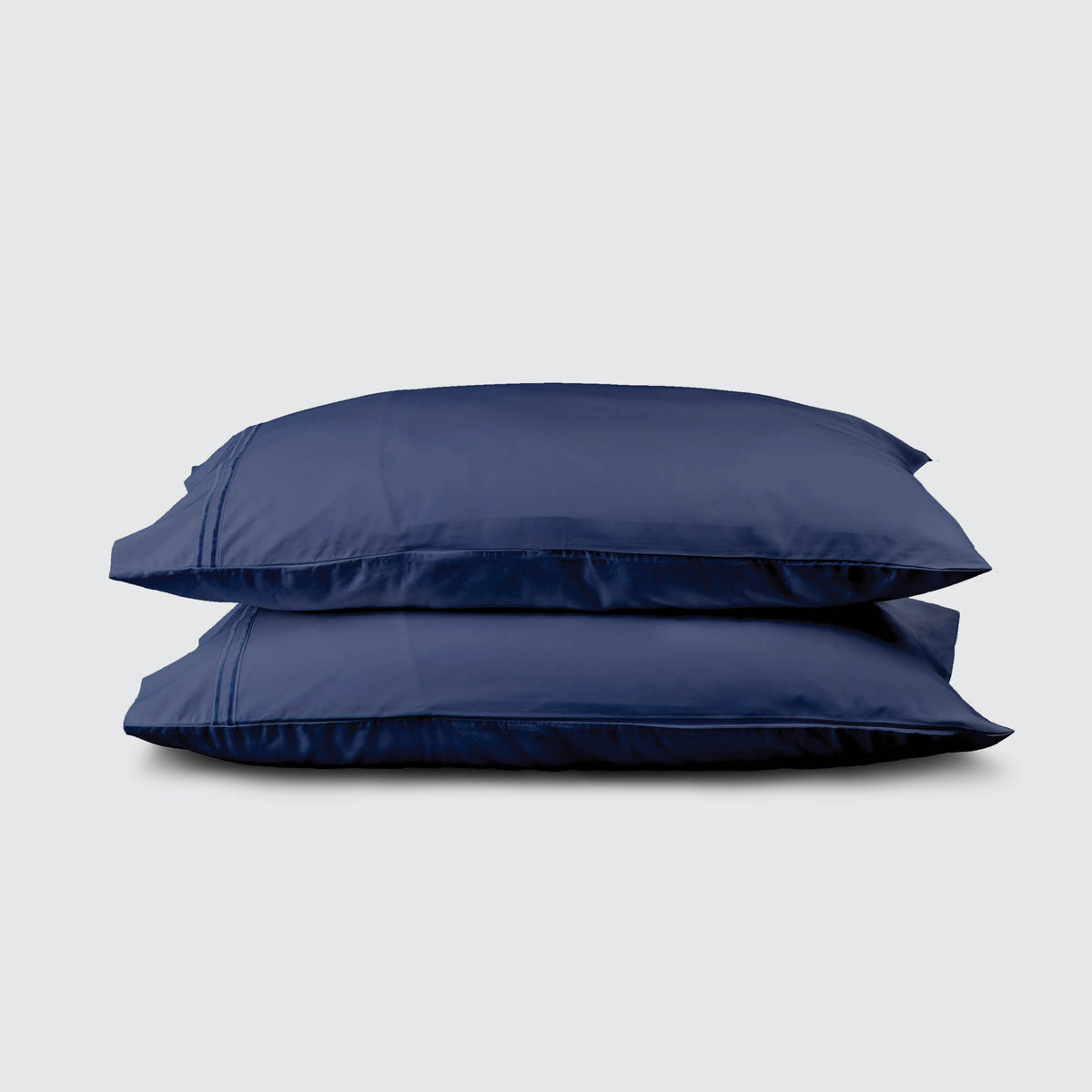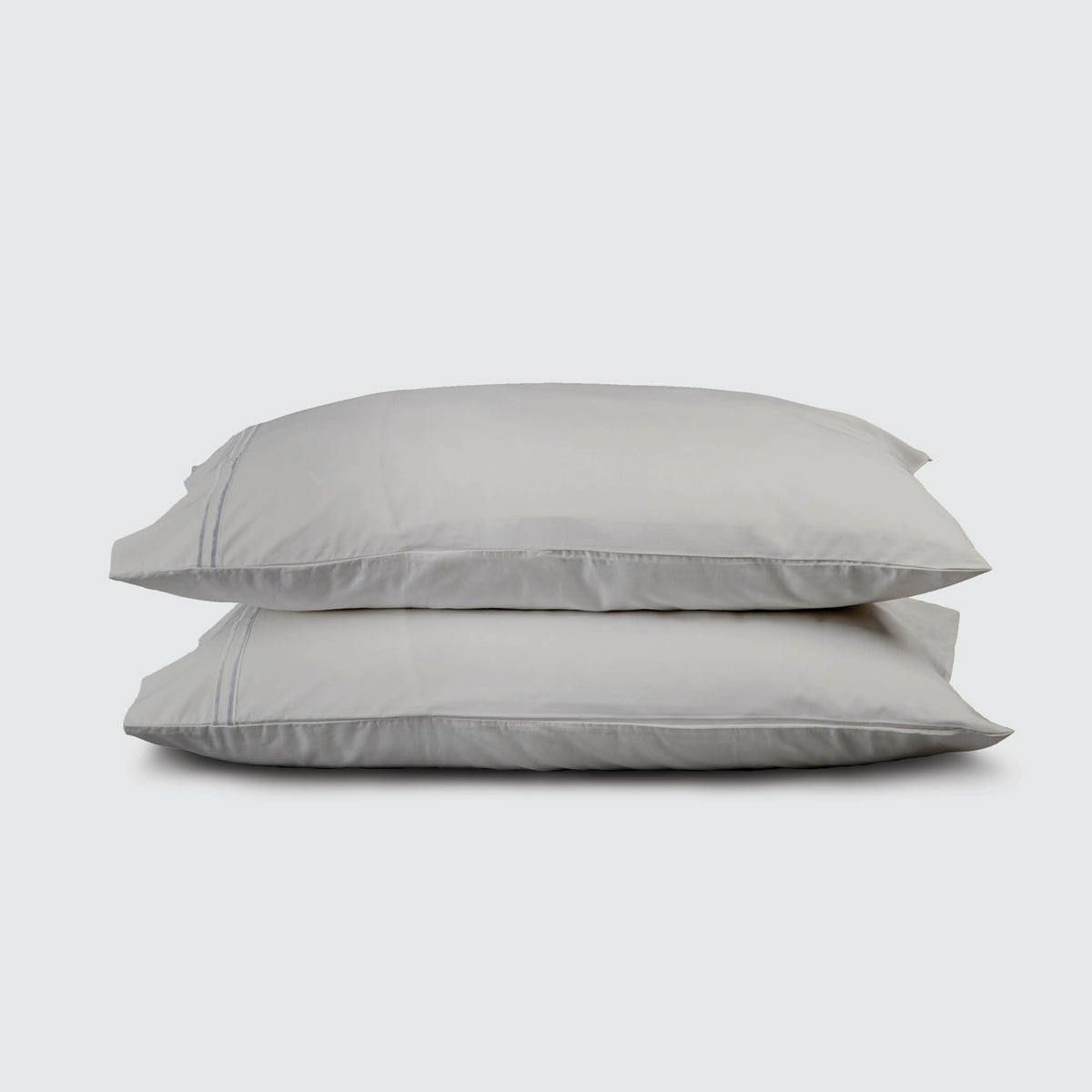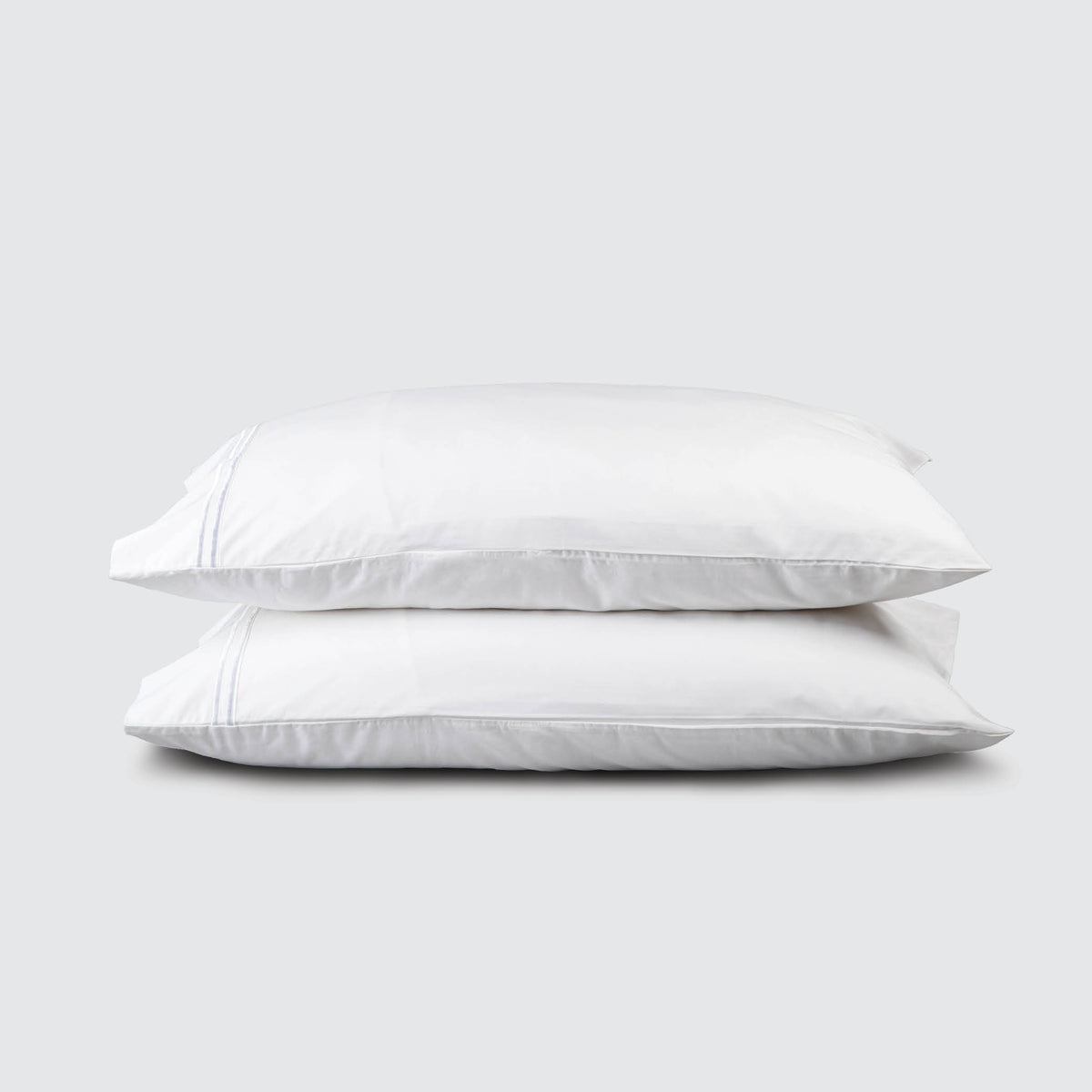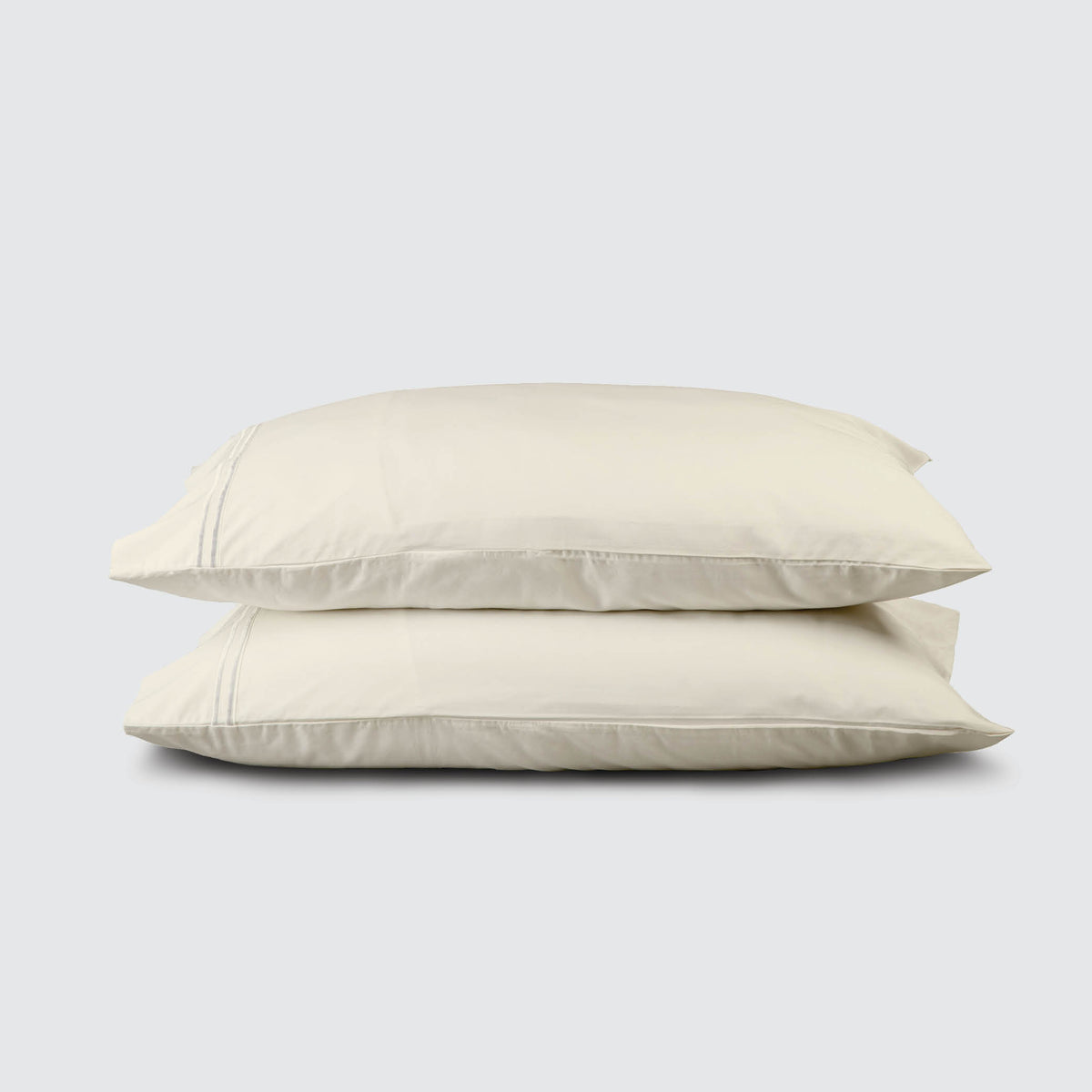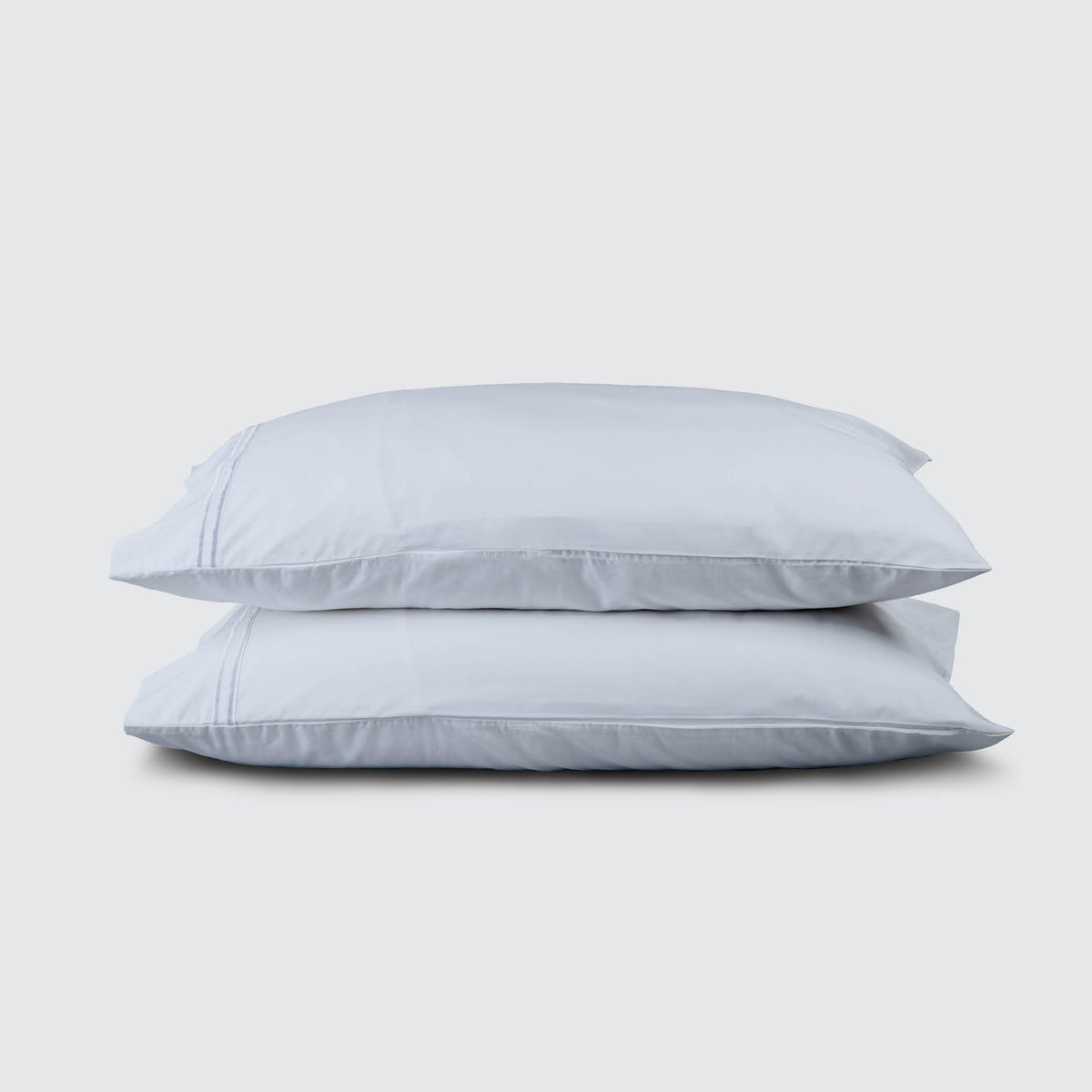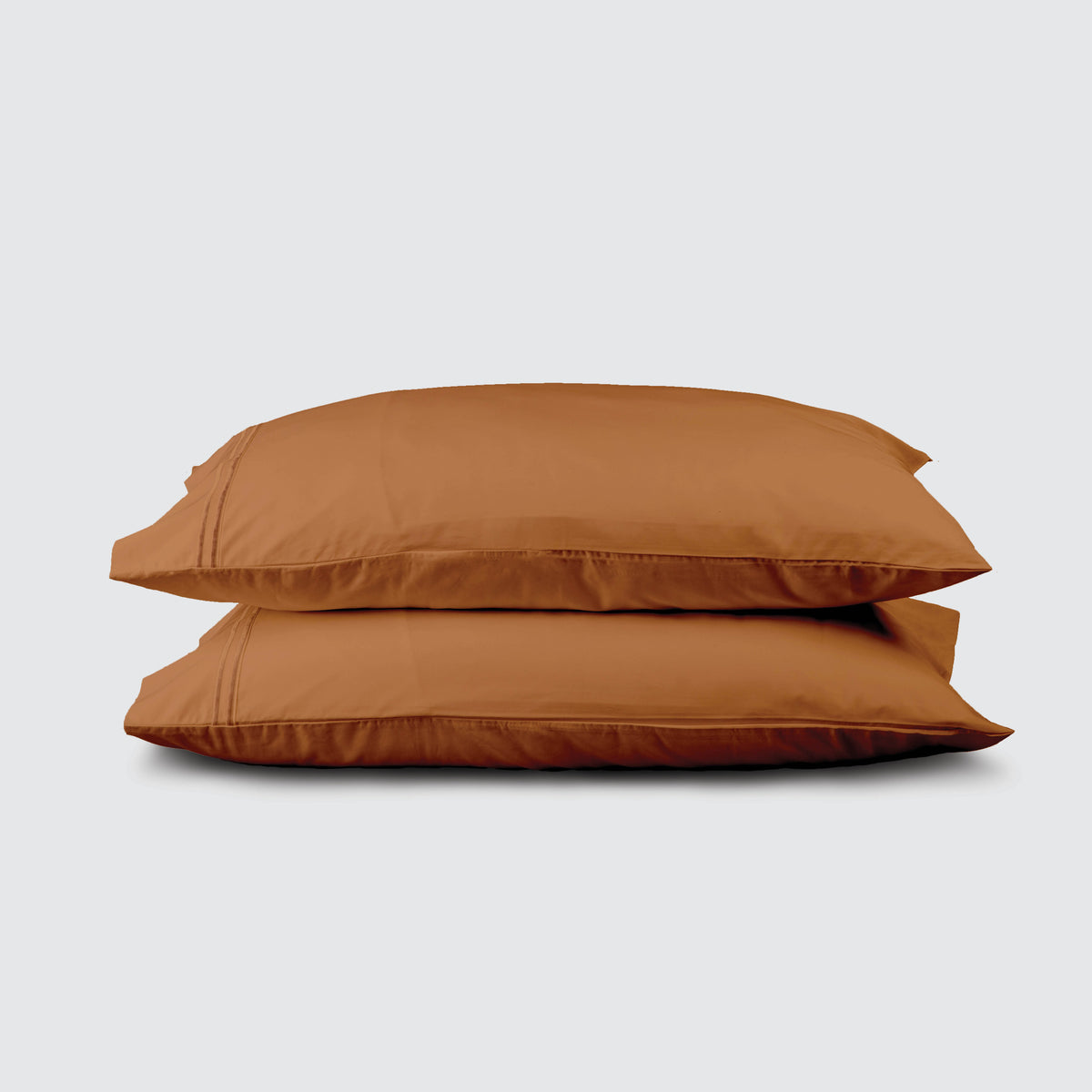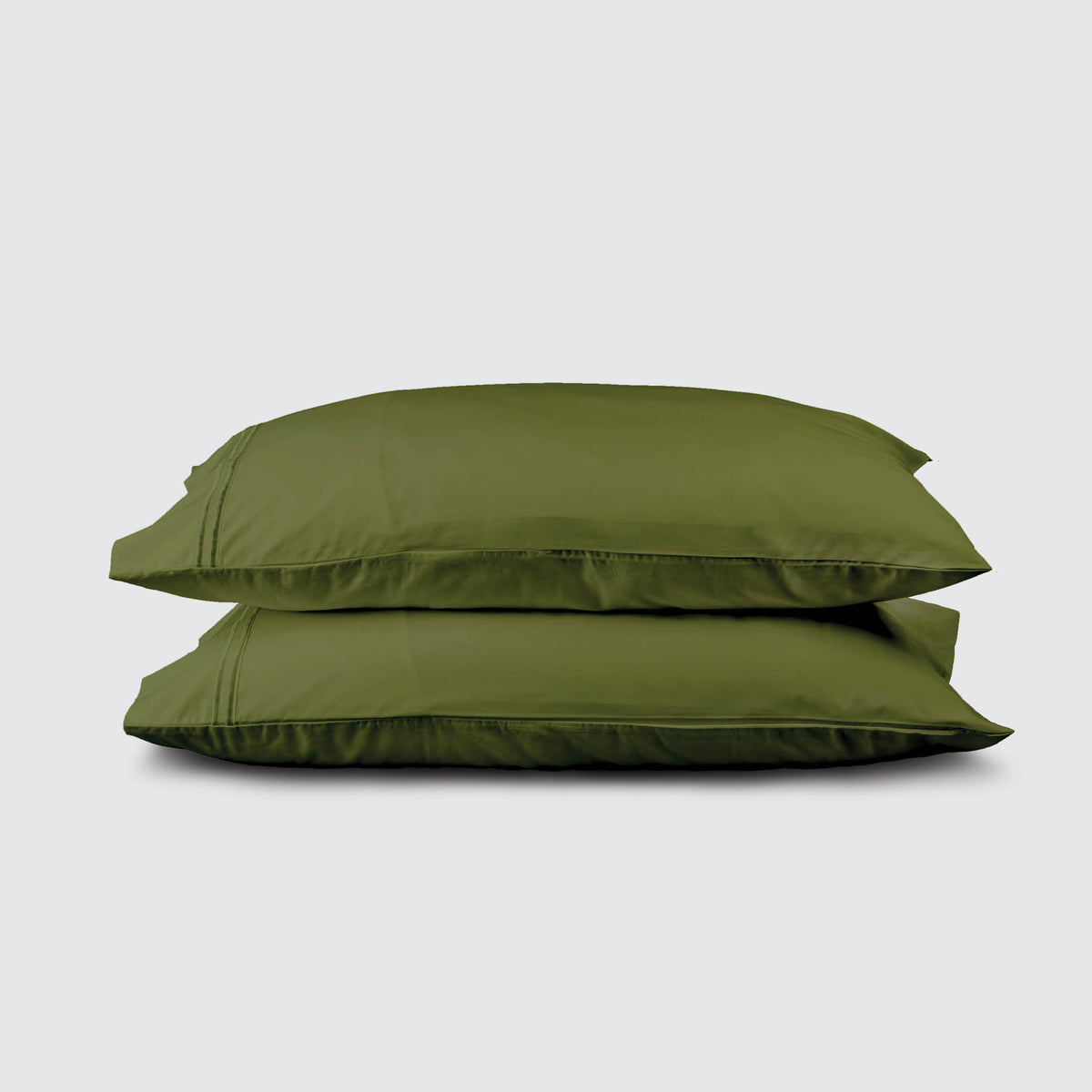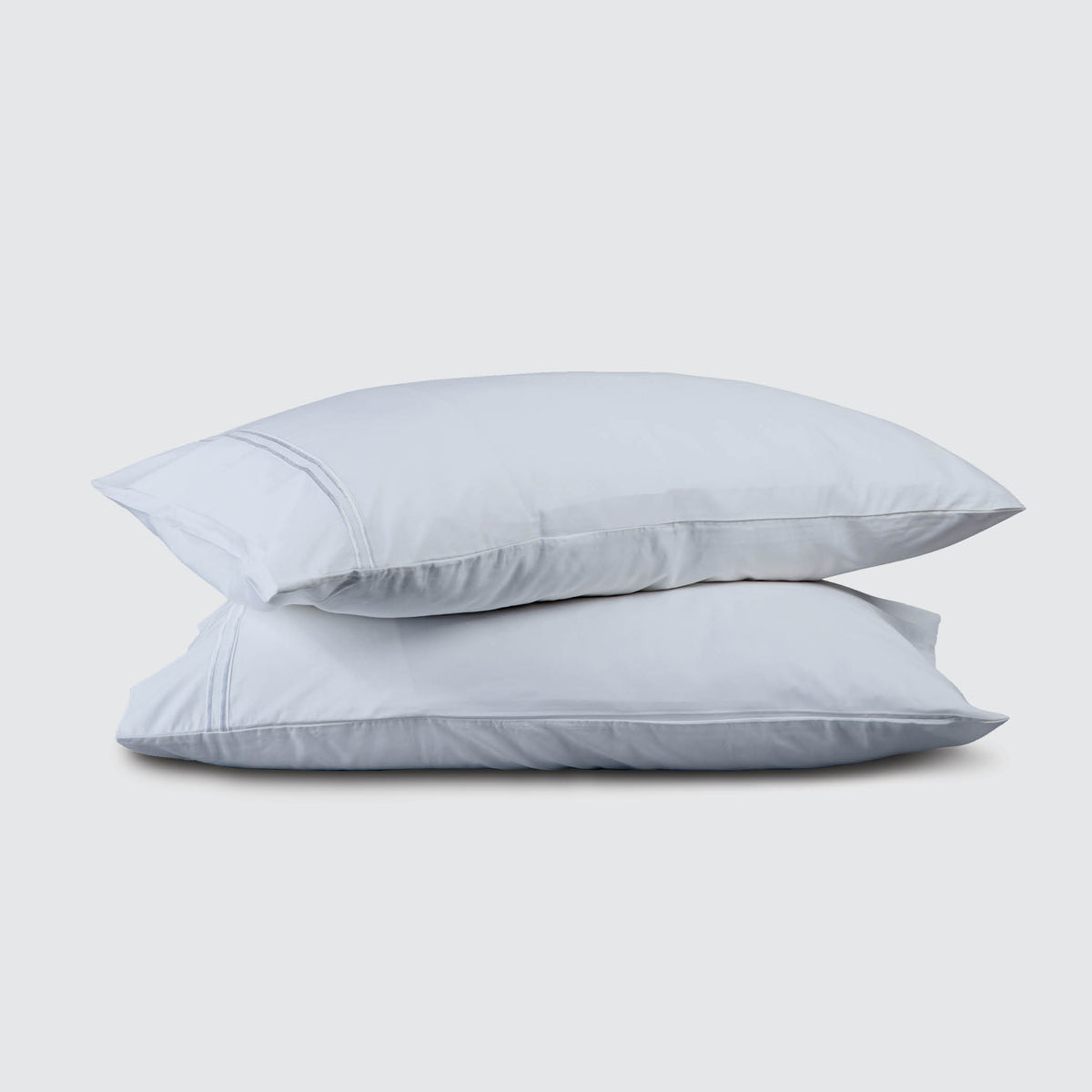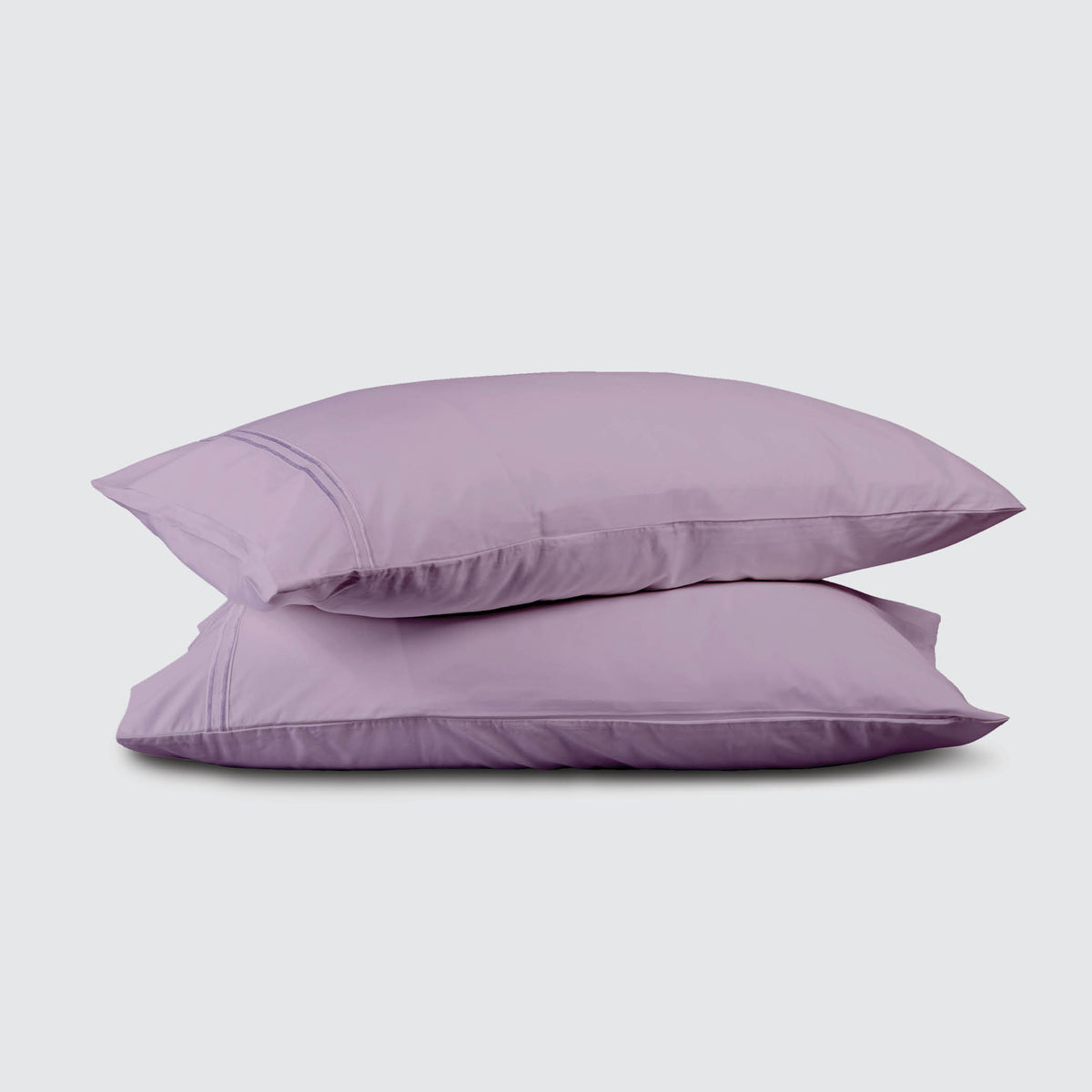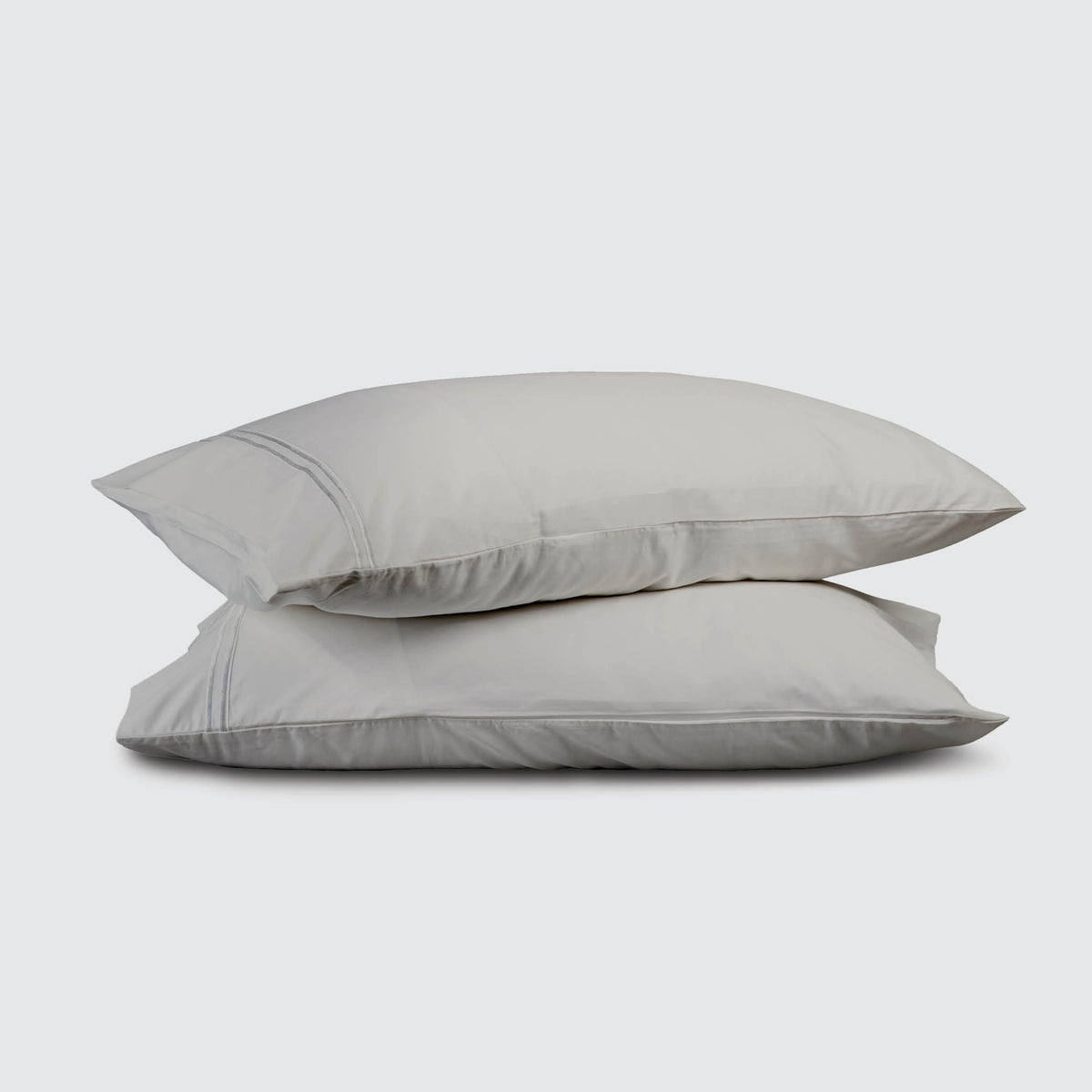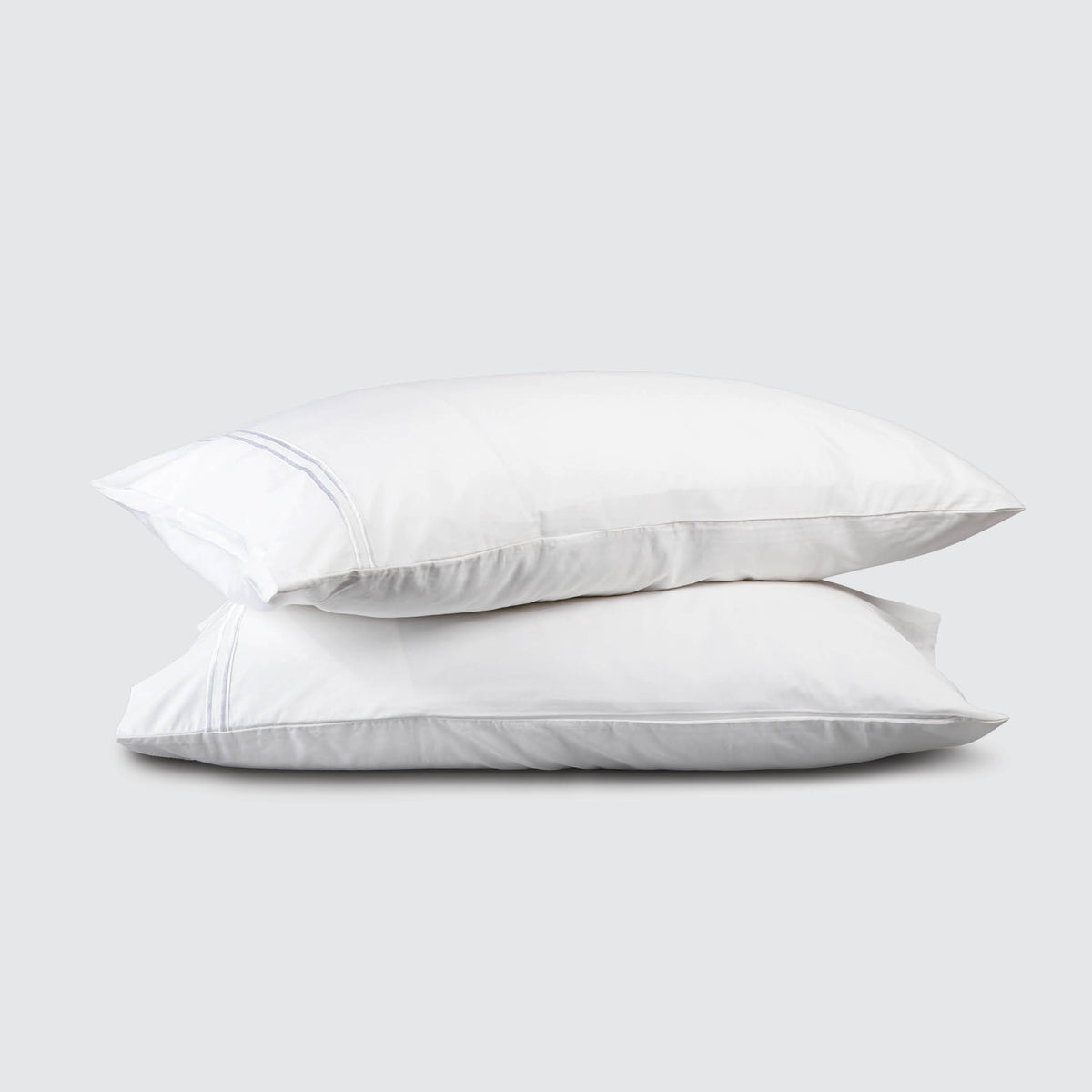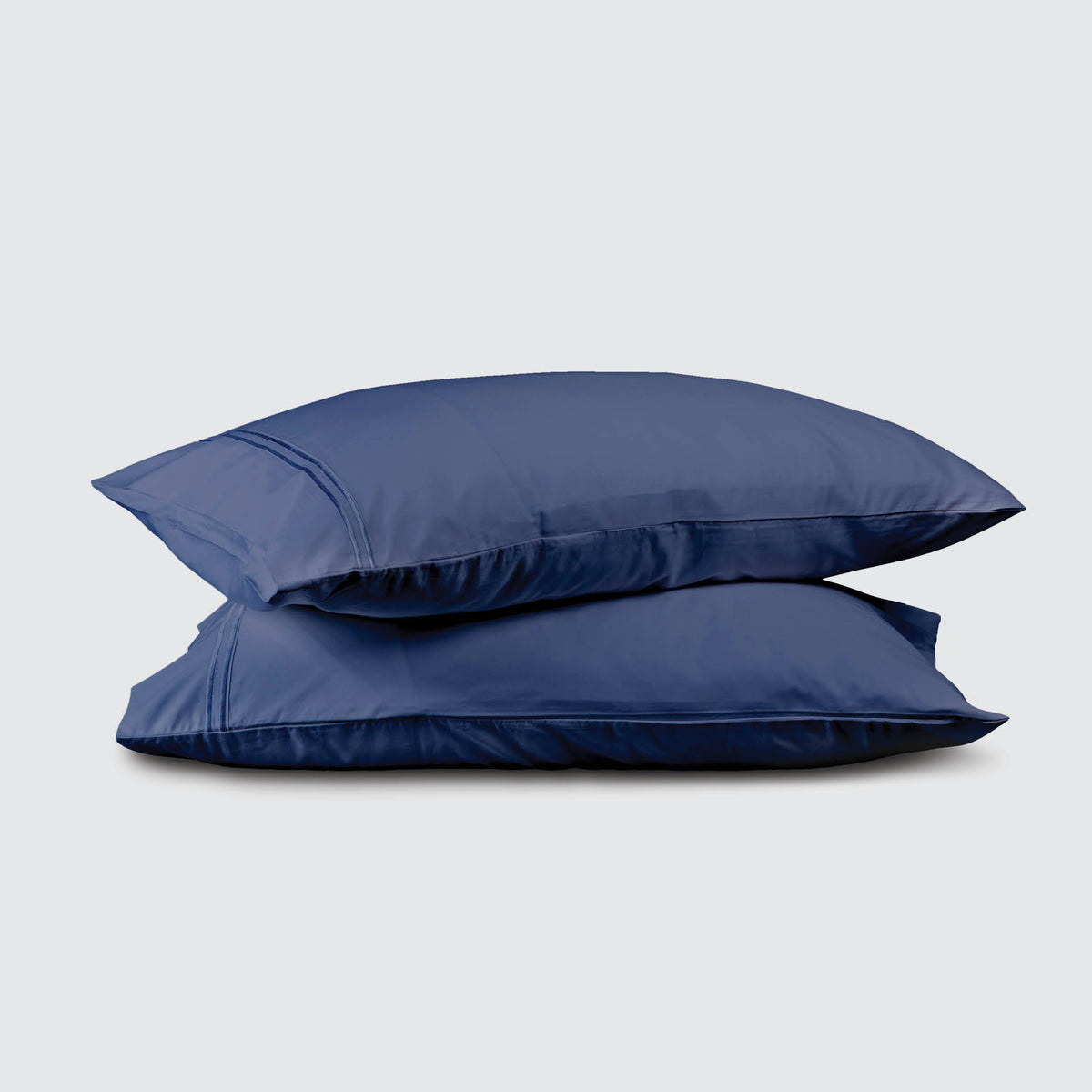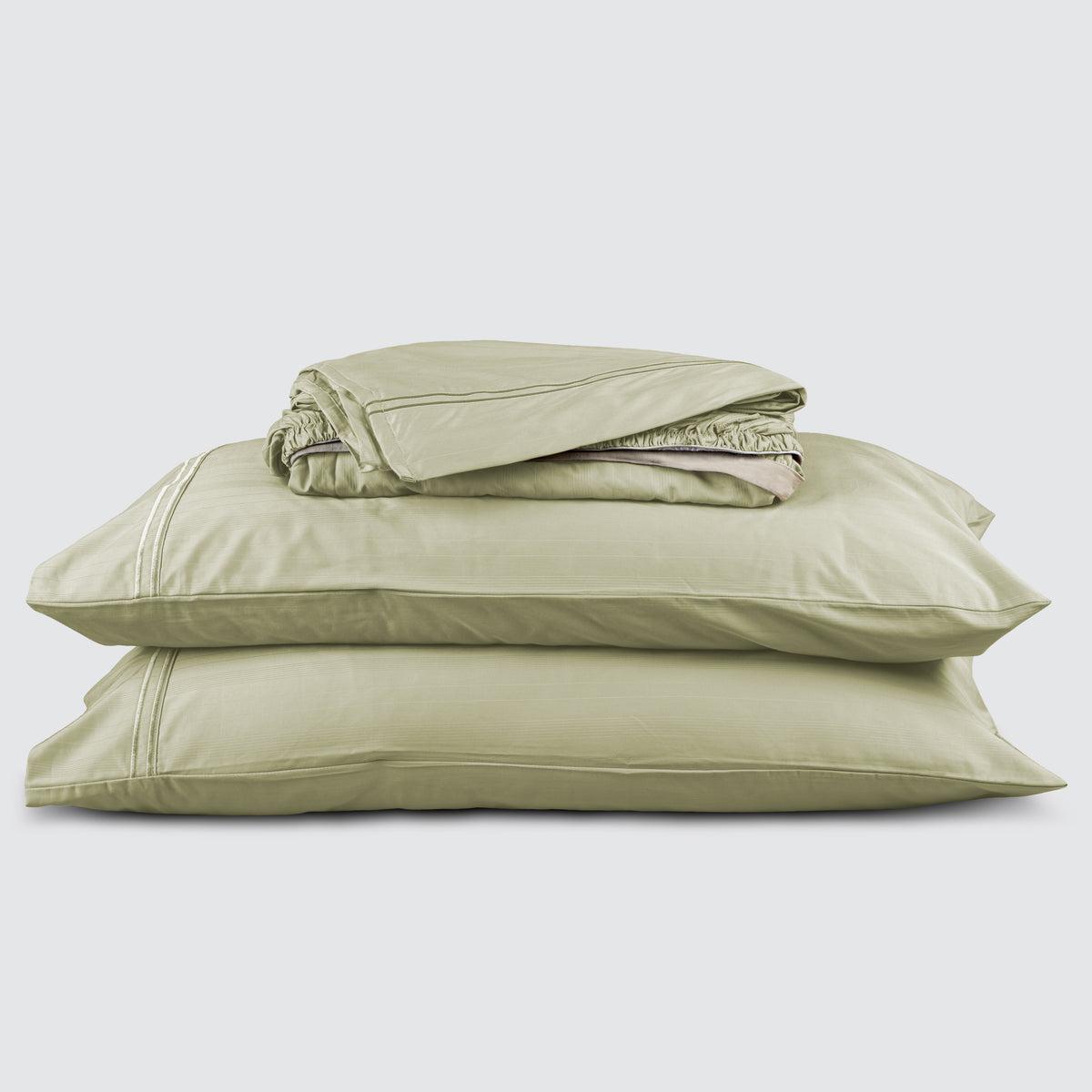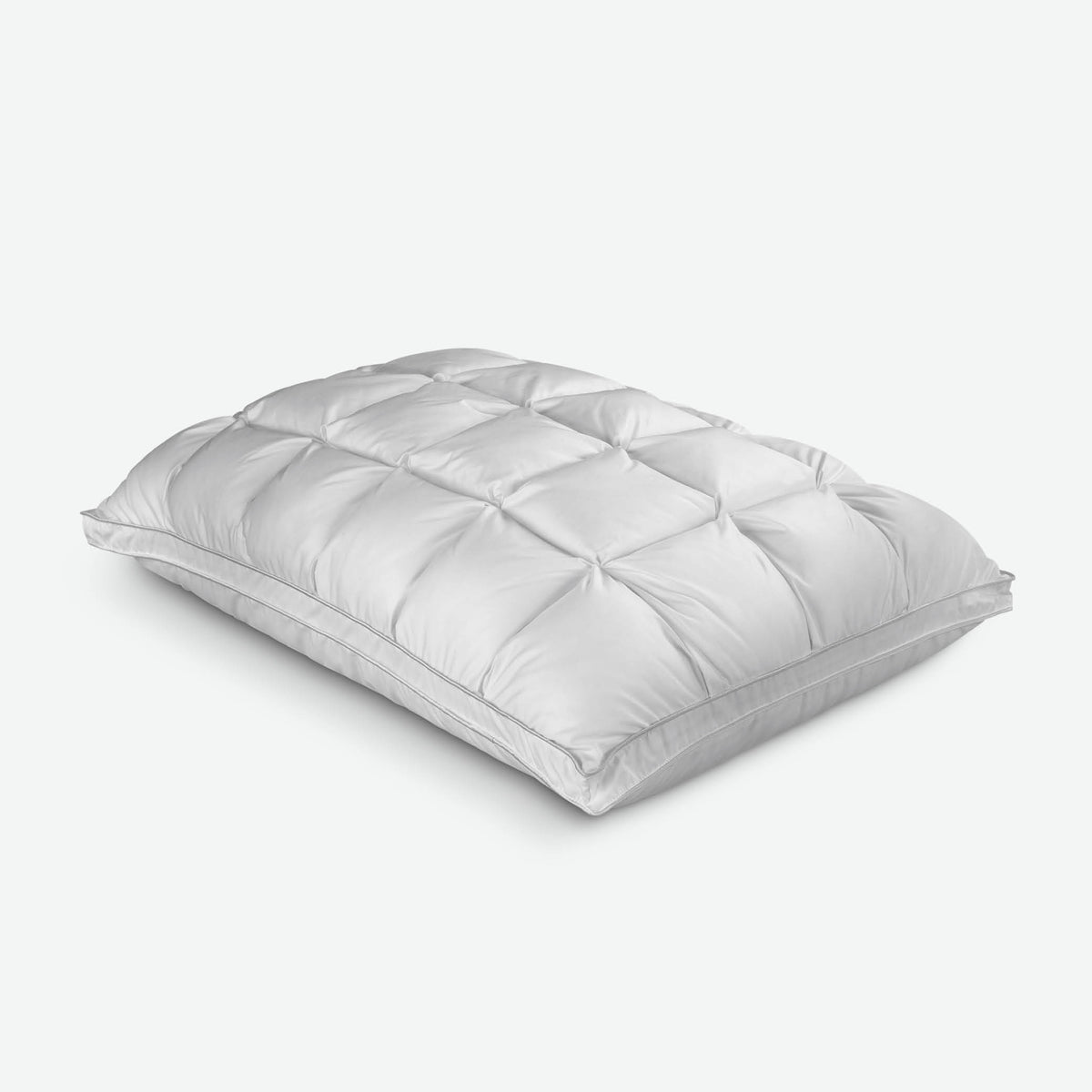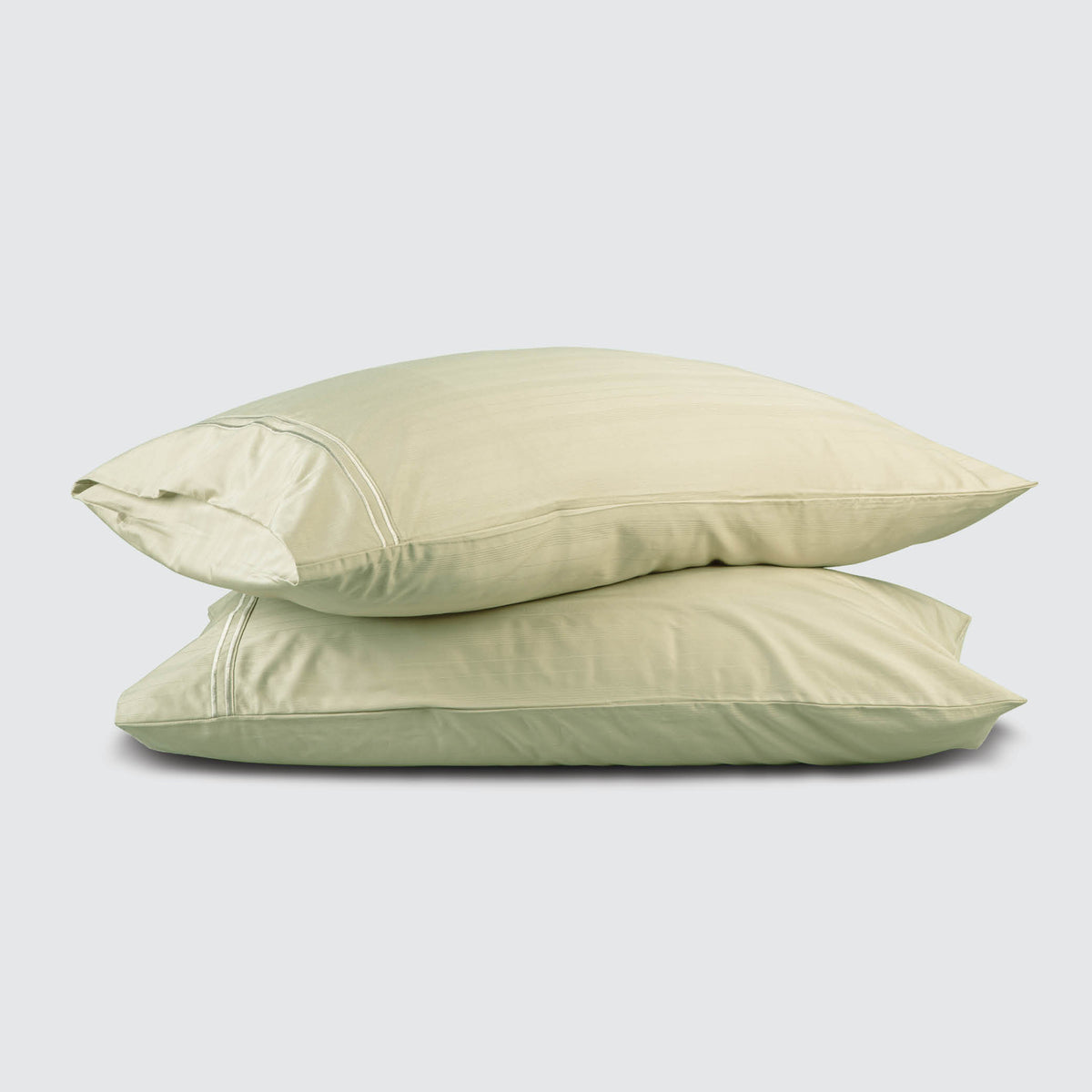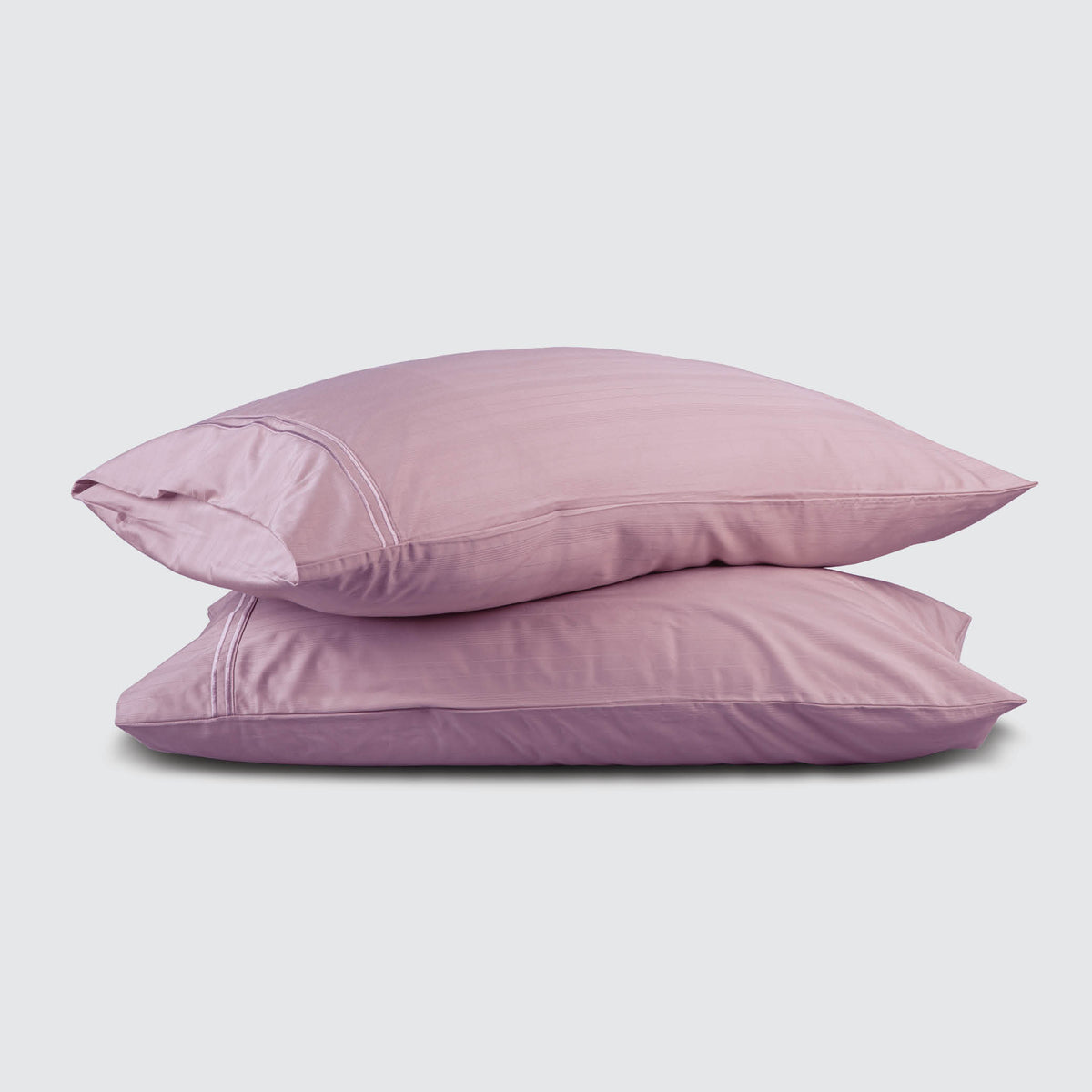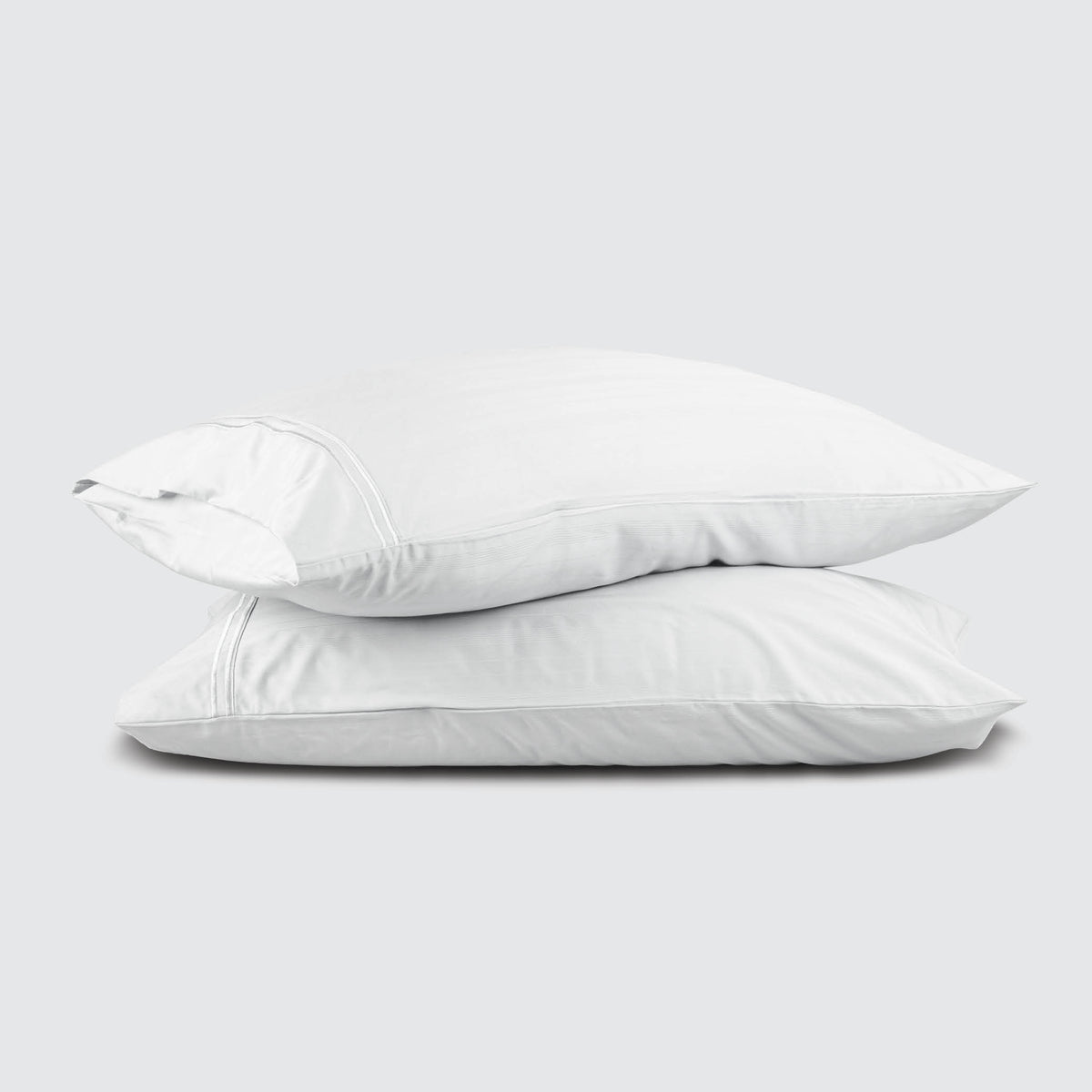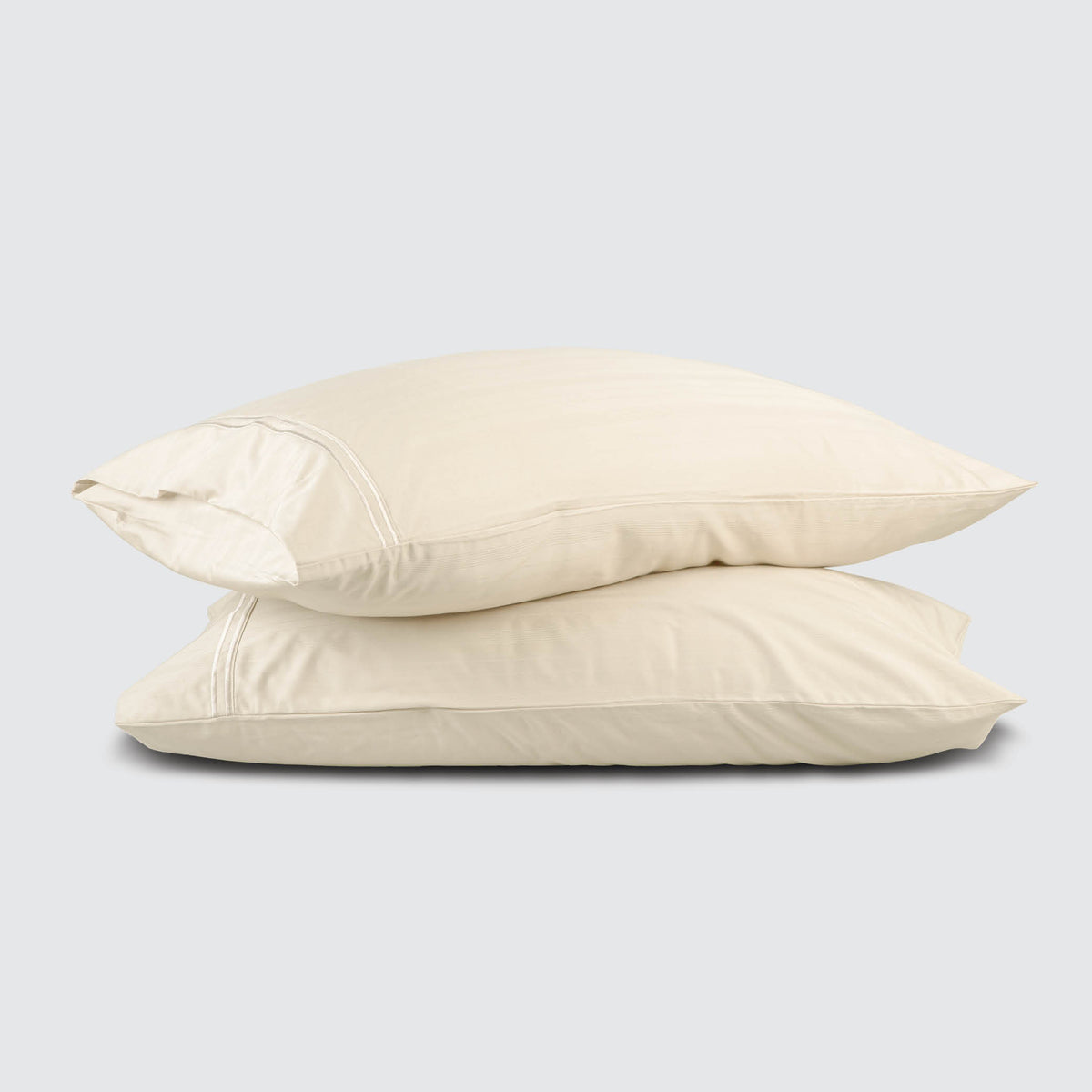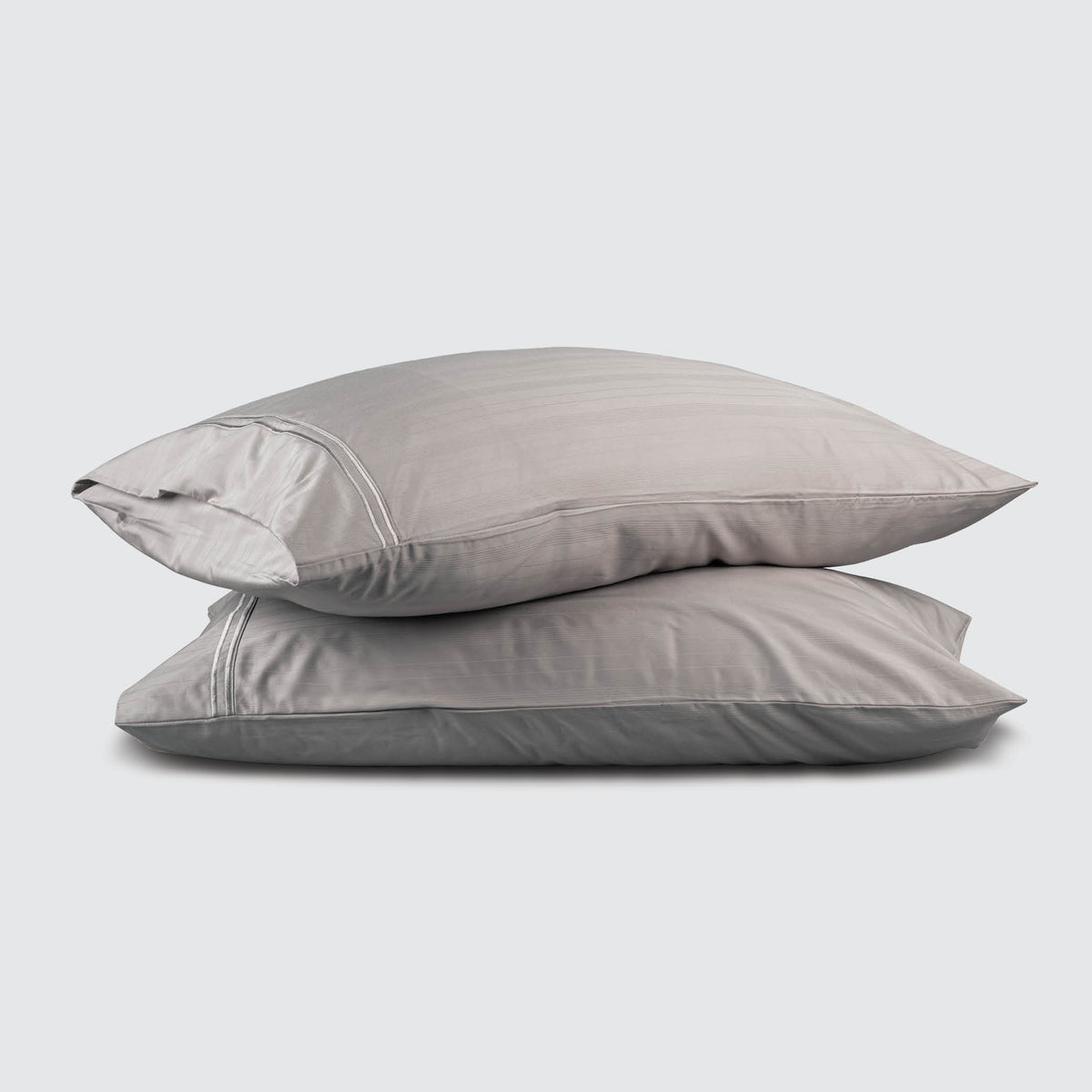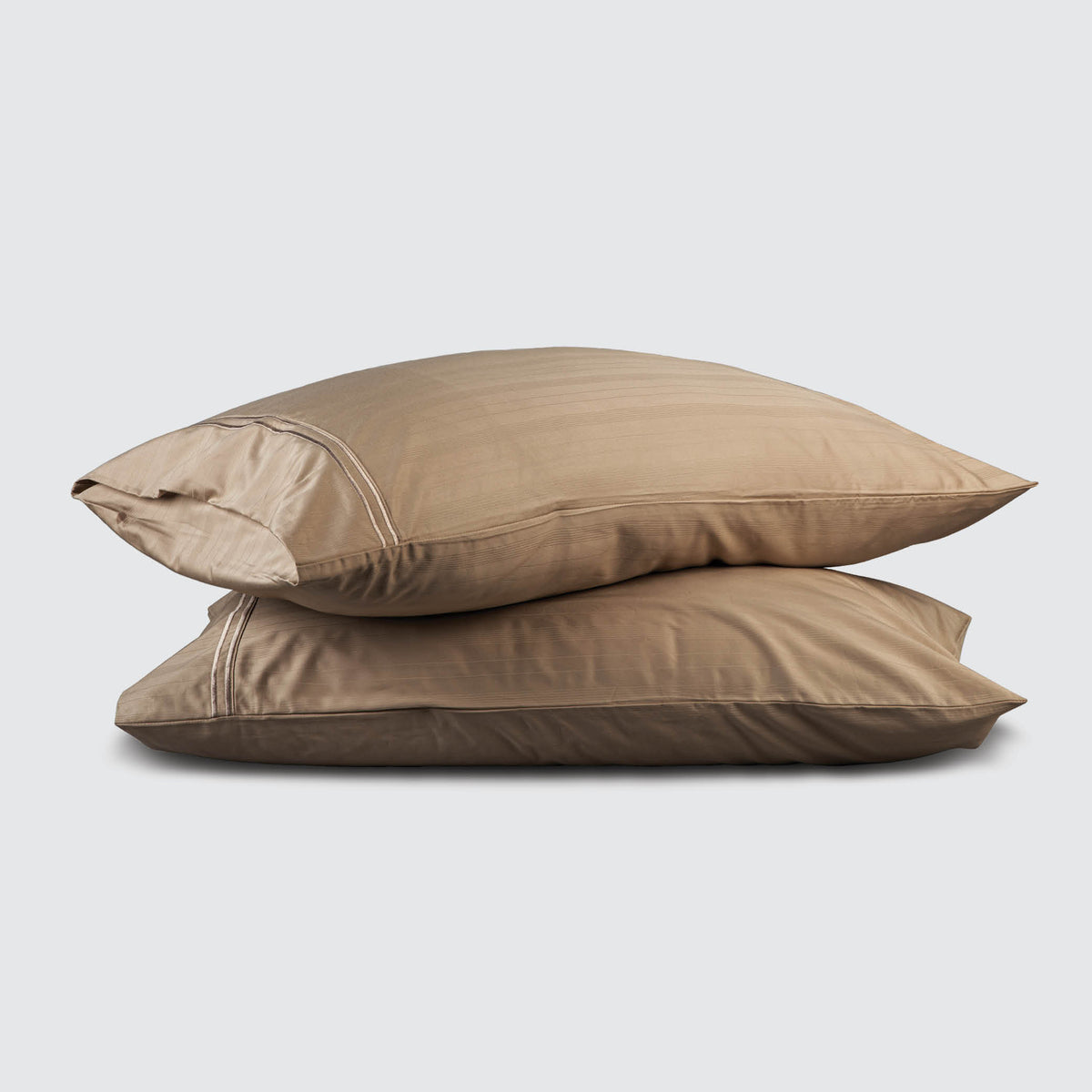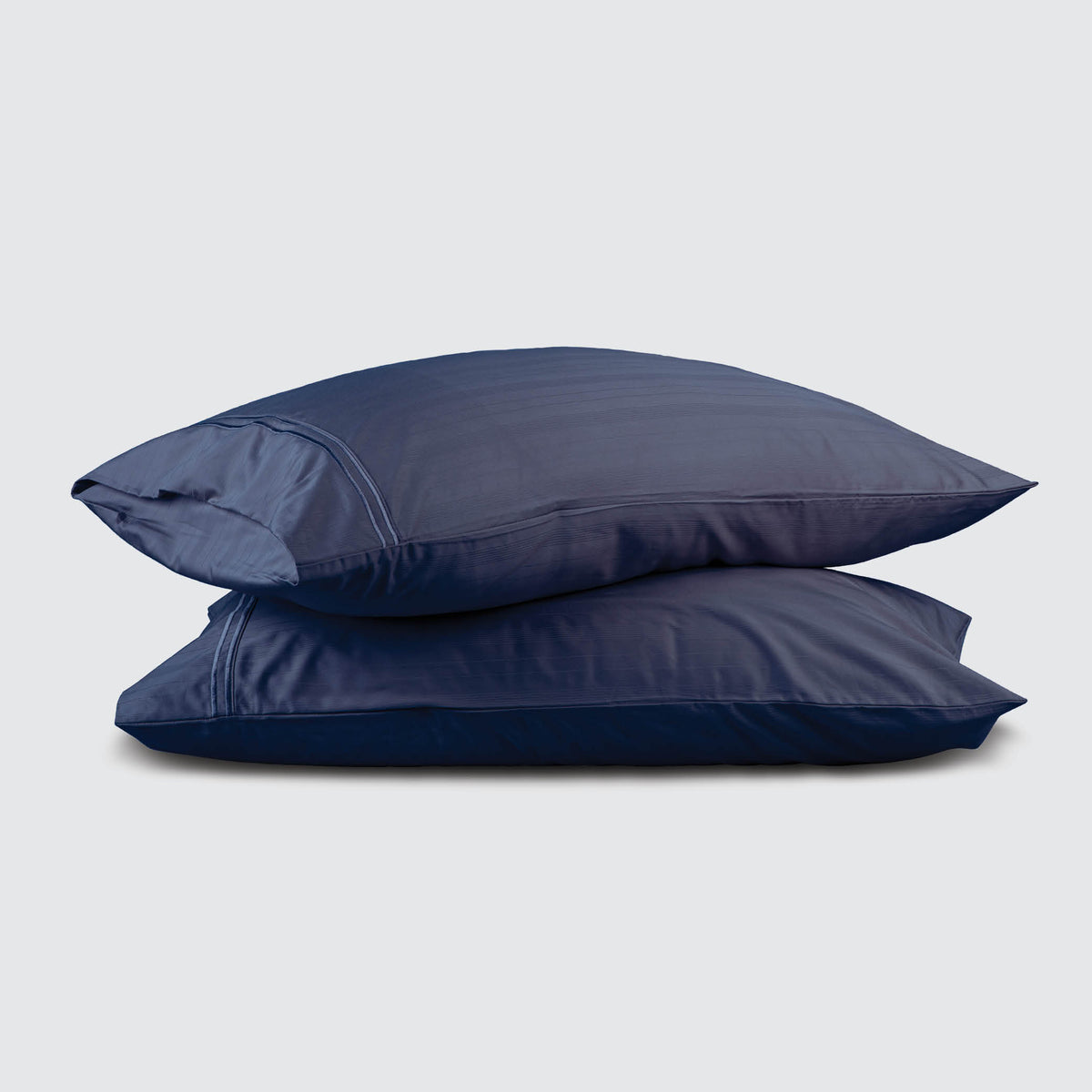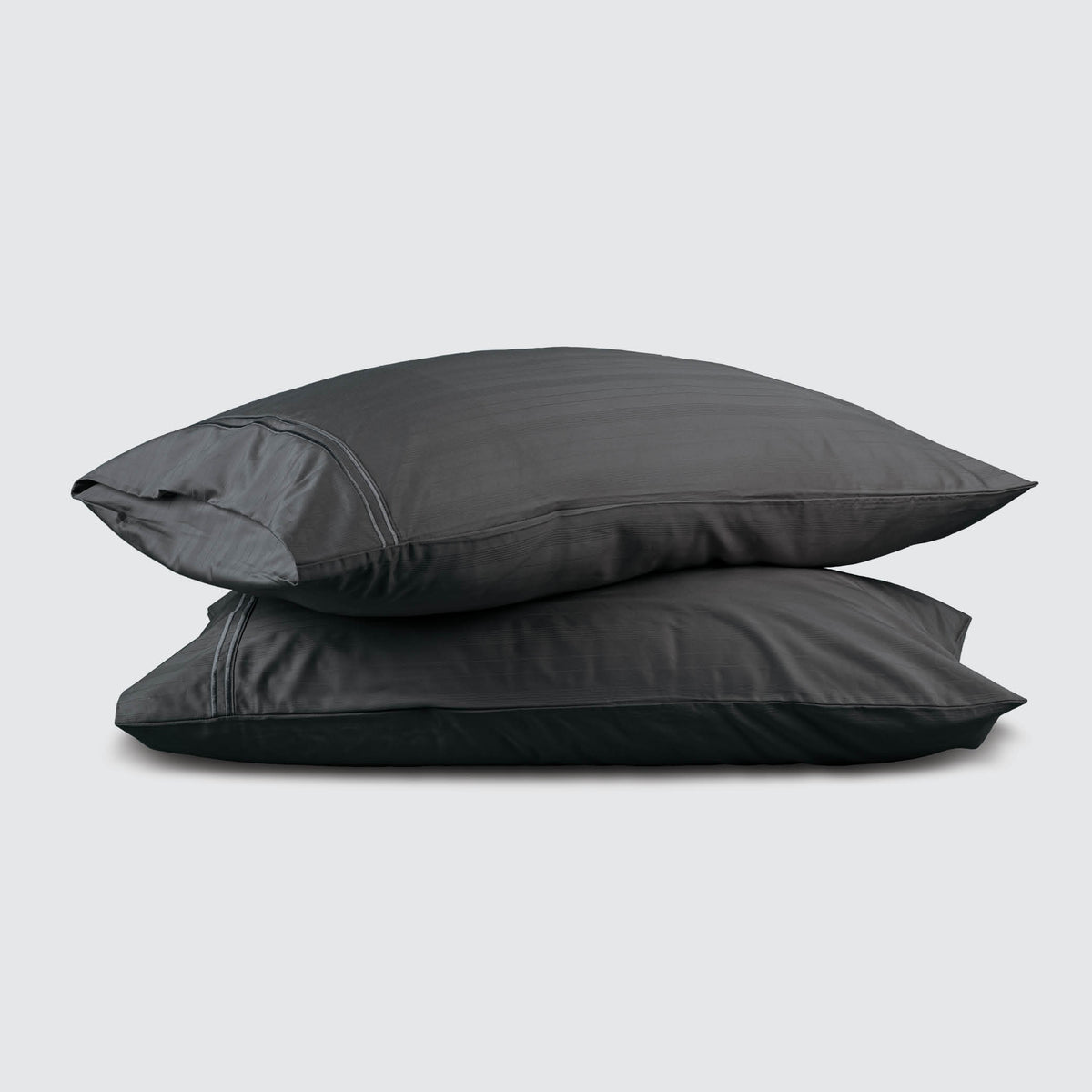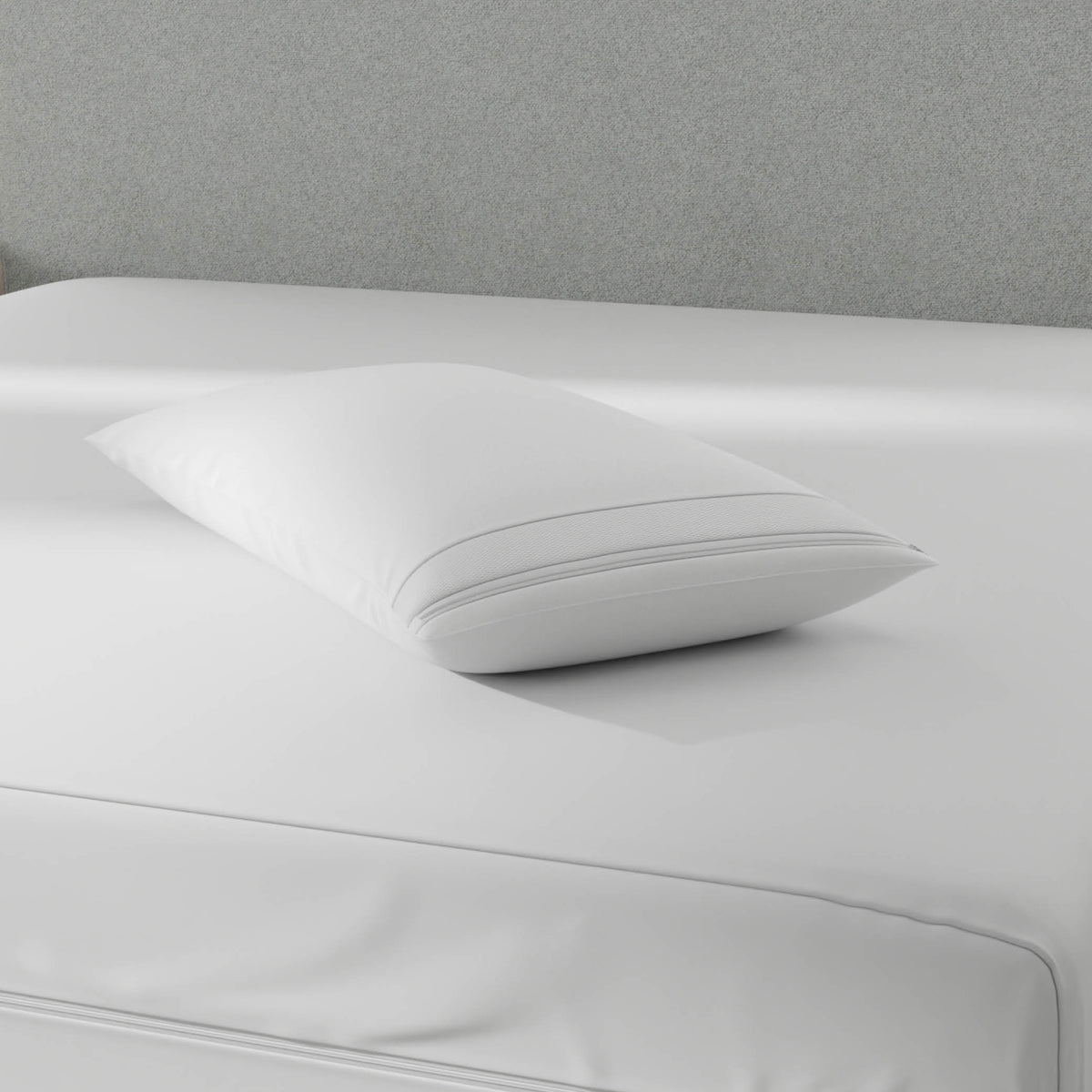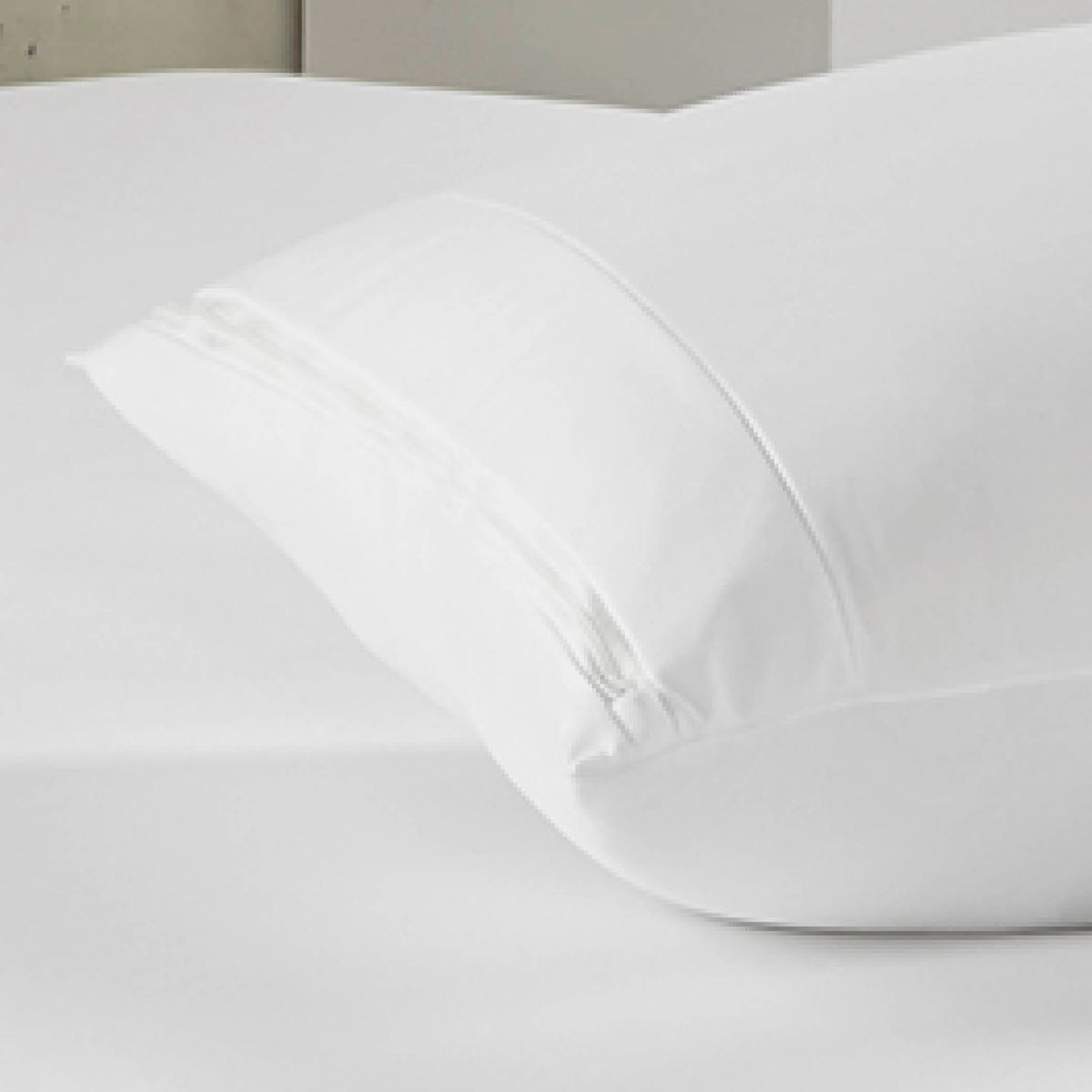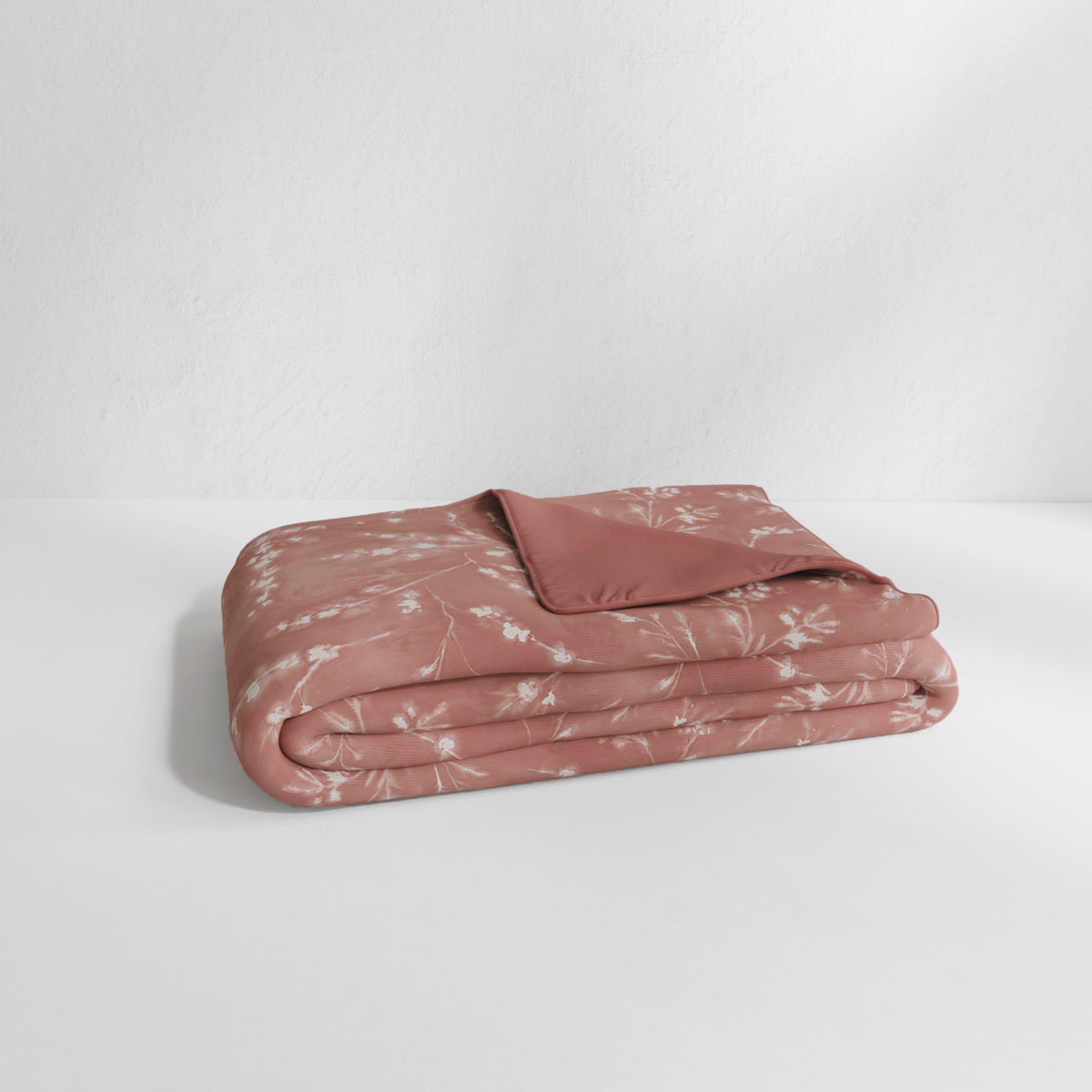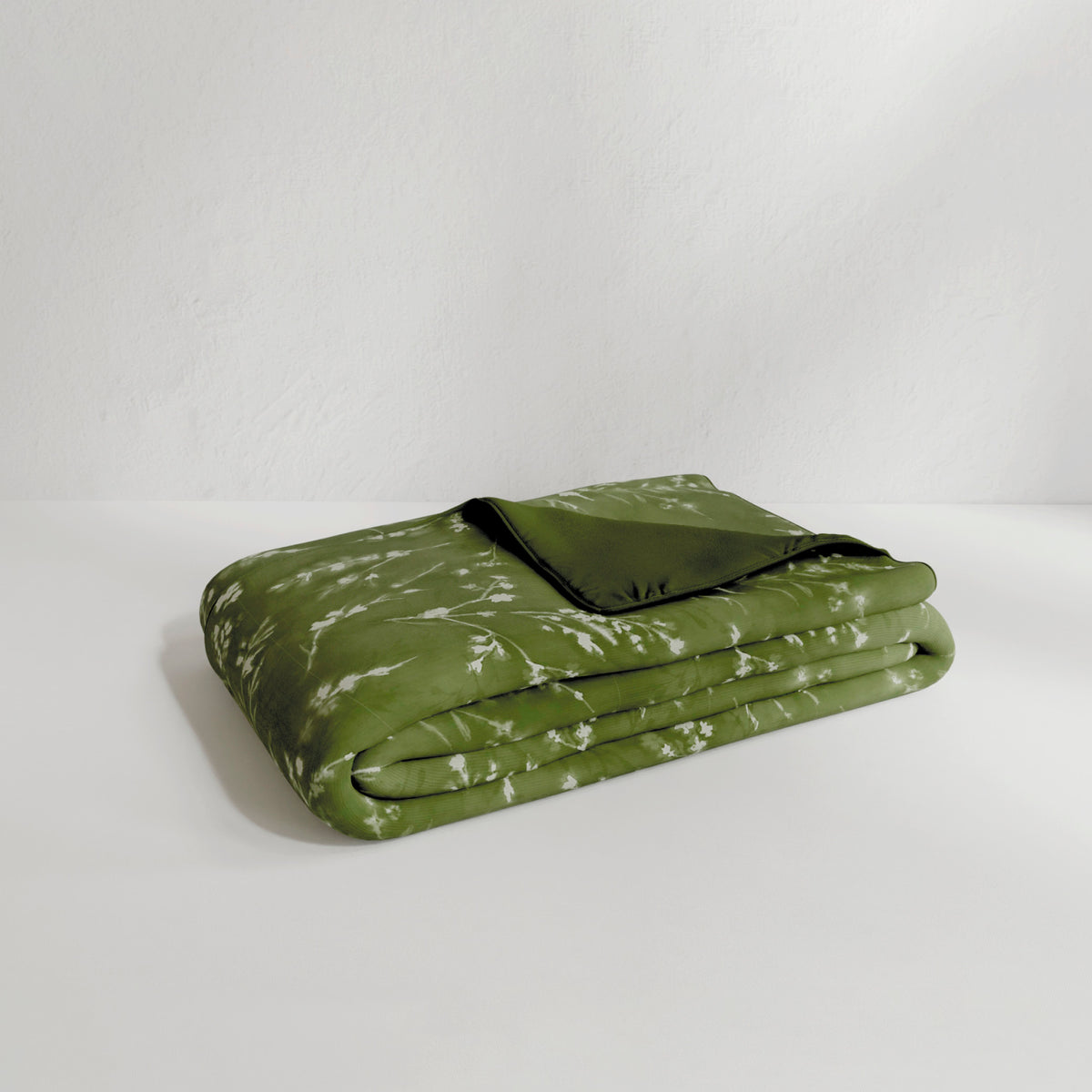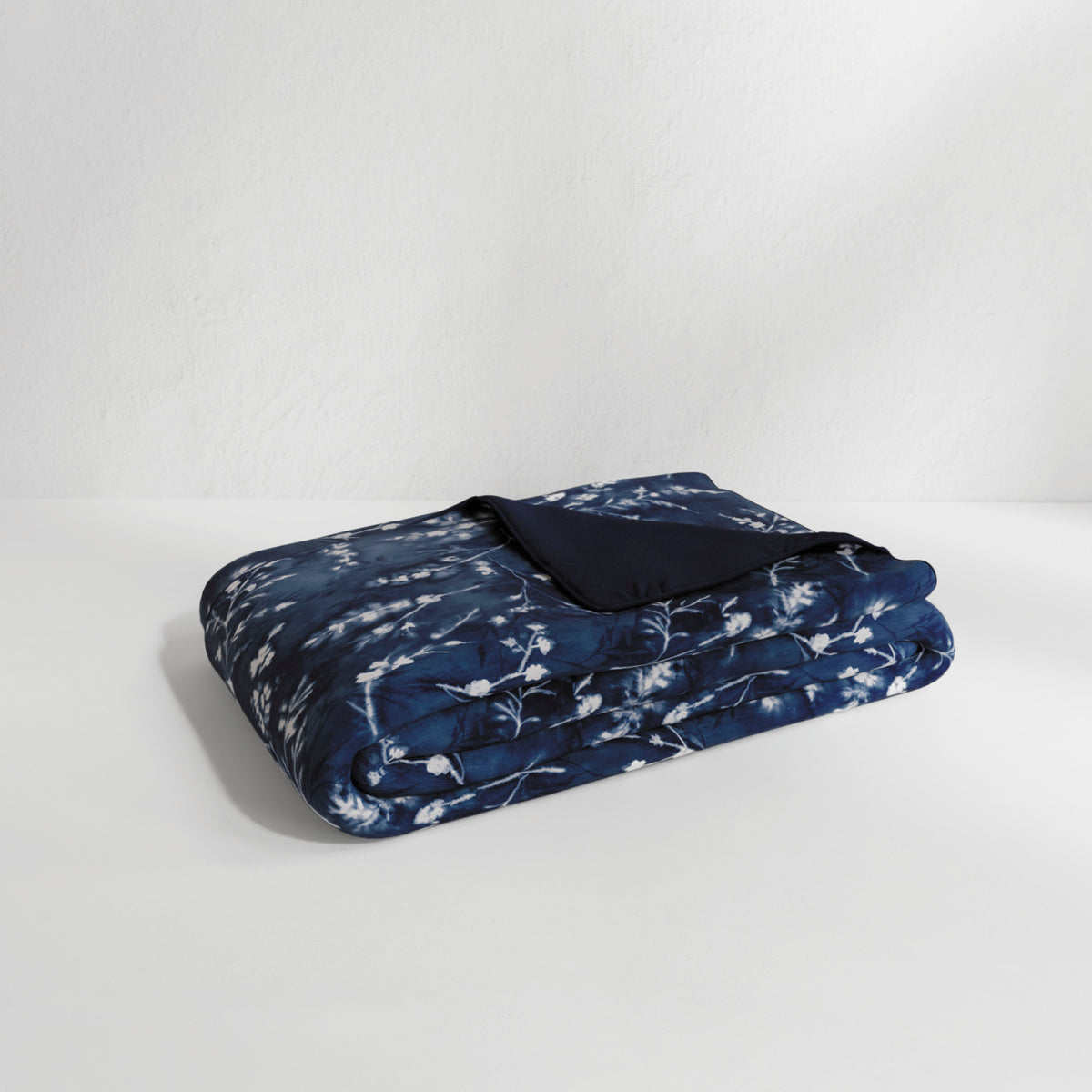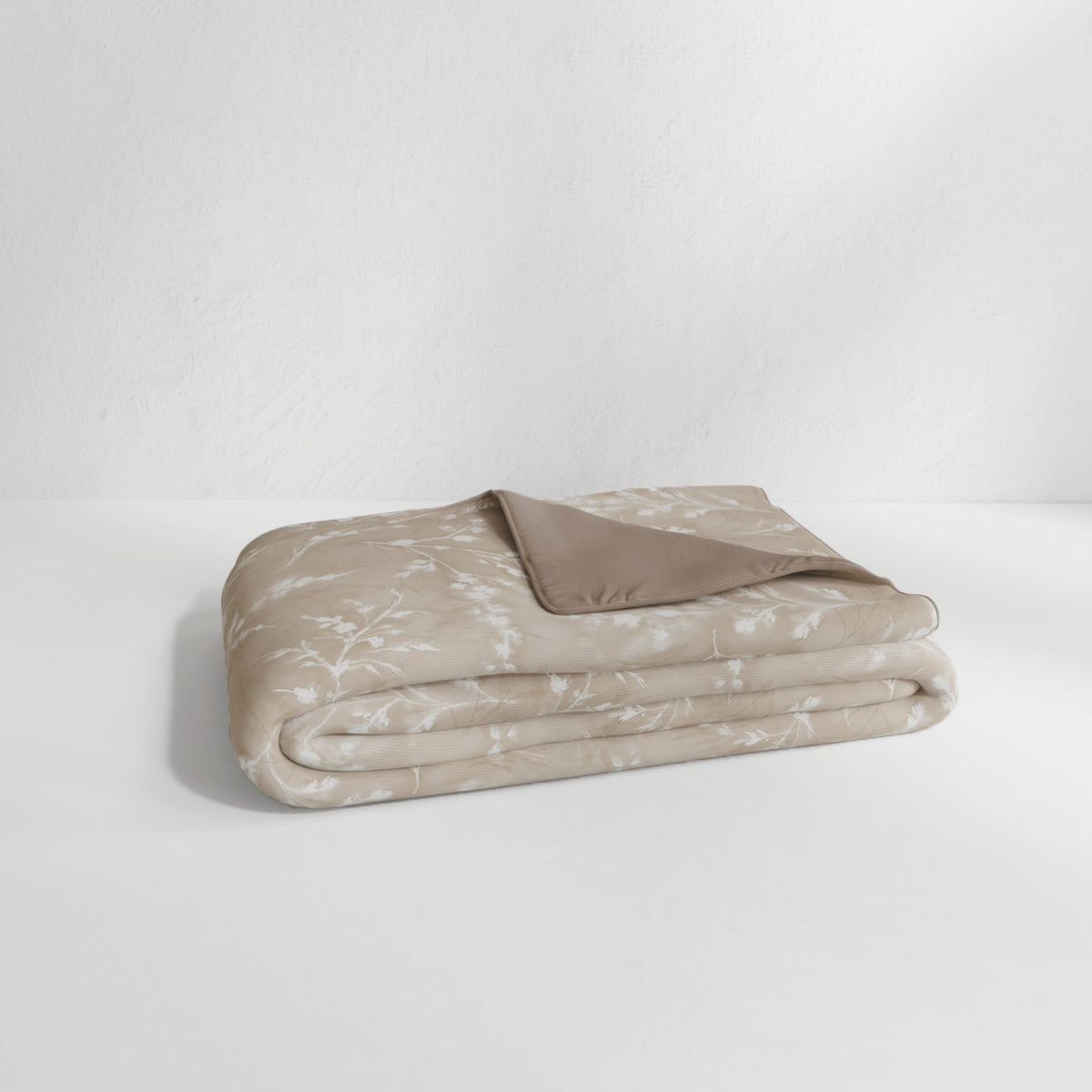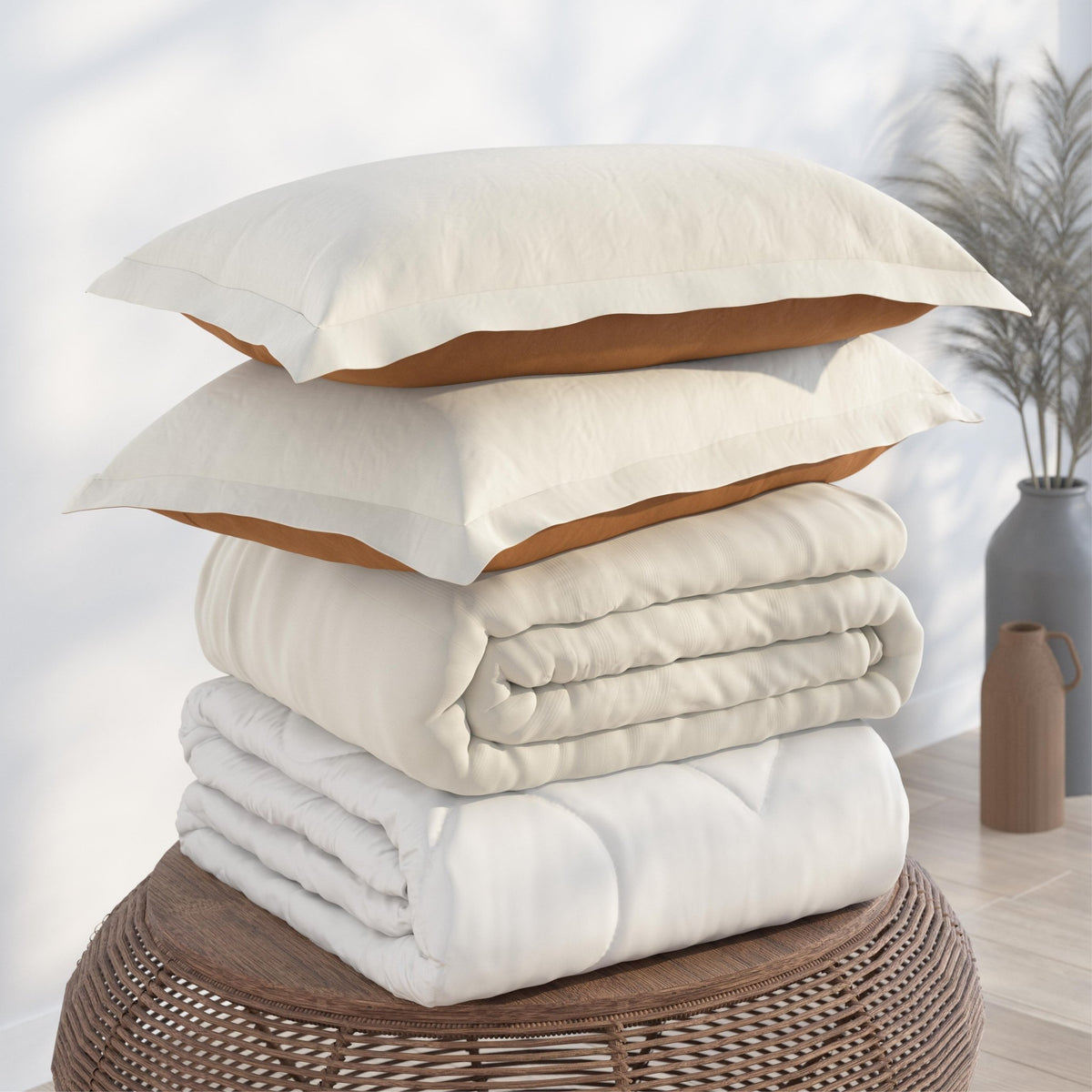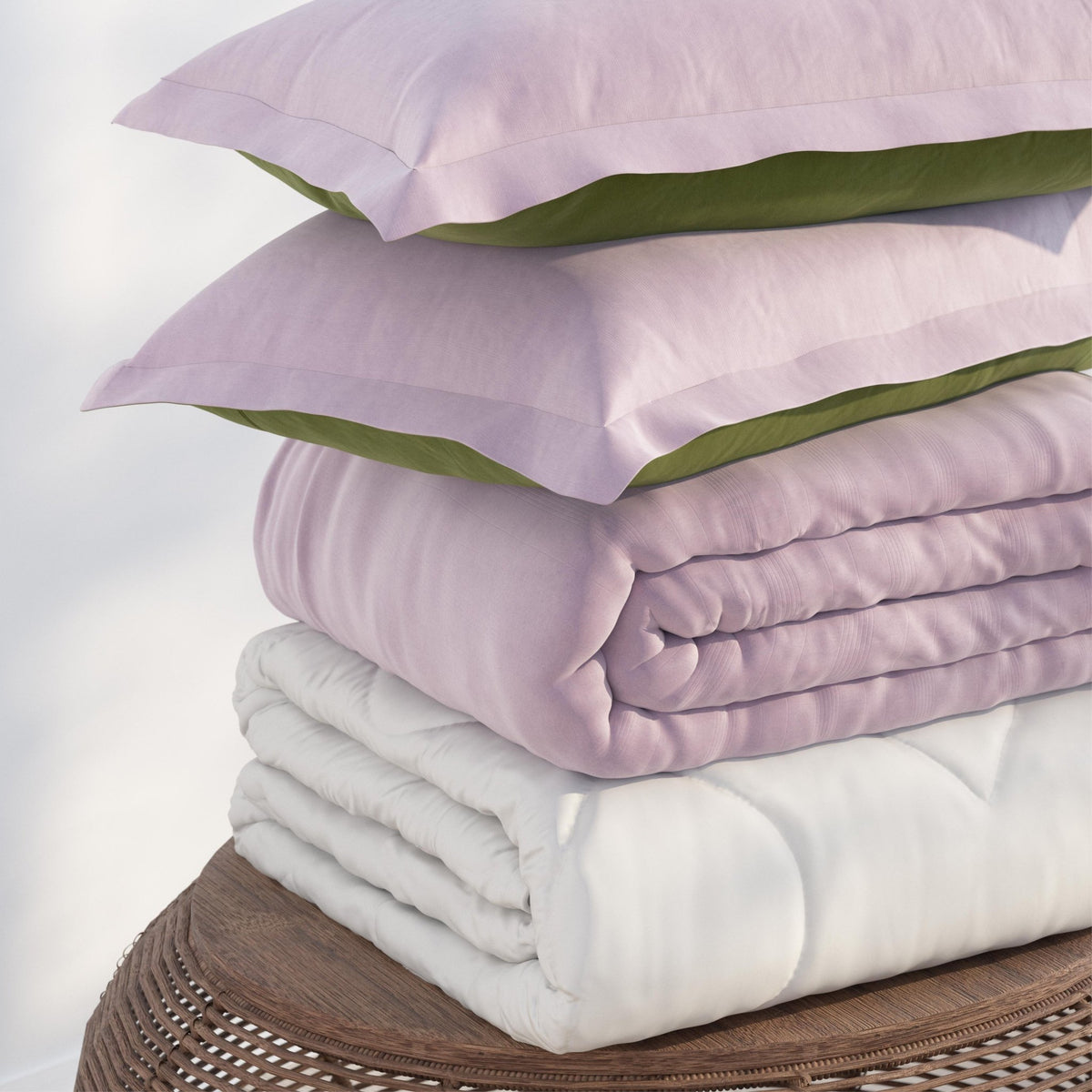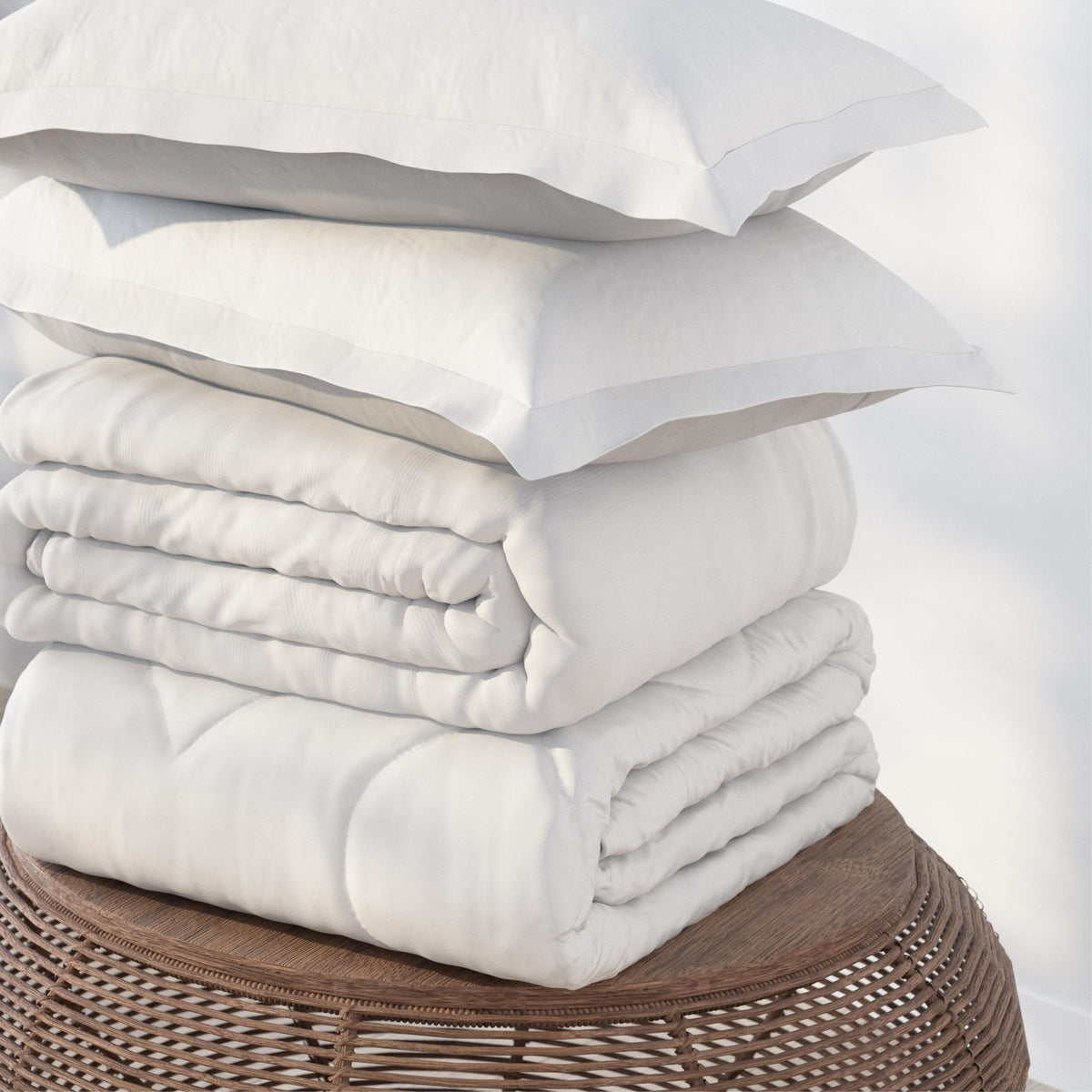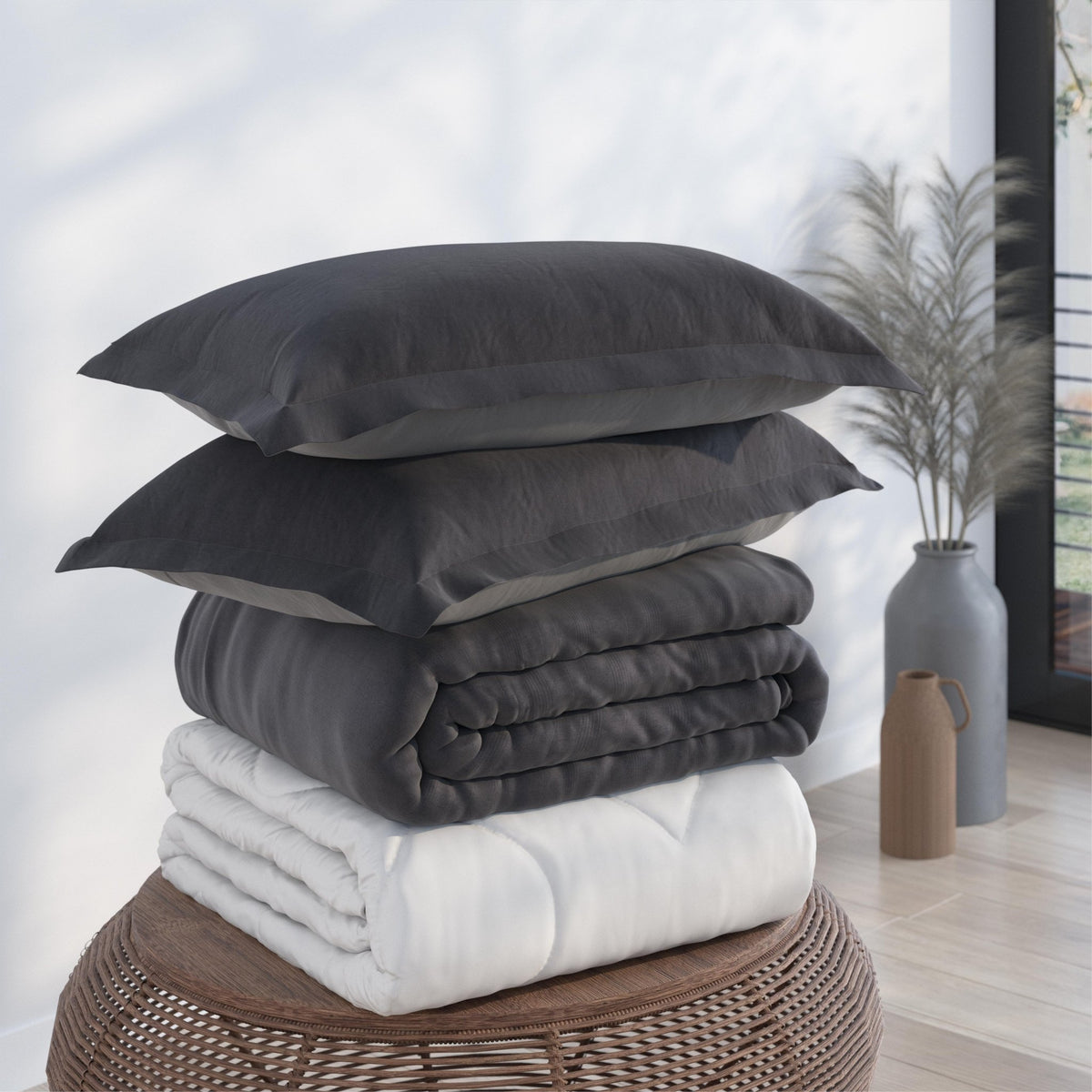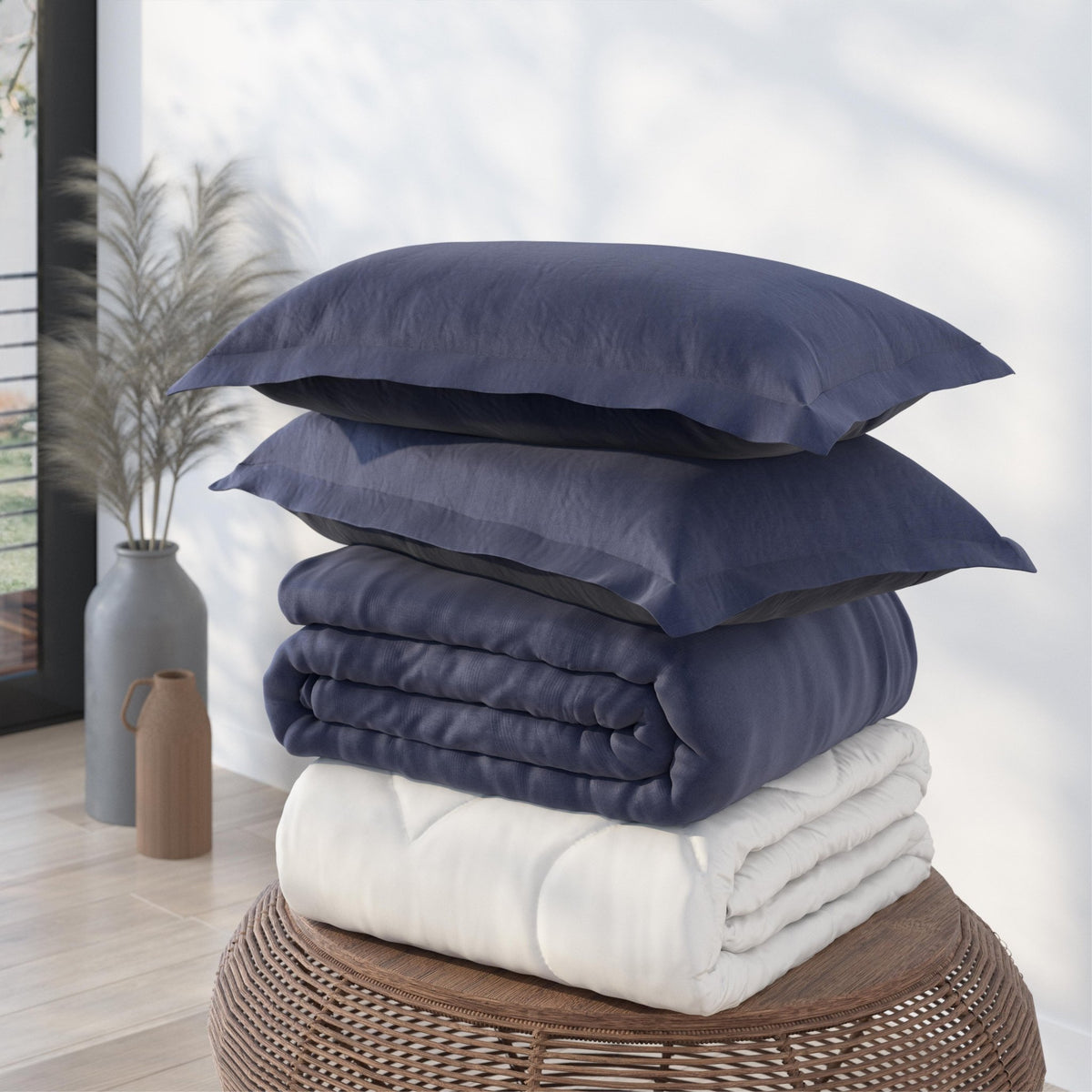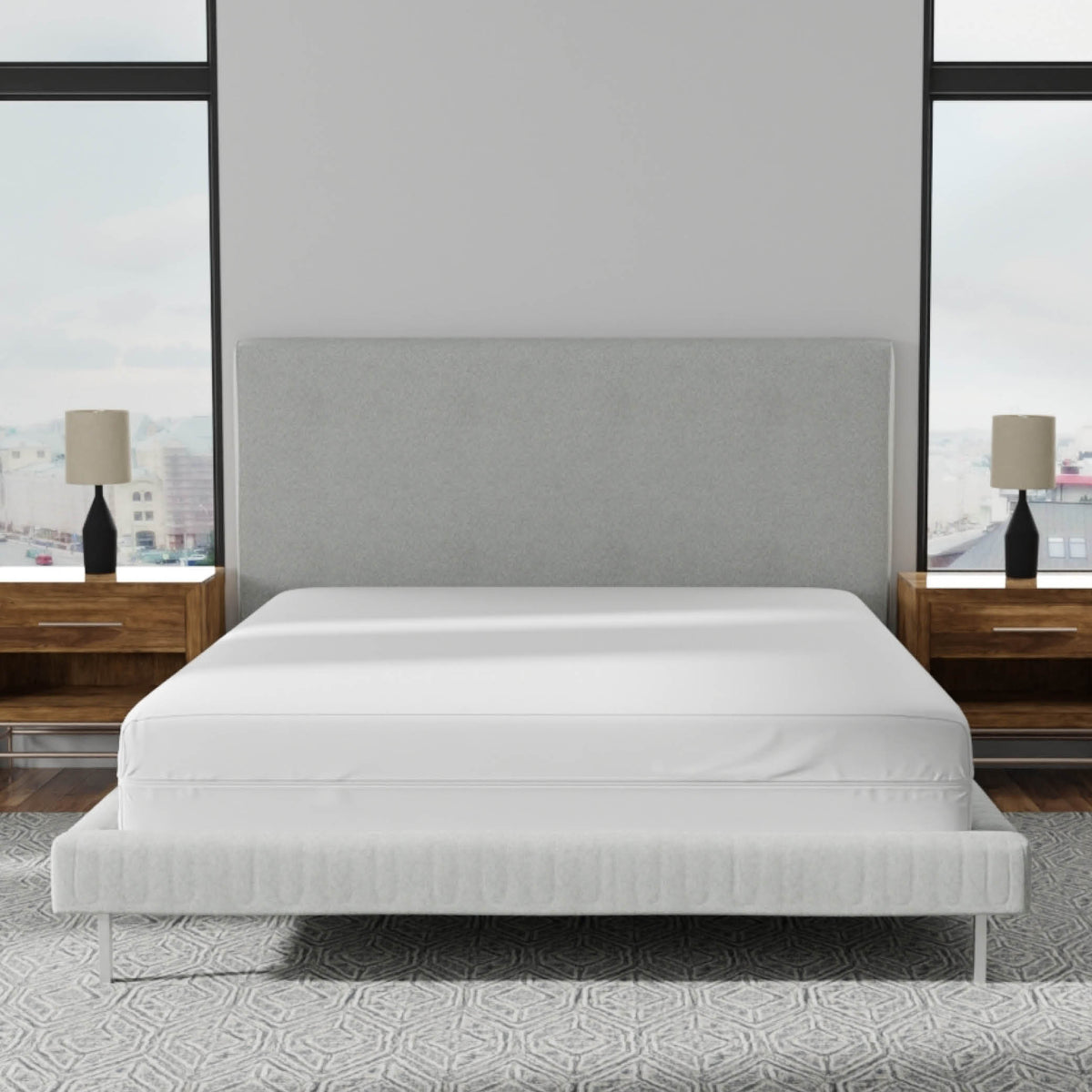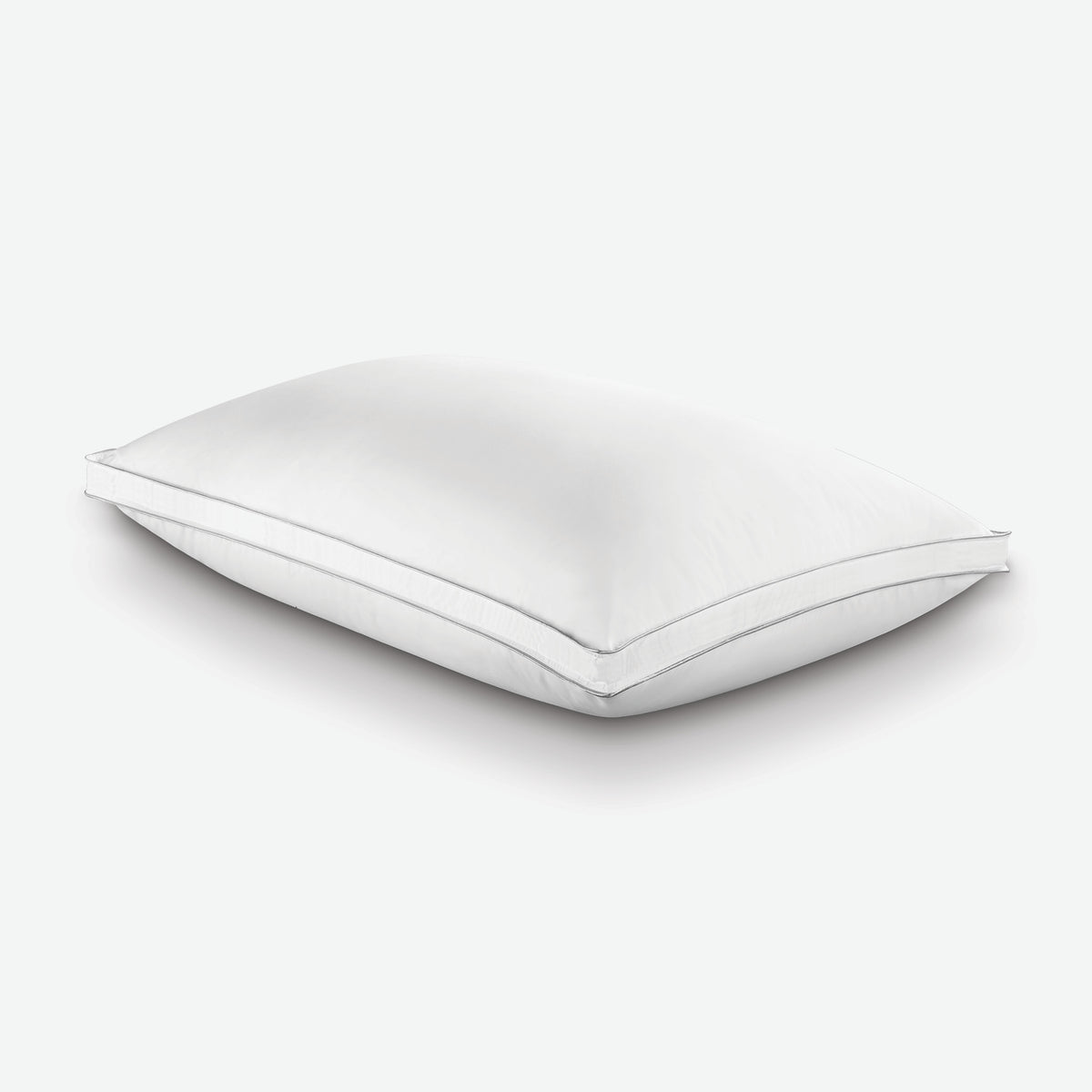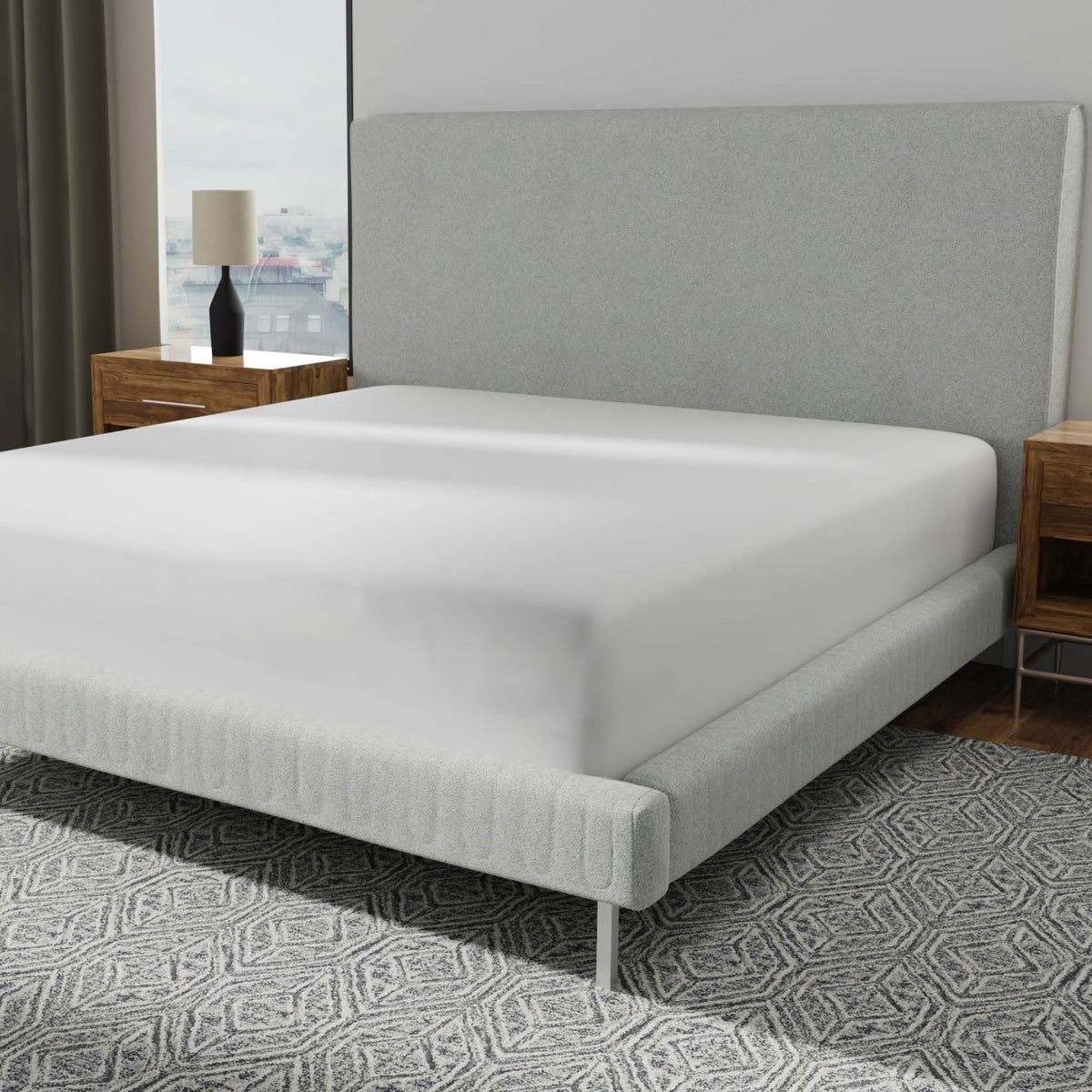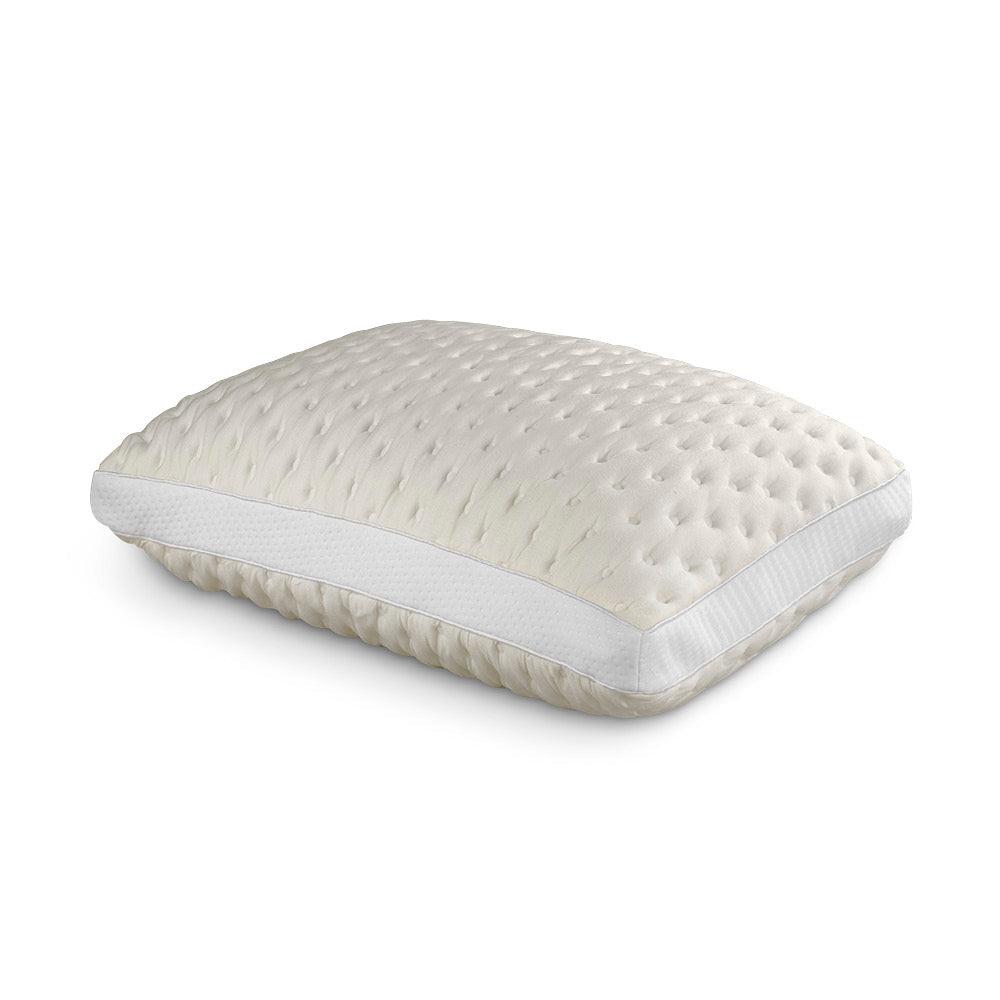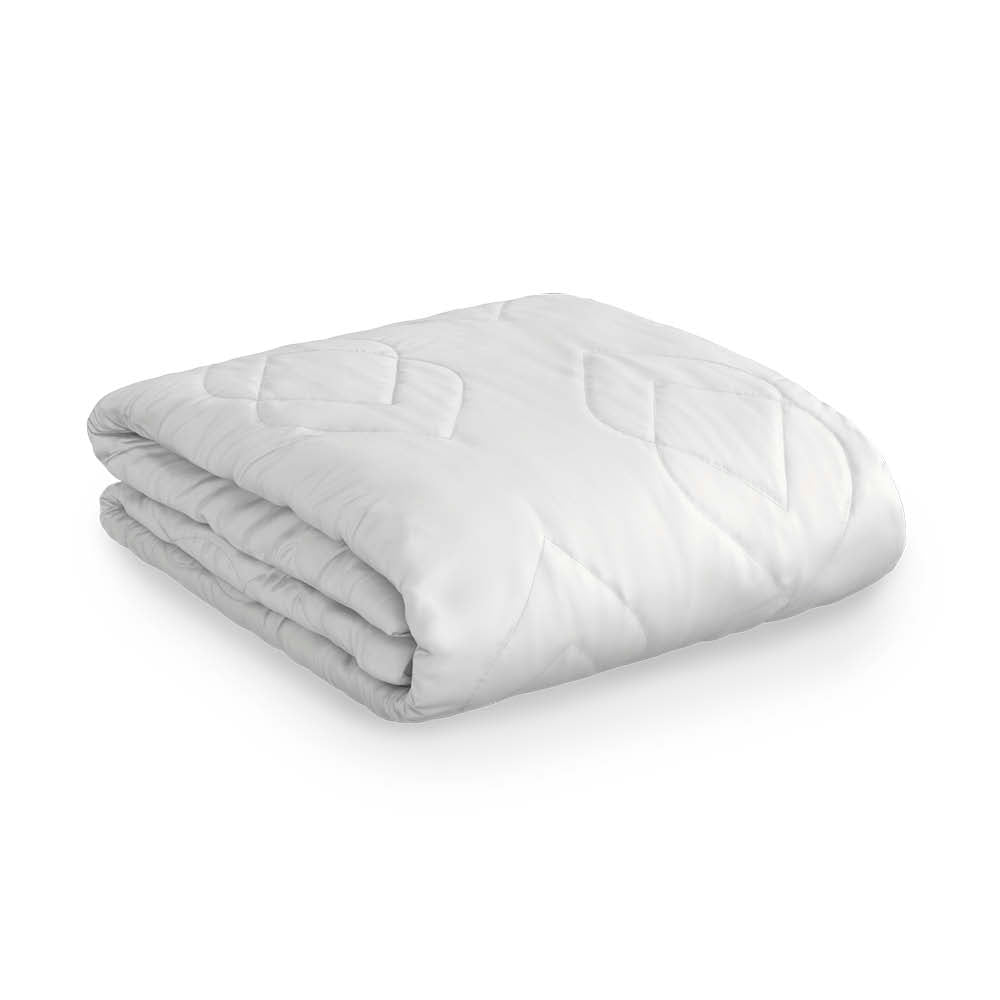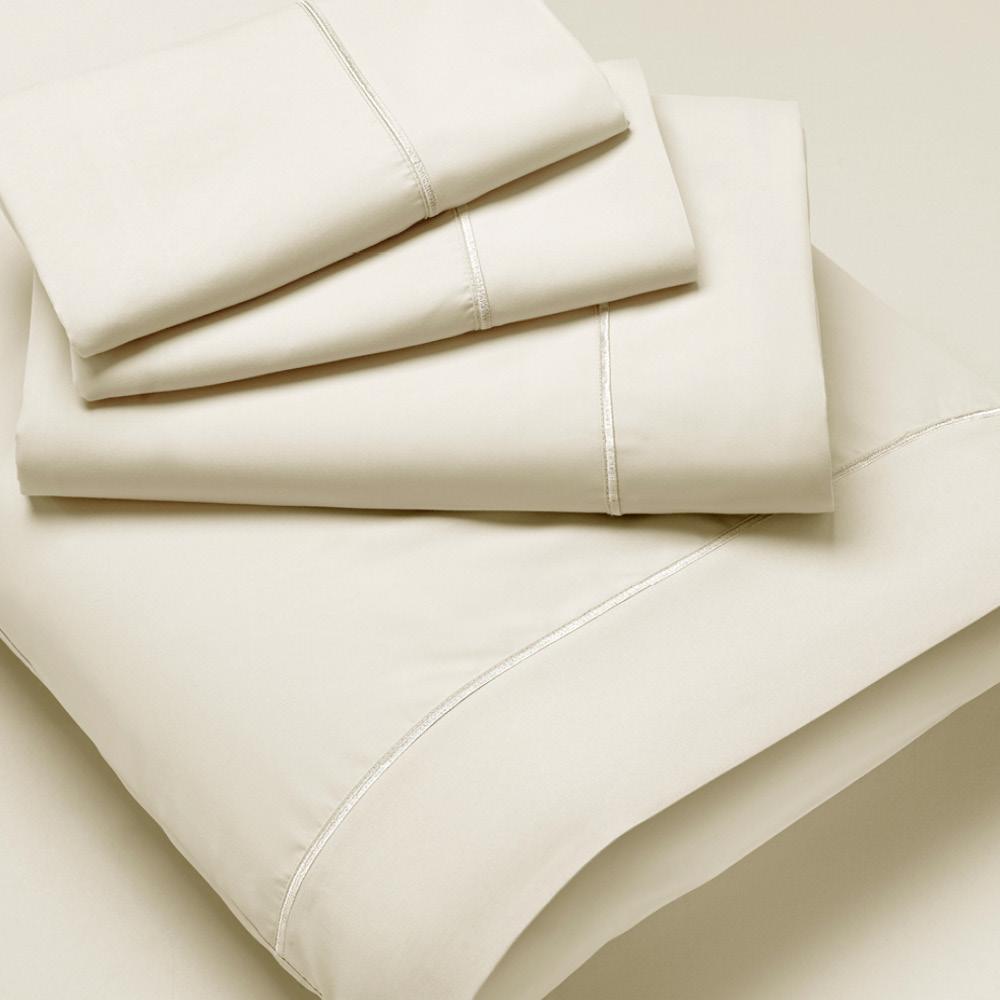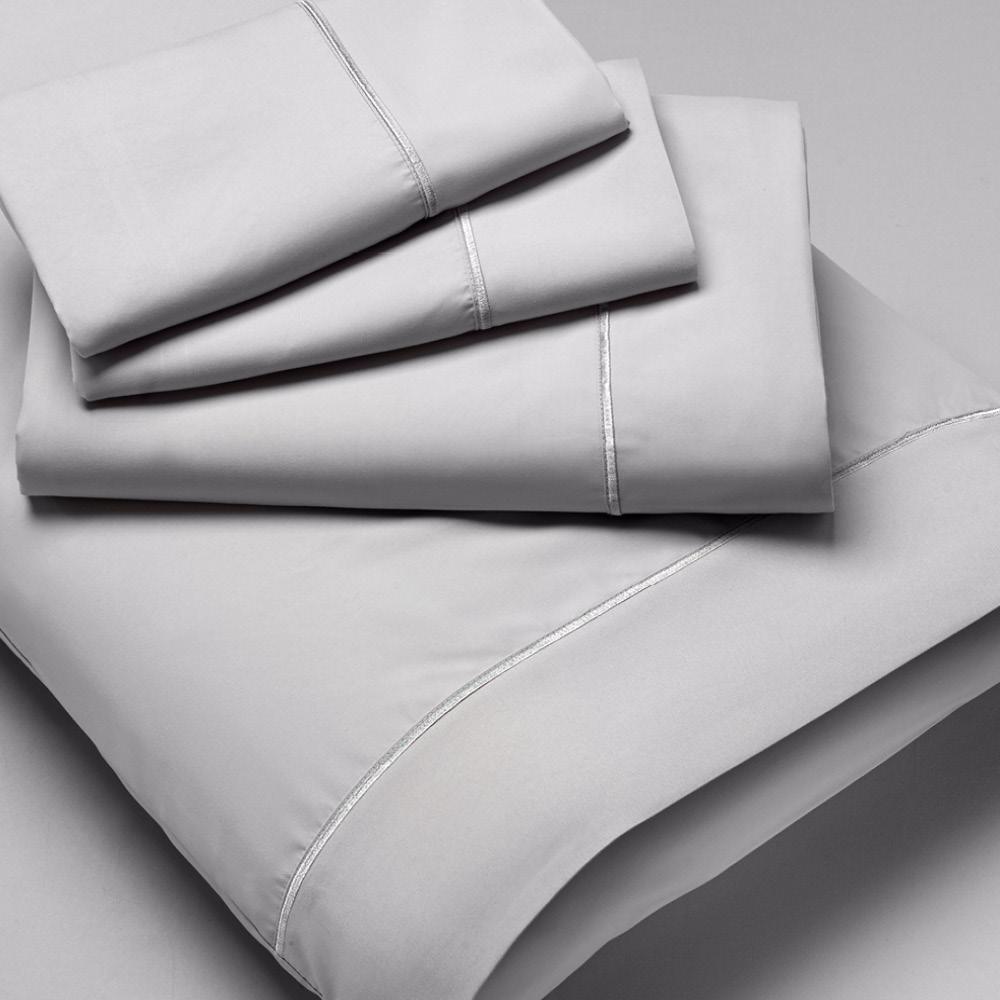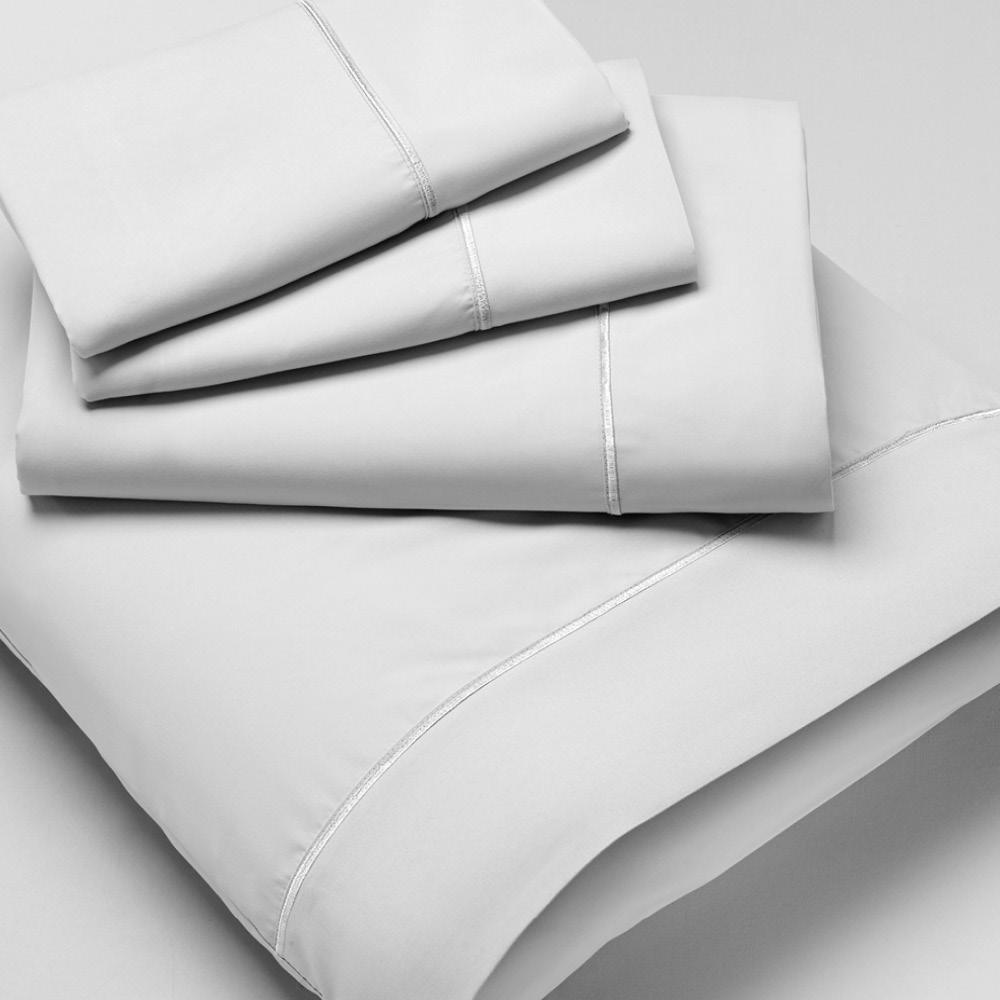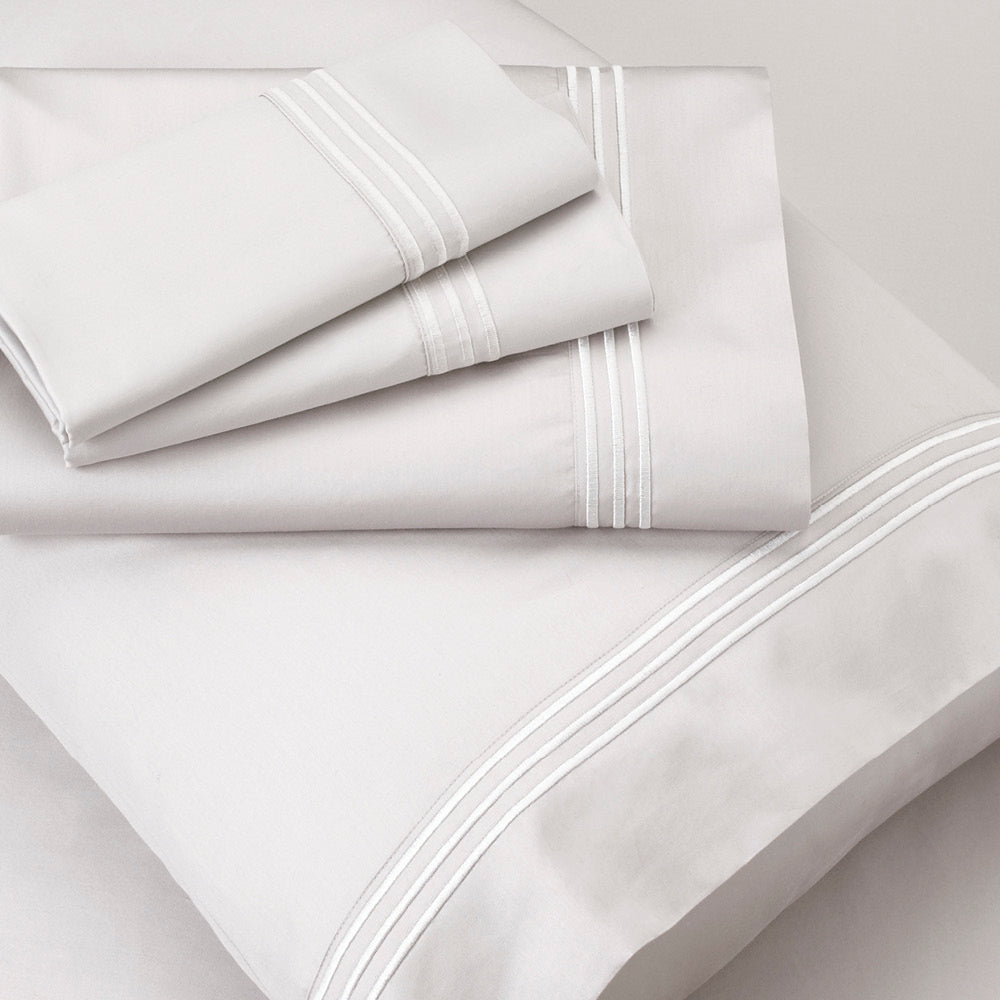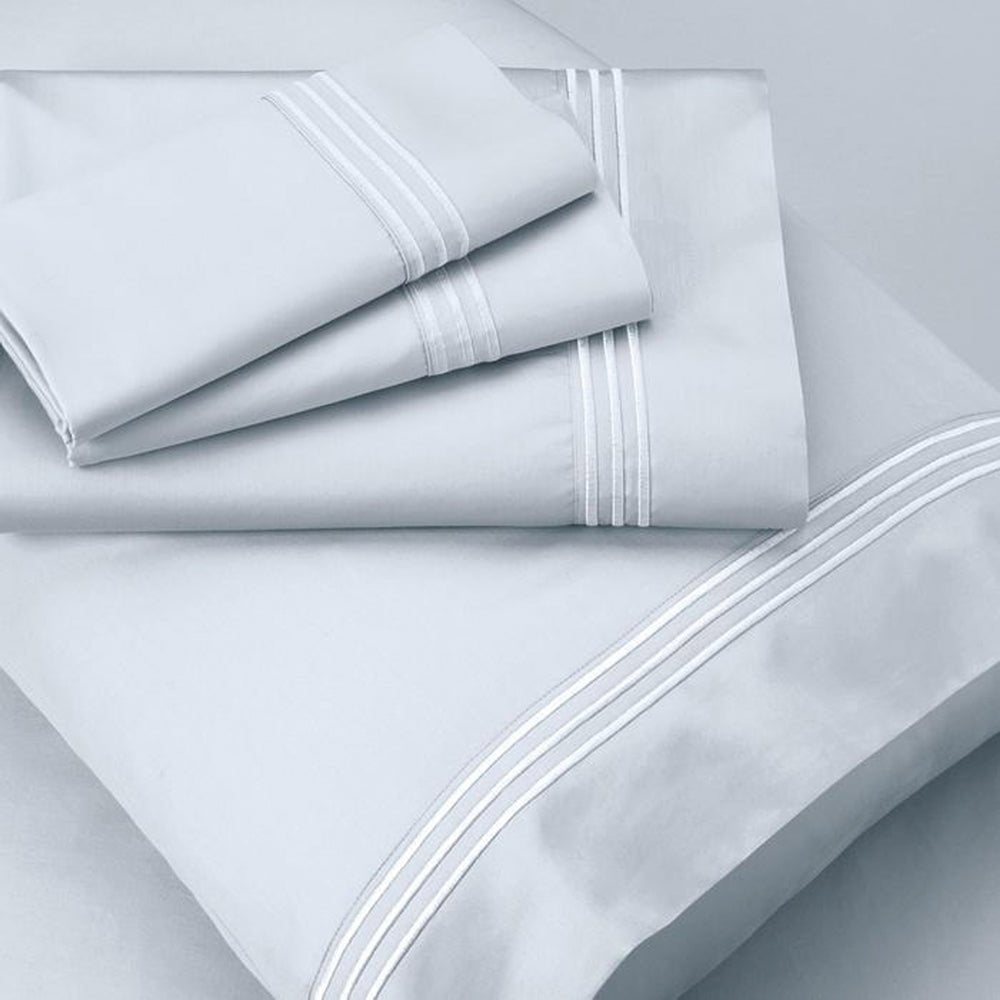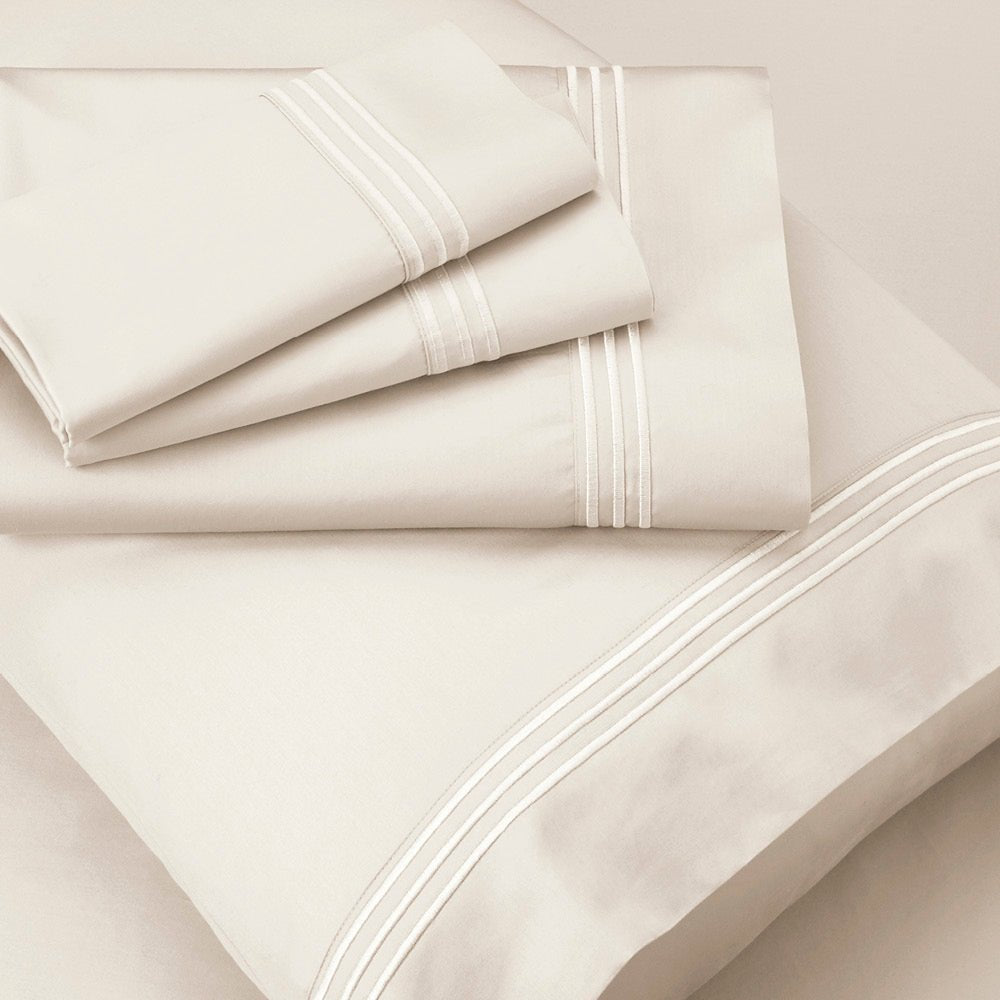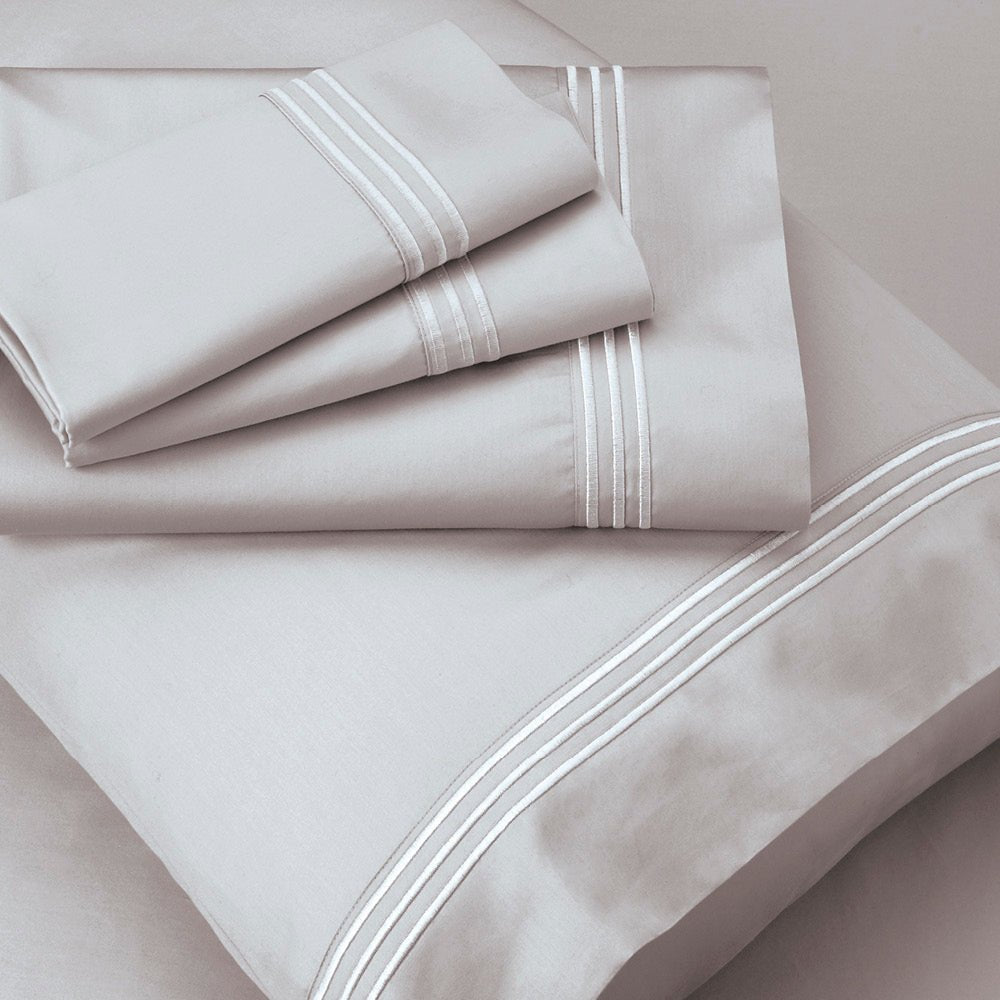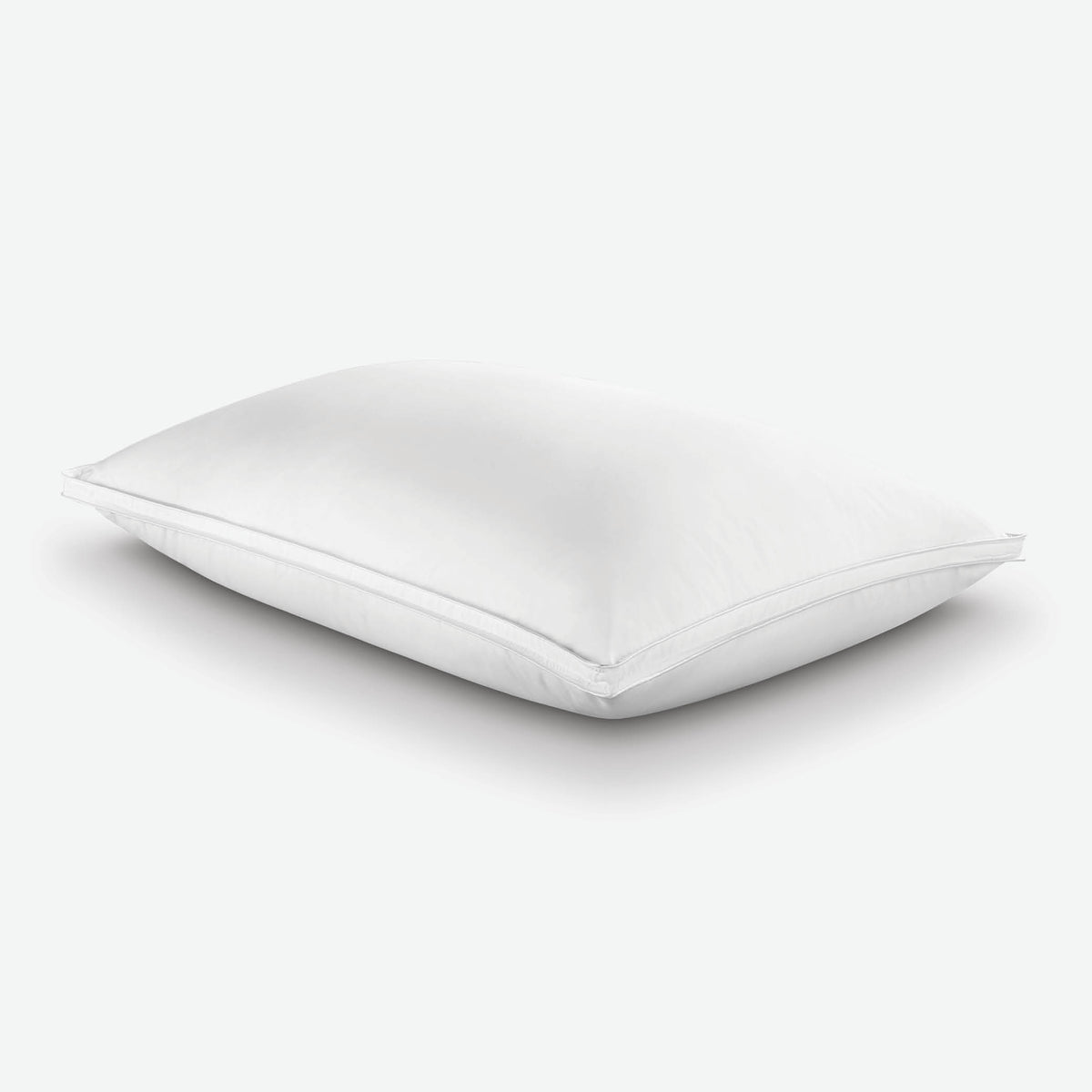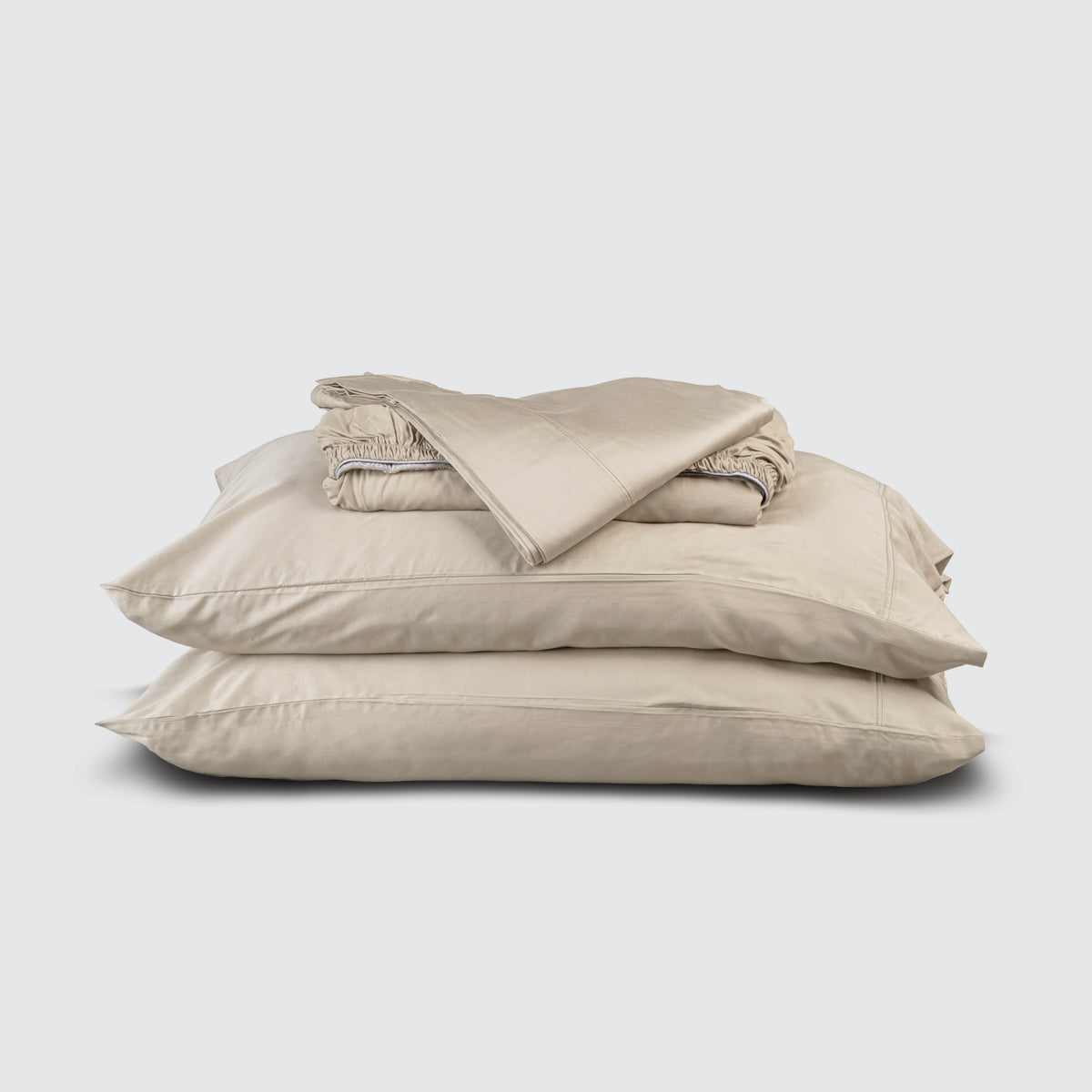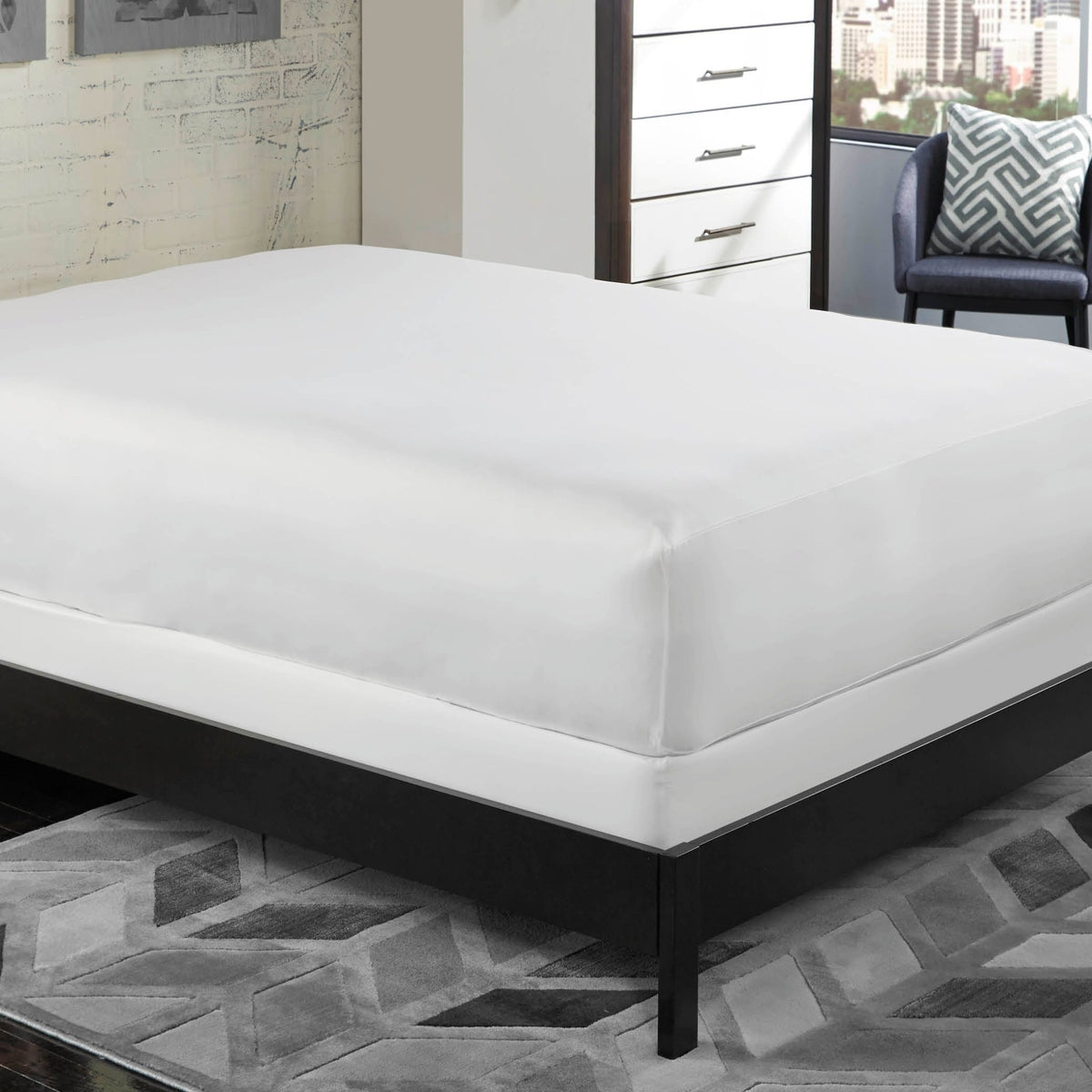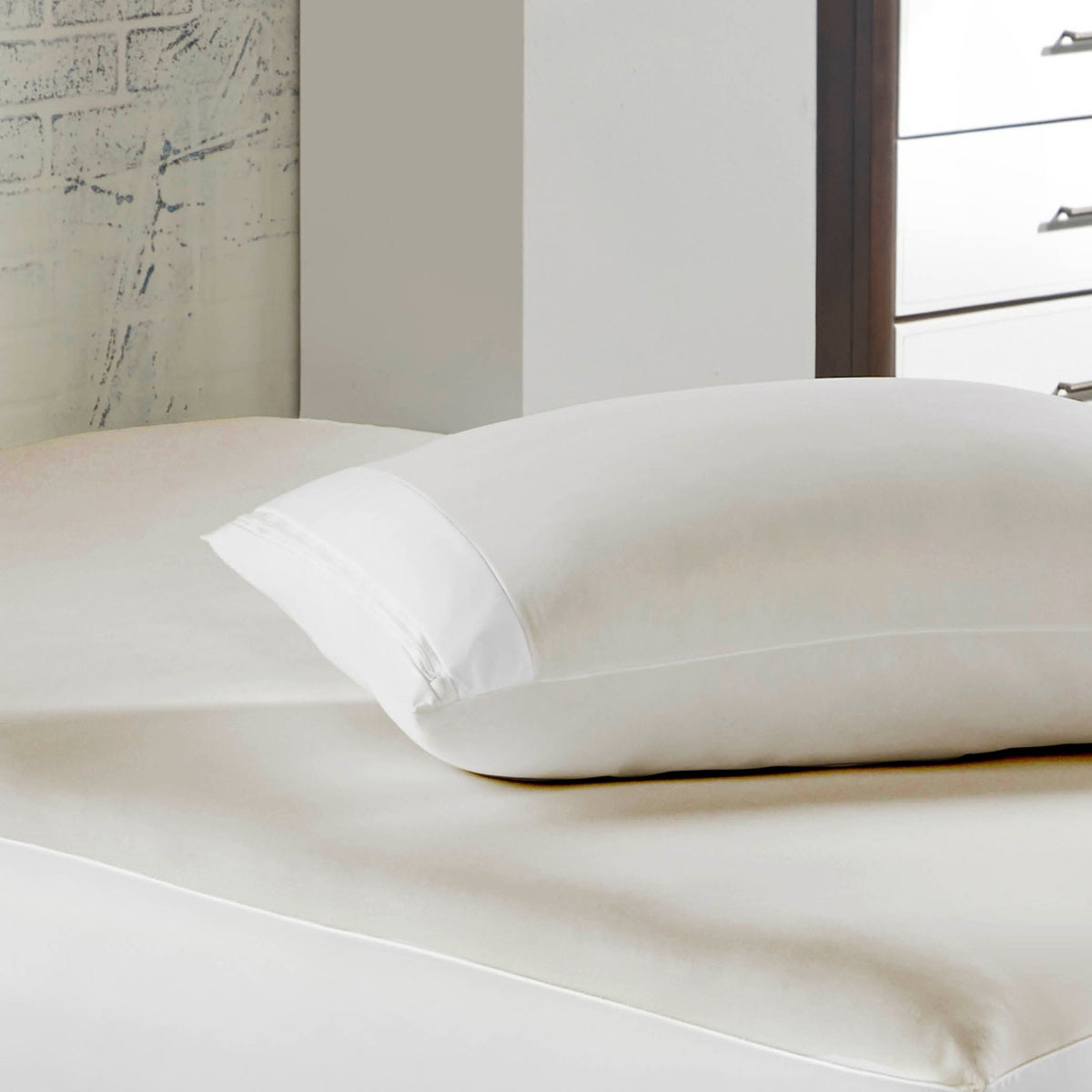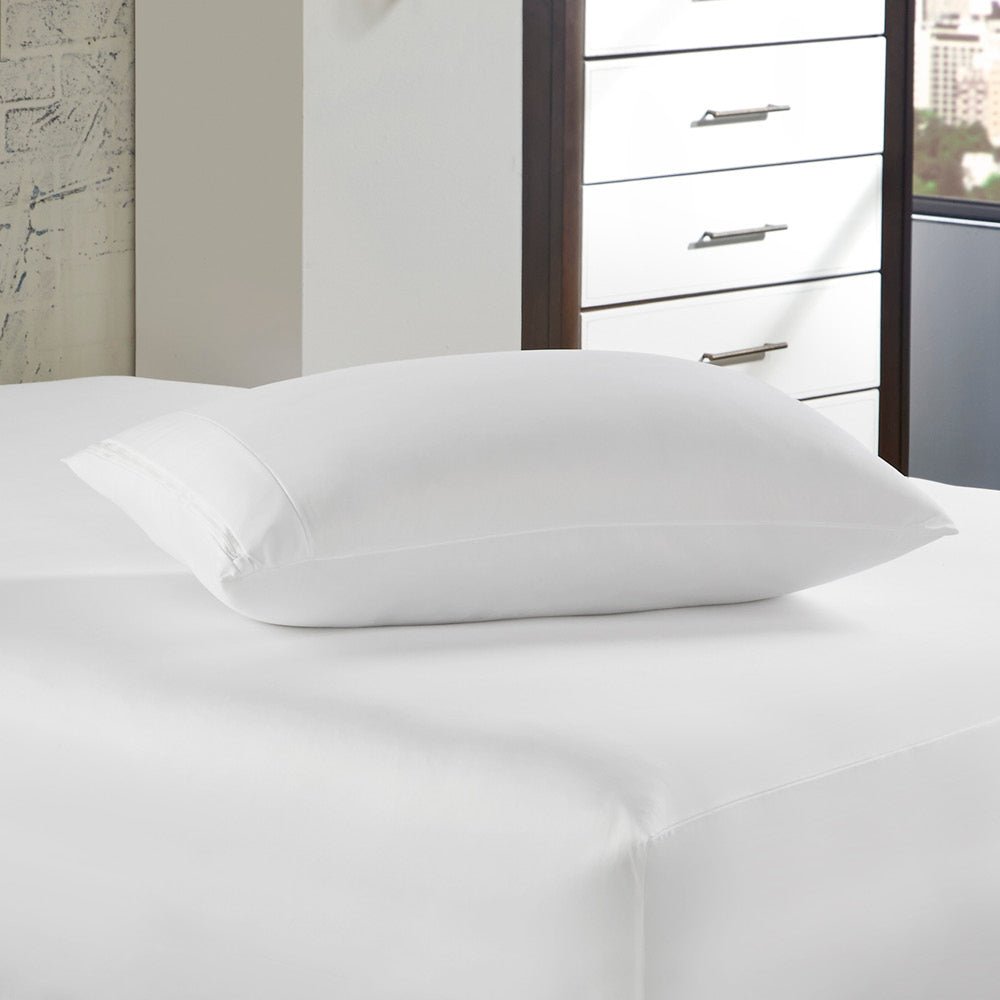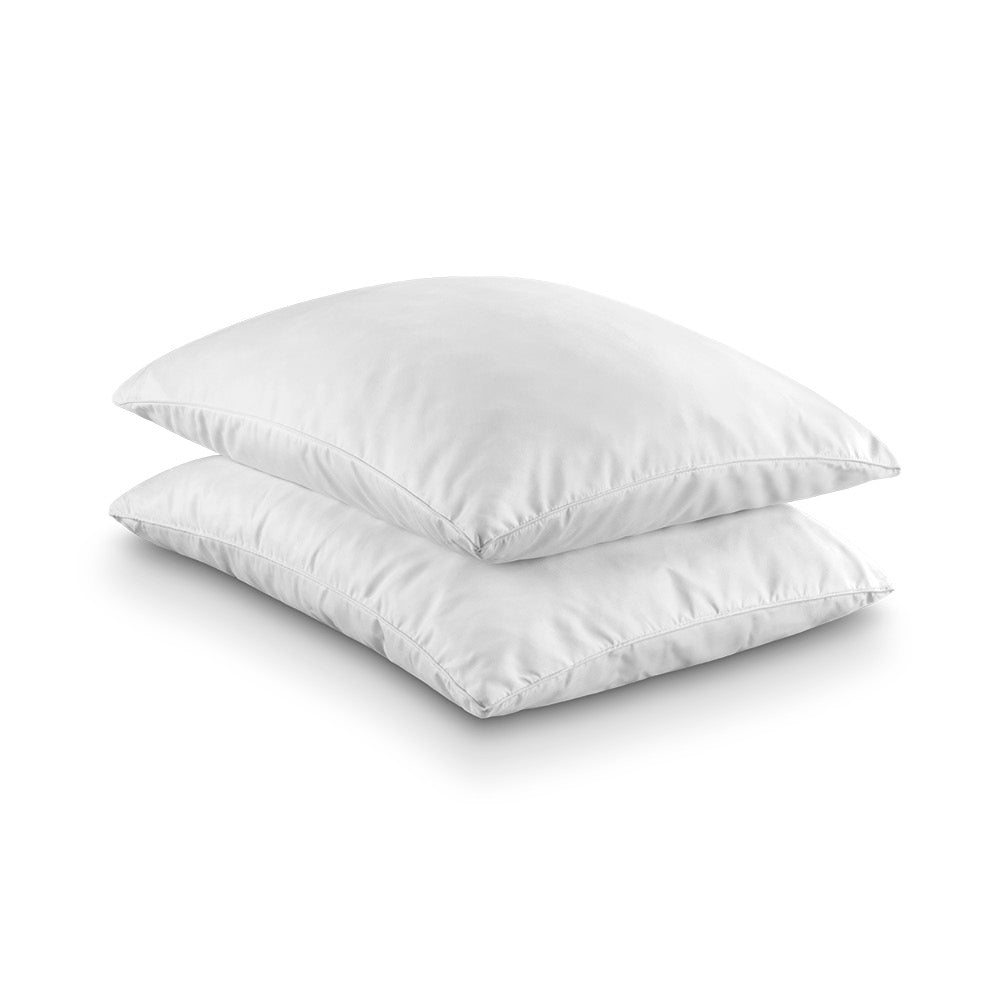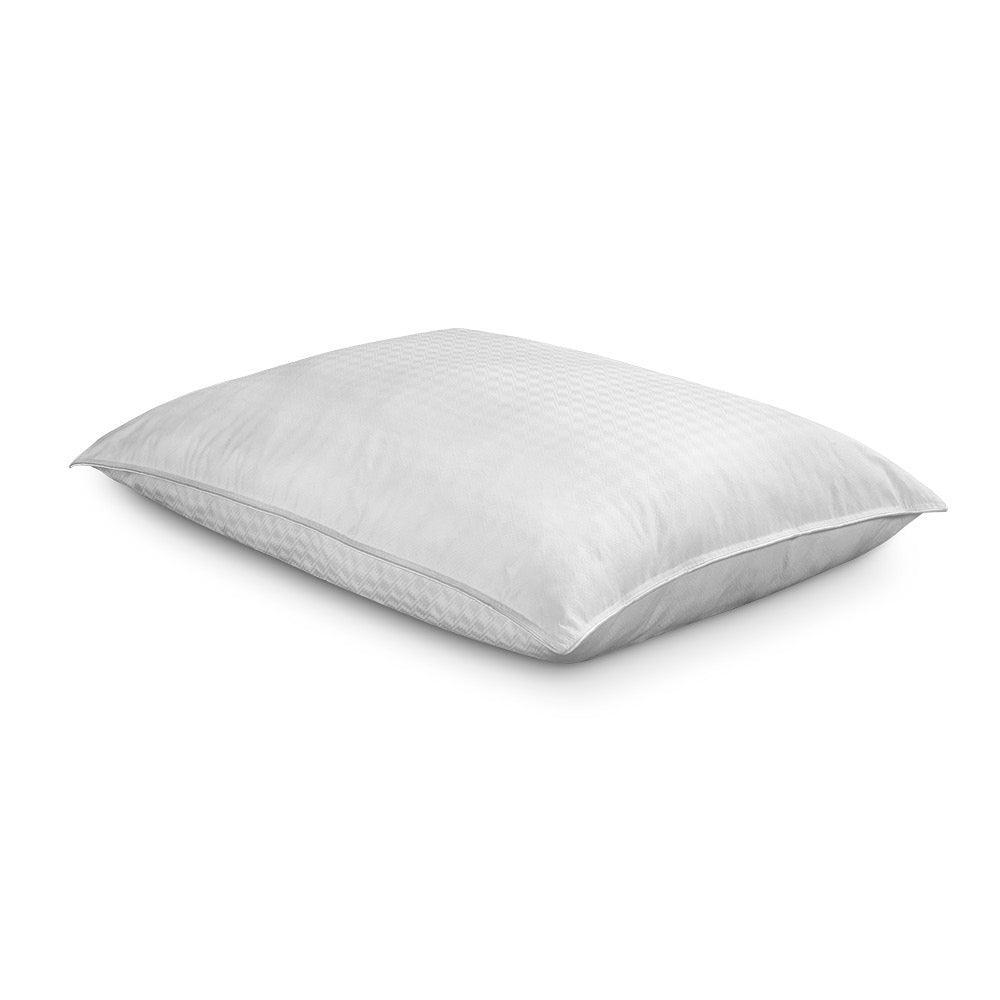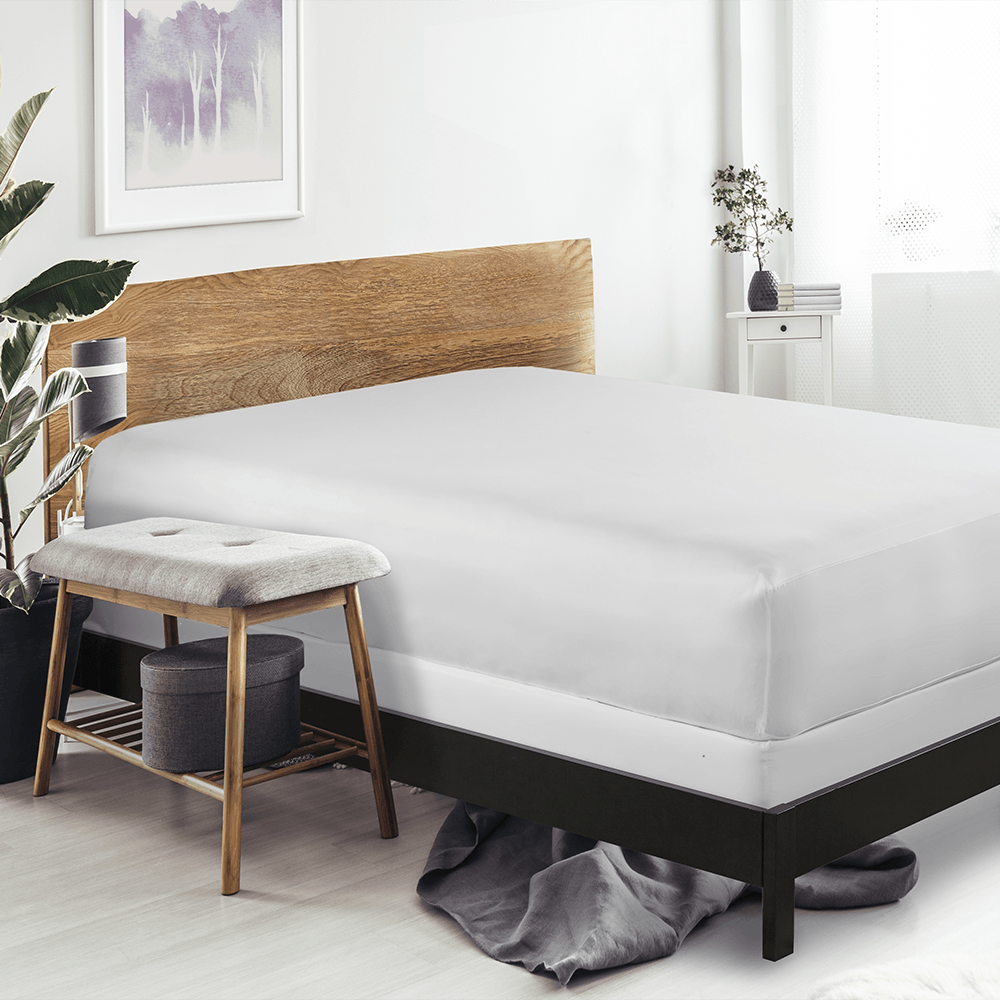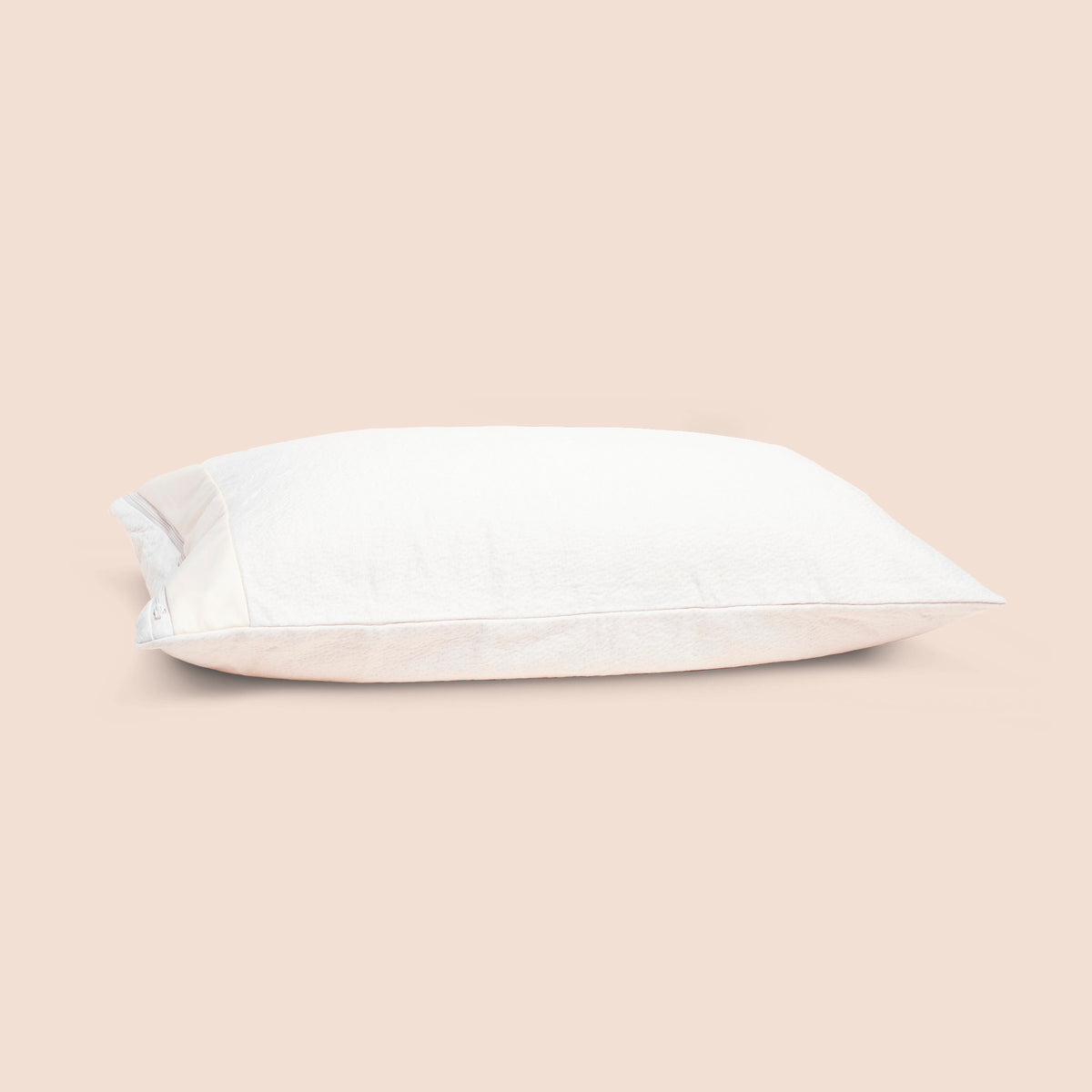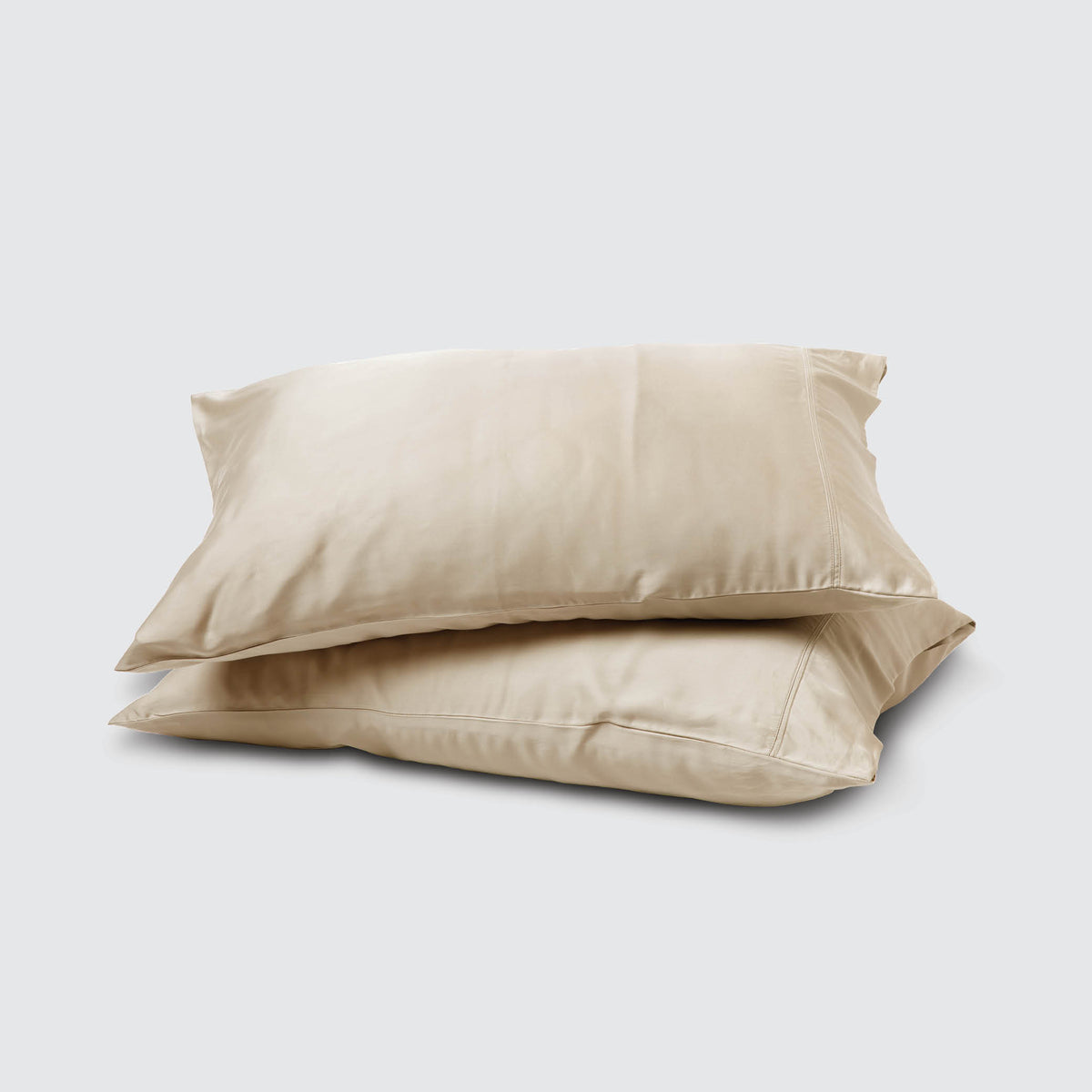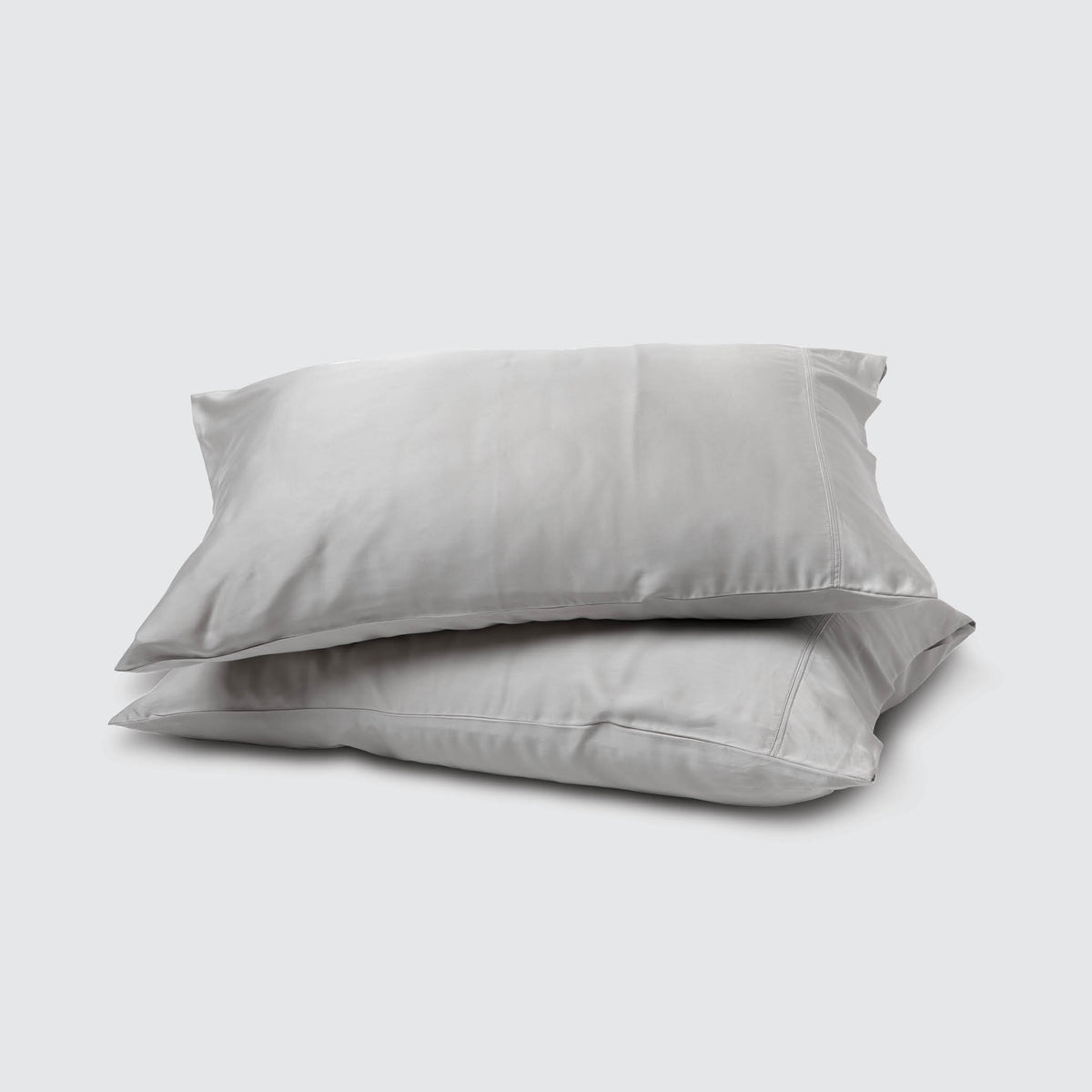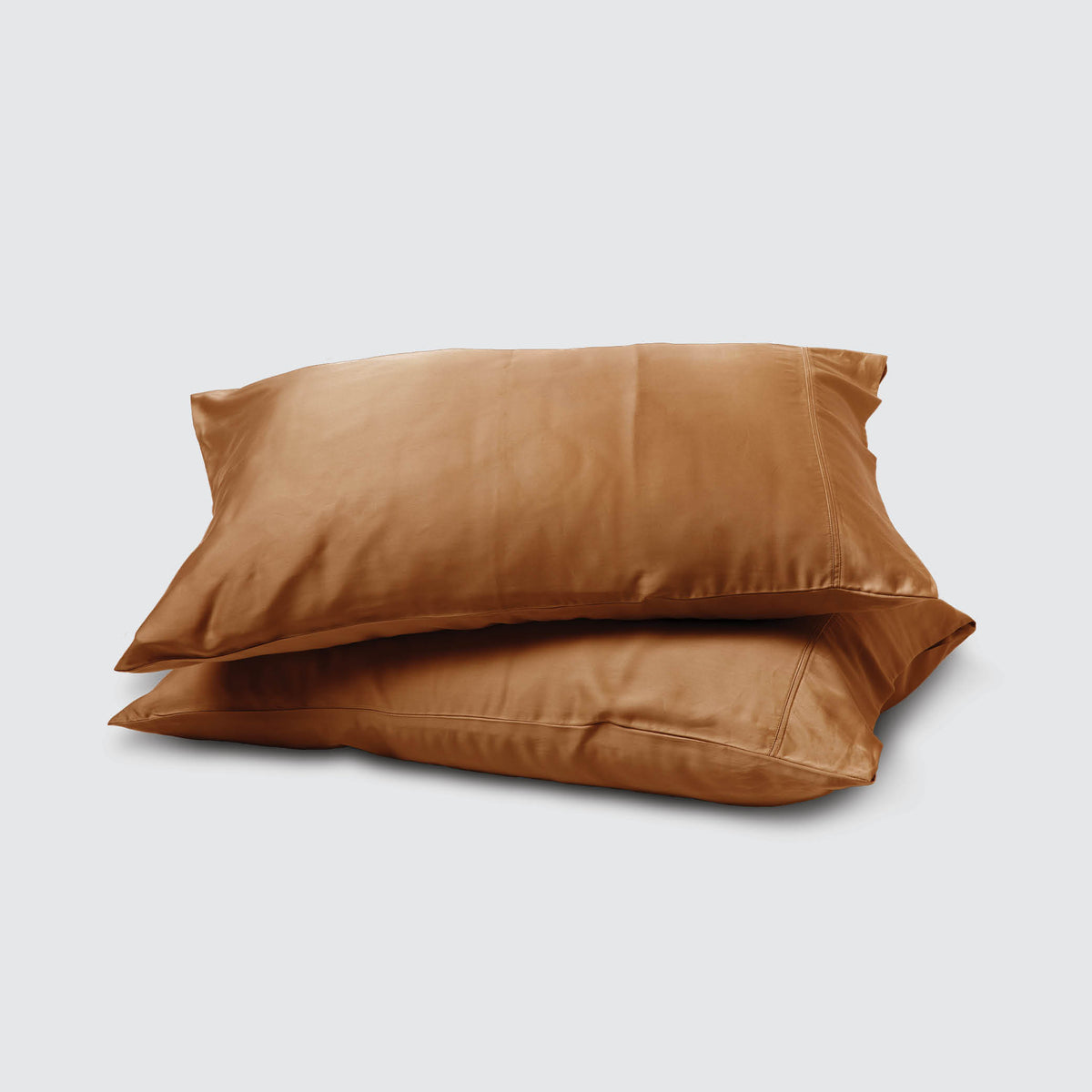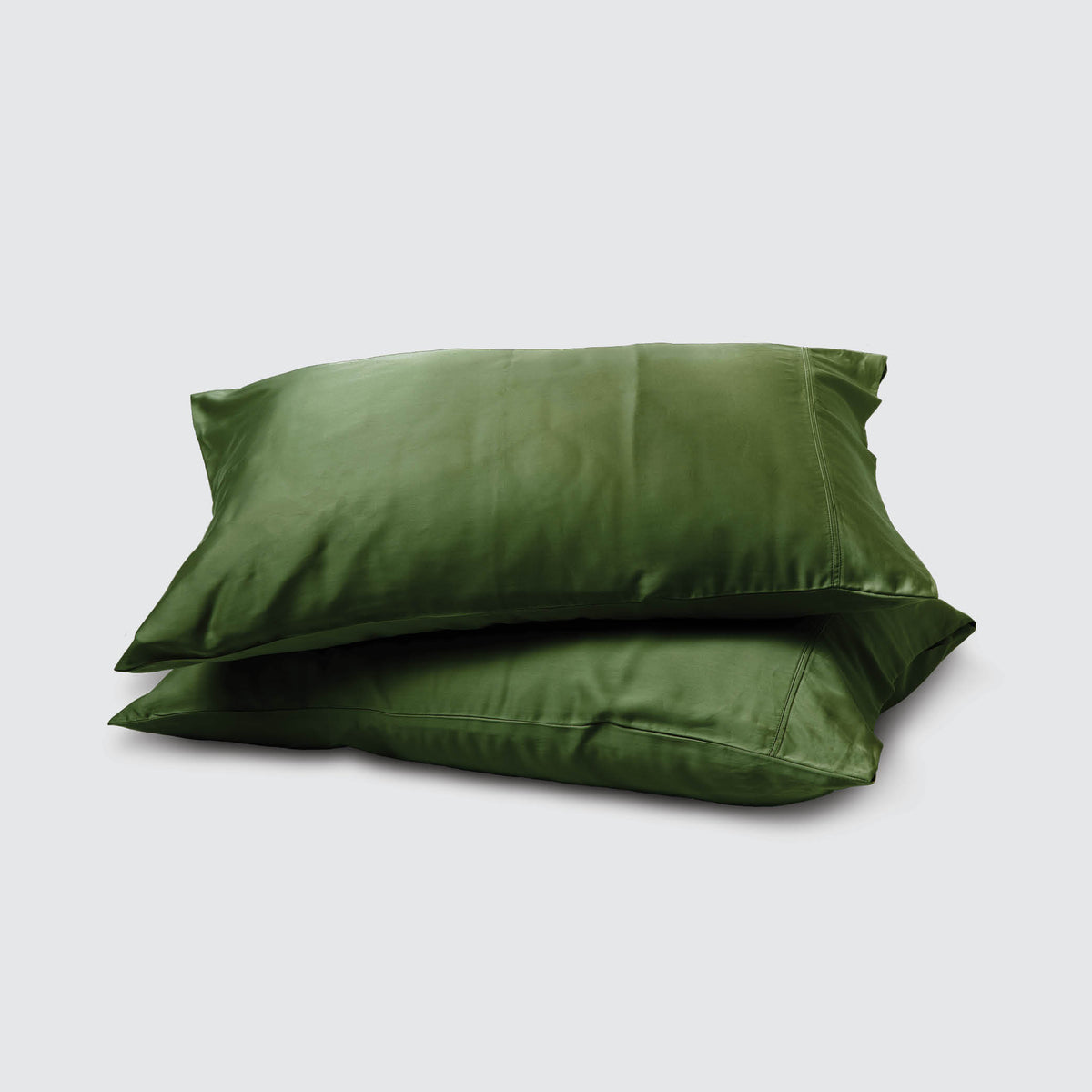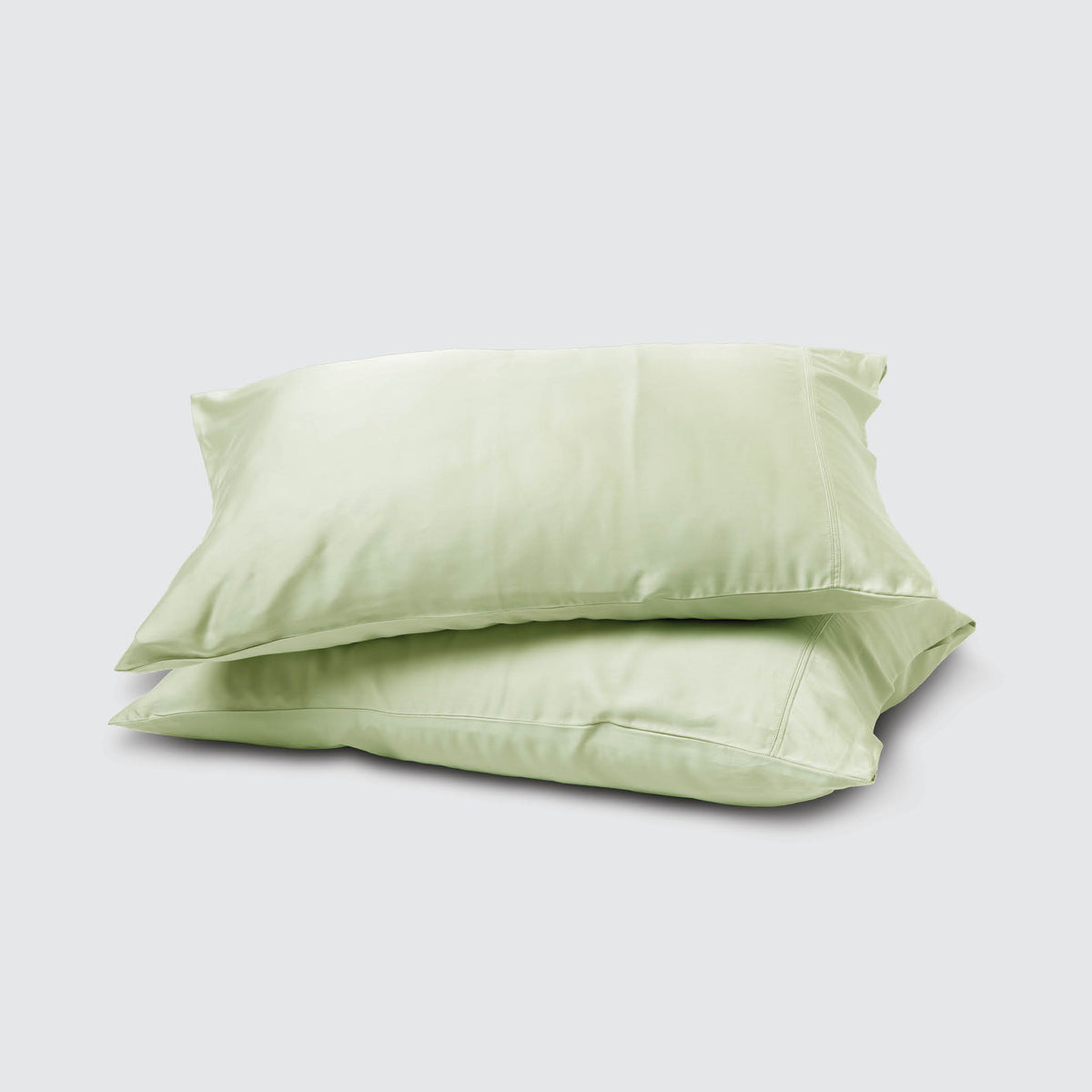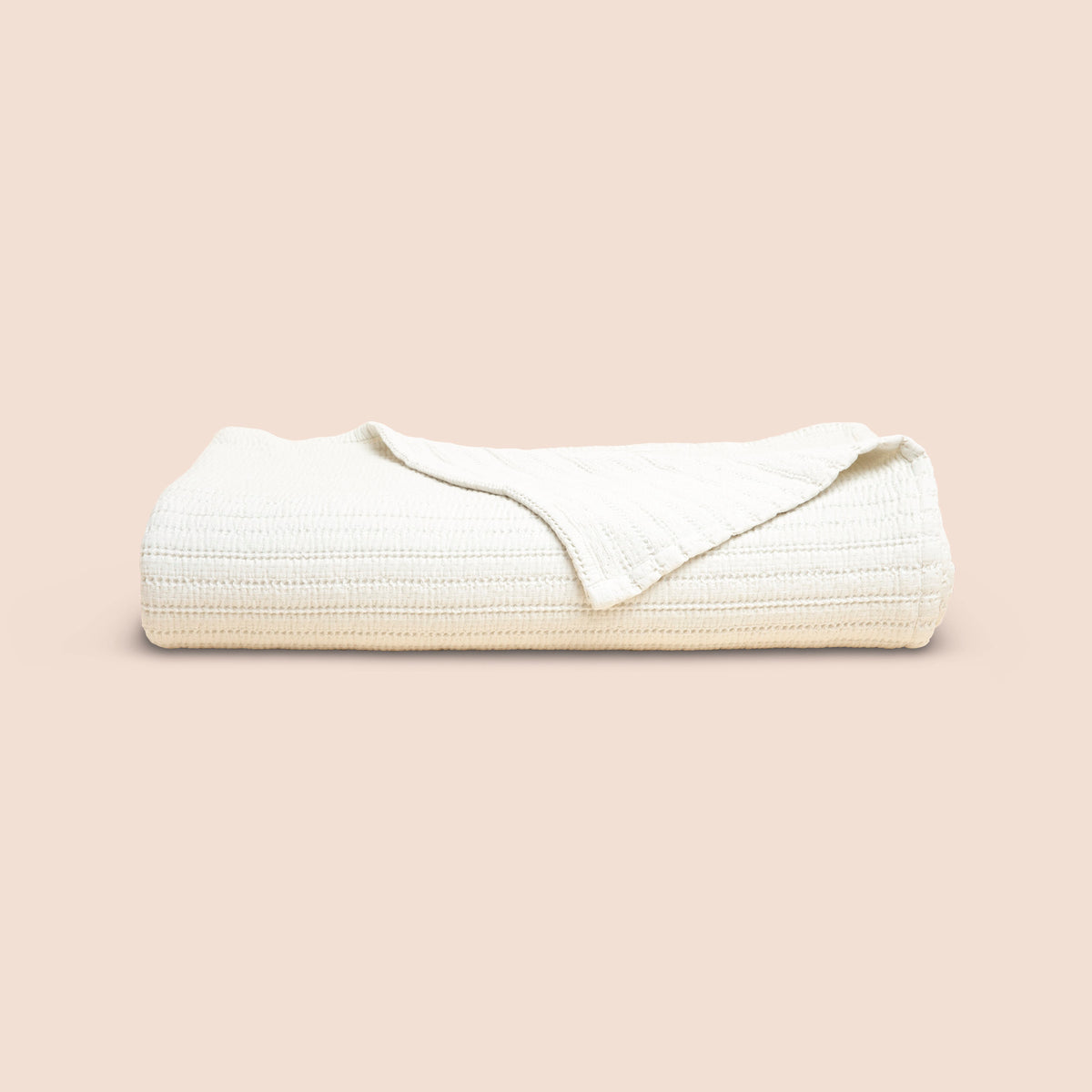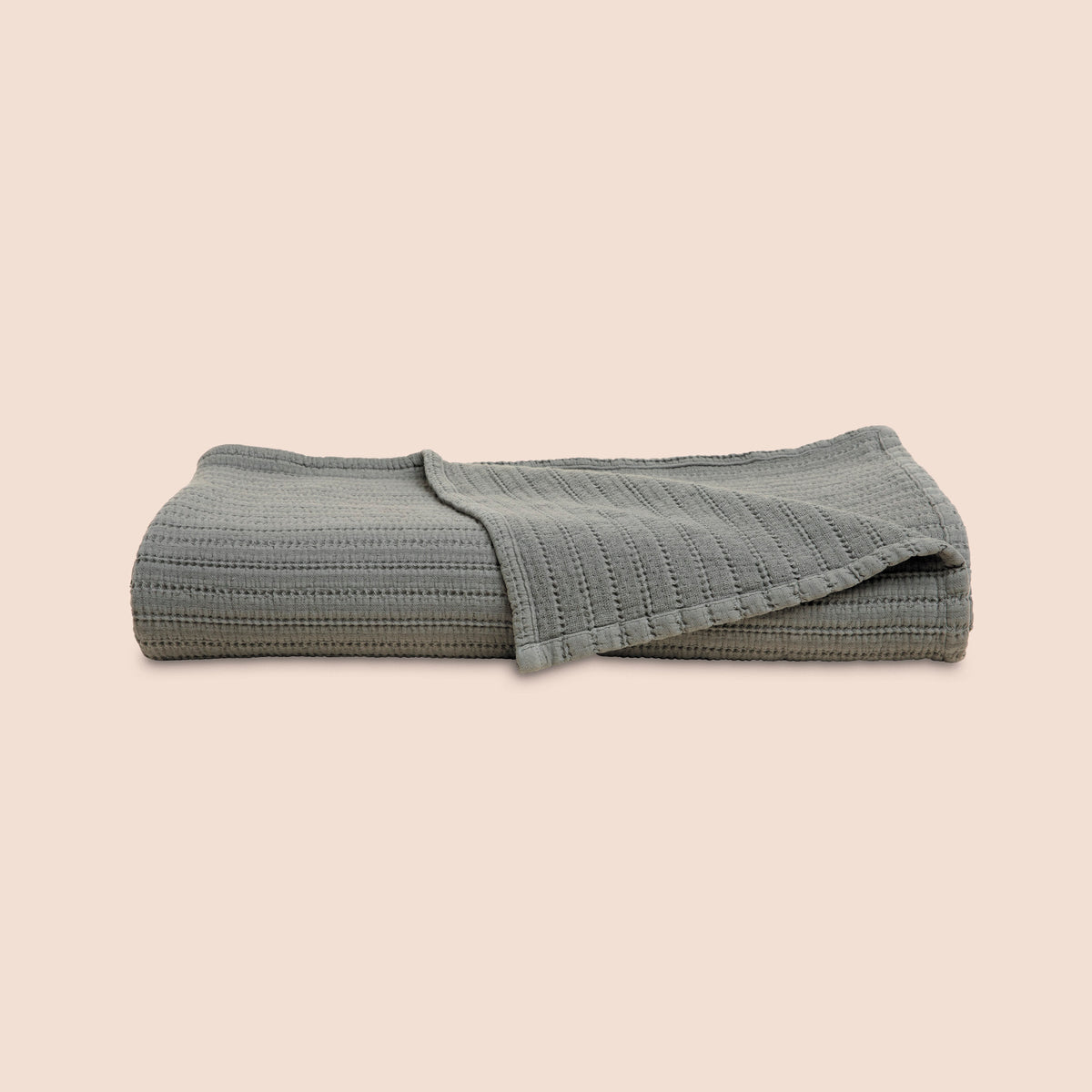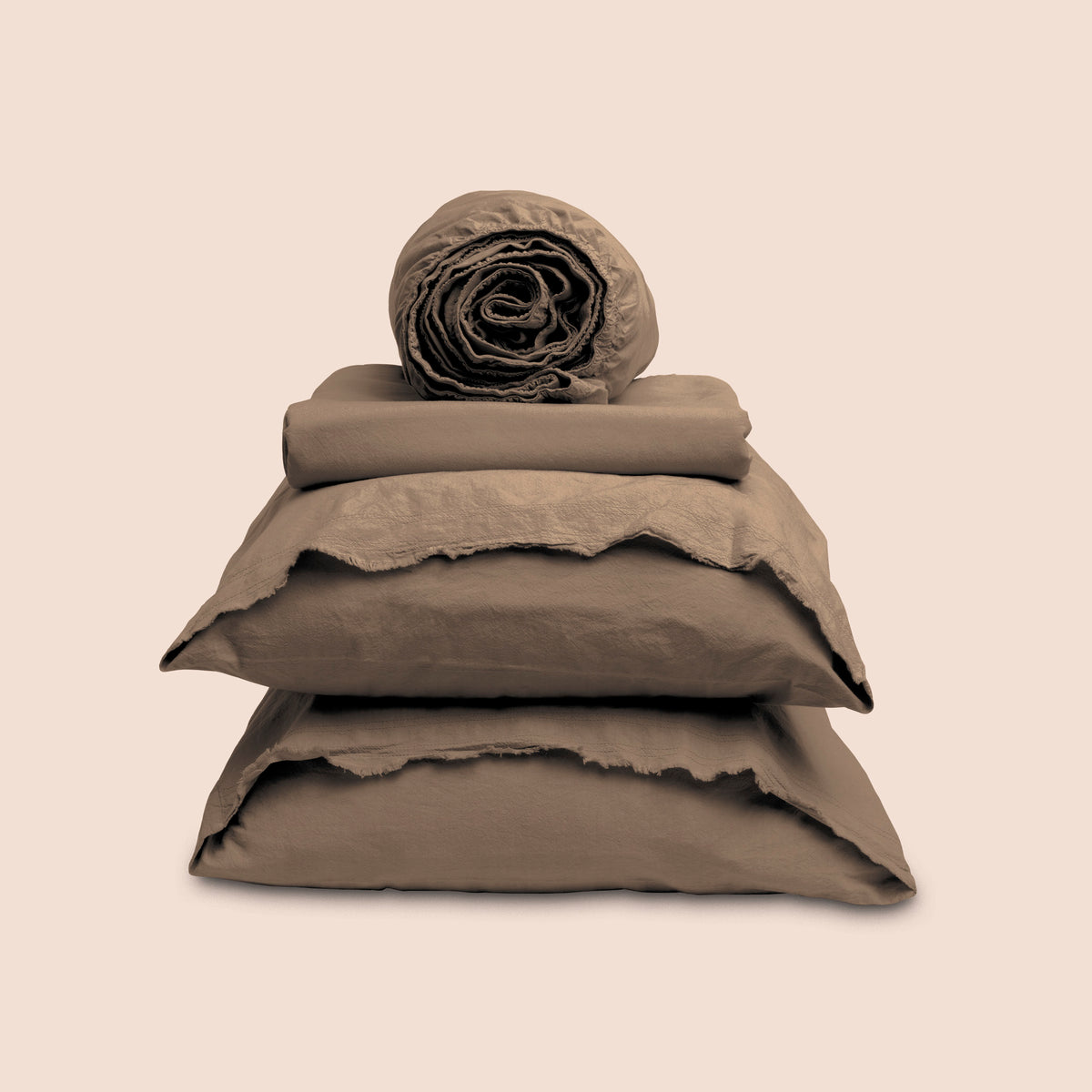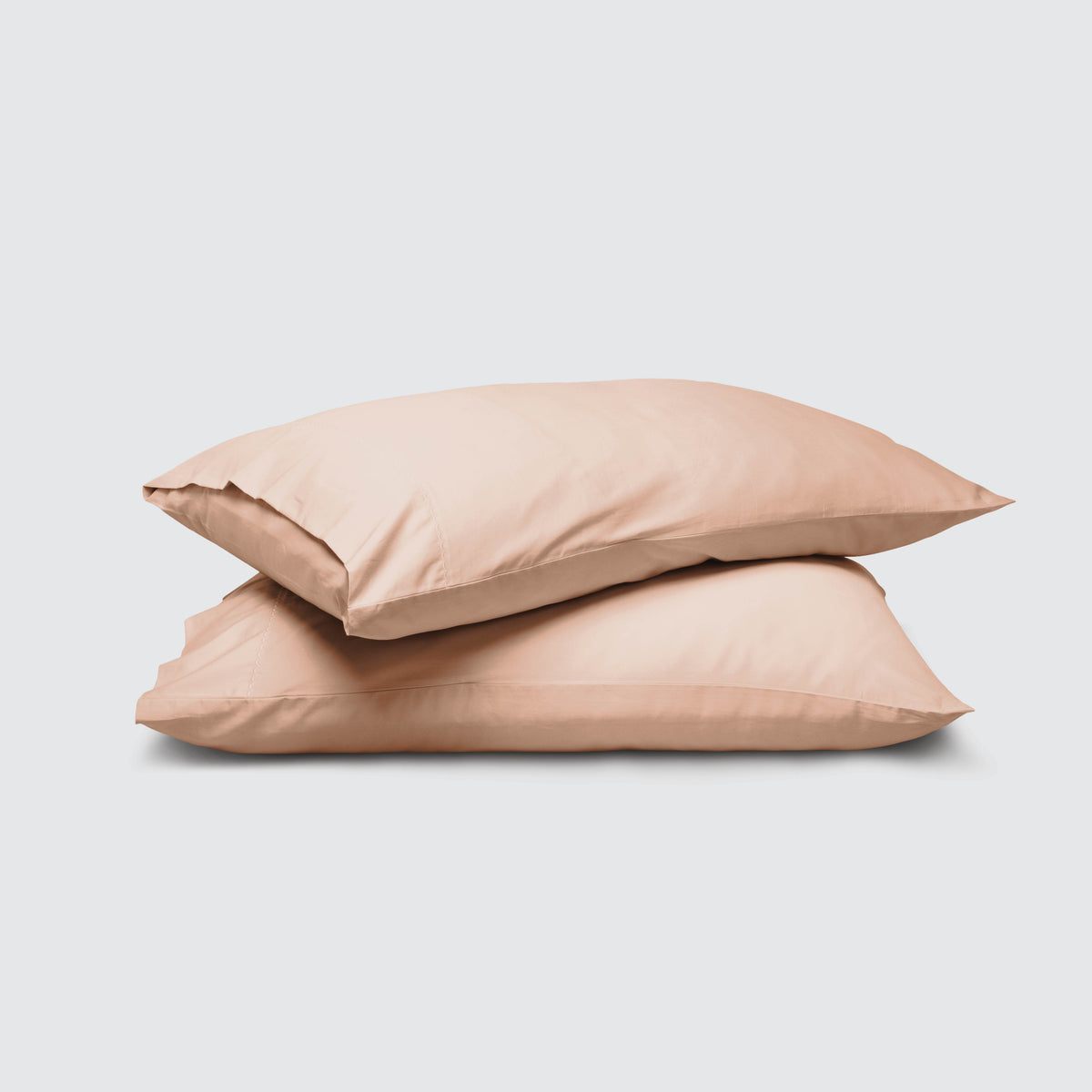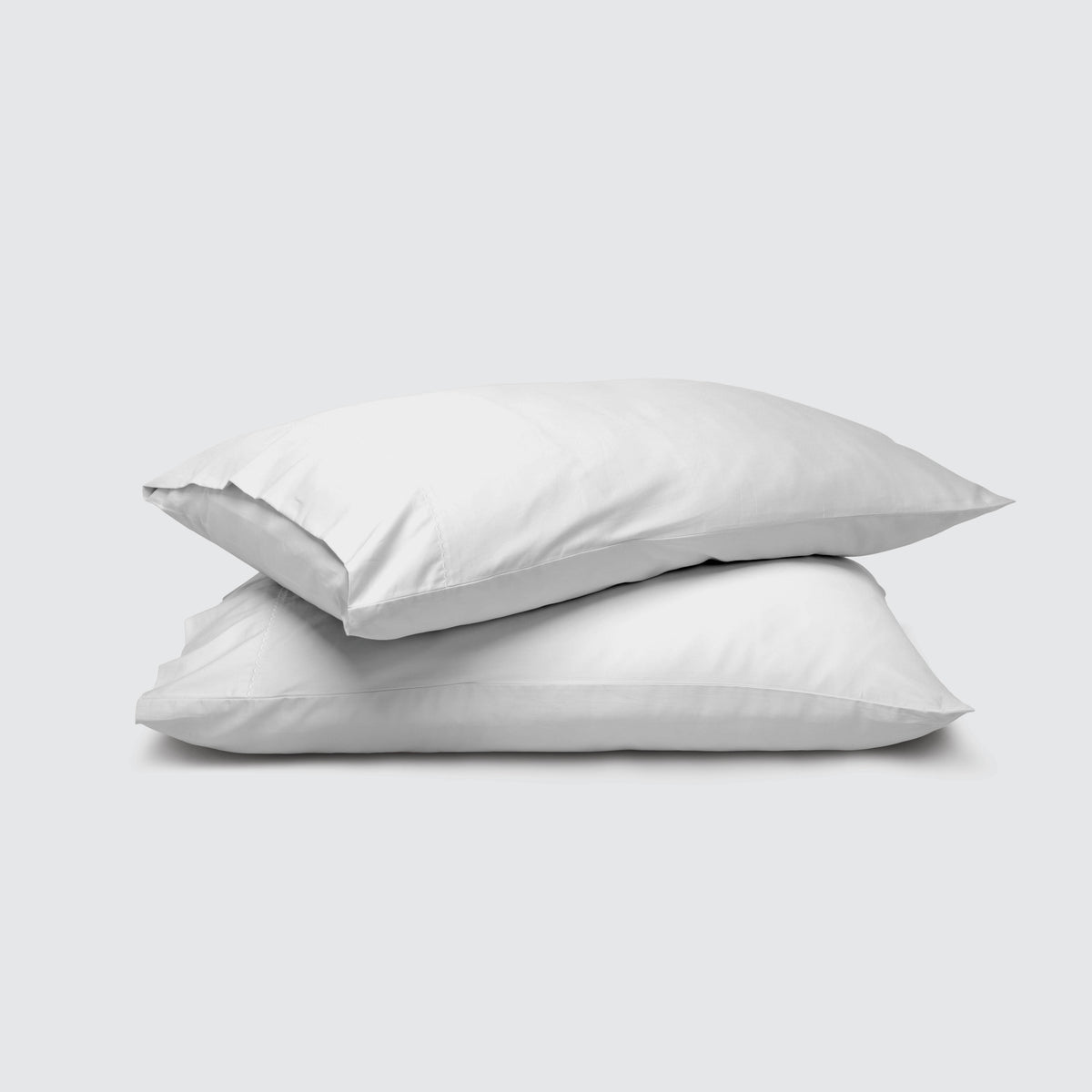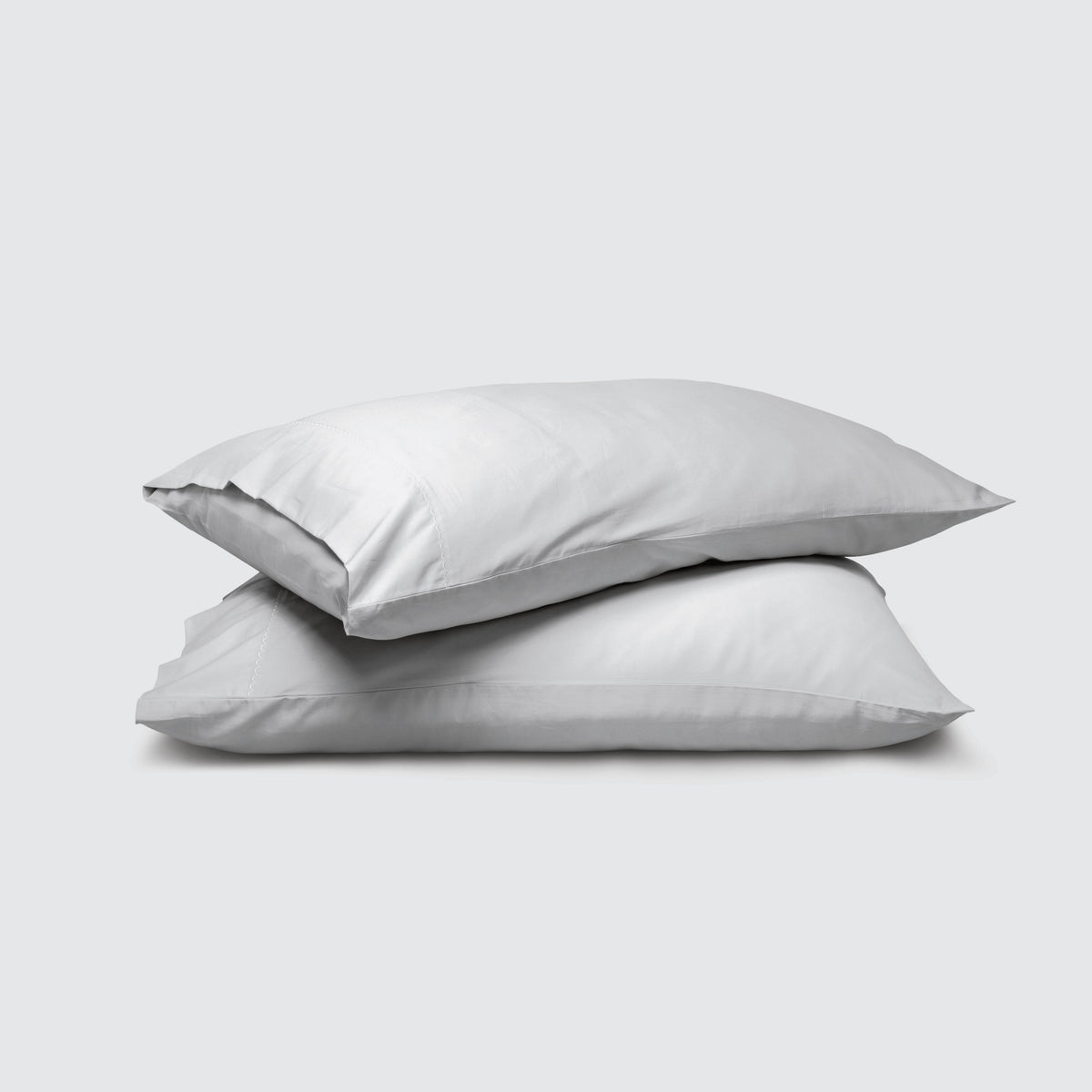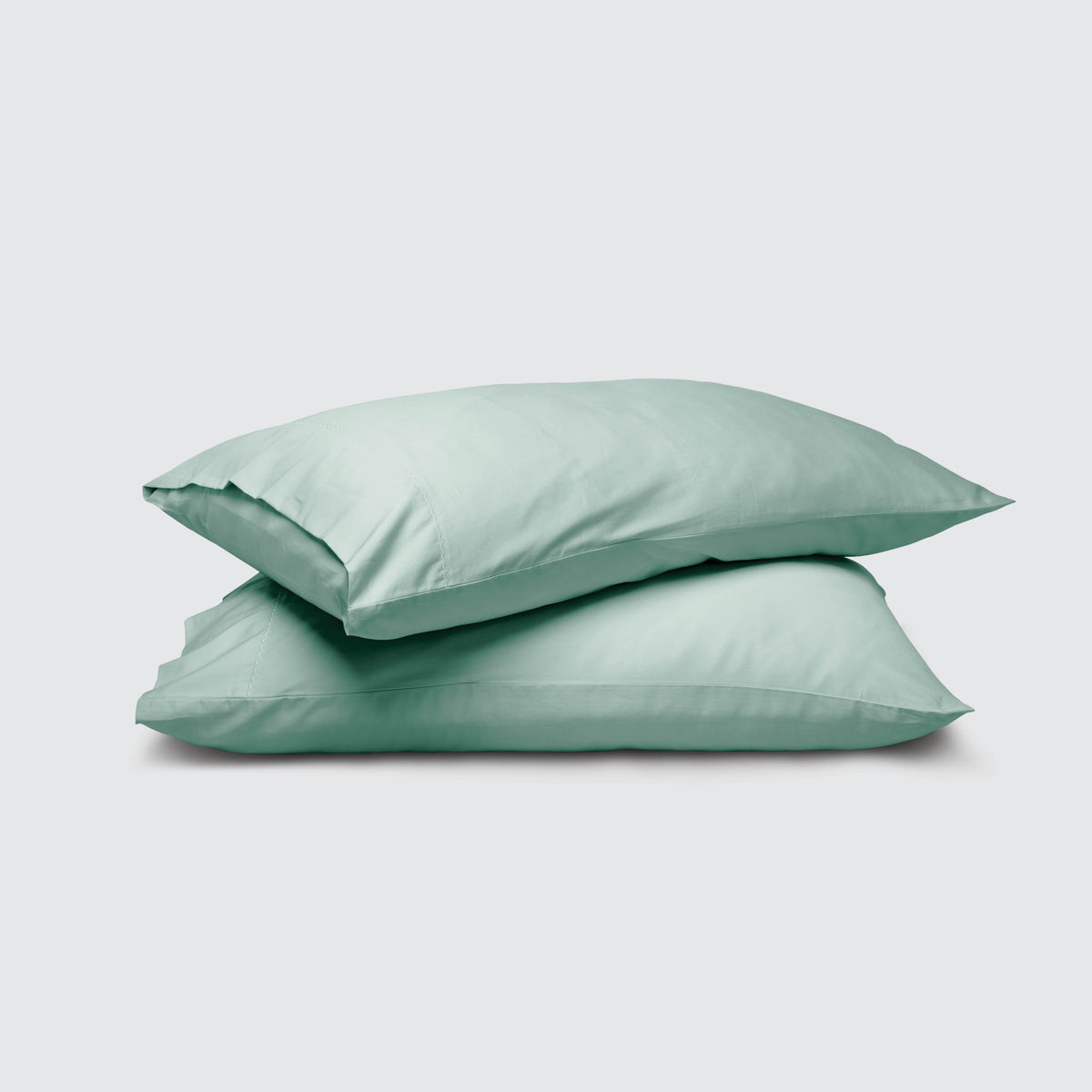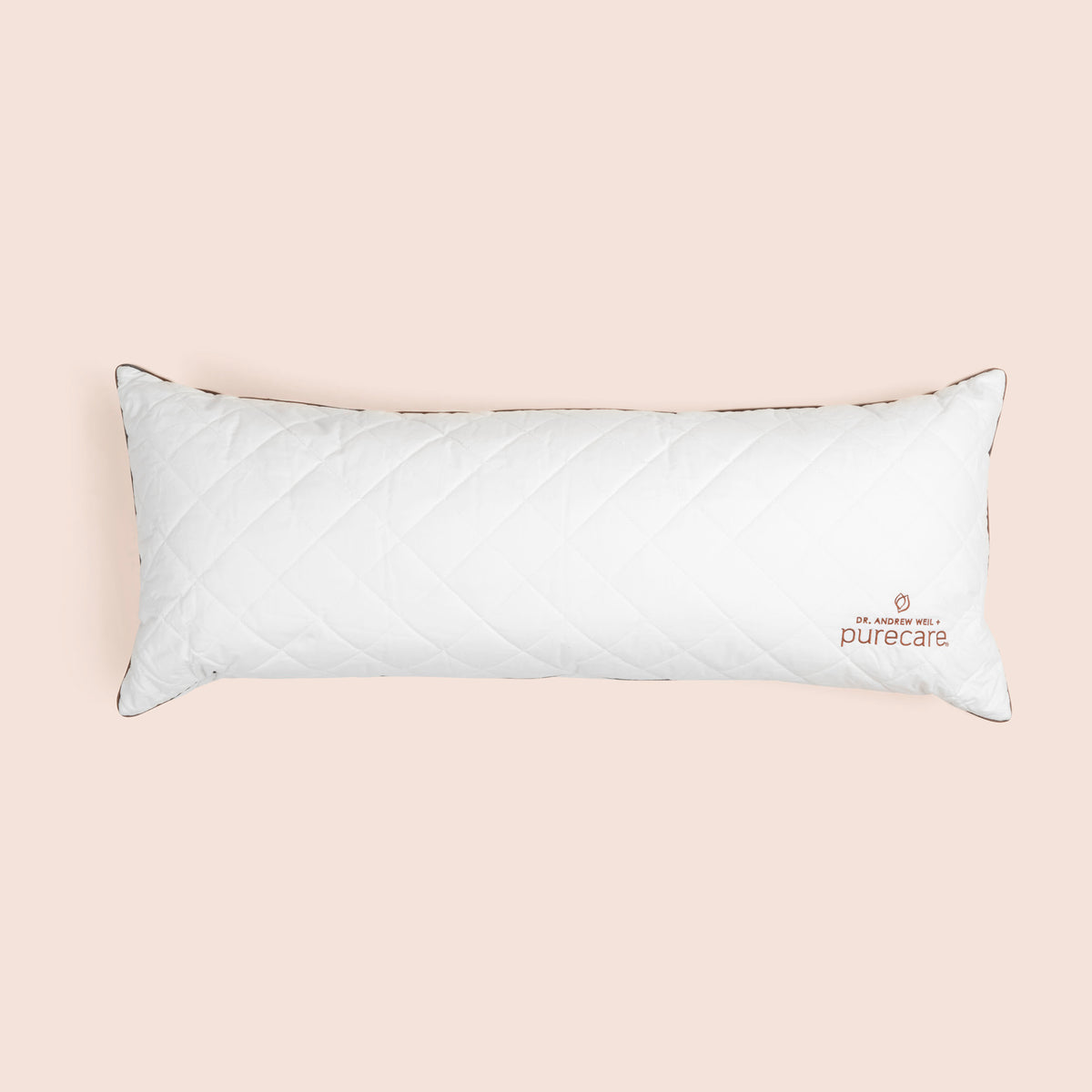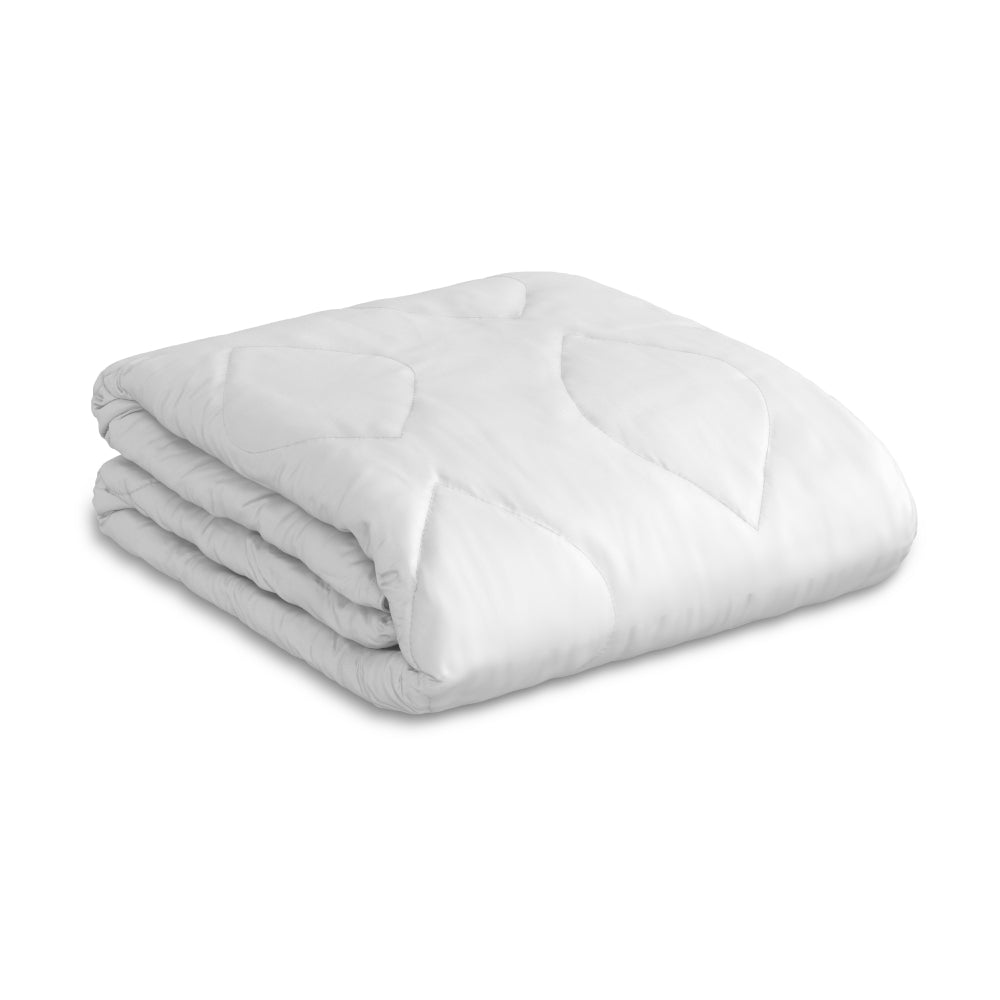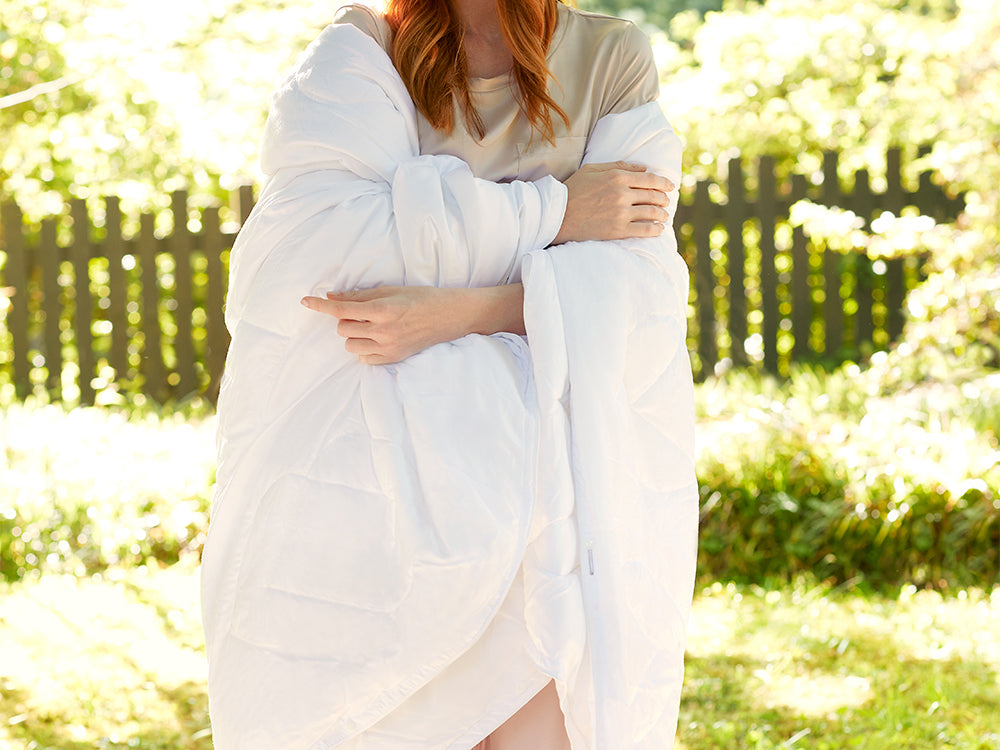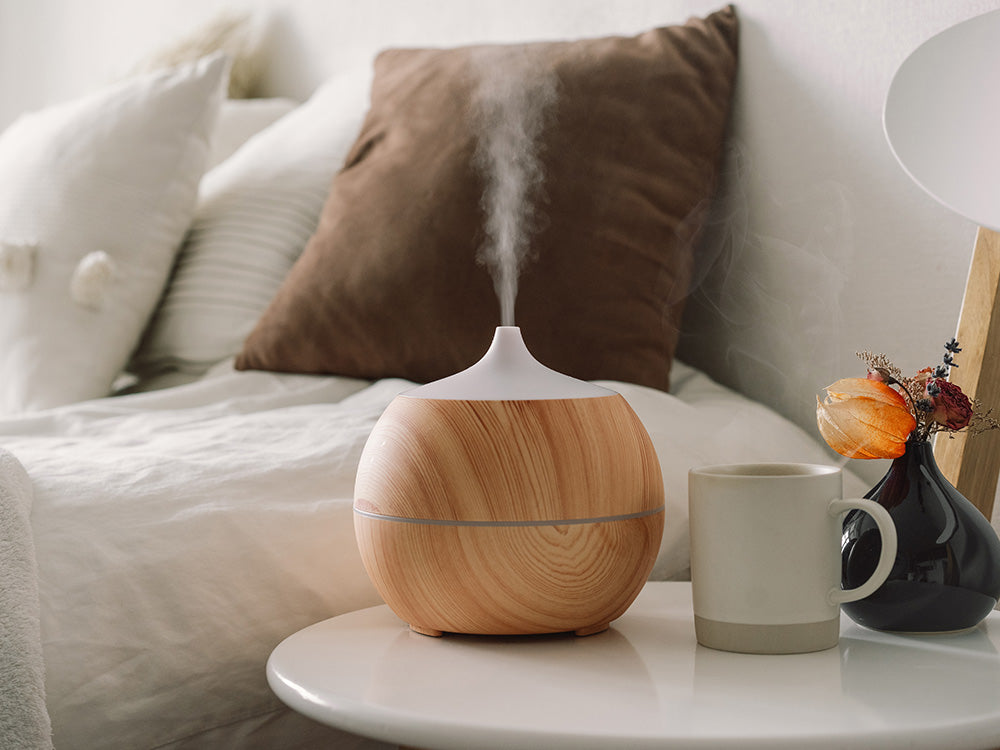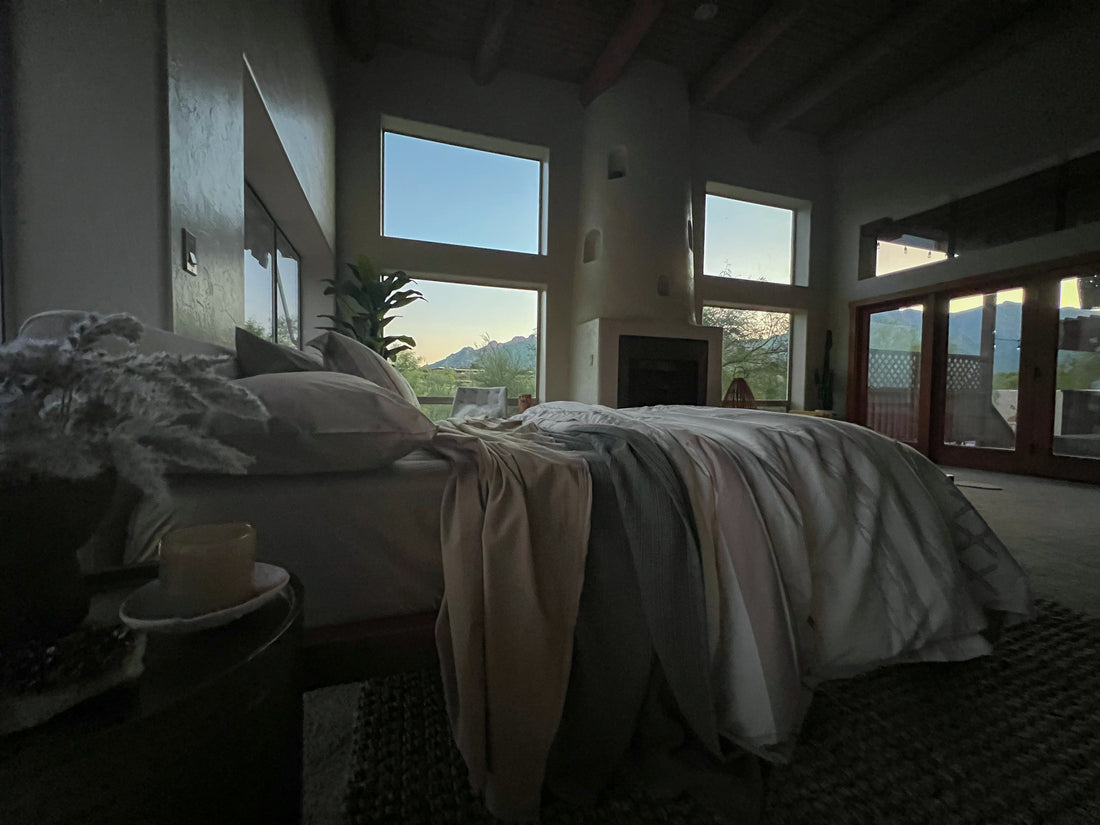Cool. Breathable. Wicking. Light.
Summer's fabric wish list is pretty well-known. But what are the real differences between fabrics when it comes to delivering on these hot-weather promises? What should you look for when working out? What about work? What fabrics keep you coolest all night to sleep better and longer?
Here's a guide to some of our favorite summer fabrics, including what to look for in blends and weaves — and when to use them. You can even consider types of fabrics that add cool technology to traditional materials. So, set out the sun tea and read on. In no time, you'll be ready to make it to September without breaking a sweat.
TENCEL™ Lyocell for Muggy Weather
What's a nanofibril? It's actually the key to looking great. These small (nano, actually) fibers are super tiny, but also really good at repelling moisture. The result? TENCECL™ lyocell, a tree-pulp-based fabric full of nanofibrils, feels cool to the touch and instantly absorbs water.
With the power to absorb 50% more water than cotton, and then dry quickly, TENCEL™ is a heavy-hitter in the world of sports and sleep.
Consider TENCEL™ for pajamas, sheets, and sportswear. It's a top choice for those living in humid climates, too, since TENCEL™ clothes and sheets are fast-drying. And don't forget TENCEL™ lyocell for covers, like duvet inserts which feel cool all night.
When is Modal Fabric Right for Warm Weather?
Modal is similar to TENCEL™ lyocell. It's a pulp-based semi-synthetic, meaning it has some of the same traits as TENCEL™ lyocell. It feels cool to the touch and has moisture-wicking powers that make it feel drier in muggle climates, or while asleep, compared to cotton (though with less breathability).
With its cool hand touch, hot sleepers may find they love modal against their skin, making it a top pick for sheets and bedding. Others find that modal can feel heavier than natural fiber and looser weaves, so it feels luxurious (but too substantial for the hottest days of summer).
Cotton's a Summer Fabric Tradition for a Reason
If you spent your childhood summers in cotton t-shirts, you probably know cotton is a long-time summer favorite. It's in clothing and sheets because it's a well-known, affordable, and soft fabric. It's also among the top fabrics for breathability. When air can freely flow through cotton, you'll feel cool all summer long.
The drawback? Cotton is in many towels because it readily absorbs water. So while it's highly breathable, cotton doesn't wick moisture well. Tip your canoe, and you'll be damp all day. Sweat, and cotton won't help to keep you dry as well as other breathable summer fabrics.
That's why cotton is a summer winner for fabrics where you plan on staying dry or can easily move around to help distribute sweat. In other words, it won't be as moisture-wicking on hot summer nights as other summer fabrics.
Use comfy, soft, and airy cotton sheets and clothes where the humidity isn't so pervasive. Breathable cotton duvets are also great for summer since they feel airy but keep the fabric's higher tendency to absorb sweat away from the surface of your skin.
Cotton Many Varieties Come with Breathability
Chambray is a blue and white alternative weave cotton that looks like denim, but without the thickness that can feel way too warm for summer. Wear it for summer clothing with the same properties as cotton: superior breathability at events where sports fabrics just won't cut it.
Jersey, popular for casual "t-shirt" sheets, is a hyper-soft cotton (though you may also find synthetics and wool options). Jersey is a more dense knit, but with high breathability. Like your beloved jersey tees, this fabric weave is used for athletic wear and sheets but is best for drier climates and light workouts. In hot and humid weather, try linen, TENCEL™ lyocell, or bamboo, which wick moisture better.
Hemp Regulates Temperature Naturally
Lightweight and breathable, hemp shares much with its natural cousins, cotton or linen. But it really shines in that where cotton absorbs moisture, hemp wicks it away, leaving you dry. It's also naturally antimicrobial, so hemp clothes and sheets repel odors. They also resist mold and mildew. Like linen, hemp is durable but gets softer over time. That means sheets made from hemp will look, feel, and smell great whenever a new heat wave heads your way.
Sheets made of hemp are thermoregulating, so they'll respond to your skin temperature without trapping heat and sweat, keeping you cool when you sweat. That's great for bedding, since our body temperature can rise and fall as we sleep, and we're less able to move to a comfortable spot when we overheat and start to sweat.
Linen: The Most Breathable Fabric for the Hottest Climates
When it comes to staying cool in warm weather, you can trust the ancient Egyptians. After all, they lived in the desert without air conditioning. What's their go-to? It's the flax-based, breathable linen.
Linen also has some of the best moisture-wicking properties of any natural fabric, so it feels cool. It also dries quickly so if you sweat, you'll cool off again quicker. In fact, linen absorbs 20% Of its weight in water before it starts to feel wet, so it'll keep you feeling comfortable longer.
Linen clothes are said to keep skin a few degrees cooler than the air on the other side of it. That also makes linen a sheet winner for those who sleep with a top sheet on the hottest nights. Choose linen for warm nights when you're working or socializing and want to look cool and dry. Linen is also naturally antimicrobial, so it resists odors.
Purecare’s blended linen sheets are a perfect choice for staying cool when the weather gets hot.
Bamboo: Summer's Best Fabric for Repelling Body Heat
Bamboo is a rayon fabric: it's pulped and treated with non-toxic chemicals to make its fibers, so it's actually a semi-synthetic fabric. That just means that bamboo retains some of the best traits of natural fabrics (high breathability) and adds the benefits of synthetics.
Bamboo has low thermal conductivity, so it's fairly impervious to warm skin and can keep you feeling cooler over a long workout or overnight. In fact, even athletes in bamboo clothing feel they've exerted themselves less than athletes wearing cotton or a cotton/bamboo blend. For high exertion or humidity, bamboo can keep your body temperature feeling stable.
Bonus: bamboo has natural antimicrobial characteristics, so it repels odors. It’s a great choice for athletic clothing or in bedding like Purecare’s bamboo sheets for hot summer nights.
Rayon and Viscose are Light Synthetics for Dressy Summer Days
If bamboo is a type of rayon, what's rayon? And what's viscose, for that matter? They're all synthetic fabrics made from wood pulp, but the trees used differ (all such fabrics are called rayon, while viscose is one type). The chemical processes used to break down fibers and turn them into fiber are also different.
The process produces thin fibers for rayon, so rayon fabrics sewn with rayon threads are lightweight. Clothes made from rayon are often summer favorites to keep you cool. They feel airy, but they're not as breathable or moisture-wicking as natural fabrics like cotton or linen, so they may trap heat and moisture. Because semi-synthetic fabrics are hydrophobic, meaning they repel water, they won't absorb sweat or wick it away from your skin.
Rayon is best for keeping you cool in work clothes and formal events on the hottest days. However, because it's not as absorbent or moisture-wicking, rayon is at its best in drier climates. Hit up an evening wedding or outdoor work party in a light rayon outfit.
Blend for the Ultimate in Hot Weather Fabric
What's the best fabric for hot weather conditions? The fabrics that won't trap heat but retain the moisture-wicking high-tech properties of synthetic fabrics aren't always a pipe dream. Many fabrics combine both to realize a balance that gives users the best of everything: cool fabrics that are light and breathable.
Some popular combos for warm months are:
- Linen plus cotton: Like our Dr. Weil linen blend collection sheets, coupling the airy, heirloom fabric with cotton can add softness and make linen less prone to its trademark wrinkles, while keeping the coolness and moisture-wicking of linen.
- Cotton plus rayon (or bamboo rayon): Cotton lends more breathability to semi-synthetic rayon. Together, these two double up on a lightweight feel but add moisture absorption to rayon, which can otherwise trap moisture close to your skin. Together, they strike a breathability/moisture-wicking balance that neither can achieve alone.
- PureCare FRíO cooling fibers plus polyester: A cooling fabric that keeps your bedding chill can help disperse body heat through products like our cooling mattress protector 5x as fast as regular polyester. The result? You may not need to change a large mattress to stay cool all summer — a protector can offer a barrier plus a cooling blend to keep everyone who sleeps atop it cool as cucumbers.
Which Fabrics Should You Avoid for Summer? The Worst Fabric Choices
Synthetics with low breathability and moisture-wicking are worst for summer. Avoid polyester and nylon, which trap body heat along with bacteria and odors, making you sticky and uncomfortable. They're neither lightweight nor breathable materials.
However, not all natural fibers are made for summer, either. Natural fibers derived from animals can be built to trap warmth. Cashmere, wool, and silk all keep body heat and sweat closer to the skin, making you feel even warmer. And heavy natural fabrics like denim add insulation that you don't need on hot days.
Summer's Best Material to Wear and Sleep In? It's All About Cool Fabrics for Hot Weather
No matter which fabrics you wear or choose for your bedding, pick lighter, airier weaves for the best breathability. When air circulates around your body, you'll stay cooler. And upgrade to state-of-the-art cooling fabrics, like those that weave FRíO into the weave itself, for some chill that won't wear off or wash out, sweltering night after sweltering night. You can transform your entire bedroom into a cooling oasis to keep you refreshed and asleep longer.
Ultimately, your perfect summer cooling fabrics depend on what you're using them for — and how likely you are to overheat when the mercury rises. Luckily, your summer wardrobe and bedding can help you stay cool. That means your summers can be happier and healthier. So stay tuned into the best materials to wear in hot weather, and you might find that cool days and breezy, restful nights are within reach.

